|
Hooded Merganser taking off, Agua Caliente Park, December 28, 2021 It is winter in SE Arizona. The days are shorter, the sun lower in the sky. Our summer avian residents have departed for warmer and buggier regions to our south, but our year round birds are still here, along with migrating flocks from the north. We will see ducks on the ponds and tens of thousands of Sandhill Cranes at White Water Draw, southeast of Tombstone. Let's start our winter birding at Tucson Mountain Park, just west of Tucson and very close to the Arizona-Sonora Desert Museum. Next we will travel east through Tucson to the foot of the Rincon Mountains at Agua Caliente Park. Tucson Mountain Park: January 6, 2022Pima County Natural Resources Parks and Recreation runs many programs including outdoor nature walks, many centered around birds. On the 6th we joined Jeff Babson at Tucson Mountain Park, map below. Tucson Mountain Park was established in April 1929. At 20,000 acres, the park is one of the largest natural resource areas owned and managed by a local government in the U.S. The park territory includes Old Tucson (toward the center of the map above and temporarily closed), and the Arizona-Sonora Desert Museum (seen in the upper left corner of the map). We met up with Jeff and our birding group on Hal Gras Road, at the first ramada, seen in the lower middle of the map, and walked down the road, map detail shown below. Note that both maps come from Lightroom Classic CC. I have geolocation tags on all the photographs taken on the 6th. The map below shows the number of shots by location in the colored call-out squares. This whole region is spectacular. It was a beautiful morning, with the winter sun rising to the southeast. Curve-billed ThrasherMany of the birds we spotted were far, far away, out of camera range, but a few were up close against the rising sun. Here we see a Curve-billed Thrasher sitting in a cholla. In the image below he is taking off with a leap. Curve-billed Thrashers are about the size of a Robin, and reminiscent of a Mocking Bird, but a bit bulkier, with a decurved (curved down) bill. They are year round residents of most of Mexico and southern Arizona, New Mexico, and Texas. Their strong legs and long decurved bill provide good tools for hunting insects in the desert terrain. As we see here, they are right at home in a cholla cactus. (Reference: All About Birds). They build bulky nests of twigs 3-5 feet from the ground, often in cholla cactus. For more on nesting, see my post from 2017. Canyon TowheeThe Canyon Towhee is a large sparrow with a thick bill and a long tail. They are year round residents of Mexico and portions of southern Arizona, New Mexico and SW Texas. They spend their days on the ground and in small desert shrubs eating mostly seeds as well as berries and some insects. Their preference for seeds, and ability to eat insects, provides enough dietary variety to allow them to stay in one place throughout the year. For the photo geeks: Balancing exposure on the backlit cholla was tricky. In the new version of Adobe Lightroom Classic CC I have the option of asking LR to choose the subject, which it did pretty well. I then increased the exposure of the bird without blowing out the nice highlights on the cholla needles. Cactus WrenThe Cactus Wren, like the Canyon Towhee and Curve-billed Thrasher, is a year round resident of the deserts of SE California, southern Arizona and New Mexico as well as southern Texas and the low lying deserts of Mexico including Baja California. They eat mostly spiders and insects but also fruit. They get the majority of water from the food they eat, rarely drinking standing water, a real survival advantage for desert dwellers. Agua Caliente ParkAs a segue to Agua Caliente Park, I could not resist adding the image below of a Cactus Wren captured at Agua Caliente on January 19th, just to the east of the parking lot sitting on a cholla cactus. Agua Caliente Park is on the east side of town in the Tanque Verde Valley, just east of Soldier Trail off of Roger Road. For more on the park and its colorful history see my post from 2016 Agua Caliente Park . . . Note that the county continues to offer bird walks in 2022 but the schedule varies. See the county website for times and to sign up: Pima County Natural Resources Parks and Recreation. Hooded MerganzerHooded Mergansers are small crested ducks that live throughout the U.S. and southern Canada, residing year round east of the Mississippi, and gracing our ponds during the winter. Each year we are lucky to have a few here in Tucson, and this year at least one male has been spotted at Agua Caliente. They have striking crests and markings seen in these images above and below. Hooded Mergansers dive in ponds for fish, crustaceans, amphibians, mollusks, insects and vegetation, catching their food in their thin serrated bills. They are cavity nesters, favoring tree cavities 10 to 50 feet off of the ground. The offspring leave the nest at one day, managing the fall to the ground, where mom walks them to the nearest body of water where swimming and diving begins right away. This breeding cycle favors climates with tall trees near water, consistent with their year round range east of the Mississippi, the Pacific northwest and Canada. They also nest in tree boxes, helpful in areas where tall trees have been lost. The photograph below is a female Hooded Merganser at Agua Caliente a year ago, January 26, 2021. The female has a gray/brown body with a cinnamon crest. PhainopeplaPhainopeplas are silky flycatchers and regulars at Agua Caliente. For more on these birds, checkout this post from 2016 Late Fall in Tucson, and this post on nesting in the spring: Fast Food for Phainopepla Hatchling . . The males are quite striking in the morning sun. They catch insects on the wing, favoring high perches, a real plus for birders and photographers alike. Gila WoodpeckerGila Woodpeckers are year round residents of the desert southwest, from southern Arizona south into mainland Mexico and Baja California. They eat insects, small vertebrates and berries. Above is a female looking for breakfast, below is a male sitting on top of a Saguaro. The males sport a red cap which we can see in the morning sun. Gila Woodpeckers are cavity nesters, and regulars in the Saguaros of the southwest. For more on this species in SE Arizona, see this page: Gila Woodpecker. Vermilion FlycatcherThe Vermilion Flycatcher is one of 37 species of Tyrant Flycatchers in the Family Tyrannidae, Order Passeriformes. They are regular residents of SE Arizona, with a range south into Mexico, Central and South America. They are beautiful birds, easy to spot and fun to watch as they feed. The male spends much of his time perched, looking for insects and running a route that often includes one or more perches. The male's bright color and hunting habits make him easy to photograph - although so much red in bright sun is a challenge in post-production processing. This male looks a bit fluffed up against the morning chill. Anyone with a down quilt knows that feathers are great for insulation. For more photographs of Vermilion Flycatchers, see this link Vermilion Flycatchers Mt Lemmon AZ Images. Gray FlycatcherThe Gray Flycatcher, like the Vermilion, is in the family Tyrannidae, but in a separate genus, Empidonax, also known as Empids. Members of this genus are very similar in appearance, and often difficult to distinguish one from the other. Their distinctive characteristics are generally range, habitat, and call, the latter varying by season. During winter and migration, when birds are more silent, it may be impossible to tell certain species apart. Another empid we see in SE Arizona is the Cordilleran Flycatcher, which is almost identical to the Pacific Slope Flycatcher, except for range and mating calls. For more on how to identify flycatchers, see Kenn Kaufman's definitive volume, Field Guide to Advanced Birding, Houghton Mifflin Harcourt, 2011, p 344. Gray Flycatchers are described on the Cornell site as "grayish above, whitish below, with a thin, pale eye-ring. Darker wings and tail with two grayish wingbars. The bill is mostly pinkish or yellowish below, usually with a blackish tip." The Gray Flycatcher can be distinguished by the downward flicking of the tail, in contrast to the upward flicking of their fellow empids. Gray Flycatchers eat mostly insects in the understory, hunting from a perch, taking insects from the air as well as from the ground. They may also eat small fruits during the winter months. As always, my thanks to Jeff Babson for his help in identification. Black PhoebeBlack Phoebes have sooty black bodies and crisp white bellies. Unlike the empids, this bird is not hard to identify. They live year round in the western Americas from northern California into southern South America. They eat insects and other arthropods from low perches, usually near water. They will run a route, repeatedly going from perch to perch harvesting their food. The photograph above was captured near the western pond. Photo tip: Quietly observe a Black Phoebe for a while, and you will likely see it move from perch to perch repeatedly. Set up in a location with a good view of one or more perches, and routes, maximizing the light and background. Set your shutter speed on the high side, above 1/1000 sec, and wait to catch this fun bird on his rounds. You will likely be close to a stream and may need bug repellant. The two images below were captured at White Water Draw in December of 2019. In the second image the bird is taking off, likely spotting an insect and hanging on tight until his wings get a bite of the air to then spring forward toward the prey. That's all for now. Stay tuned, more winter birding coming soon. It is a great time to be out and enjoy the desert! Happy Trails!
7 Comments
Fast Food for a Phainopepla Hatchling: Entree and Dessert (with "two scoops") in 10 seconds4/7/2019 If you looked at my blog post from April 2nd, you may recall that the last entry was a Phainopepla Nest at Agua Caliente on Roger Road. Above is a photo of mamma Phainopepla sitting on her nest late in the afternoon of Sunday March 31st, when the chick or chicks had already hatched. She has been most considerate and built the nest at eye level, albeit very shrewdly deep in the mesquite to make it both hard to see and difficult for predators to attack. And, yes there are pesky branches between my camera lens and the nest. On Thursday April 4th I returned. I waited patiently, with a good view of one hatchling, below. The stage was set, all I needed was for the action to begin. I spotted the mother on an adjacent tree branch above the nest. Reasoning that she was returning with food for her chick, I got focused on the nest and began to shoot. The image above was shot at 10:58 and 11 seconds, the next 5 images were all shot within one second, 10:58:12 (the camera does not record fractions of a second). The last image in this post was shot at 10:58:21, or in other words, this whole feeding sequence took 10 seconds. When was the last time you fed the kids in 10 seconds? Above and below we see the mother feeding insects to her chick, with a pesky twig in the foreground. She got that meal down quickly. All images shot with a Canon 7D Mk II, which can capture 10 frames/second, with some slowing for the time required to fill the camera buffer and move images to the card. So, 10 frames/second in bursts, with some slowing as the buffer fills. Below, mom sizes up her offspring to be sure that everything went down OK. But, there is more. Hack, hack, here comes a berry! Insects provide protein for a growing bird, but the Phainopepla supplements what it captures on the wing along with berries, in this case an unripened mistletoe berry (Jeff Babson, personal communication). The berries are held in the mother's crop, an widened area of the esophagus which allows birds to get their food down fast, avoid predators, then eat at leisure, or in this case, feed the family. Below, here comes dessert. But wait, there's more! Yahoo! A second scoop (so to speak)! That's it! Entree and dessert (with two scoops) in 10 seconds. Really fast food! ("Yeah, I know you are still hungry, I'll bring more!") That's all for now, more soon. Happy trails! Potpourri: a mixture, assortment, collection, selection, assemblage, medley, miscellany, melange, mix, variety, motley collection . . . . . . (Ref: Google Dictionary) A motley collection for the beginning of spring, a post that starts at Sweetwater Wetlands in early March (OK, I know, not really spring yet), then to Tubac and Patagonia, then back north to Agua Caliente and some nests . . . . . Sweetwater Mudflats . . . . . ** OK not really. We know it is Sweetwater Wetlands, but once a year the Tucson Water Department redistributes the water in the ponds in preparation for a controlled burn to reduce the mass of reeds before new growth in the spring. So, the "wetlands" become "mudlands" for a few days. These photos were taken on Sunday March 3rd, a day before the controlled burn. Let's start with a Sora. The Sora is a rail in the order Gruiformes, along with other rails, Cranes, the trumpeters of South America, the finfoots and the Limpkin (but hey, you knew that!). Within that order, the Sora is in the family Rallidae (Rails, Gallinules and Coots). This family grouping is the one you will likely find in texts and field guides. (References: Kenn Kaufman, Lives of North American Birds, David Allen Sibley, The Sibley Guide to Birds, Roger Tory Peterson, Peterson Field Guide to Birds of Western North America). The Sora is widespread and common across North America, wintering in SE Arizona, New Mexico and Texas, and south into Mexico and South America. Distribution maps put their breeding north of Tucson from northern Arizona into Canada. This bird stays out of sight among the reeds in marshes, often calling with characteristic whistles and whinnies, but rarely seen. However, the draining of the wetlands in preparation for the controlled burn exposed the mud floor of the basins, and brought this Sora out in the open to feed. Above a Sora with its characteristic yellow bill and short cocked tail looking for food. Below we get a good look at the raised short tail and can see the generous size of their feet in the mud tracks. Below, the body and tail don't look ideal for flight, but these birds do migrate long distances into South America for the winter. This image shows the size of the feet, ideal for grabbing reeds in the wetlands. Next, an Orange-crowned Warbler on a cattail. Orange-crowned Warblers winter south of us in Mexico, and breed north of SE Arizona into Canada - so this bird may be a migrant. Although they are named "Orange-crowned" the orange crown is rarely seen, and then only when the bird is excited and raises its crown feathers. They eat mostly insects supplemented with fruit, berries and seeds. It seems to be eating seeds in the cattails, although there could be insects in there as well. Hawk Watch in TubacA Black Vulture in flight just east of Tubac One of the rights of spring in SE Arizona is the March Hawk Watch in Tubac. If you have been there, you will understand that this is another kind of March madness! See my post from March 2017. Every spring raptors migrate north from their winter homes in Mexico and parts south. This migration is followed very closely by the Hawk Migration Association of North America. There are 200 HawkCount sites in North America, one of them is in our own backyard here in Tubac, at the Ronald R. Morriss Park on the Santa Cruz River. On any given day during the month, there are dozens of hawk watchers at the park from dawn to dusk participating in the count. Hawks come north from Mexico into the U.S. resting overnight near the river, waking up in the morning, and generally moving into the air between 9 and 10 am, as the desert floor heats up producing thermals. We made our yearly pilgrimage on March 19th, and I captured two images of note. Above is a Black Vulture. These are large raptors with bare heads and white feathers at the wing tips that looks like "mittens." Black Vultures have white mittens. Their range is throughout Mexico, Central and South America and the SE United States, just coming north over the border into Arizona, but not into Utah or Nevada. Below is a Common Black Hawk, soaring high and difficult to photograph! Common Black Hawks live well to the south of us, with only an estimated 250 mating pairs in the United States breeding in Arizona, Texas and New Mexico. They live and hunt near wooded streams, eating fish, frogs and lizards. In the image below we see that the bird has broad wings and is all black except for a white band on a short tail and white spots at the base of the primaries in flight. Patagonia LakeFemale Pyrrhuloxia, Patagonia Lake State Park. After the Hawk Watch we ventured east to Patagonia Lake State Park, and walked east on the Sonoita Creek Trail. For more on the park and the trail see my post from February 2018. Above and below is a female Pyrrhuloxia, perhaps a juvenile, given the large head in relation to the body. Just a guess. The Pyrrhuloxia is a close relative of the Northern Cardinal, with a range limited to the desert southwest, sticking to the southern border of Arizona, New Mexico and Texas, and south into Mexico. Here we can see a distinguishing feature, a curved bill or culmen, which makes the bill a great nutcracker. Our walk by the creek was marked by many sightings of Ruby-crowned Kinglets, small hyperactive songbirds that move very fast in the low growth close to the stream. They are very hard to photograph. Below is my best image, taken at some distance. Fortunately I was able to capture the ruby crown which is usually not visible. Note the broken white eye-ring and rear wingbar edged with black. Nesting at Agua CalienteAnna's Hummingbird, on her nest. It is spring nesting time at Agua Caliente, in the Tanque Verde Valley on Roger Road. Above is an Anna's Hummingbird sitting on her nest, not far from the main pond. For this species the female does all the work. The male provides his genetic material, then disappears. The female builds the nest out of bits and pieces of leaves and twigs with a big component of spider webs, which can be seen on close inspection in the images above and below. The clutch size is always two eggs, and as the young grow the nest expands to accommodate their increasing size. Like having a house built of spandex. I hope for more images of hatchlings later this month. Below, two images of a female Vermilion Flycatcher sitting on her nest, and the male, not too far away. Her presence is intermittent, probably indicating no eggs yet, but hopefully soon. Unlike the Anna's Hummingbird, the male is a major helper for his mate, helping with the nest, and feeding mom while she sits on the eggs. The final spring entry, a female Phainopepla sitting on her nest. These are striking birds of the southwest, the male a silky black with a crest. They are seen around Tucson mostly in the winter, feasting on mistletoe berries in Mesquite trees. This is the first nest I have seen. It is located about 4 feet above the ground, deep in a mesquite tree. Below, the female is sitting on the nest earlier in March, incubating her clutch. Below, a hatchling. There may be two, it is hard to see from this angle. The nest is very well built and deep. The morning sun transilluminates the chick. "I am hungry! Where's breakfast!" Below, mom returns, and feeds her hatchling in the second frame. The image below shows what is probably early feather growth on the hatchling's head. That's all for now! Stay tuned, spring is just beginning, more good stuff to come! Happy Trails! Cedar Waxwings, hanging on tight in the wind. Thursday October 18th, was the weekly bird walk at Agua Caliente Park, a Pima County Parks and Recreation activity led by Jeff Babson. In October the walk starts at 8 am by the ranch house. You can sign up in advance at the Pima County website, link here. The 18th was clear but very windy! We were surprised by a flock of Cedar Waxwings hanging on to tree branches as they swayed back and forth in the wind. I had the shutter set at 1/2000 second to freeze the birds and branches as they swung back and forth. It is easy to see ruffled feathers in these shots. Cedar Waxwings are songbirds in the Bombycillidae family, related to the Bohemian Waxwing and the European Starling. They live throughout North America, staying wherever they can find fruit; in mixed woodlands, along streams, or in fields, grasslands, sagebrush, and along desert washes. They travel in large flocks, and will arrive in Tucson from time to time and stay for as long as they can find food. They breed in Canada, traveling south in the winter to feed on ornamental berries. See my post from December 2016 for Cedar Waxwings feasting on berries in Bend, Oregon. For more on their habitat, food and nesting patterns, see the Cornell Website here. Below, portions of the flock at Agua Caliente near the pond, close to the ranch house. Below, a bird caught in mid-hop, checking out a new branch for size. Below, the bird on the right has a mottled breast, characteristic of a juvenile, in the first year of life. (Note correction thanks to Jeff Babson. Originally I assumed this mottling was due to the wind, rather this is a juvenile. 10/27/2018) Below, a bird finds shelter and looks for food in a tree next to the pond. Cedar Waxwings get their name from the Cedar Berries they eat during the winter, and the red waxy tips on their tertiary feathers, a feature I was not able to capture this day. However, we can see the red waxy tips on the two images below, captured at Catalina State Park in March of 2017. For spectacular images of Cedar Waxwings in the Bay Area, see Tom Grey's website. Rufous Winged SparrowJeff Babson spotted this sparrow foraging in low shrubs off of the path on the way to the western ponds. As always, my thanks to him for the excellent walks at Agua Caliente, and this particular identification. The Rufous Winged Sparrow is a resident of the Sonoran Desert in southern Arizona and northern Mexico, with a fairly small range. They tend to stay in one place throughout the year and life cycle. Their nesting behavior is triggered by the first summer monsoon rain, thus they nest later than most species in the SE Arizona region. They are small with a short conical bill and long tail. They have rusty stripes on the head and a rusty stripe behind the eye. The breast is grey and unstripped. There is a rusty (rufous) patch on the shoulder, which is not always evident, and not seen in these images. The Rufous Winged Sparrow is distinguished from its cousins (Rufous-crowned Sparrow and Chipping Sparrow) by a yellow bill, brown streaks down the back, and two black mustache stripes, which we can see in images below. Among these features, the pair of mustache stripes is the most distinctive. This last image, above, shows the long tail. Below, two images captured in our backyard in August of this year. Major credit to my wife DJ who recognized the bird, AND got me out there with my gear to get these images. We can see the rufous patch on the shoulder. Finally, we all know that birds don't dance but the last image below looks like a disco move. But then again, this bird is not old enough to remember disco . . . hip hop maybe . . . . On a more serious note, the Rufous-winged Sparrow is on the 2014 State of the Birds Watch List, because of its declining population due to loss of habitat from grazing and development. That's all for now! More soon. Happy Trails! Mamma Cooper's Hawk feeding one of her nestlings, May 18, 2017 The middle of May in Tucson has turned out to be cooler than usual - partial compensation for some of the really hot days we had earlier in the year. On the Thursday May 18th Agua Caliente birding walk we caught up with the nursery. Over the past two months we have seen nests for Anna's Hummingbirds, Vermilion Flycatchers, the Great Horned Owl, Curved-bill Thrashers, the Beardless Tyrannulet, Ravens, and Cooper's Hawks. The Cooper's Hawk's nest is high in a Cottonwood tree close to the guest house and the path that leads to the western ponds. From the path, looking waaaay up and toward the south, you can see the nest. There are at least two nestlings, here being fed a fresh kill by the mother, images above and below. In the image below it is not clear if the chick is full, or offering food back to mom. The kill is off to the mother's left side, right side of the frame, and as we watched she ducked her head out of frame to get pieces she then fed to the young. Below, a pause in the feeding. I suspect we were catching all this toward the end of the meal. The mother finally picks up the whole kill, and dangles it above the young. Perhaps she is showing the chicks what they will need to deal with as adults ("You're not going to get this kind of service forever!") , or this could just be a "last call!" In any event, after a minute or so she flies off with the kill, perhaps to leave it with the male who generally sits watching the nest from an adjacent tree. She returns, and settles down on the brood, keeping them warm and protected. Ravens defend their nest against a cruising Red-Tail Hawk Ravens are also nesting, just north of the Cooper's Hawk nest. The nest itself is tough to see from the ground, but it is there, and likely has nestlings. As we were walking west on the path to the western ponds, just as we cleared the cover of the mesquite bosque, we spotted a soaring Red-tailed Hawk to the south. This is likely a immature male, with all the markings of a Red-tailed, but without a red tail. Image below: As the hawk flew closer to us, he was intercepted by first one and then a second Raven, on high alert for any raptors that might raid their nest. Below, the hawk spots one of his attackers. The Ravens rapidly went on the attack, doing aerobatics that looked at times incompatible with flight. Below are three images showing the Raven attacking the hawk feet first. The second Raven got into the fight quickly, sometimes hanging back, sometimes getting closer. Below the Ravens are 2 on 1 against the hawk. The hawk moved north and west fairly quickly, getting out of our range, and away from the Raven's nest. They appeared to break off the flight. Score another point for Raven homeland defense! For the photo geeks: All images captured with a Canon 7D Mark II with a Sigma 150-600mm C series. I was set up for shooting songbirds at ground level when the Red-tailed hawk was spotted. I did manage to change focus settings from One Shot to AI Servo, and switched my focus point from center, single point to the center grid. These settings worked pretty well for the rapid movement overhead. The 7D was set at aperture priority, f 8.0, ISO fixed at 200. Shutter speeds varied between 1/400 and 1/640 sec. If I had more time, I would have moved the ISO up a bit, and aperture down a bit to get faster shutter speeds. Frames 1,2,3,5 and 6 were at 600 mm, frame 4 at 275mm. I had to zoom out as the birds came right overhead. Shutter was set on High Speed Continuous, which with the 7D captures up to 10 frames/second, slowing down as the buffer fills. I shot 1800 frames total on the 18th, over 200 were of this encounter. These 6 were the best. Post-production processing with Lightroom CC [version 6], with considerable cropping on most images and generous use of the Clarity and Sharpening sliders. Lark SparrowAfter all this feeding and fighting, we caught up with some of the more placid songbirds. Below, three images of a Lark Sparrow Hooded OrioleHooded Orioles are common right now, and one male was out and about on a blooming Saguaro toward the west end of the park, images below. That's all for now - more coming soon! Happy Trails!
The Vermilion Flycatcher nest that I posted a week ago has progressed. A week ago there were three nestlings, now there are three fledglings. Above, a portrait of the three offspring in the morning light. I was able to find a spot between the leaves and branches, and the three of them finally struck the right pose. The one on the right has his back to us, and has turned his head back toward the camera. The nest is no longer big enough for the three of them, the one on the right was spending most of his time on the branch. They are still waiting for "take out" from Mom, see below, but should be ready to catch bugs on their own soon. Anna's Hummingbird NestMy posting of the 16th had images captured on the 13th of the Anna's Hummingbird mom feeding very new hatchlings. One week later on the 20th the nestlings are bigger, and it is clear that there are two of them in the nest, below. The mother really does gymnastics to feed her young, two images below. Stay tuned. More soon. Vermilion FlycatchersThe past month has been an explosion of spring nesting activity, and for us, our number one stop has been Agua Caliente. Above, a female Vermilion Flycatcher sitting on her nest with three nestlings on April 15th. Our best guess is that these offspring will fledge in the next week. We have been following this nest for the past three weeks. The male will feed the female when she is sitting on her clutch of eggs - which we see in the images below captured two weeks ago on March 30th. The male here looks like Superman rushing in with provisions for his hungry mate. Curve-billed ThrashersCurve-billed Thrasher's build their nests at a very convenient (for me) height of 4 to 6 feet above the ground, commonly in Cholla cactus, as we see here at Agua Caliente. Both the parents provide food, and I have some shots of all four family members crowded in the nest. As an aside, the juveniles have eyes less yellow than their parents, and less of a curve to the bill, as we can see here. It is feeding time, although in the image below the parent looks more like a choir director than a waiter. These birds are ready to fledge, as we can see in the wing-flapping sequence below. View left to right. Anna's HummingbirdsI posted images of the female building this nest on March 18th. Her eggs have now hatched, and she is feeding two hatchlings as of April 13th. Below she is sitting on the nest, followed by images of her feeding. Note that she is solo on this, the male Anna's Hummingbird does not stick around for raising the young. These hatchlings look really young. Note how far down the mother's bill goes! Ouch! 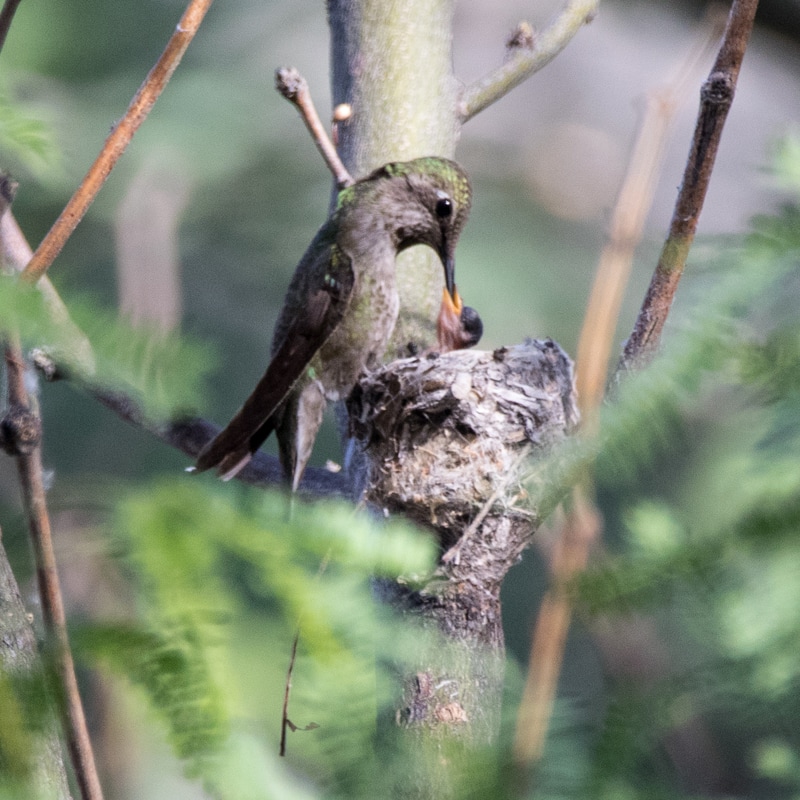 Great Horned OwlsA female Great Horned Owl has been sitting on her nest at Agua Caliente for some time. This past week we were able to see a nestling for the first time, just barely peeking up into view as the mother moved herself around in the nest. The mother's head is to the left and tucked down, her tail to the right. Happy Easter, a Joyous Passover and have a wonderful spring! March 16th morning walk with Jeff Babson at Agua Caliente, we spotted a hummingbird nest, with a female Anna's Hummingbird sitting on the nest off and on, as well as tending to it. This nest matches the excellent description on the Cornell Lab of Ornithology site, "The female builds the nest out of plant down and spider webs, sitting in the nest and building the cup rim up around her. Nests take around a week to build and are 1 inch tall by 1.5 inches in diameter. They may be built of cattail, willow, leaves, thistle, or small feathers and bound together by spider webs or insect cocoons. They may decorate the outside with lichens, mosses, or even paint chips." Above we can see her tending to nest construction. Her choice of building materials allows the nest to expand as she lays her eggs and the chicks grow. This nest is no bigger than a golf ball, situated at a Y-shaped branch - tough to spot and equally difficult to find again once binoculars or camera is lowered! For photo geeks: The image directly below was captured on the 16th, handheld without flash. The image above was captured on the 21st, when I returned with tripod, gimbal mount, remote shutter release, and flash with a Better Beamer. Image above Canon 7D Mark II, Sigma 150-600 C series at 600 mm, ISO 200 1/125th at f/10, Canon Speedlite 580EX II with Better Beamer, output lowered 2 stops, on tripod. All images below handheld from the 16th. Lucy's Warbler Lucy's Warbler is one of the smaller warblers, wintering along western coastal Mexico and Central America, migrating north to Southern Arizona for breeding. They were spotted about a week ago in Tucson, having returned from their winter grounds. Below are three images from Agua Caliente last Thursday that shows the characteristic rufous crown and rump patch, and one image from March 10th at Catalina State Park that shows the bird in flight. The last is not the best, but it does show the characteristic markings of the male. Lucy's warbler is one of the few warblers that nest in holes. Their favorite sites are in mature (old) mesquite trees, but as these are cleared for development, their habitat is becoming more limited. Tucson Audubon is studying the use of nest boxes as a substitute for tree holes. For more information on nest boxes for desert birds see this link. Belted KingfisherThe Belted Kingfisher is a winter resident at Agua Caliente, but difficult to spot, rarely sits still, and (for me) difficult to photograph. This image was captured last week, just north of the pond near the ranch house. For great images of this distinctive bird, and a discussion of differences by sex and age, see Tom Grey's website. Cedar Waxwings in Tucson!Cedar Waxwings are visually spectacular songbirds that travel in flocks, seeking out fruit as well as insects. They live throughout North America in the winter, migrating to the northern U.S. and Canada for breeding in spring and summer. I last spotted them in Bend Oregon in December, see this post. My only other glimpse of them in Southern Arizona was last spring in Portal. So imagine my surprise when I walked out my front door in the Old Fort Lowell area earlier this month to find a flock of 50 to 100 warming themselves in the morning sun on a nearby tree. The image above shows the characteristic black and while facial coloration, the yellow tips on the tail feathers, and the bright red waxy tips on the secondary wing feather. Below is a good look at the tail feathers. Below a bird is stretching and preening, showing off the red tips of the secondaries on birds right side, left side of the image. Presumably the same flock was there the following day at dawn, not to return. I suspect they are moving north, looking for trees with fruit. Hawk Watch: A Southern Arizona Rite of Spring* |
AuthorHenry Johnson, photographer and author of this site. For more detail, see About
Categories
All
Archives
July 2024
|
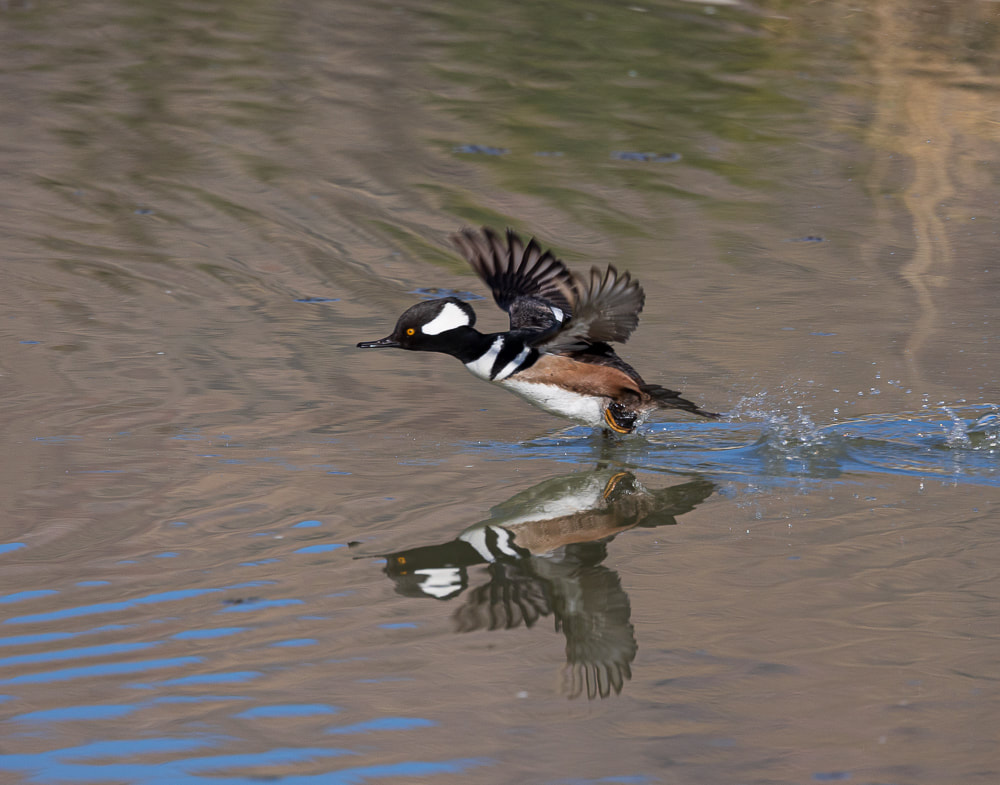
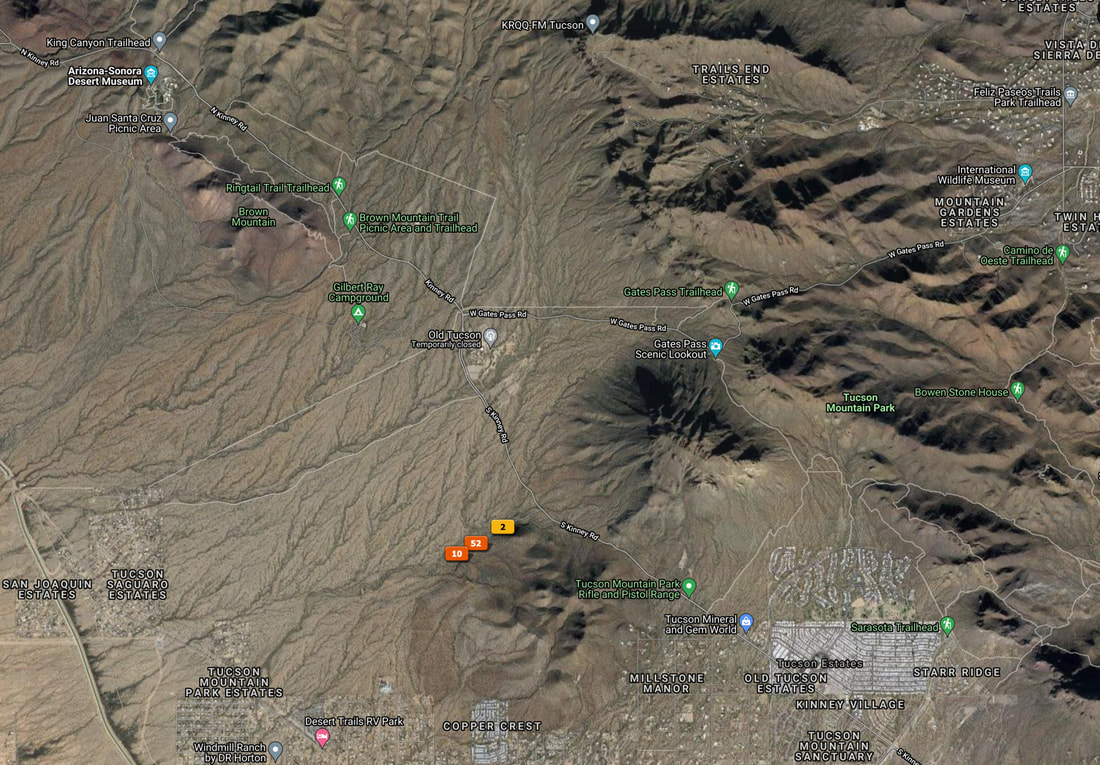
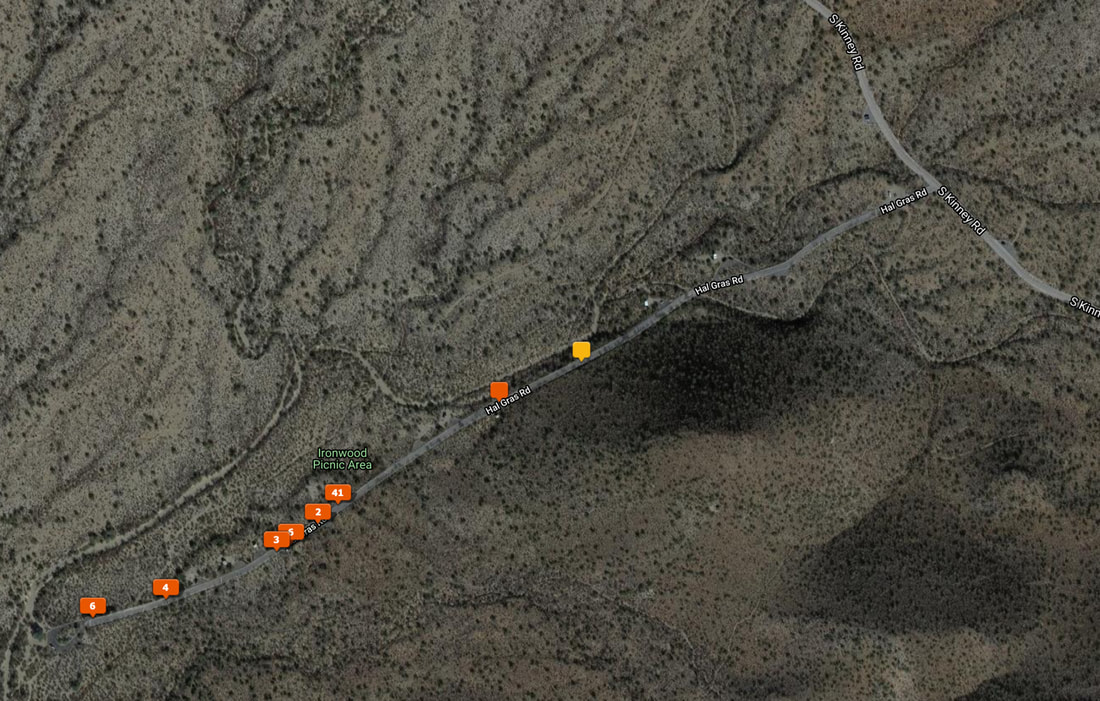
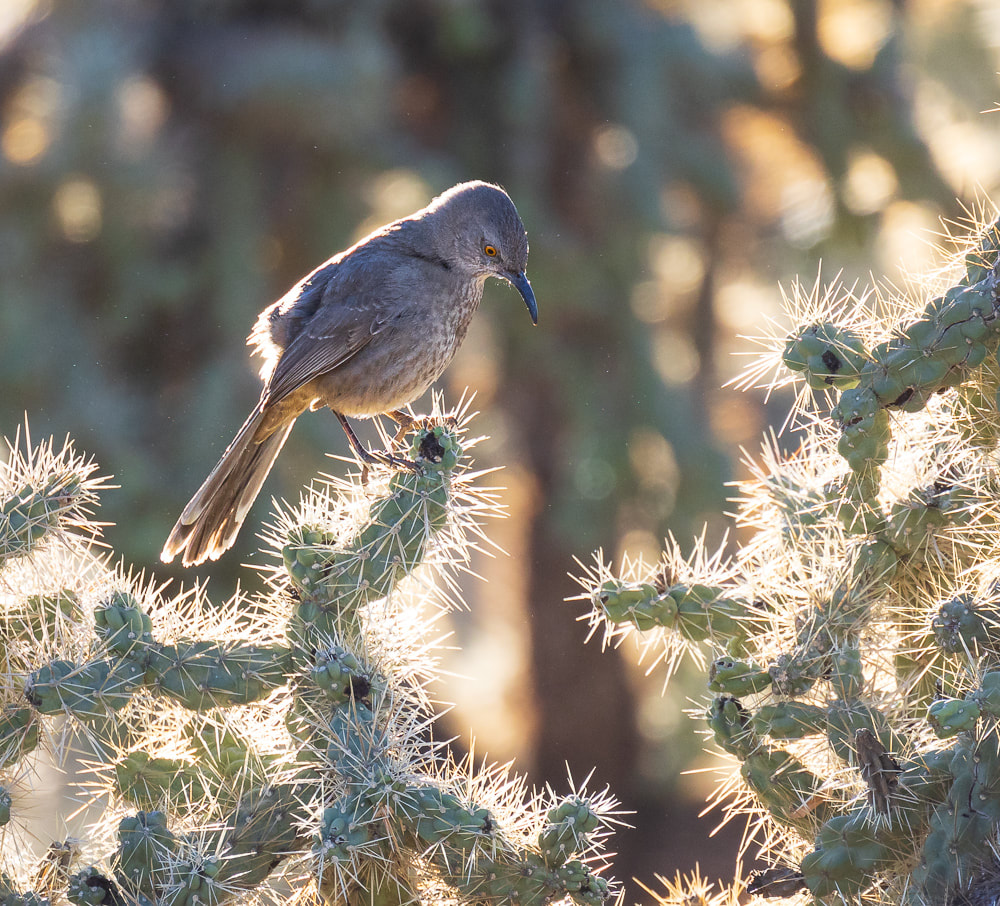
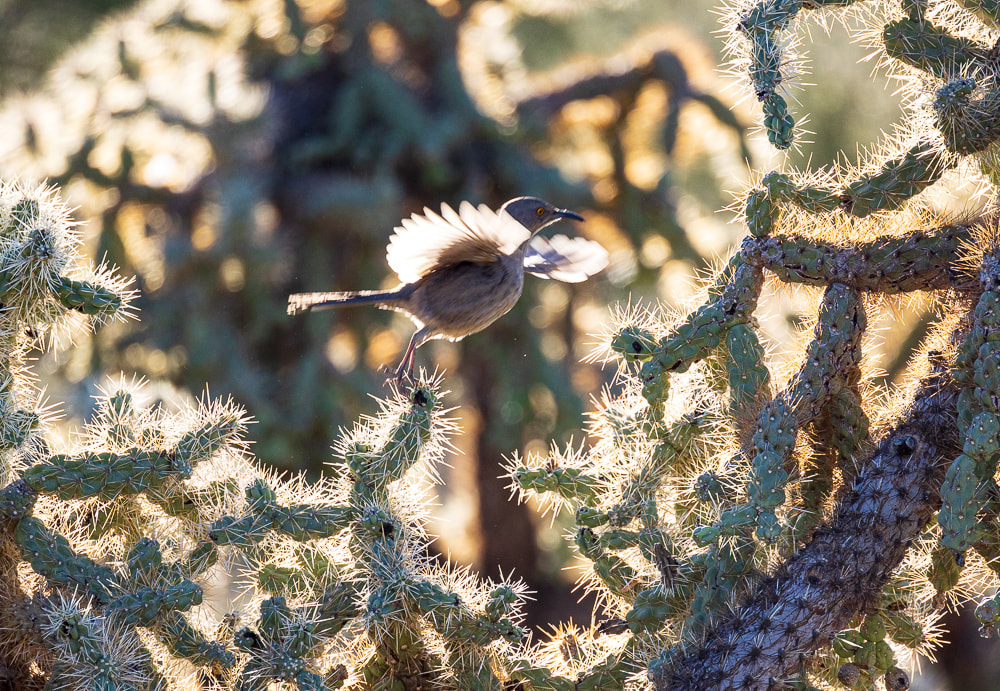
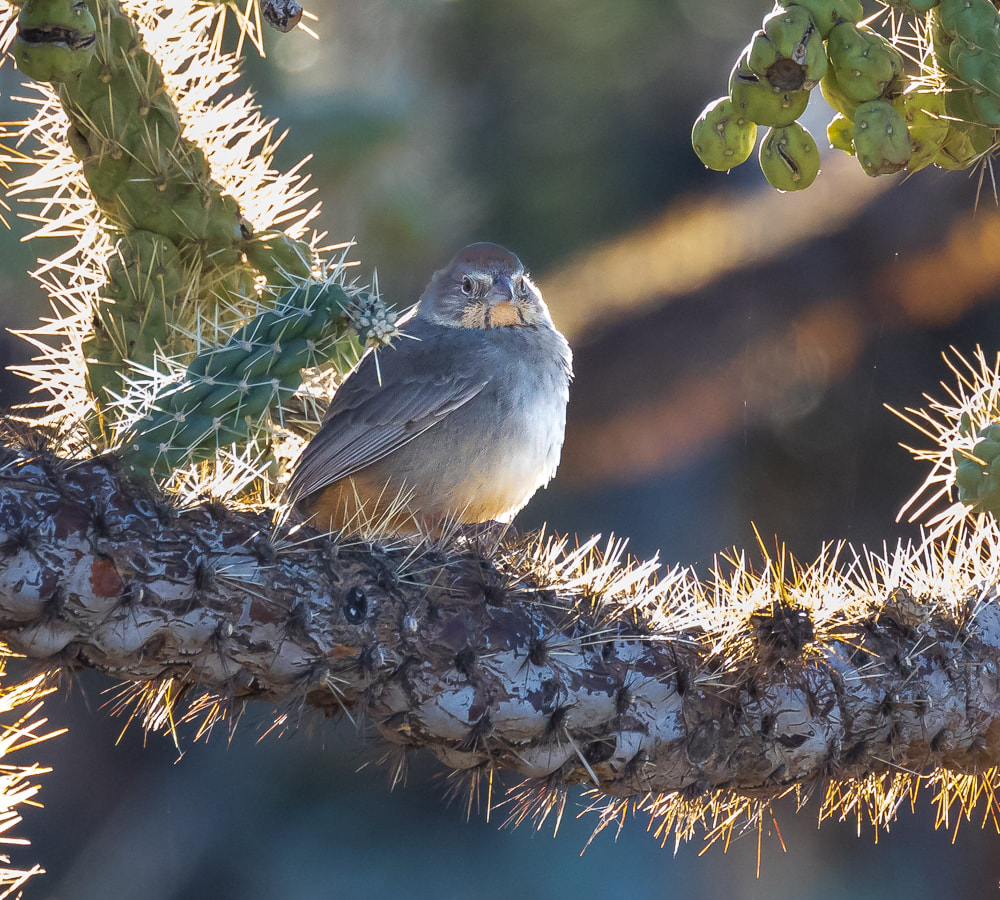

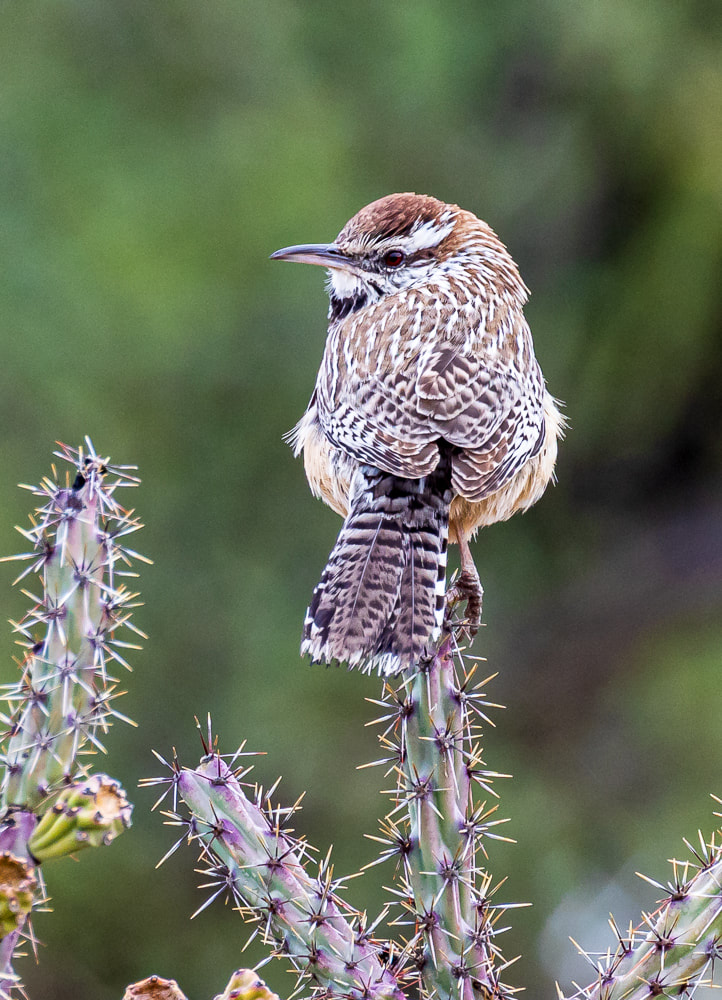
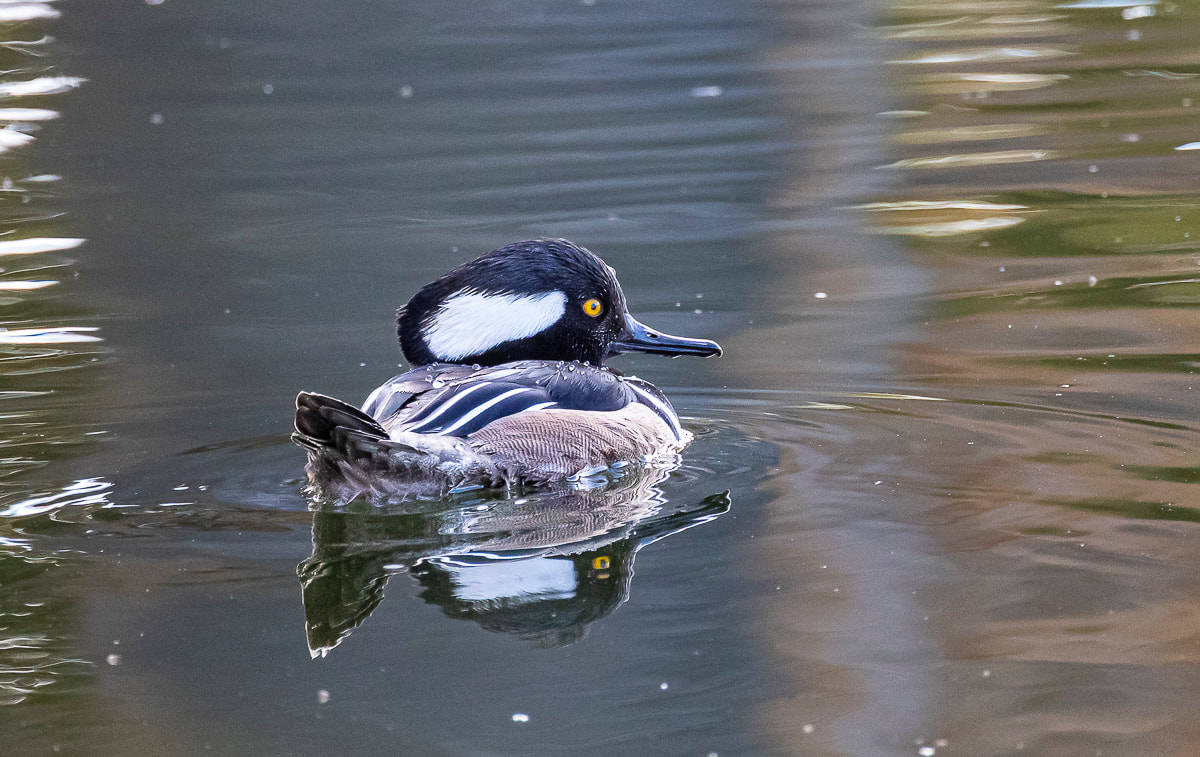
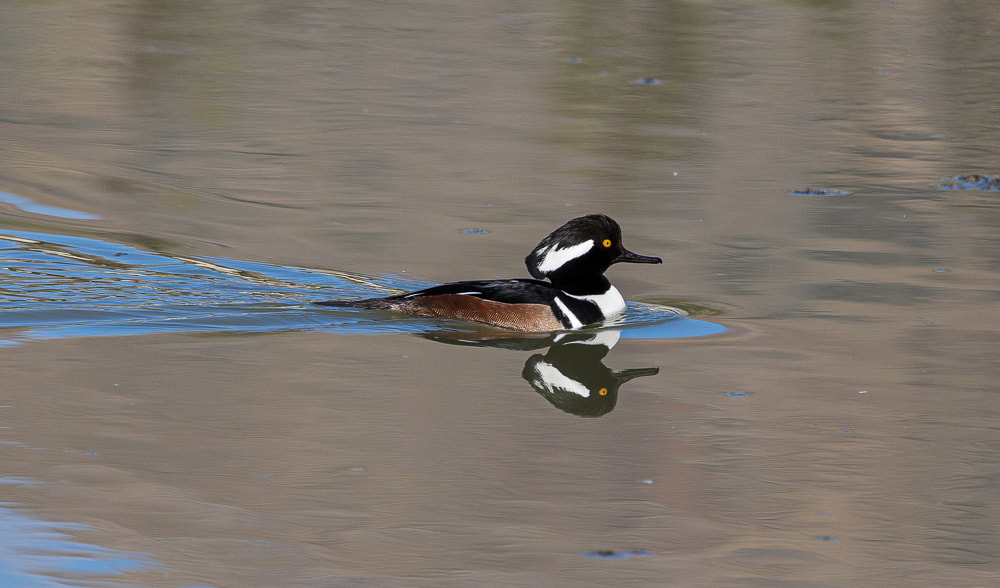
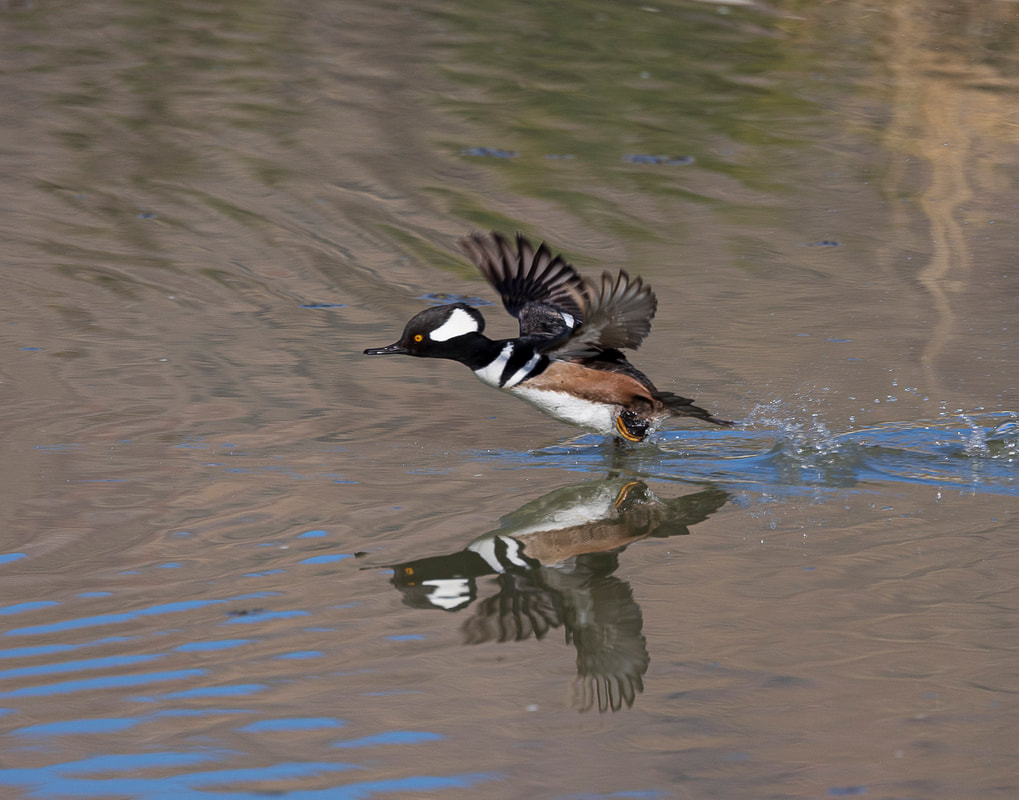
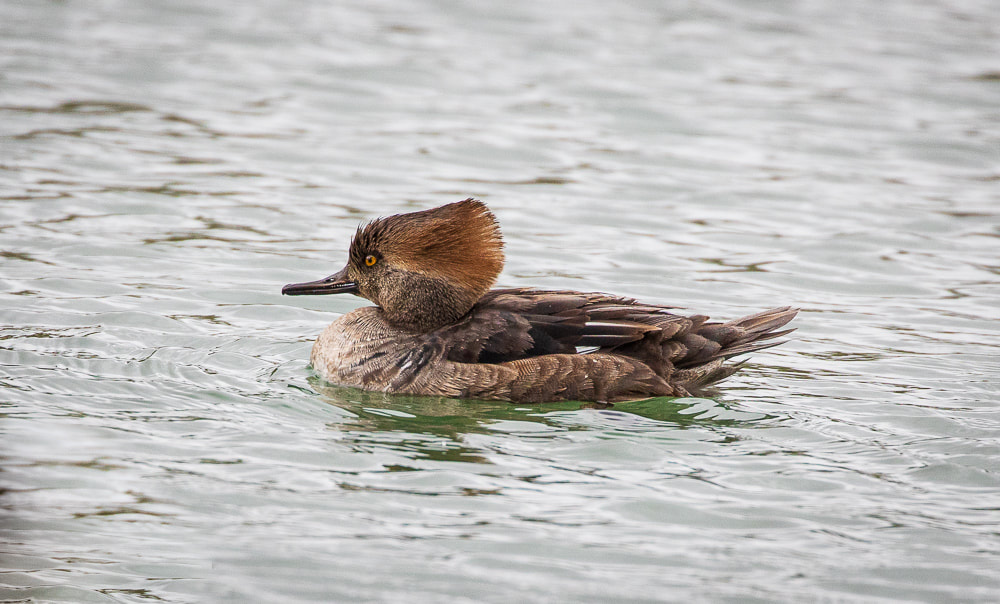
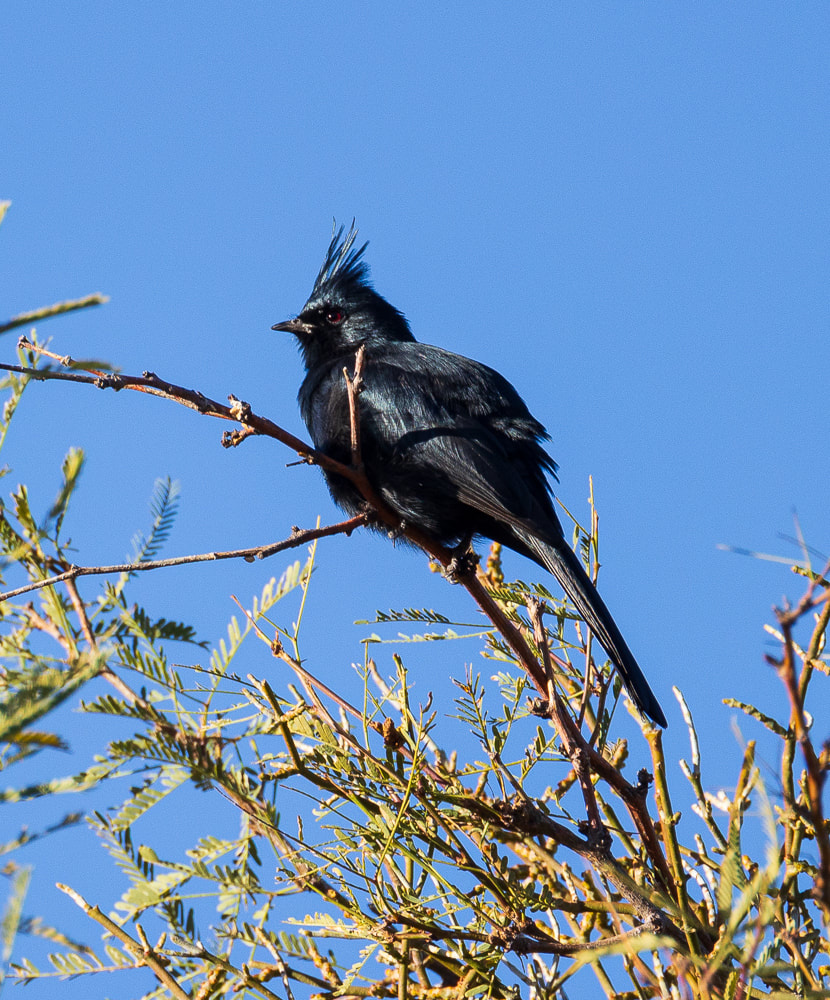

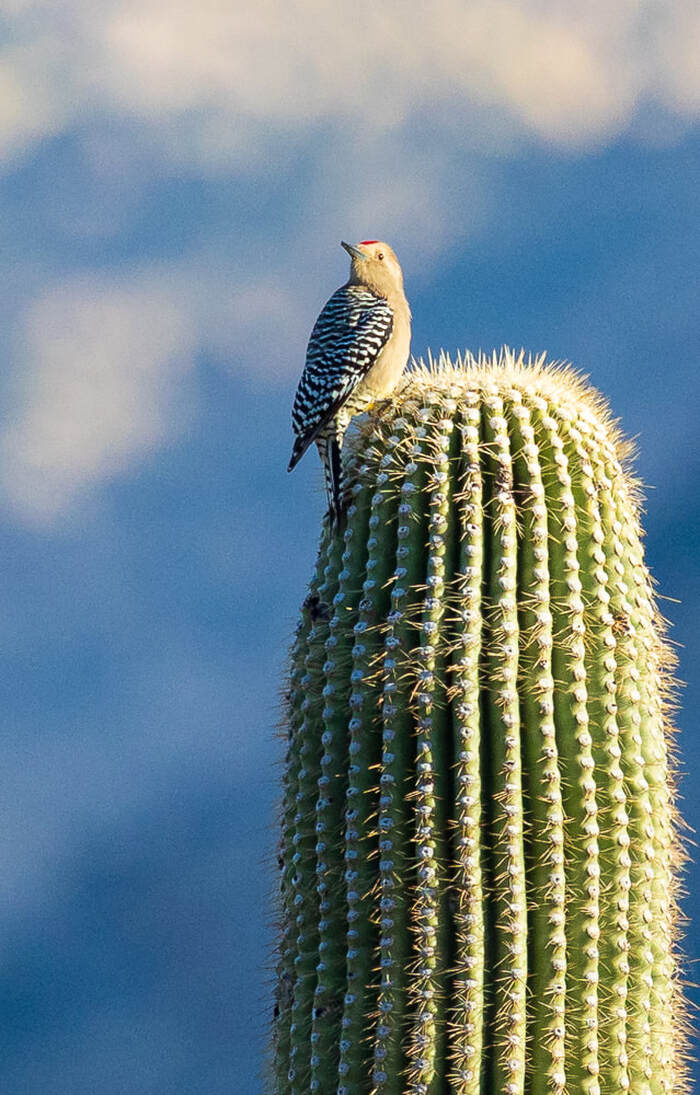

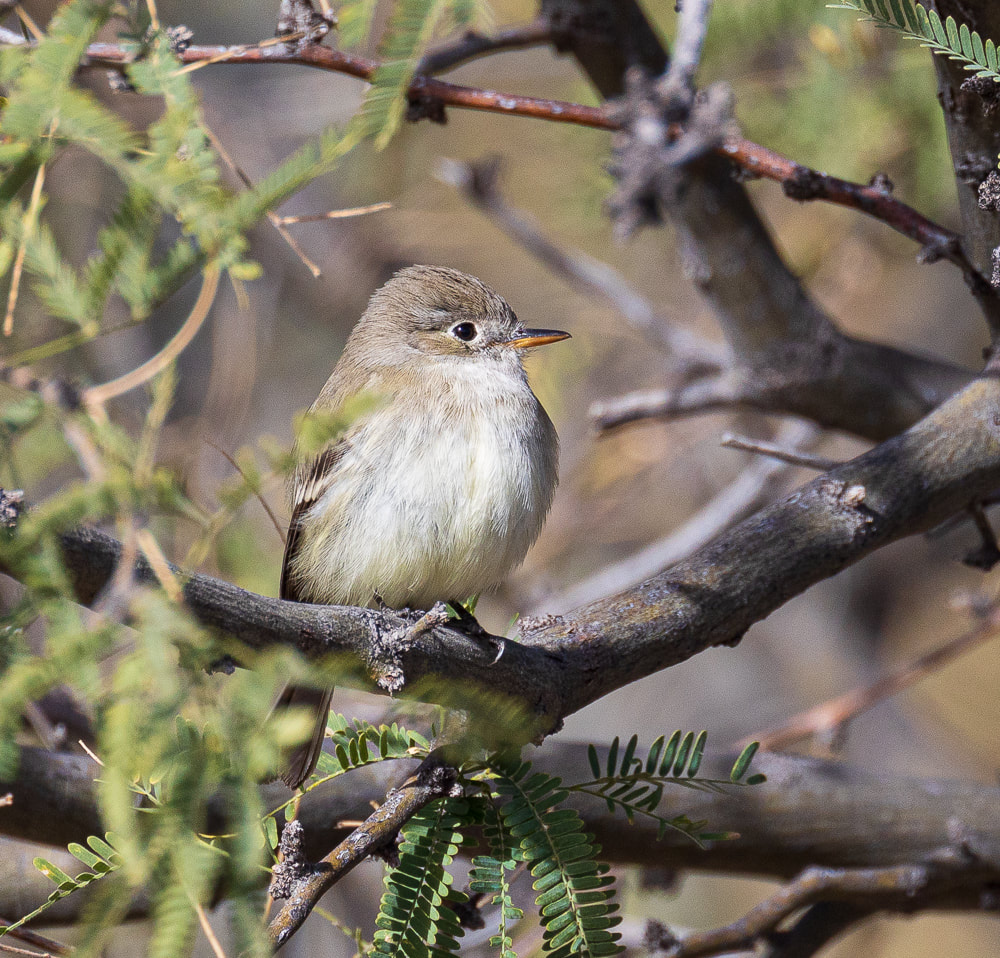
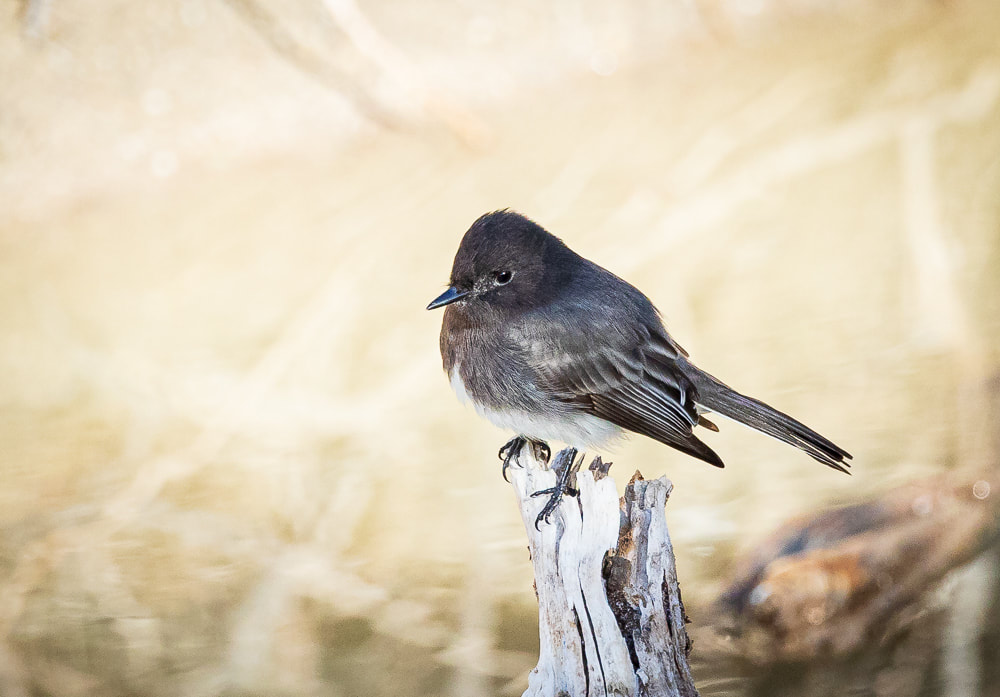
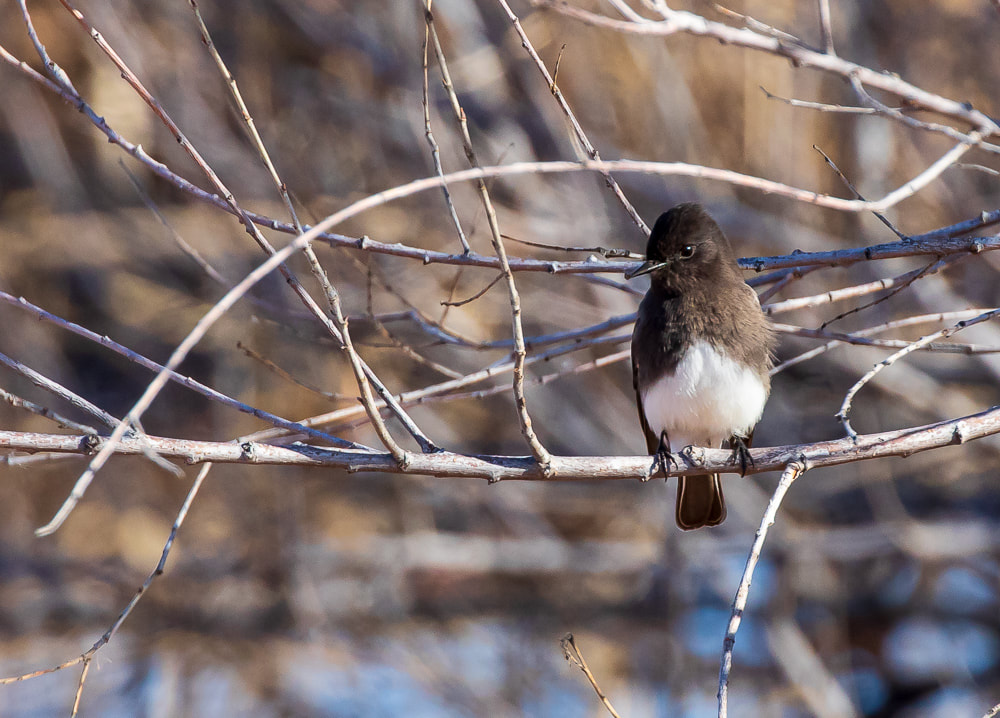
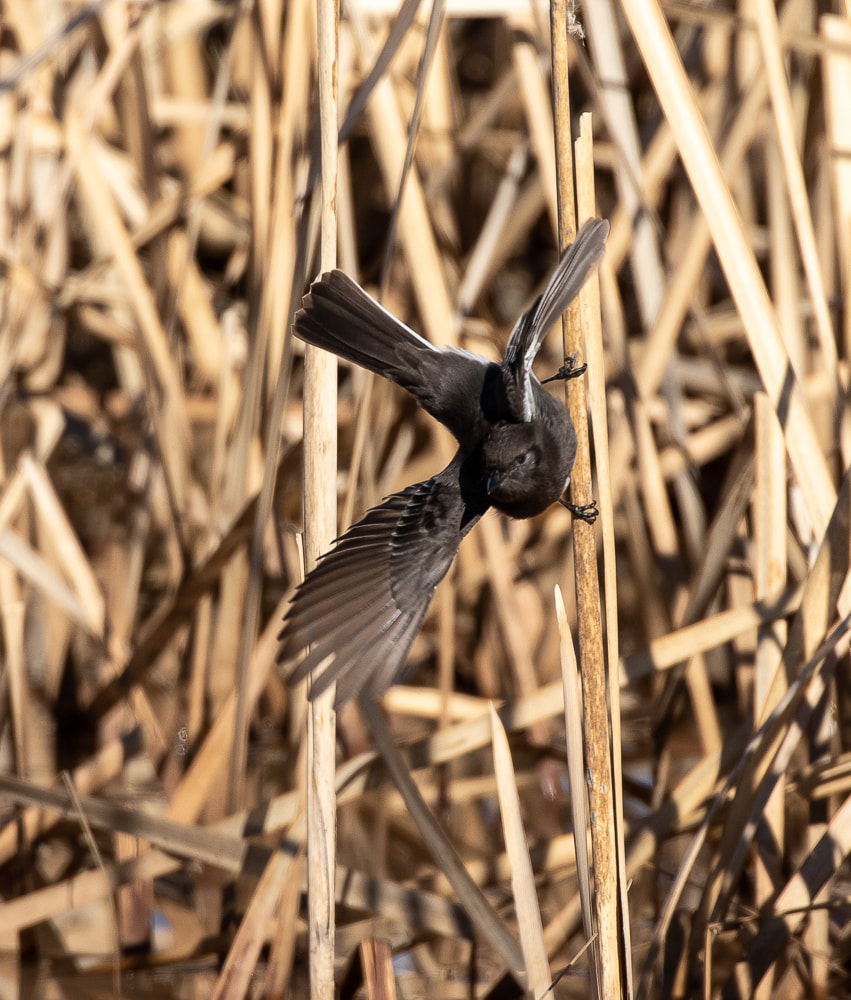
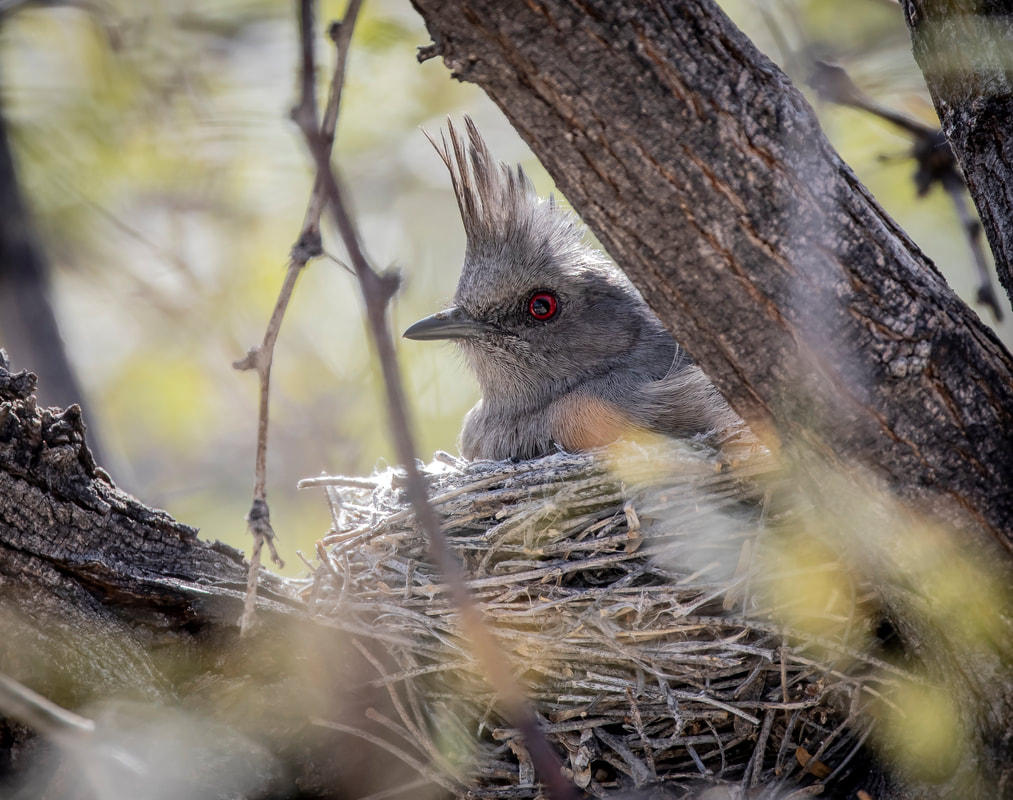
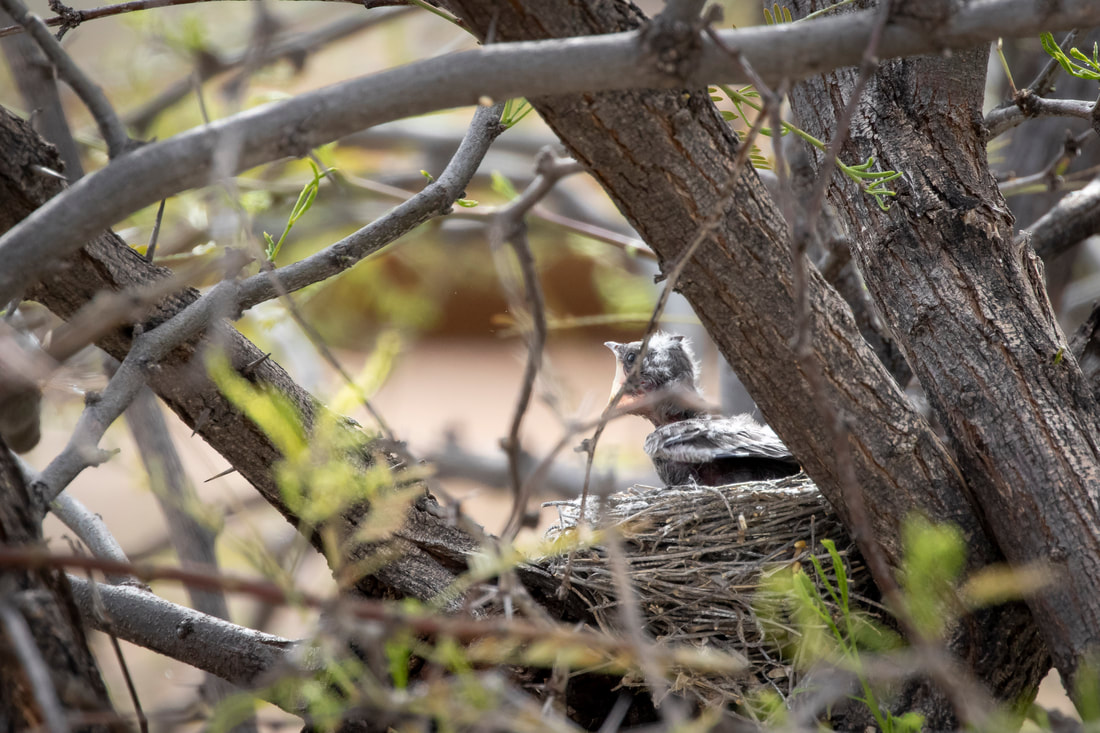
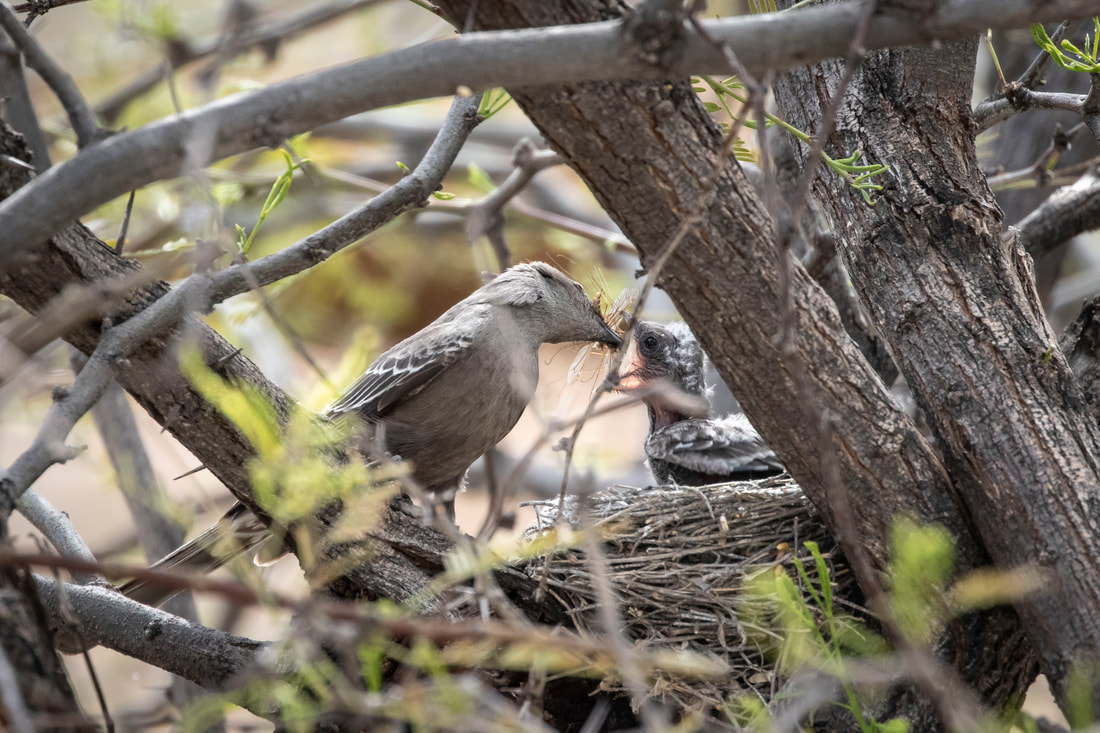
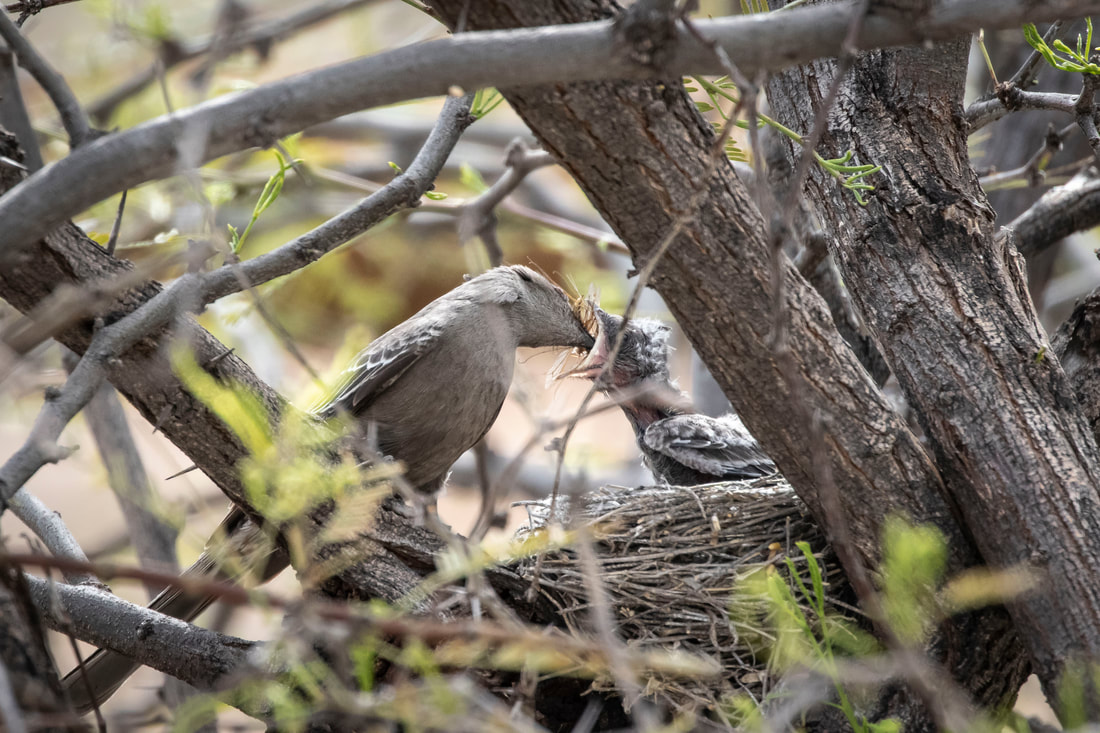

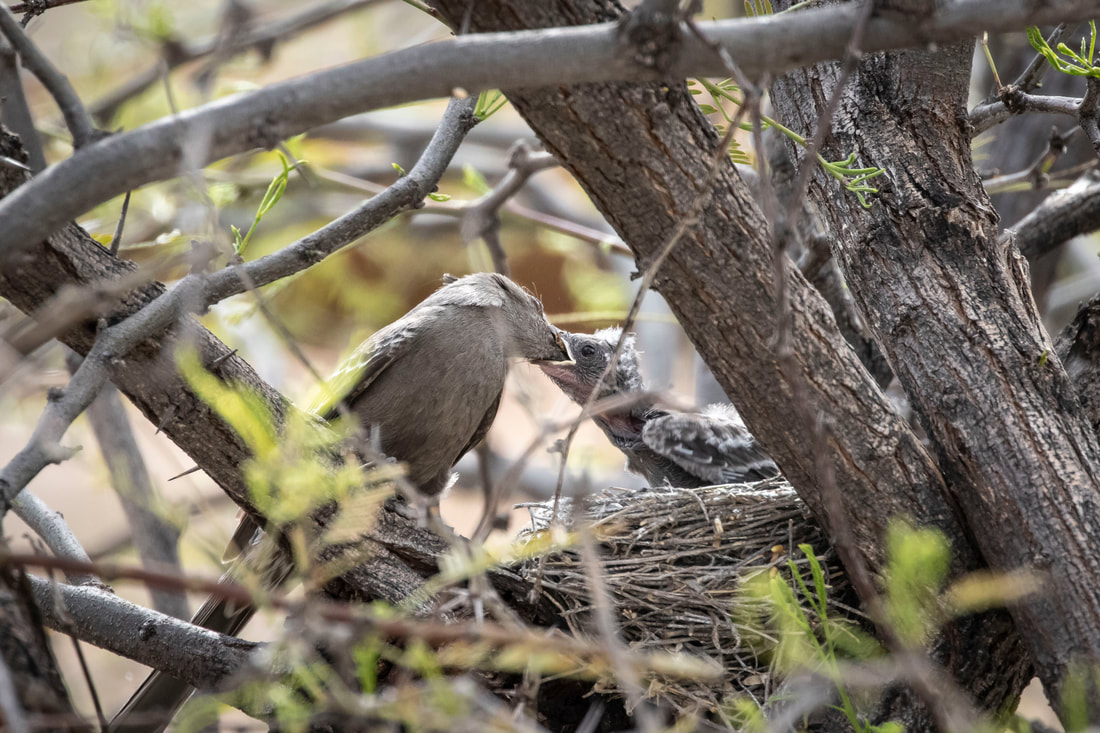
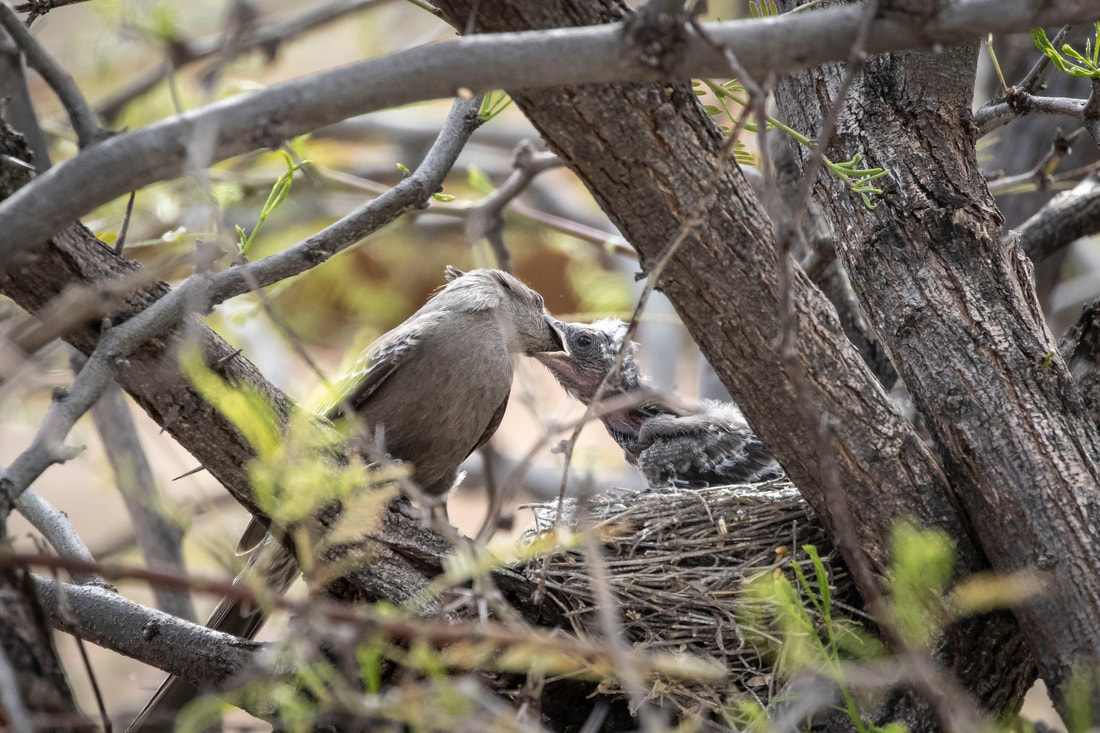

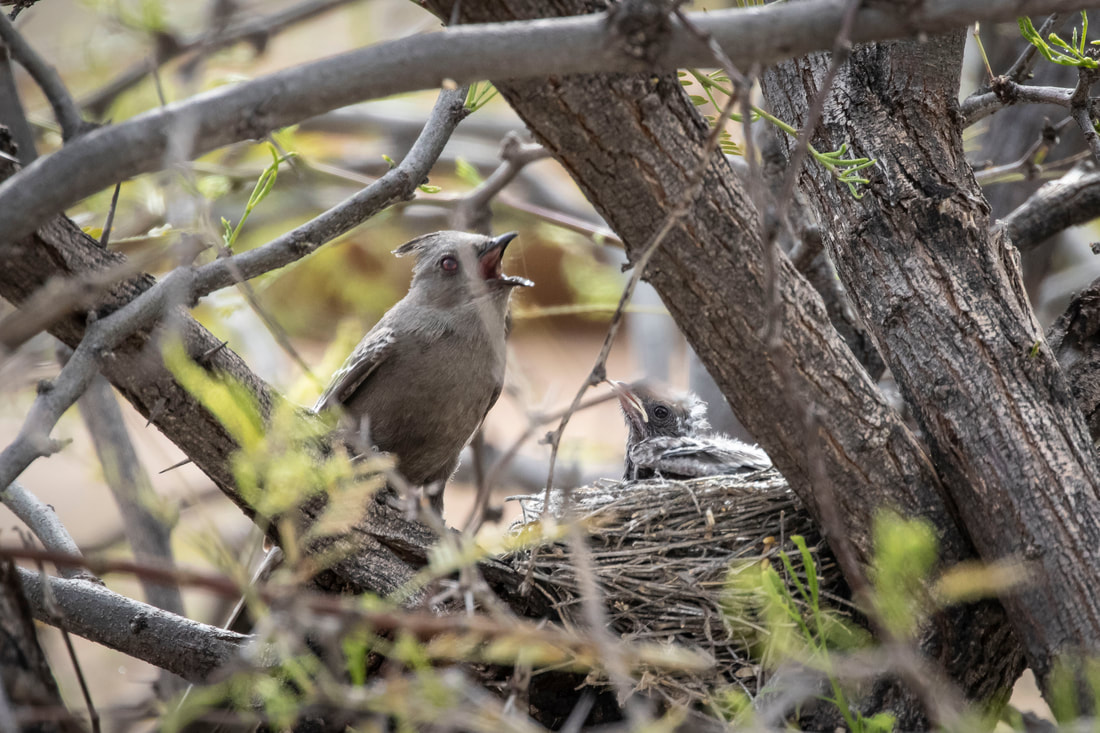
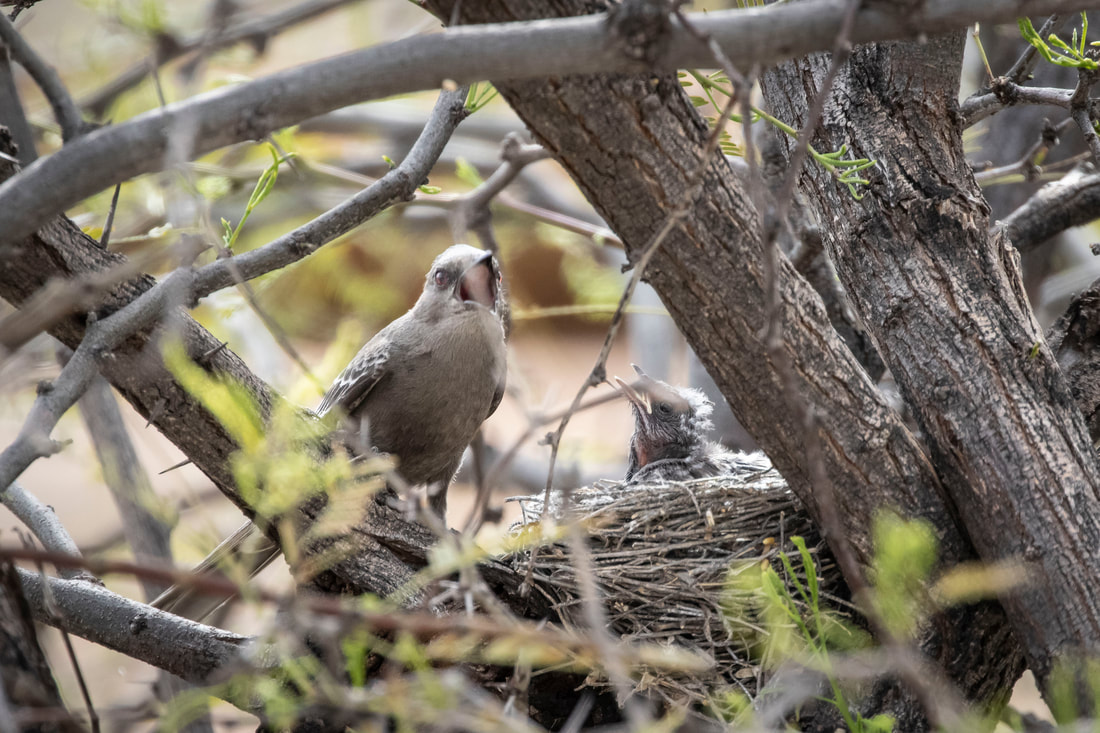
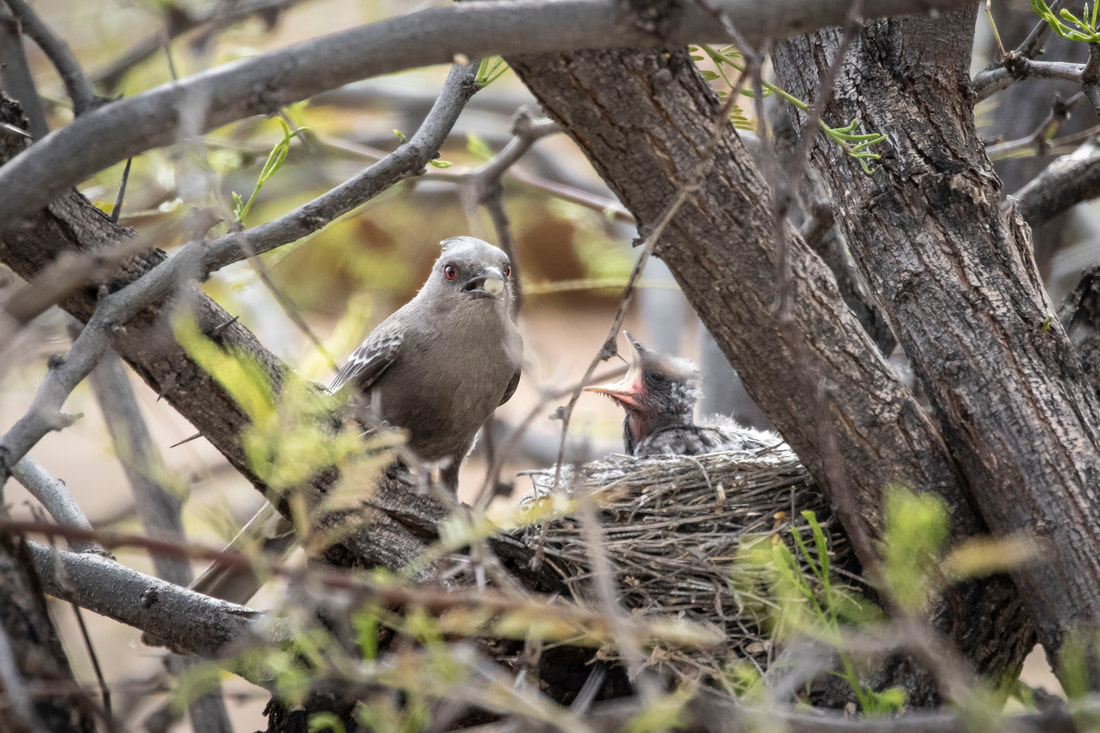
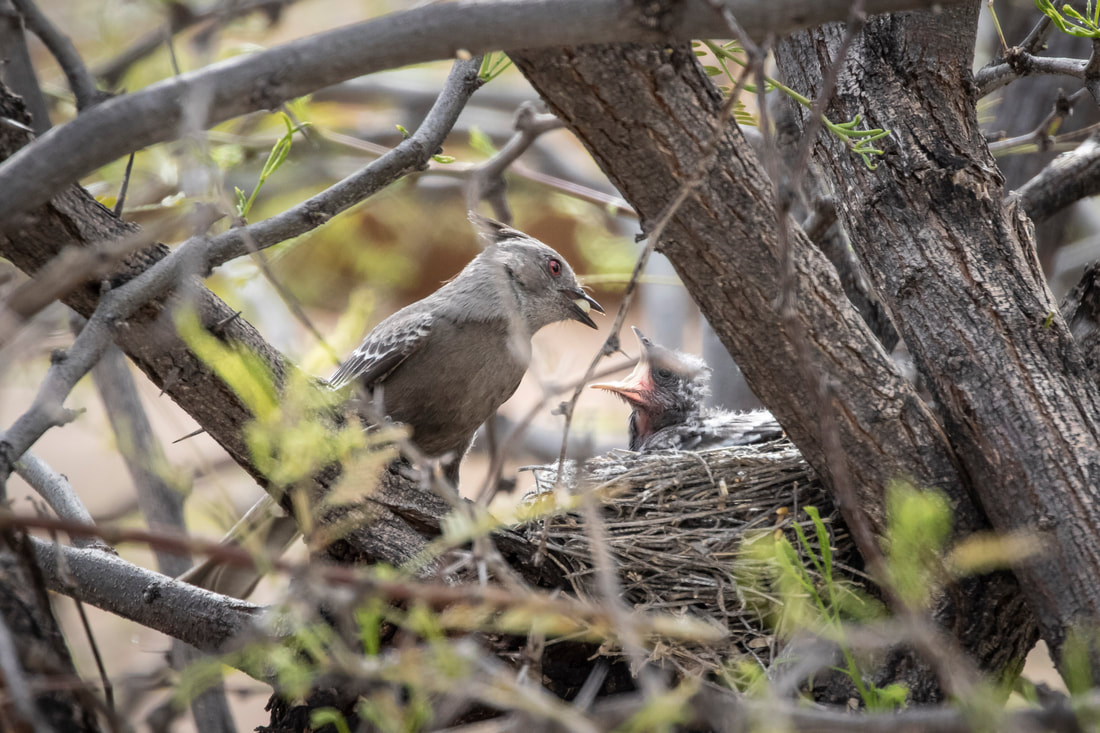
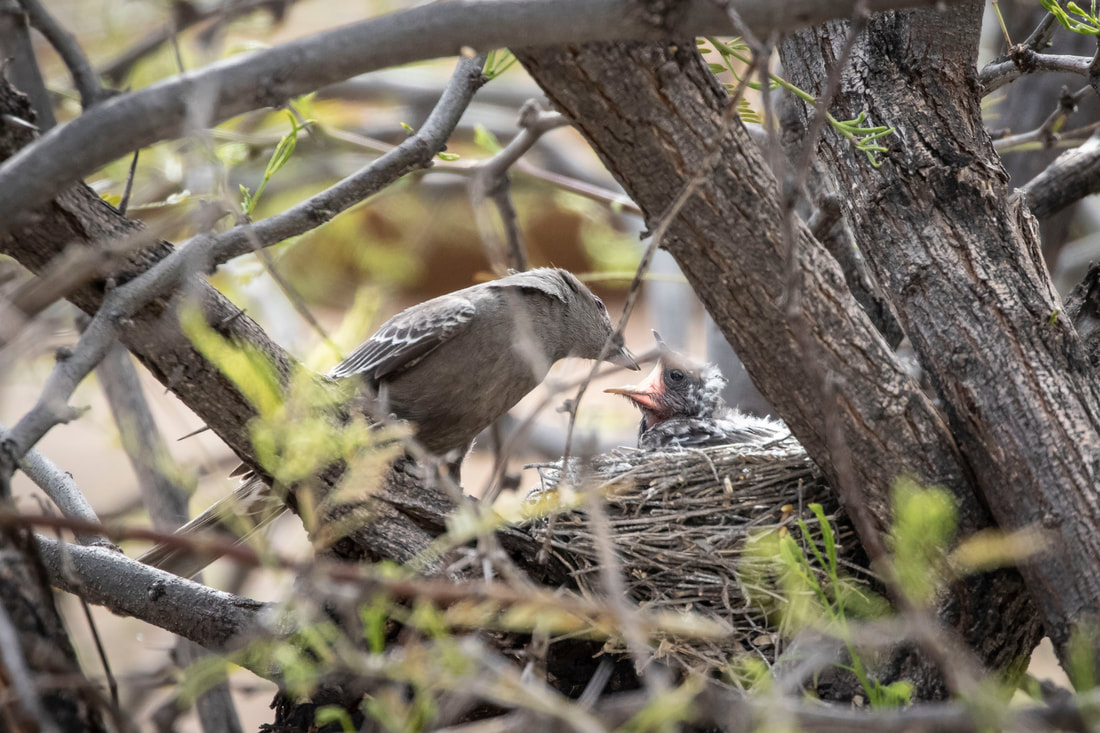
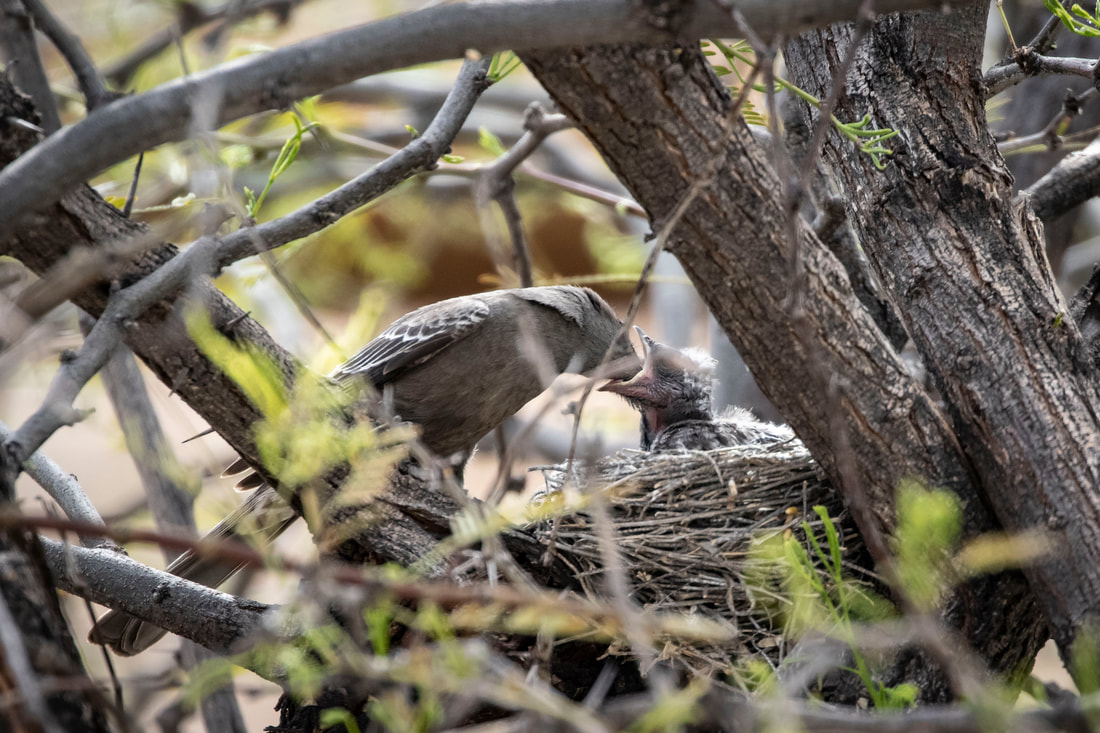
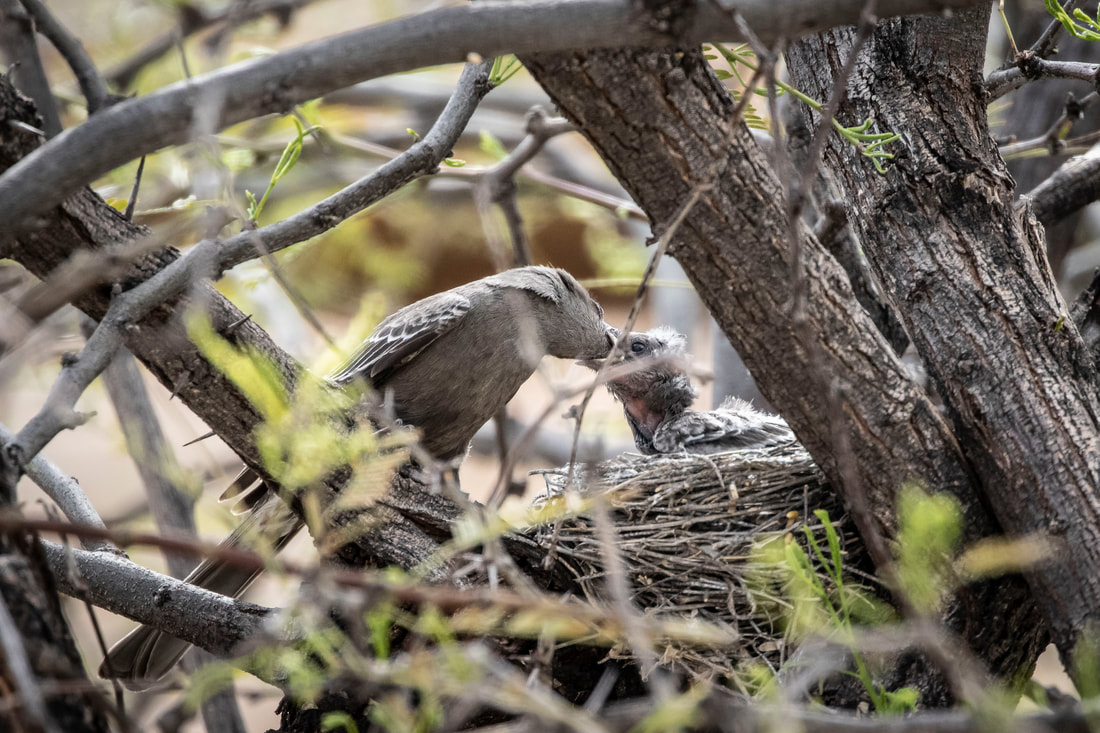
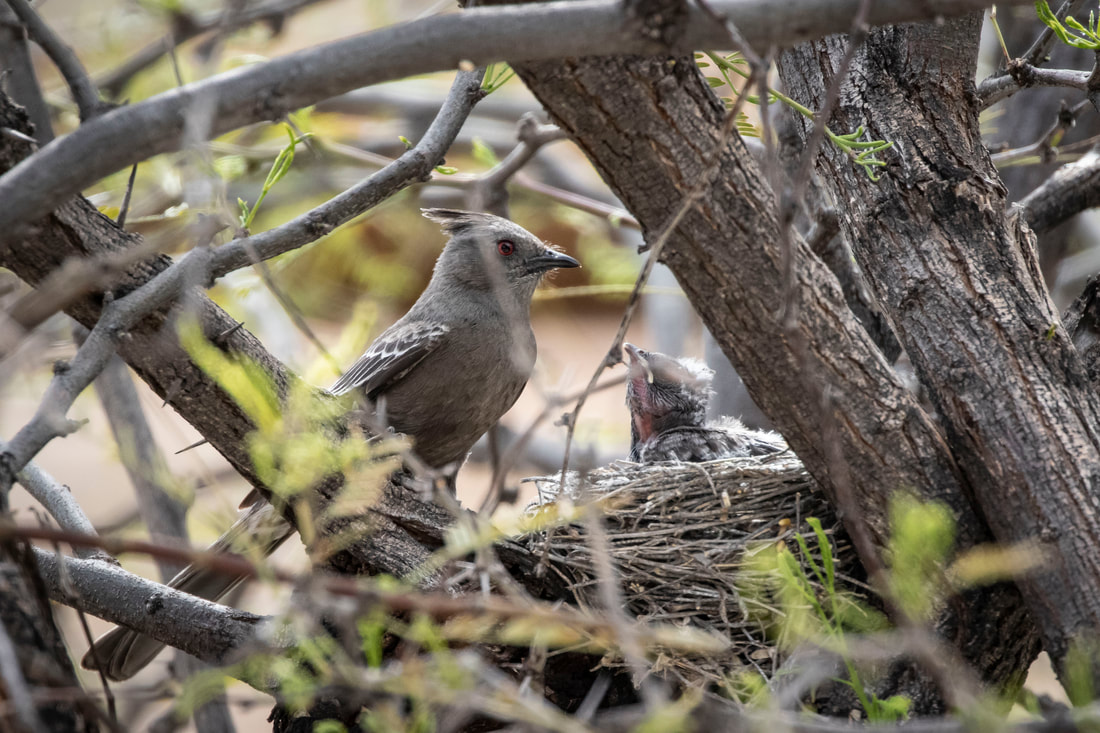
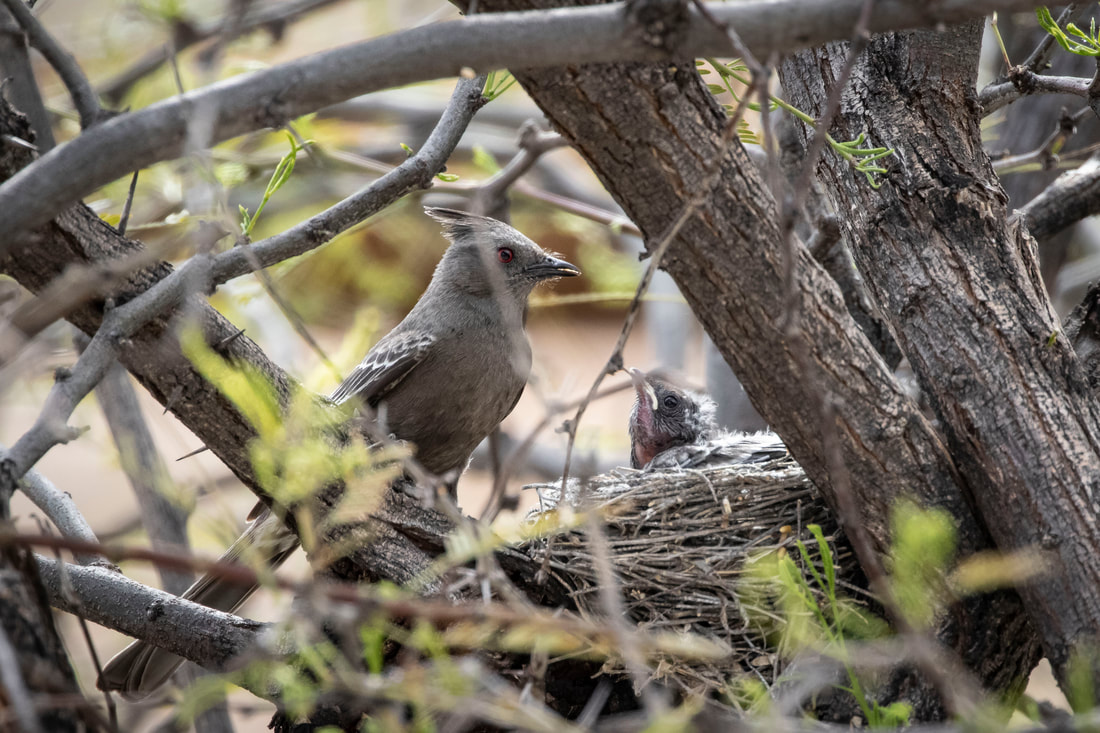
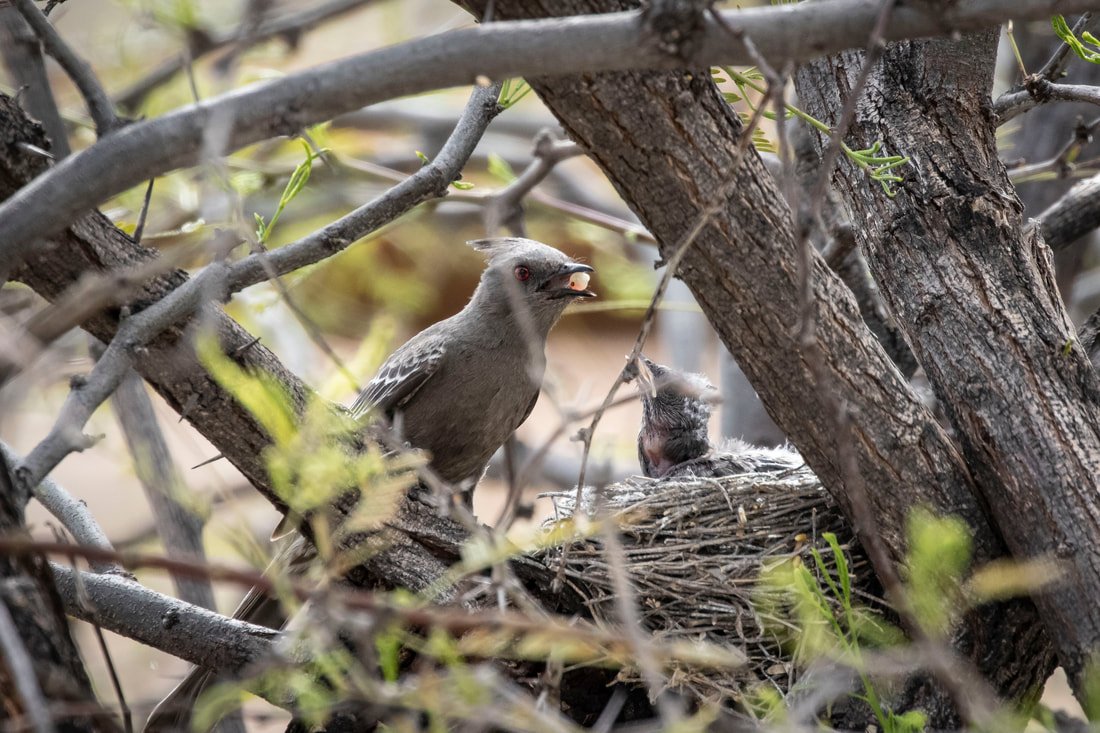
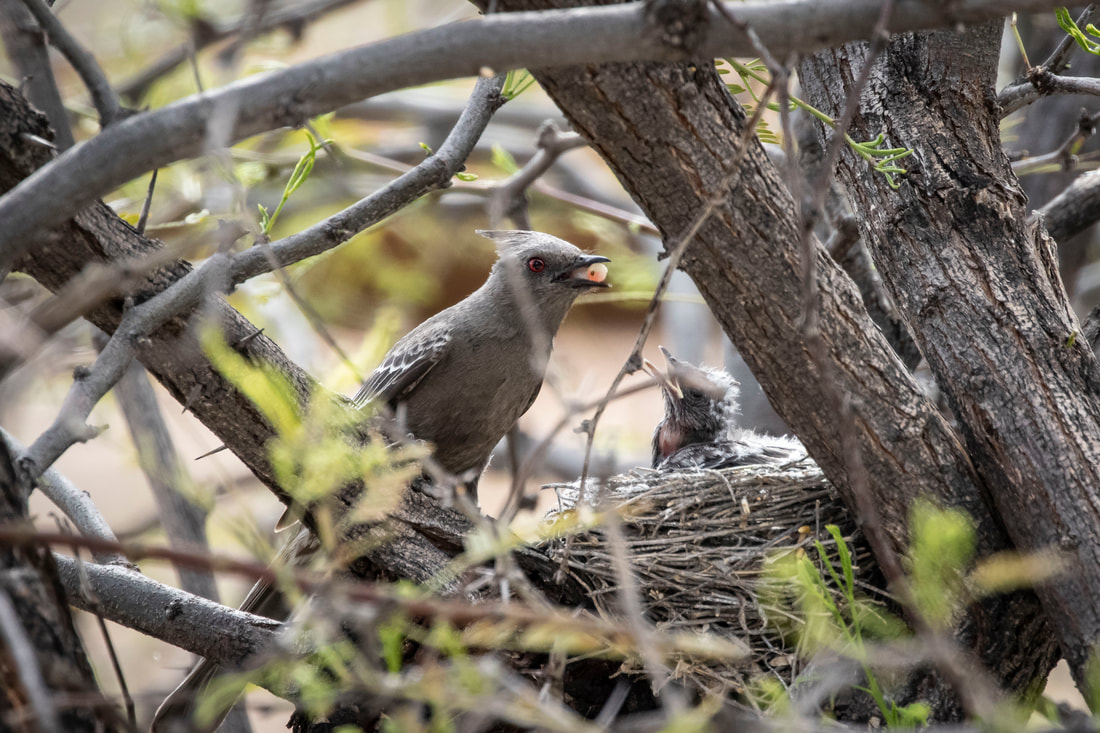
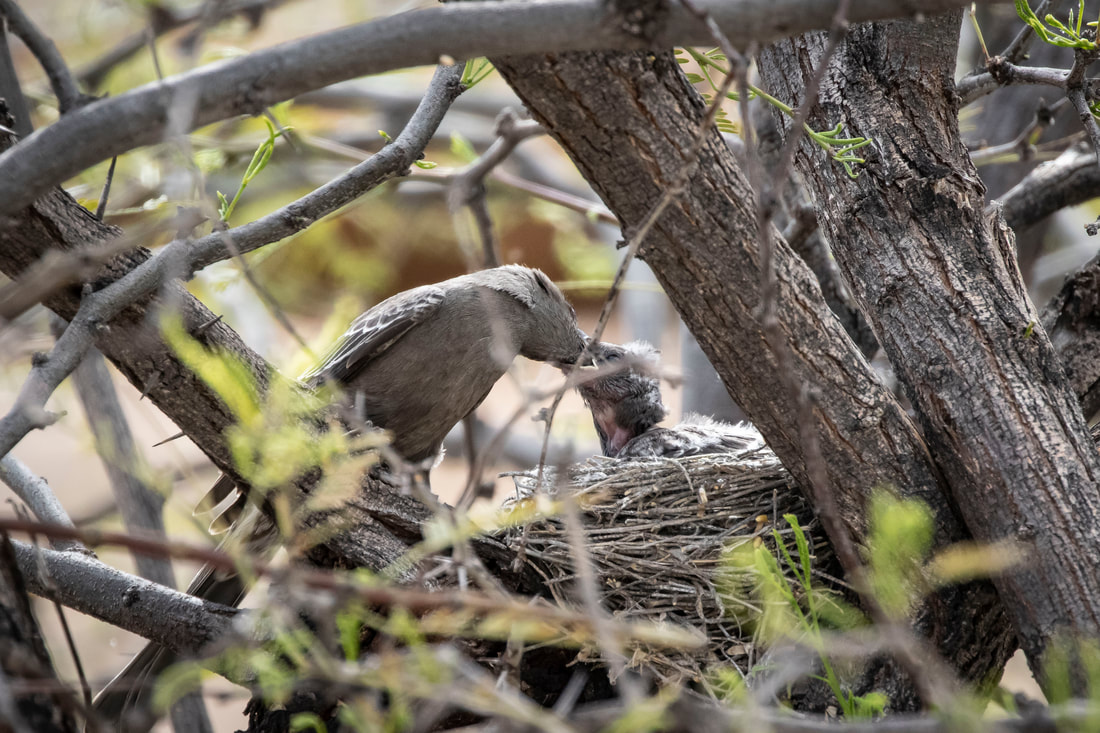
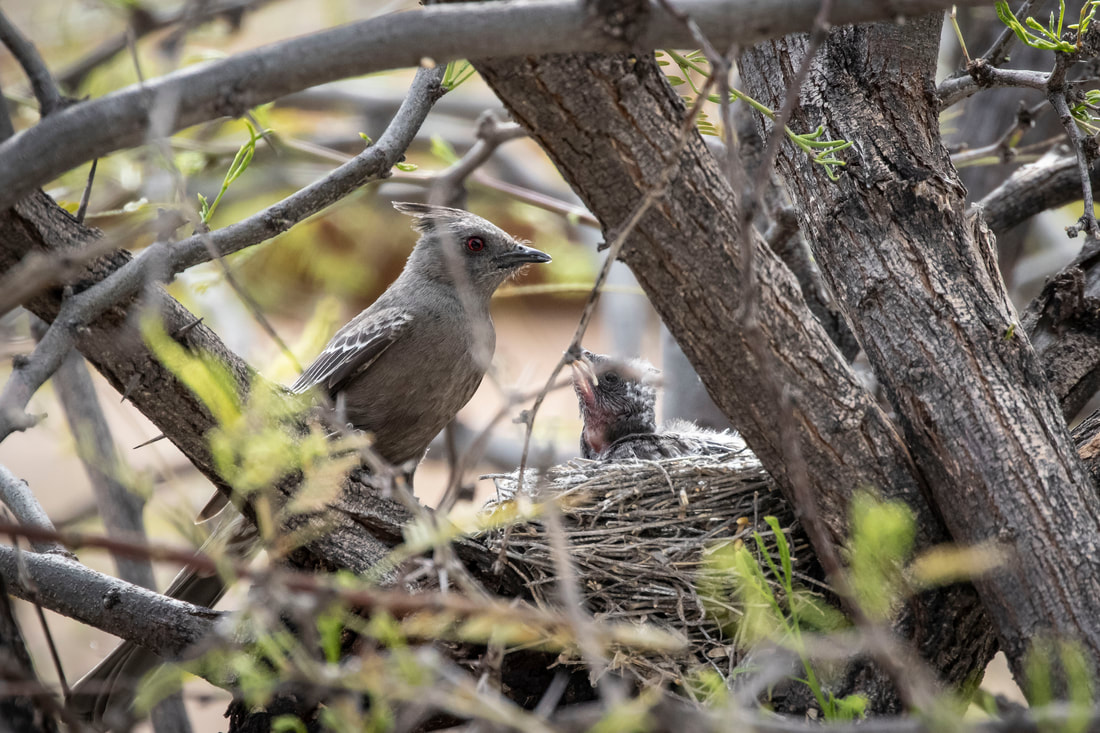
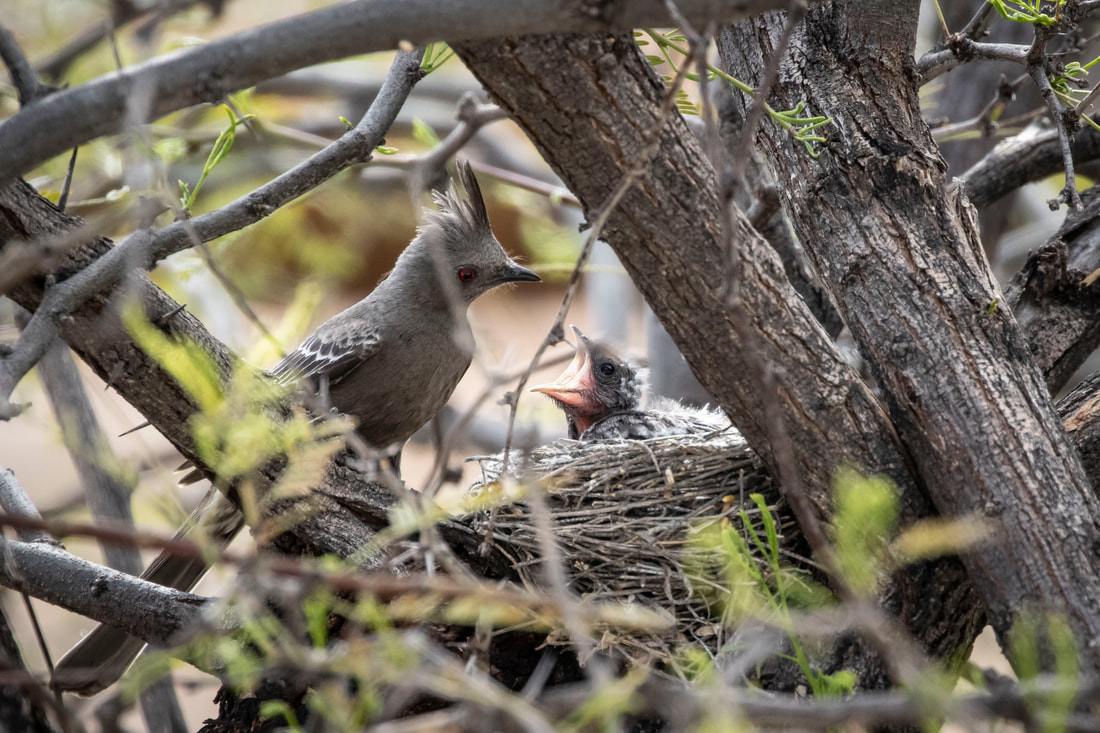

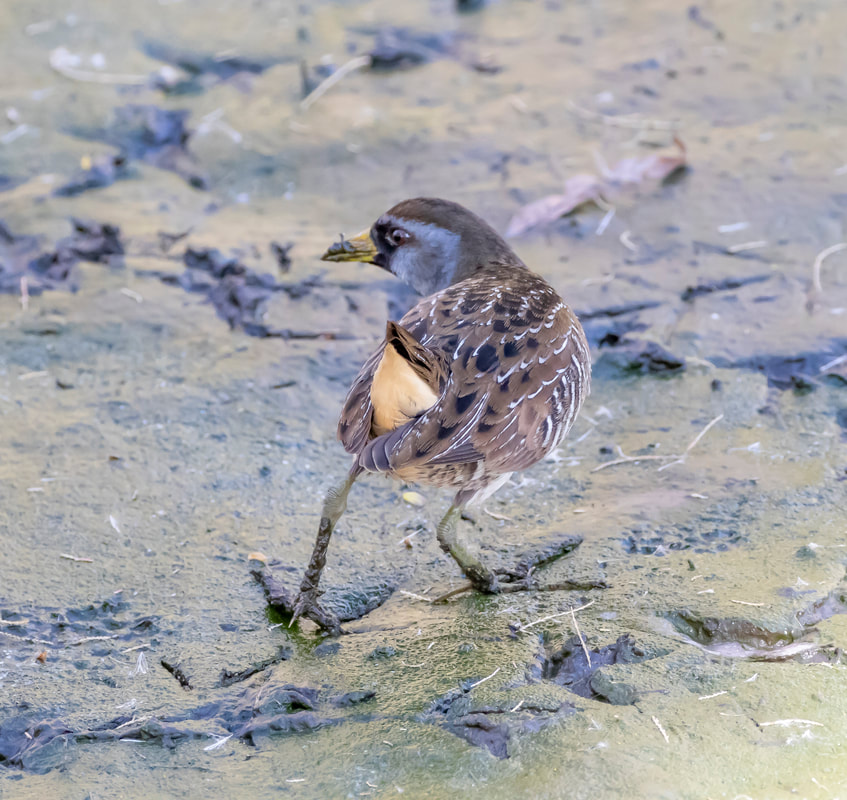
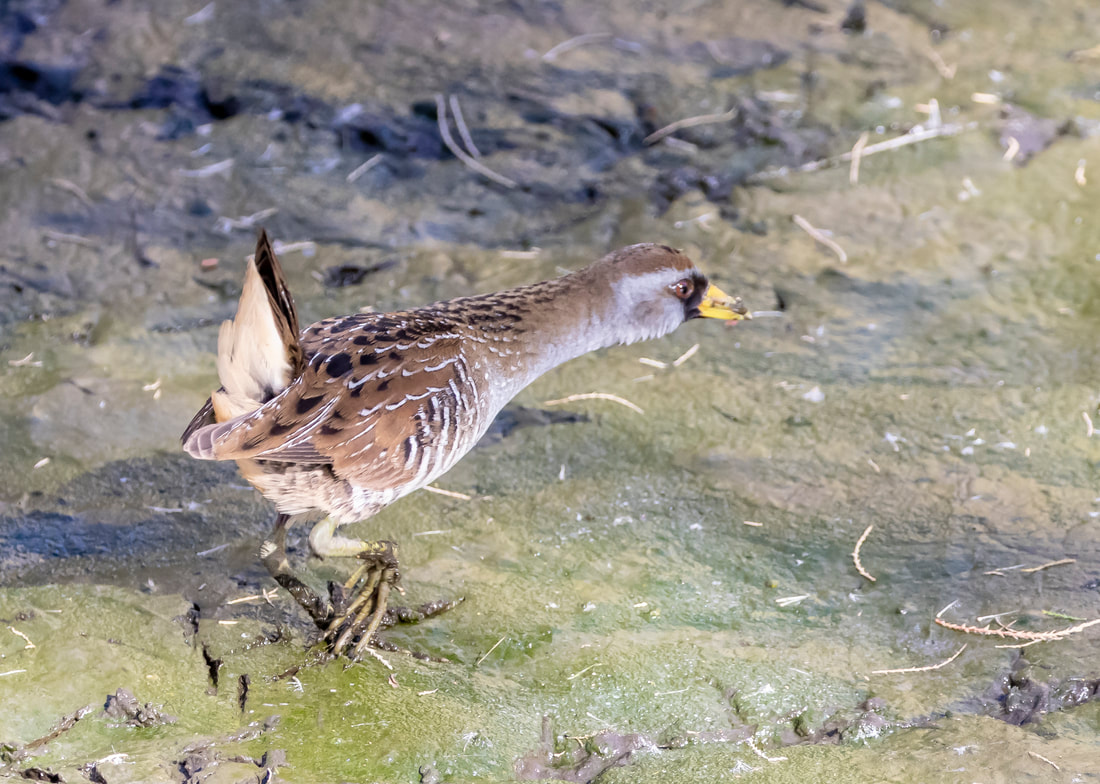
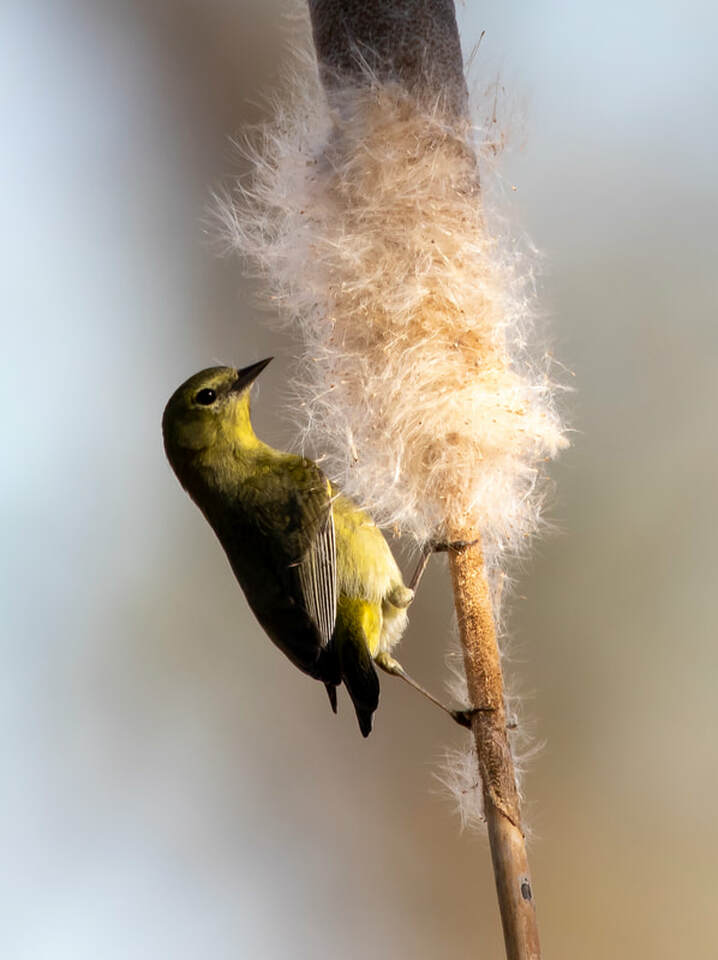
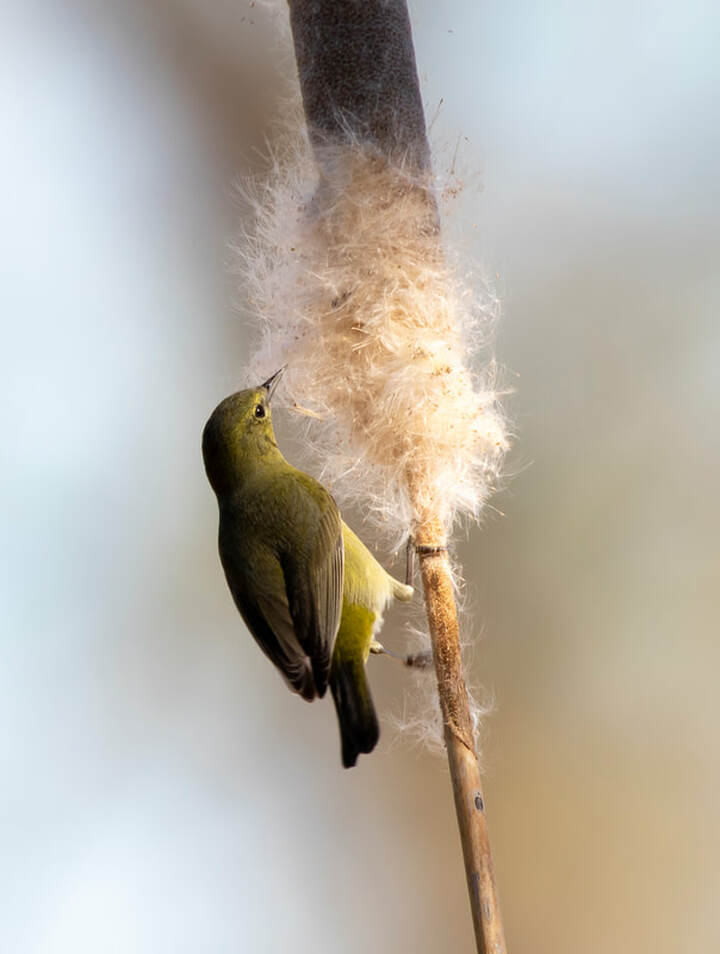
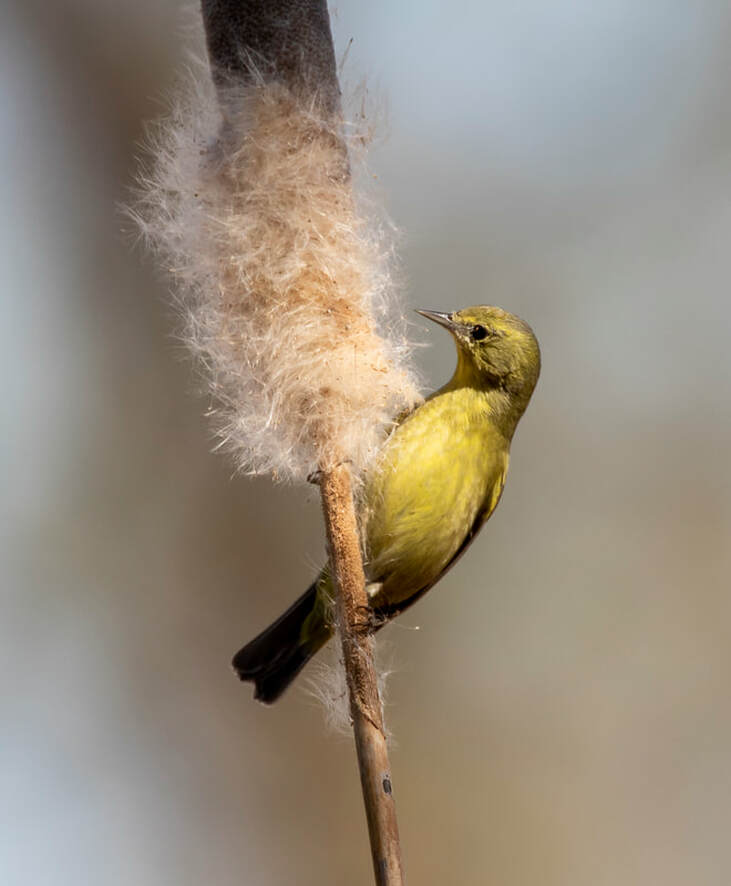
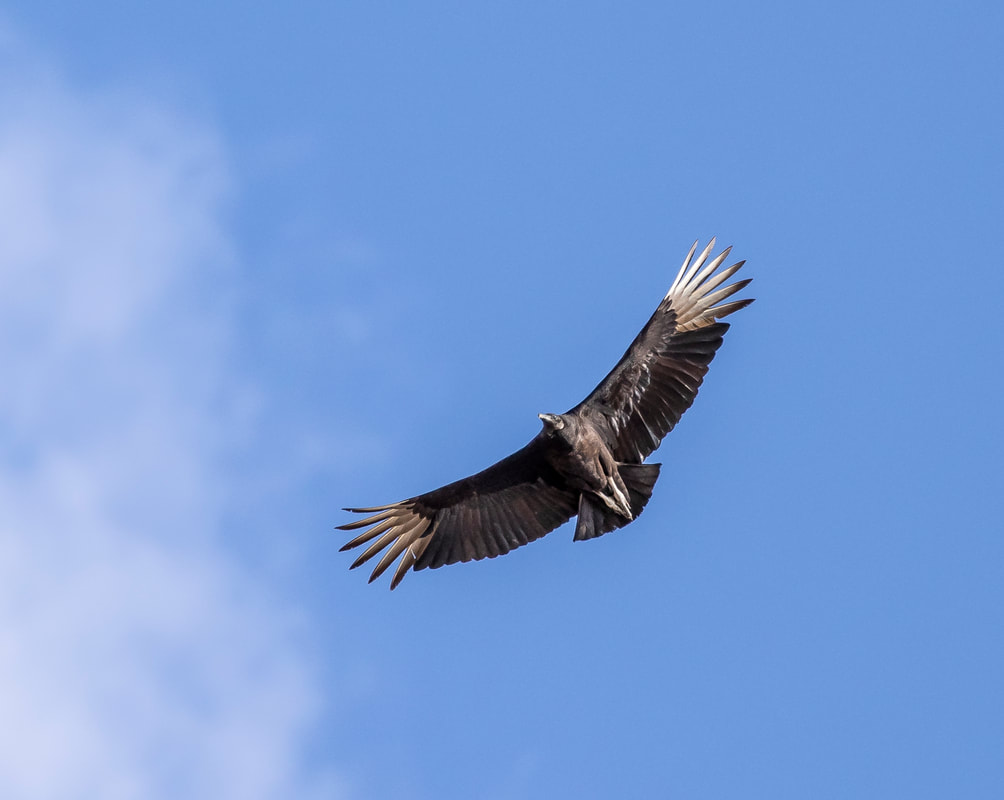
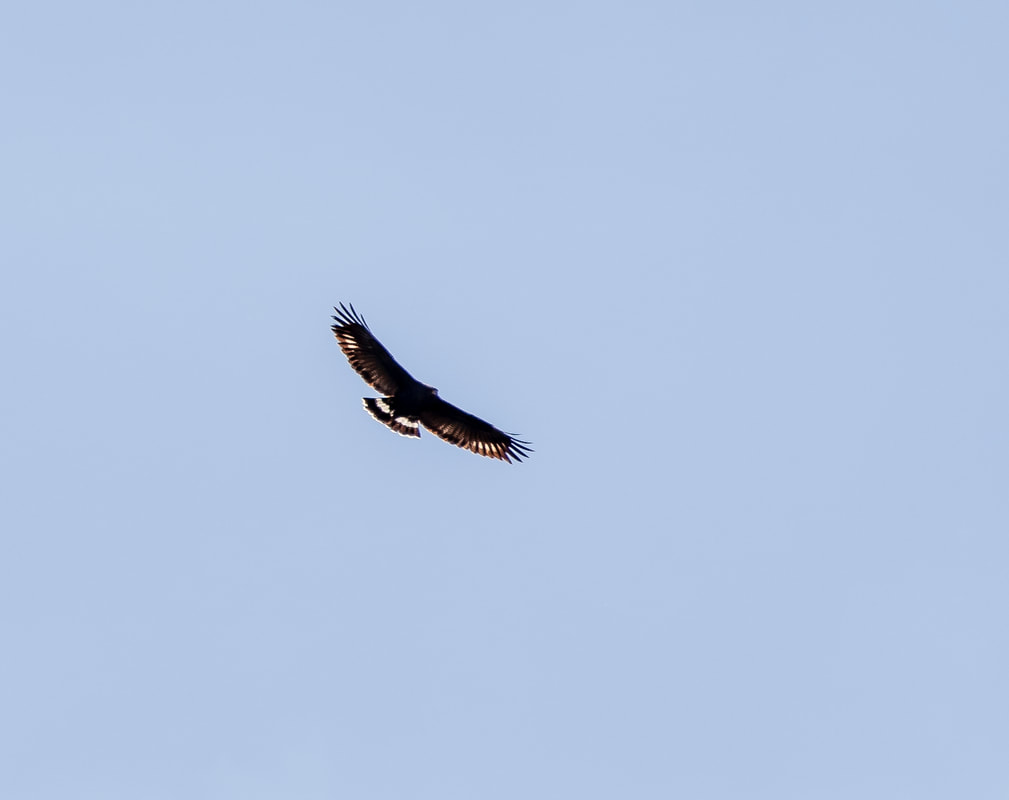
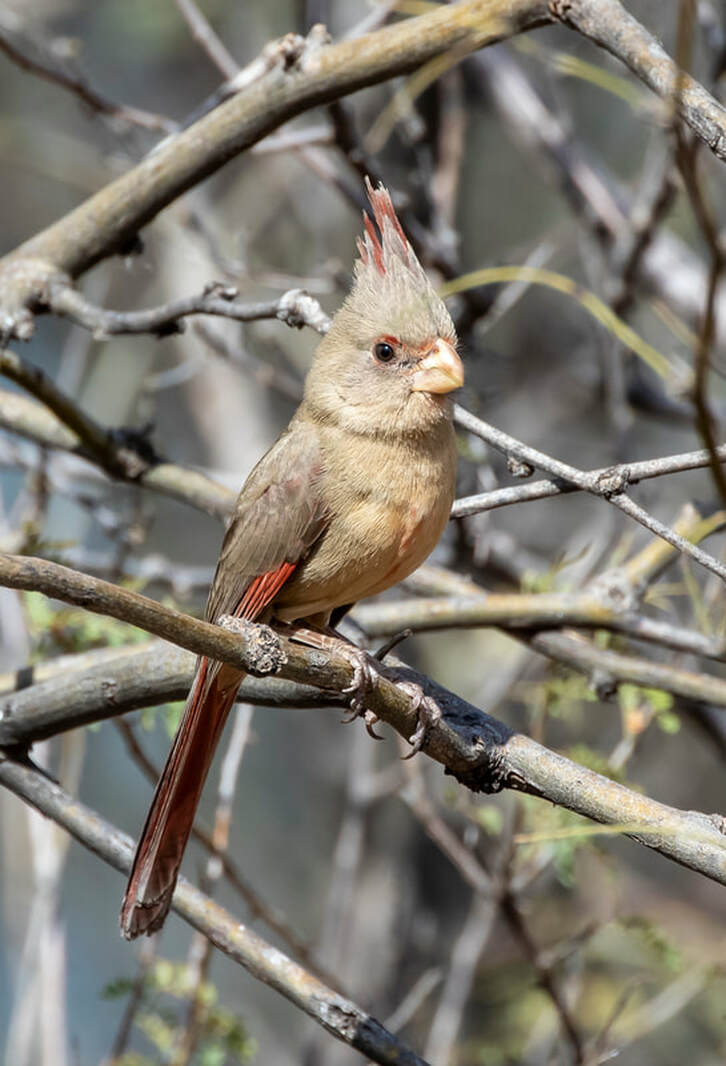

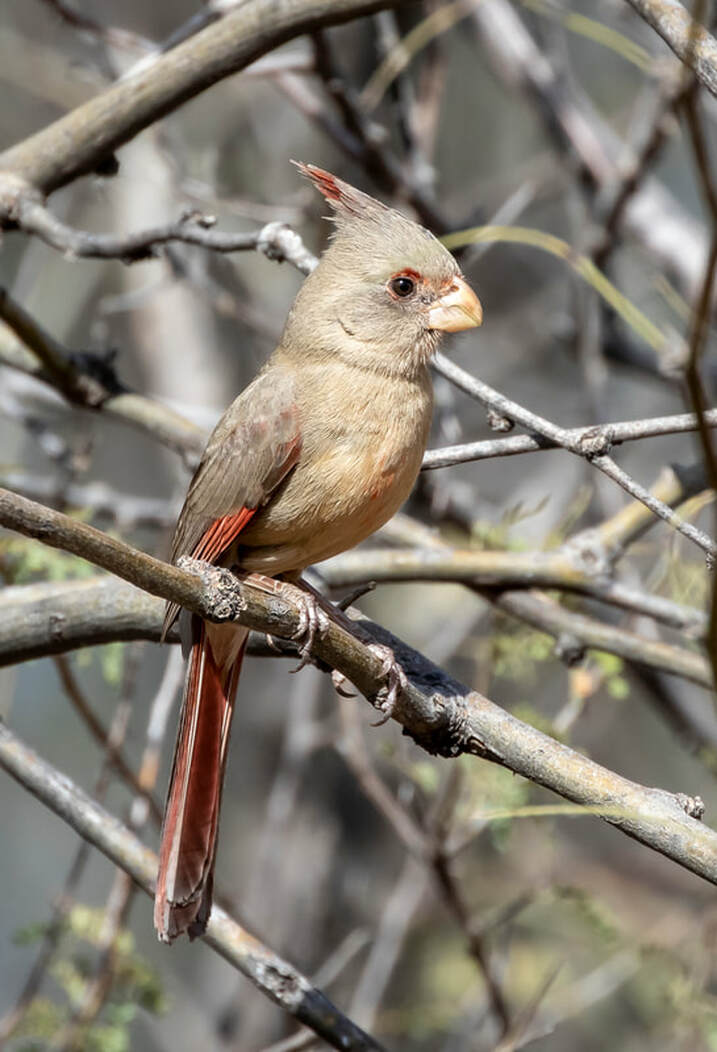
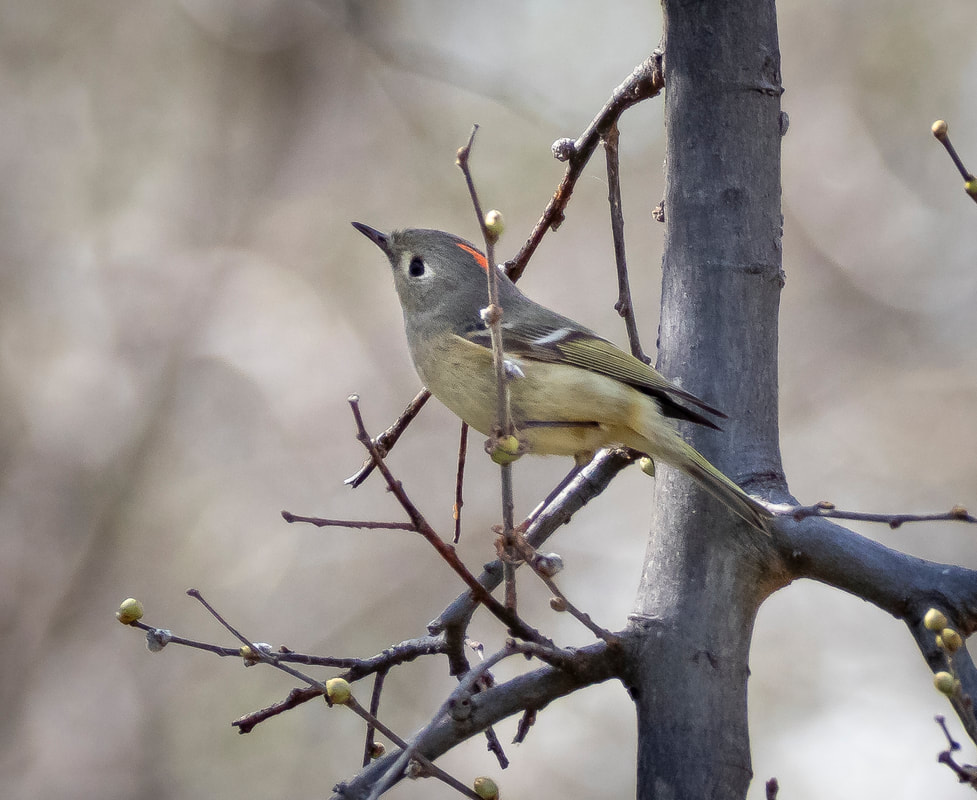
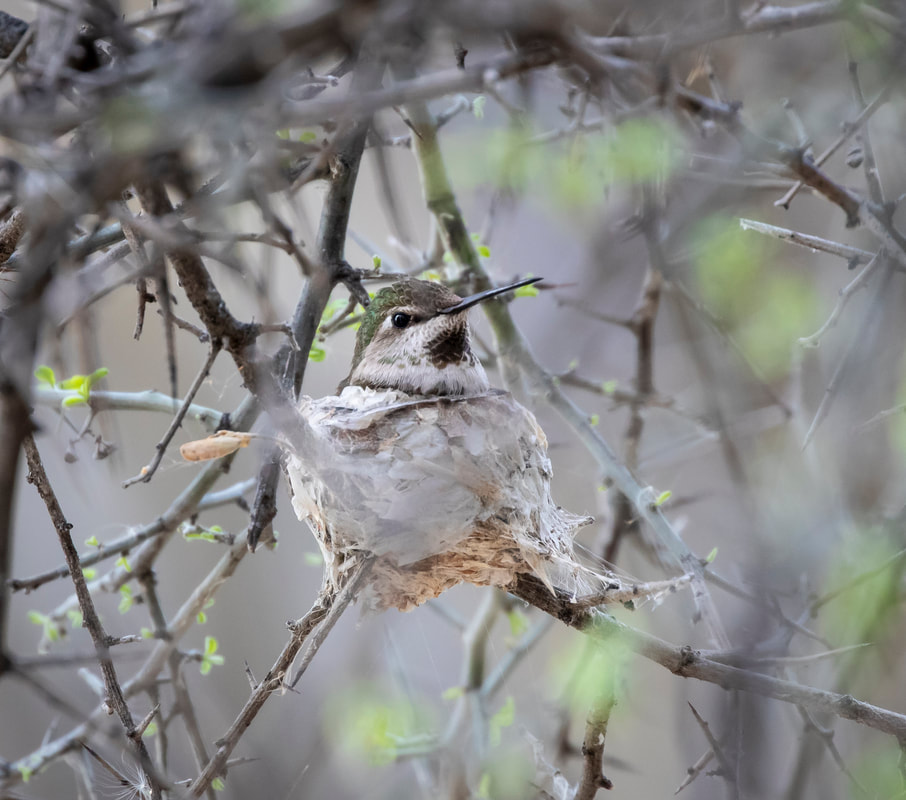
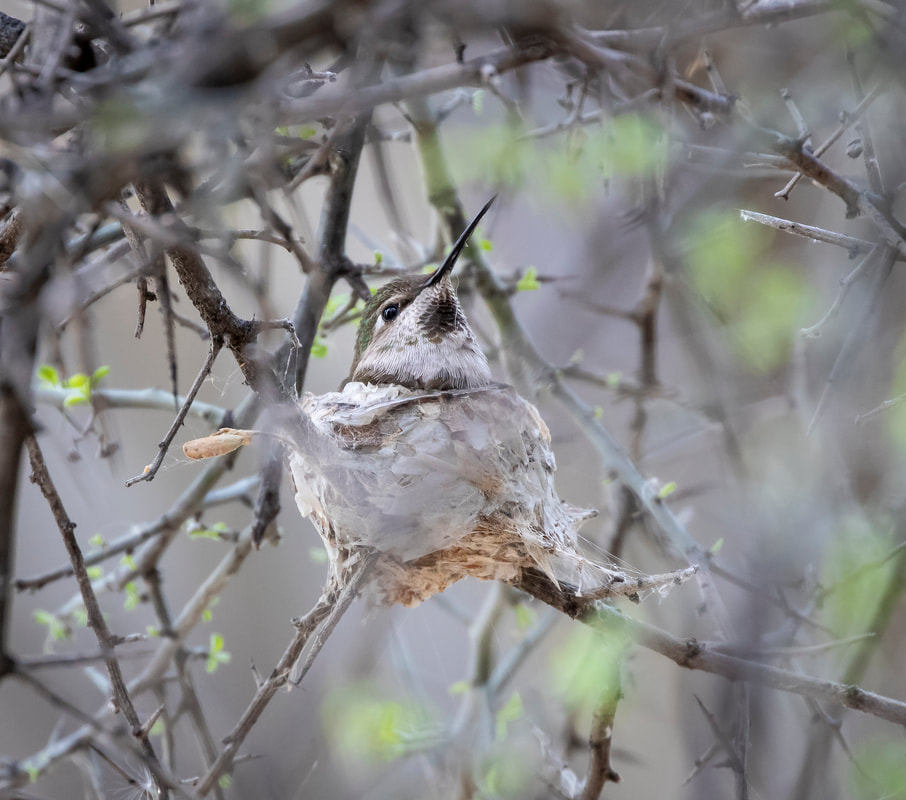
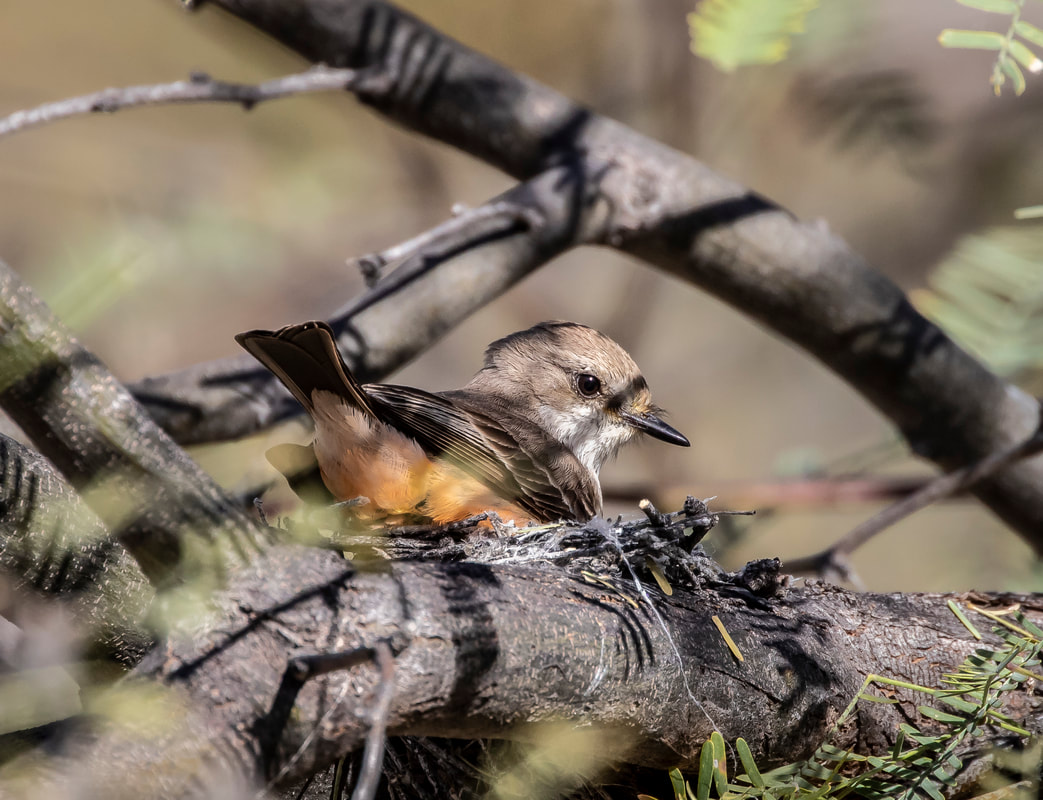
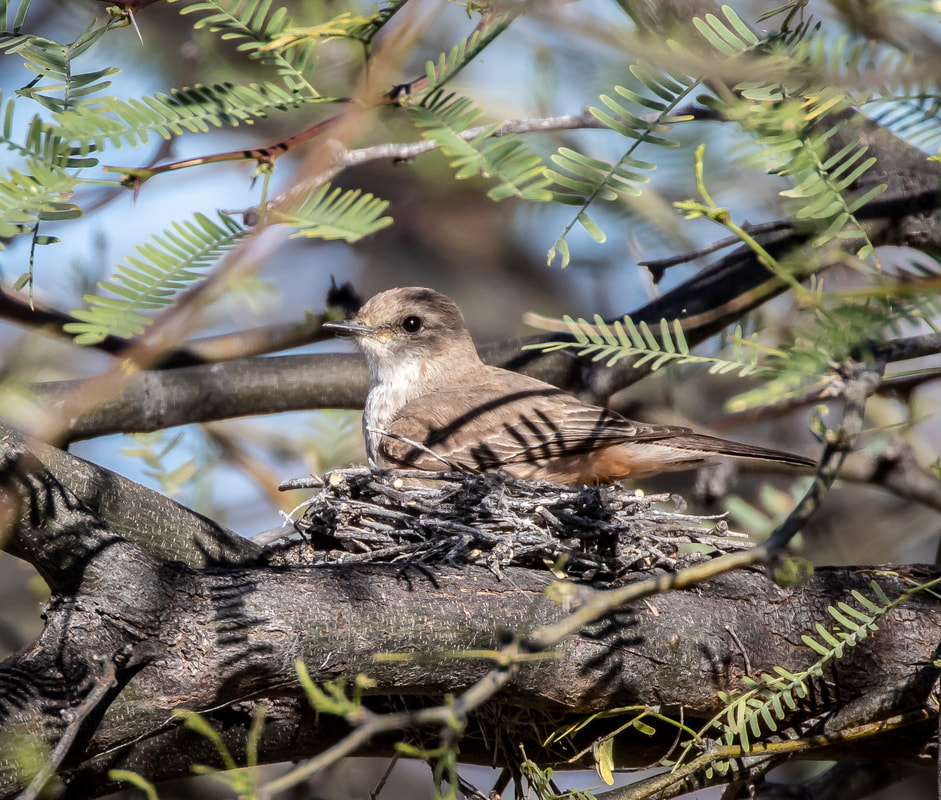
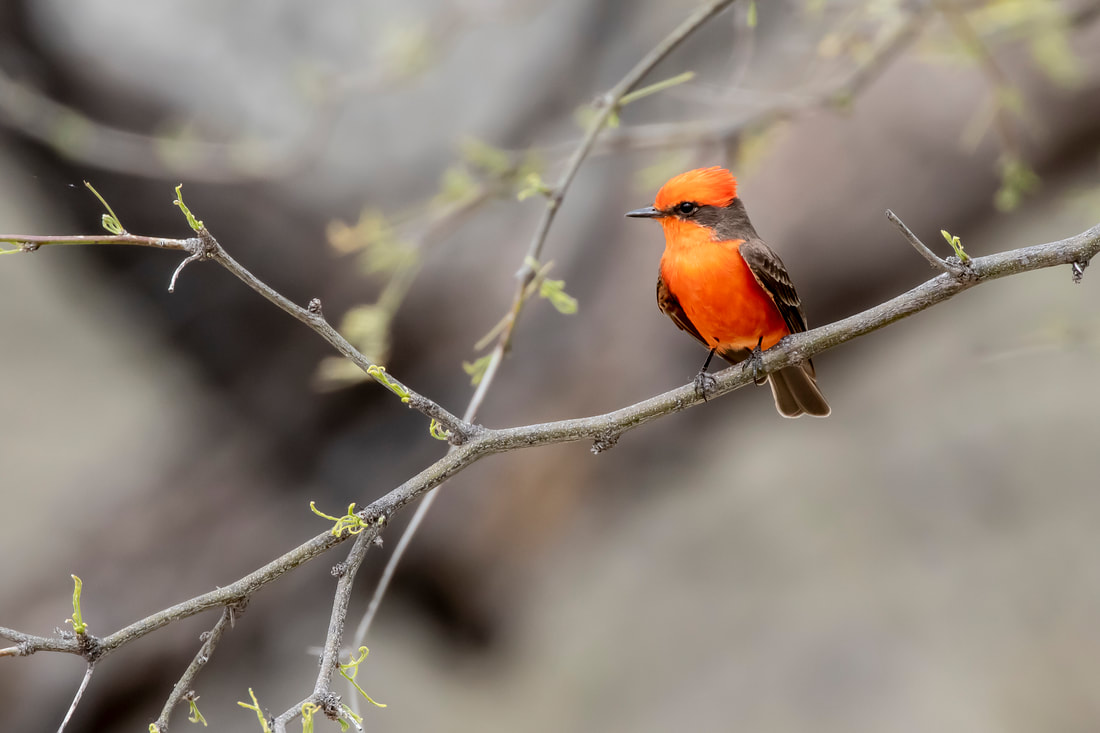
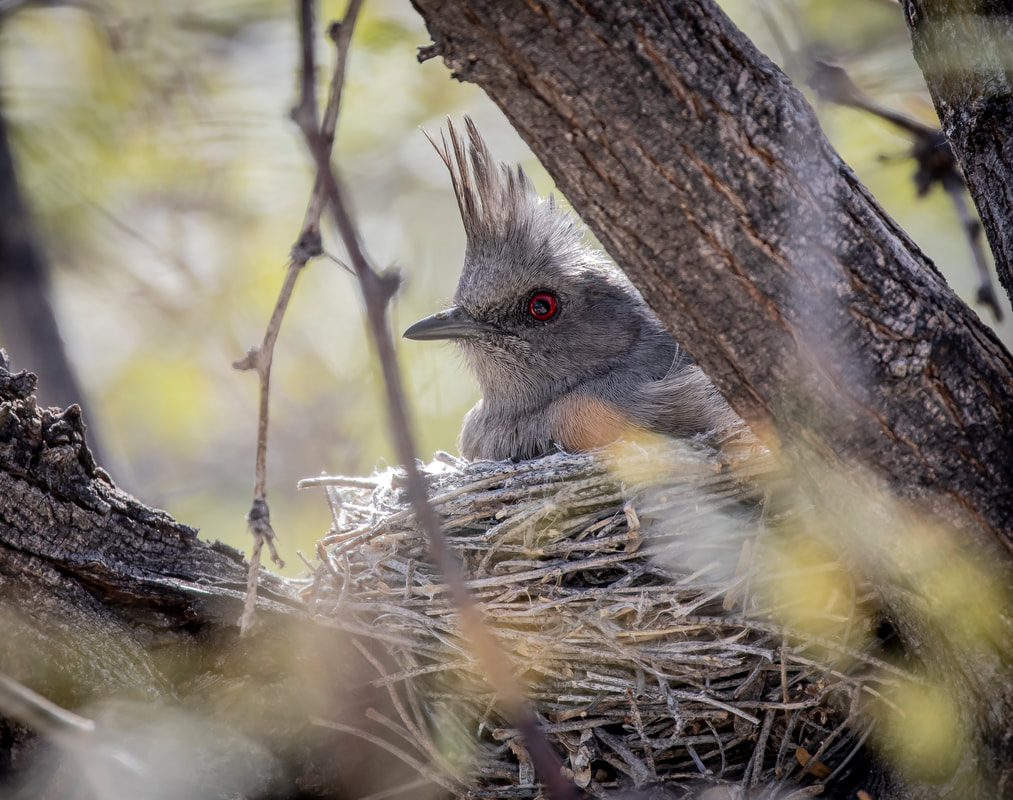
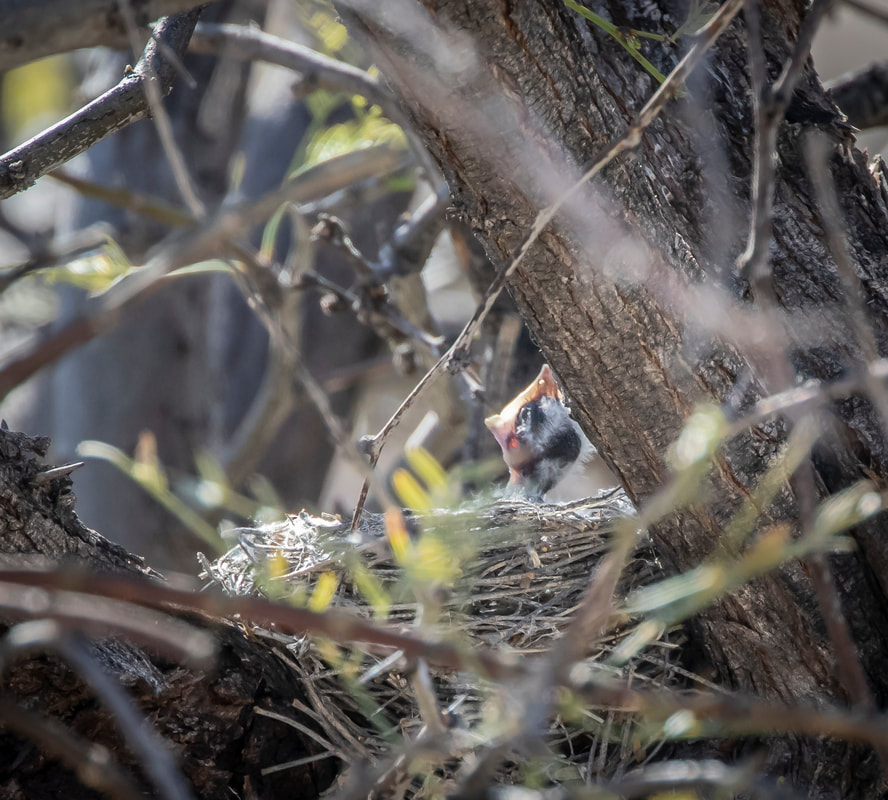

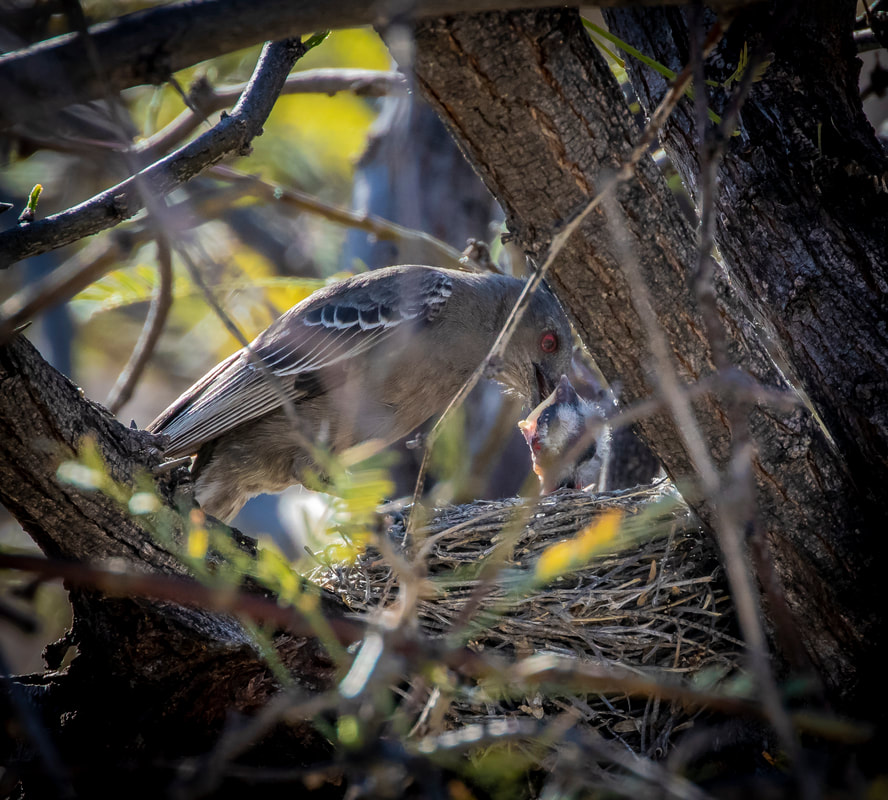

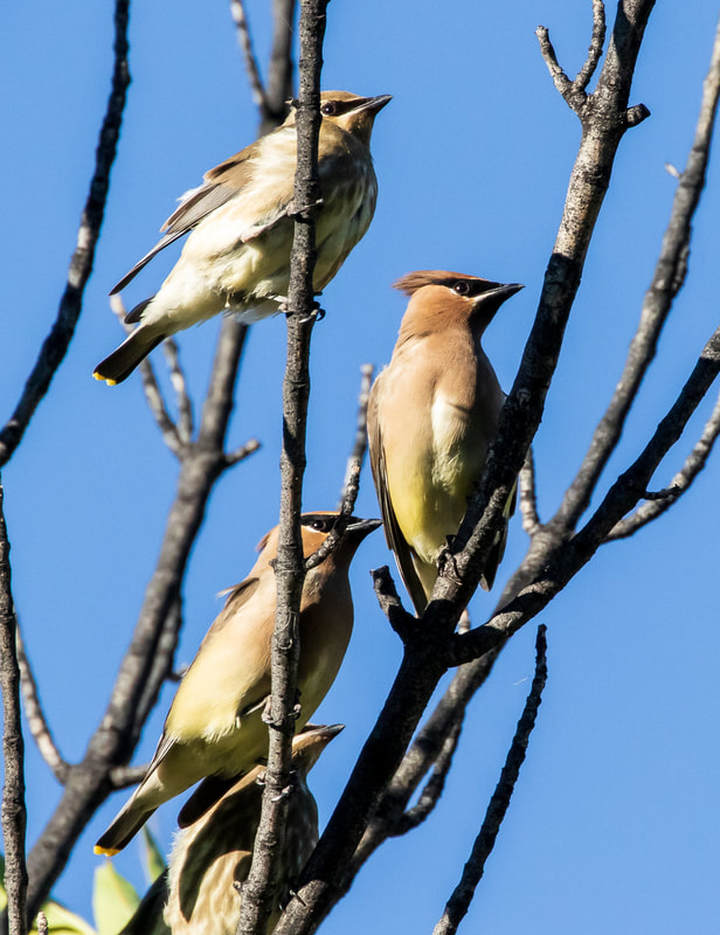
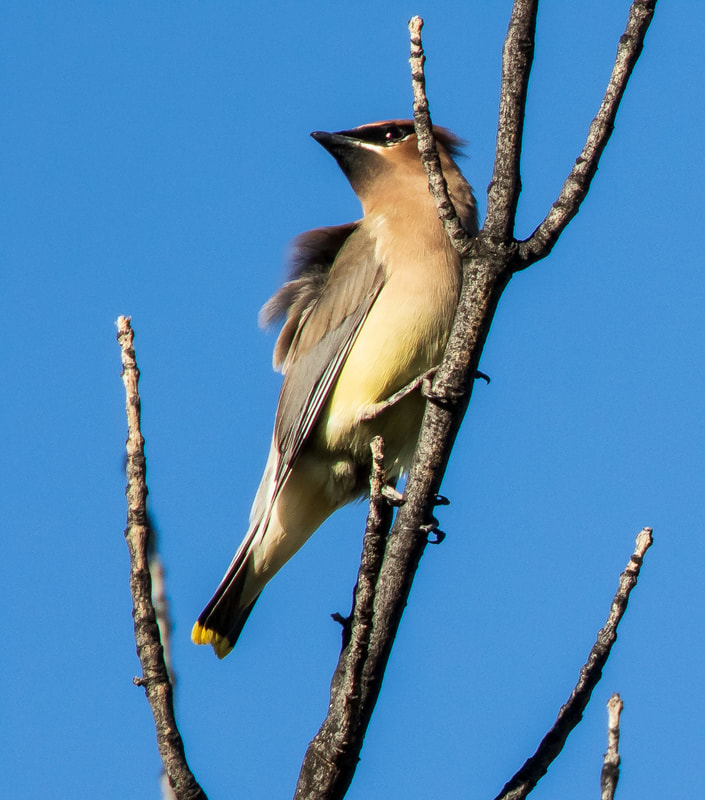
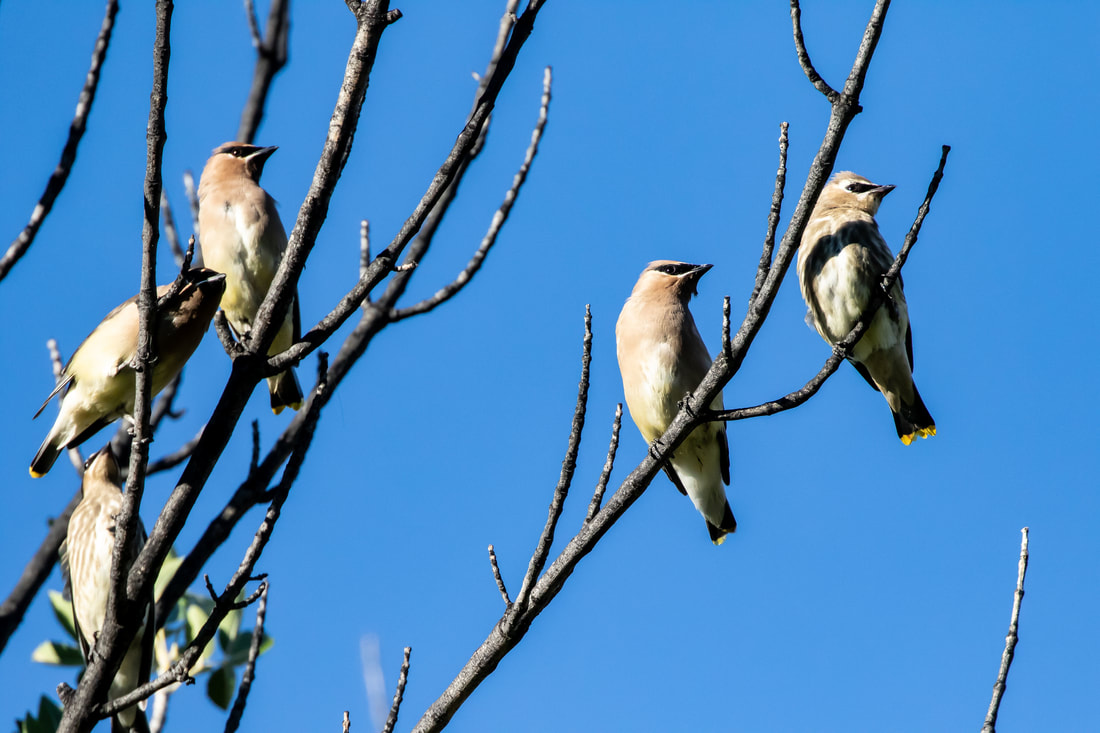
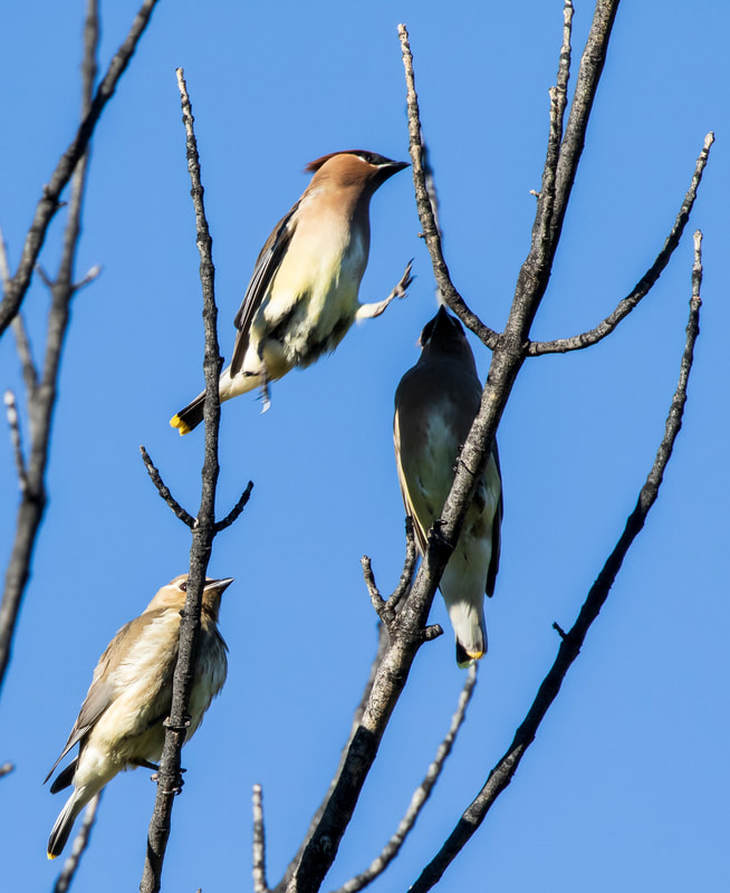
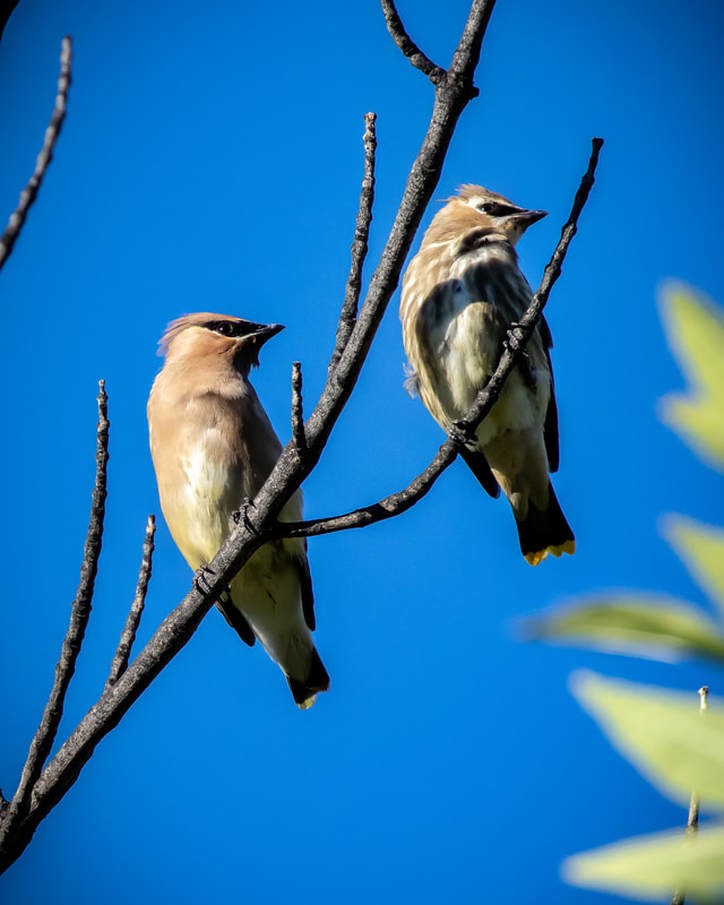
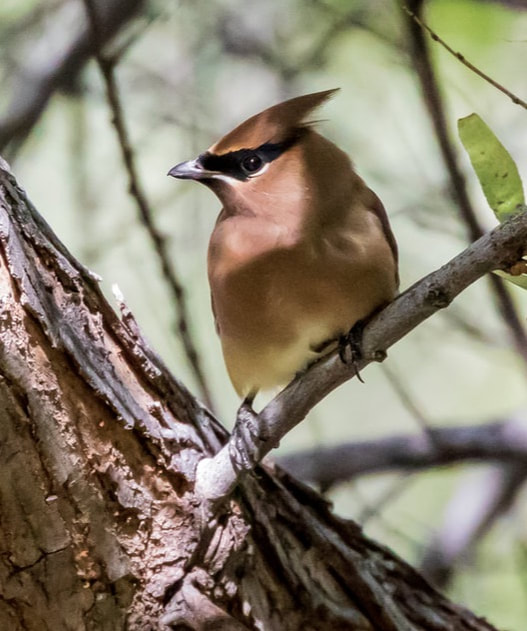
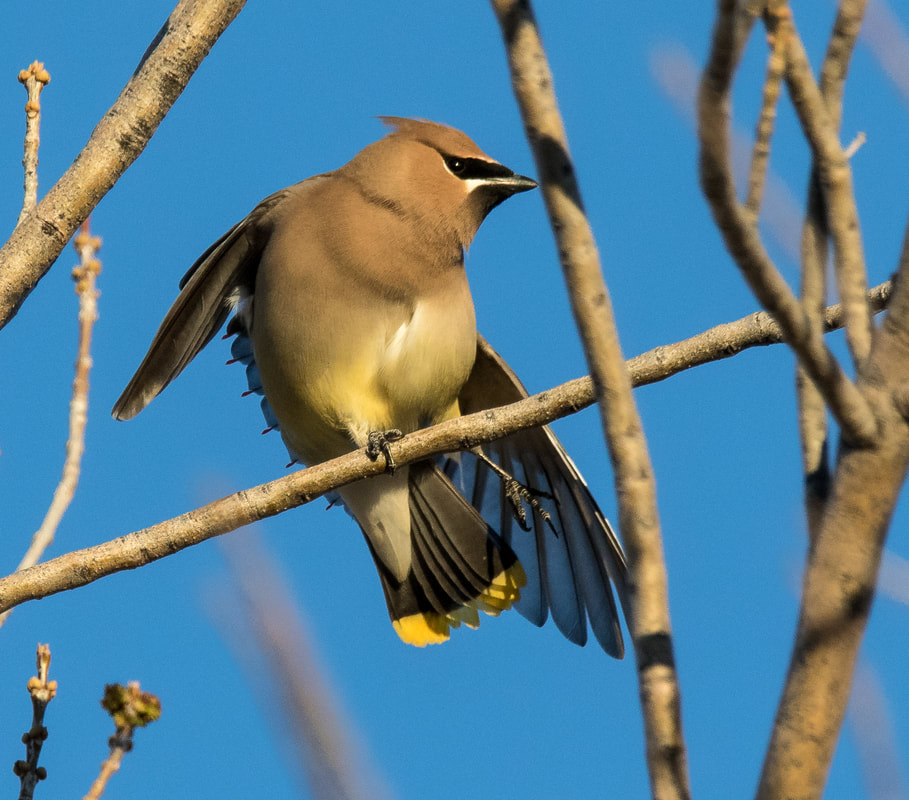
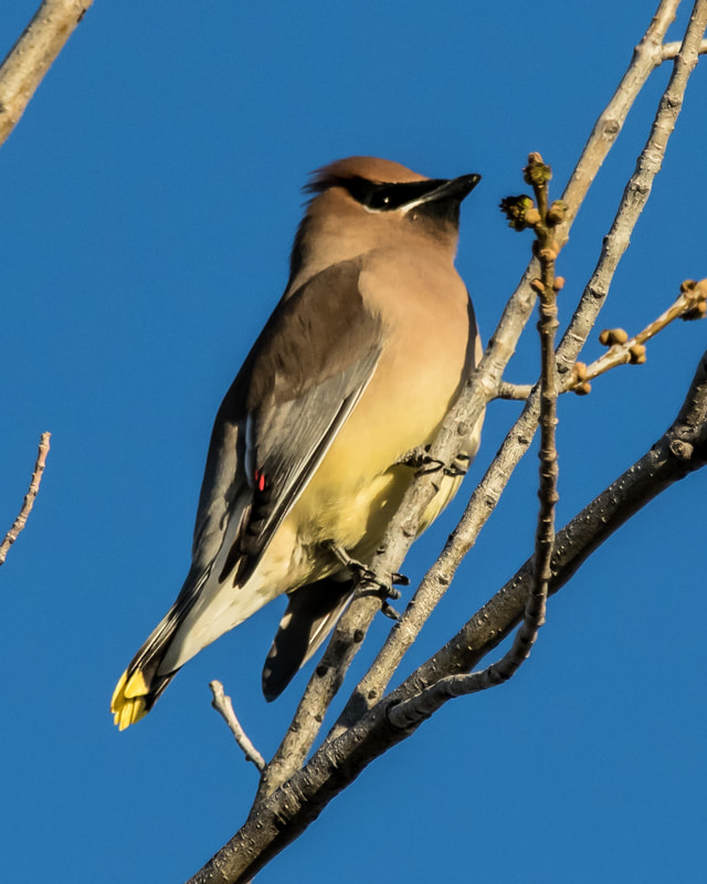
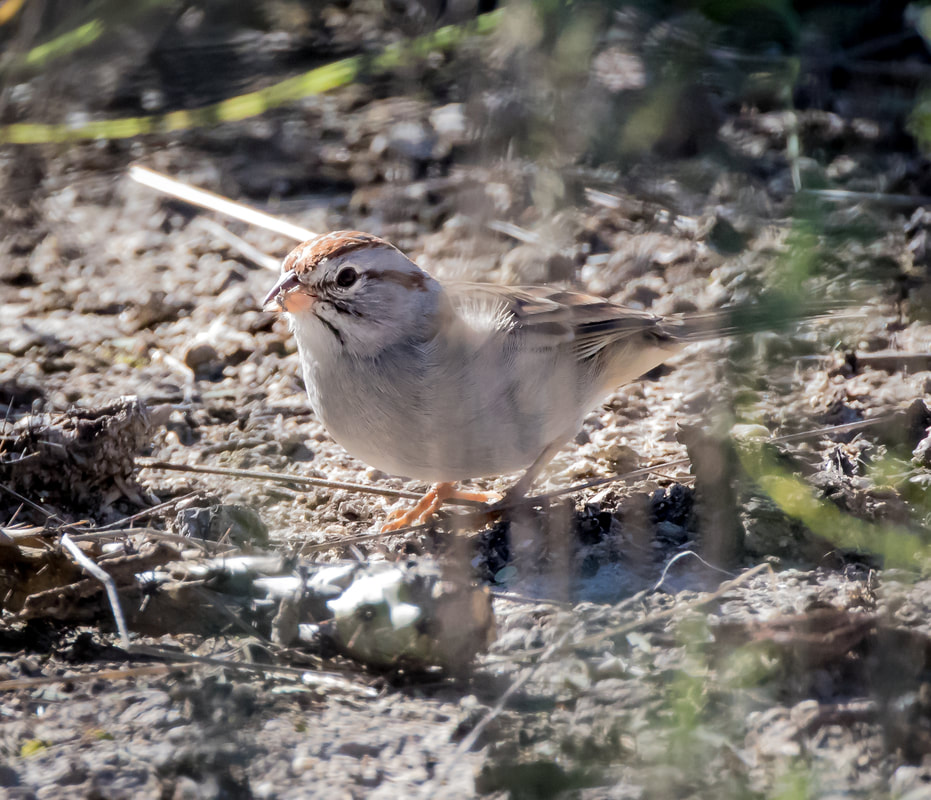
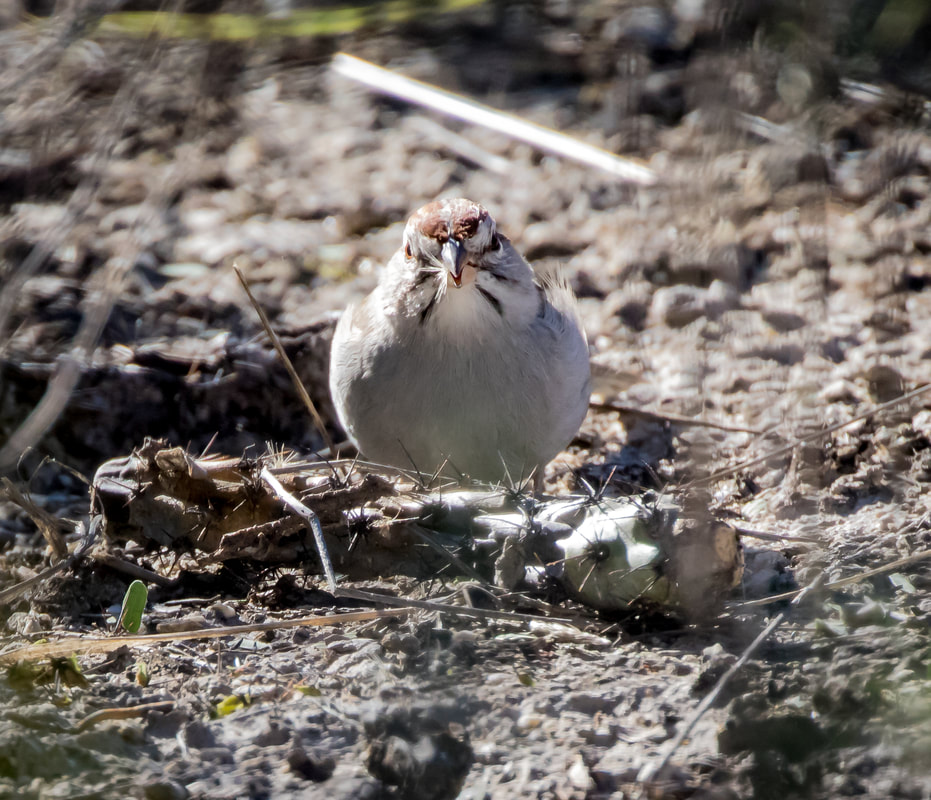
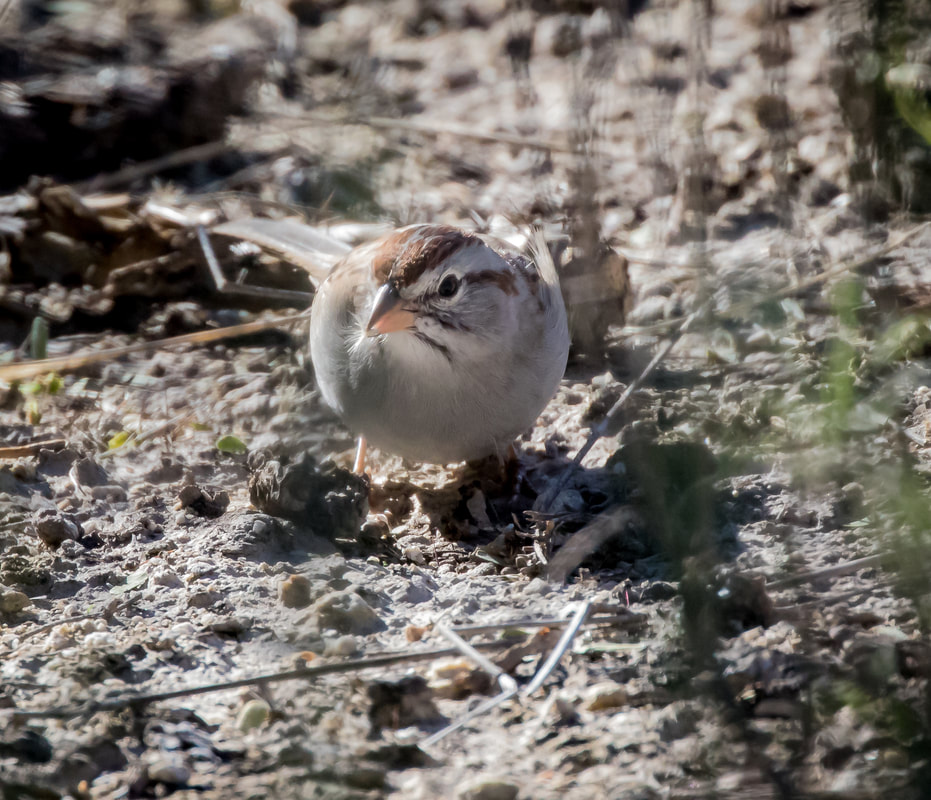
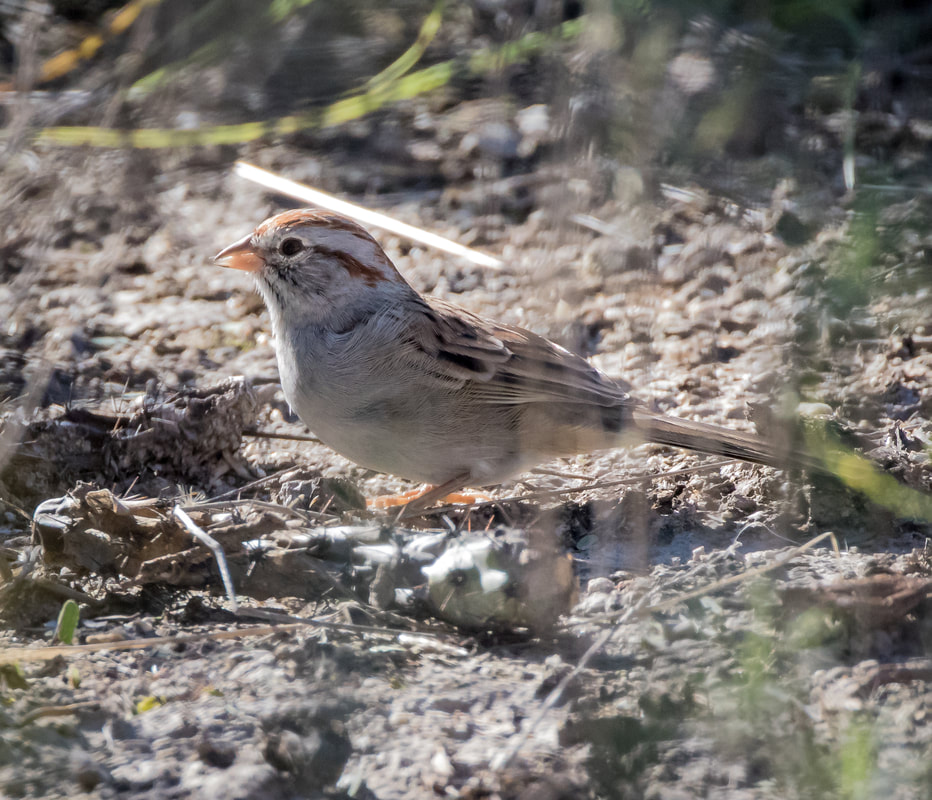
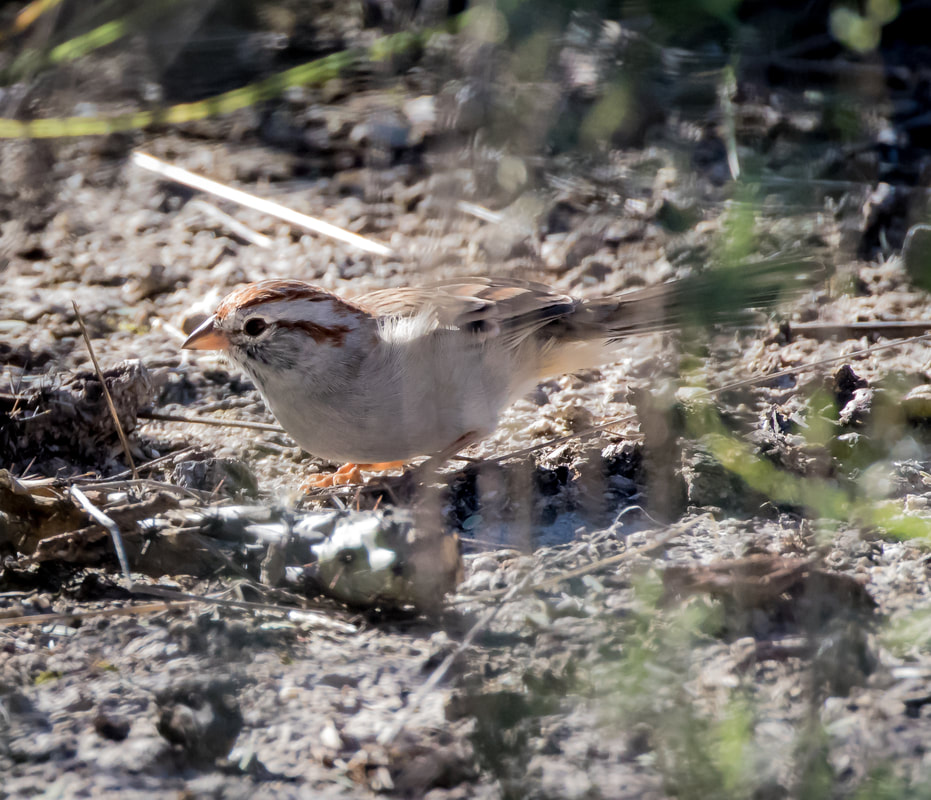
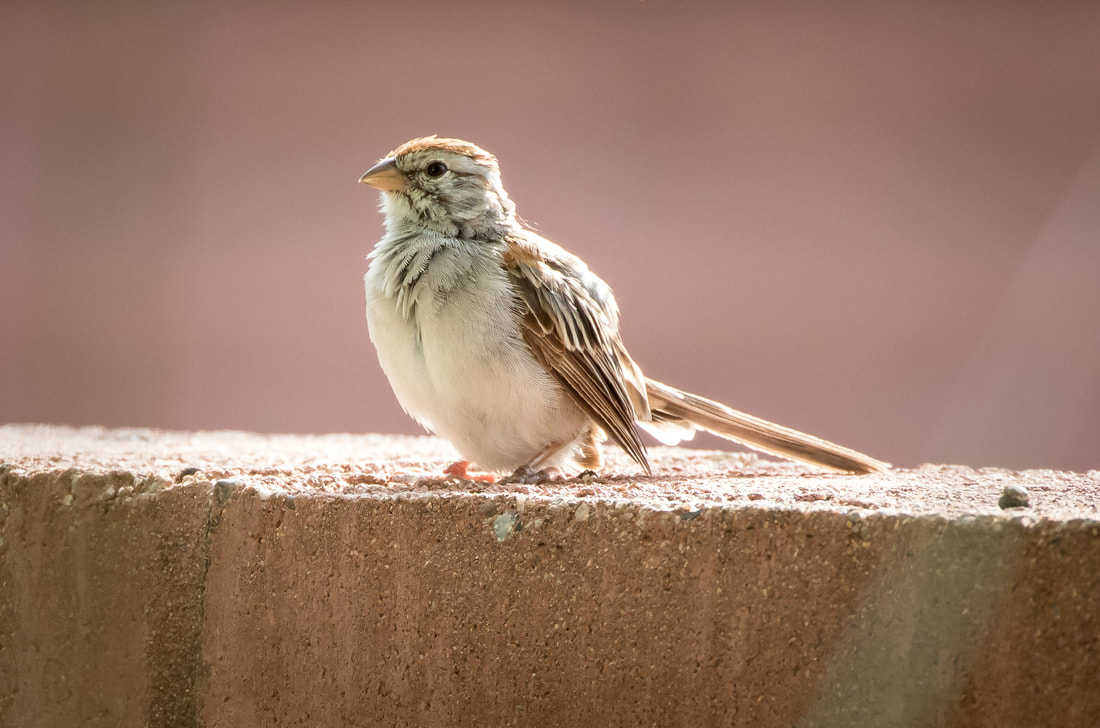
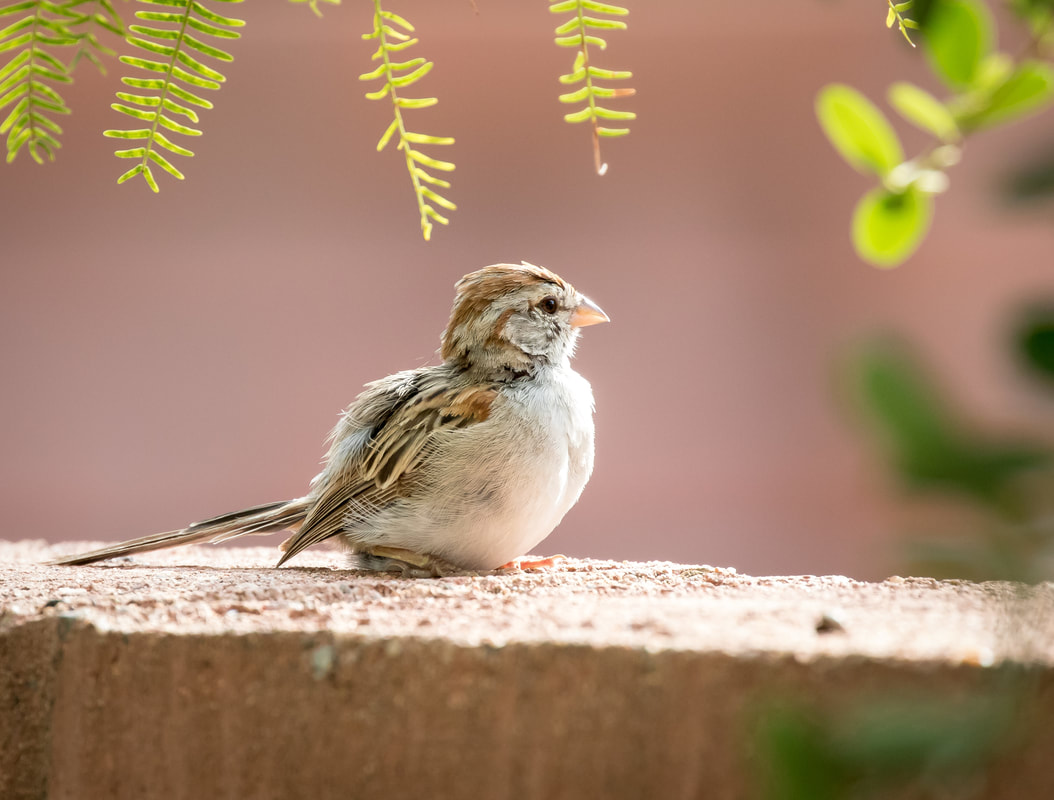

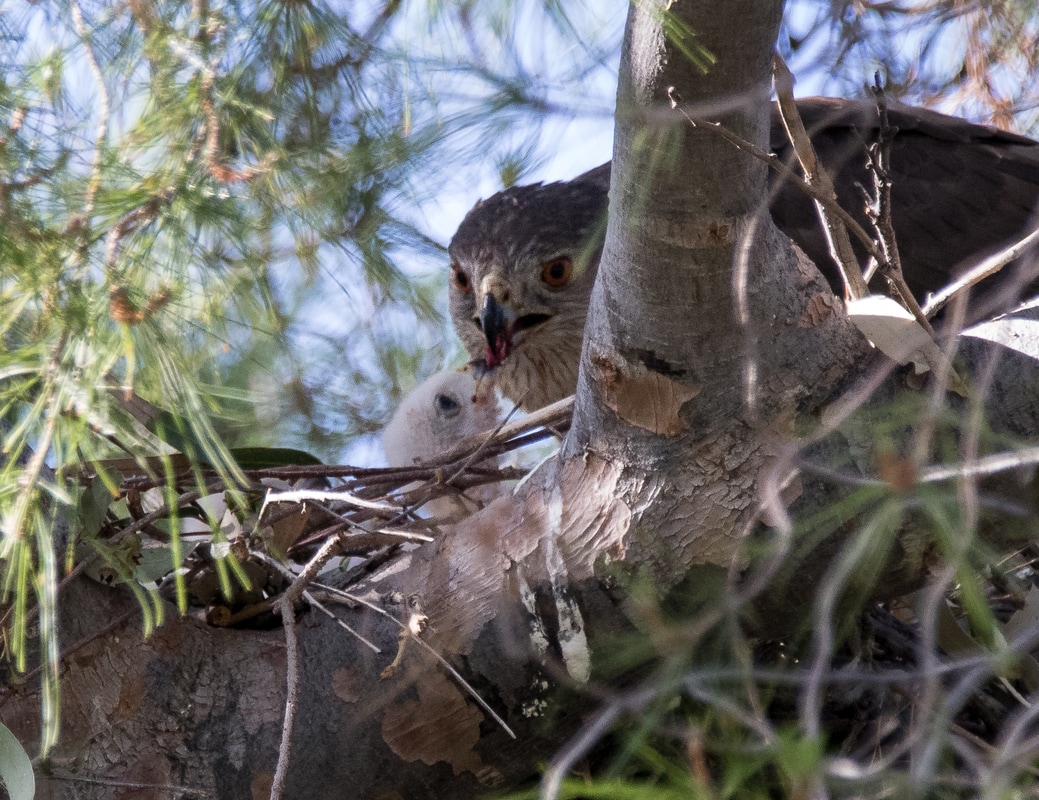
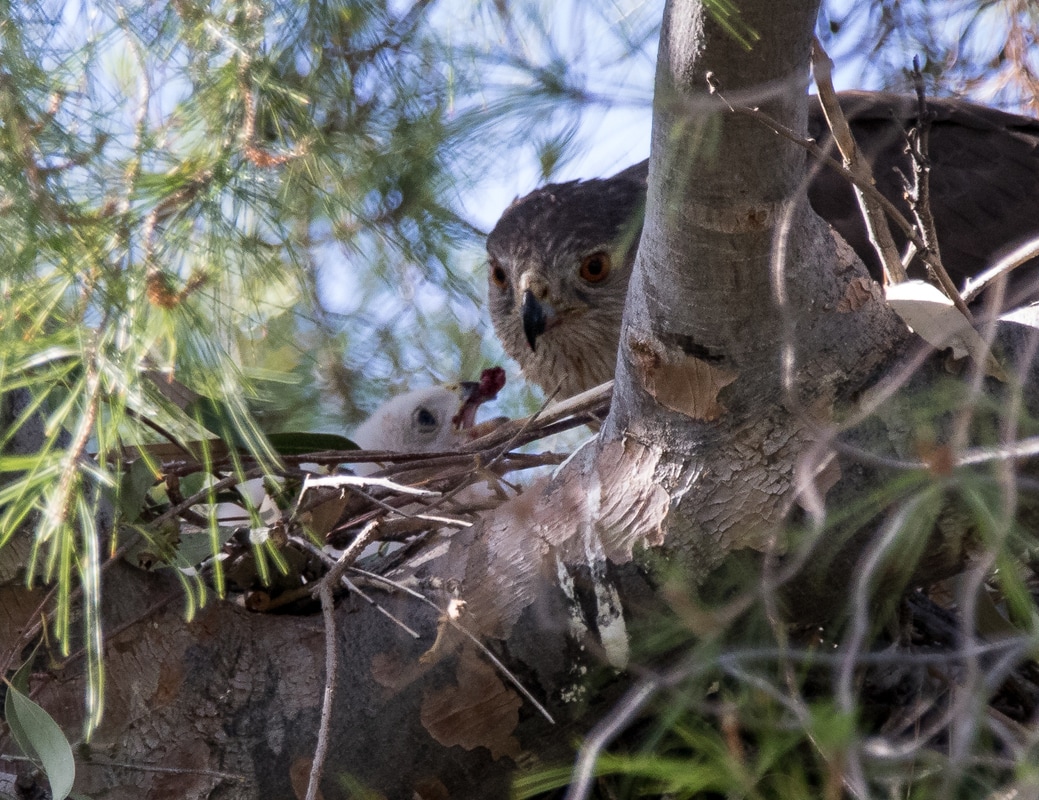
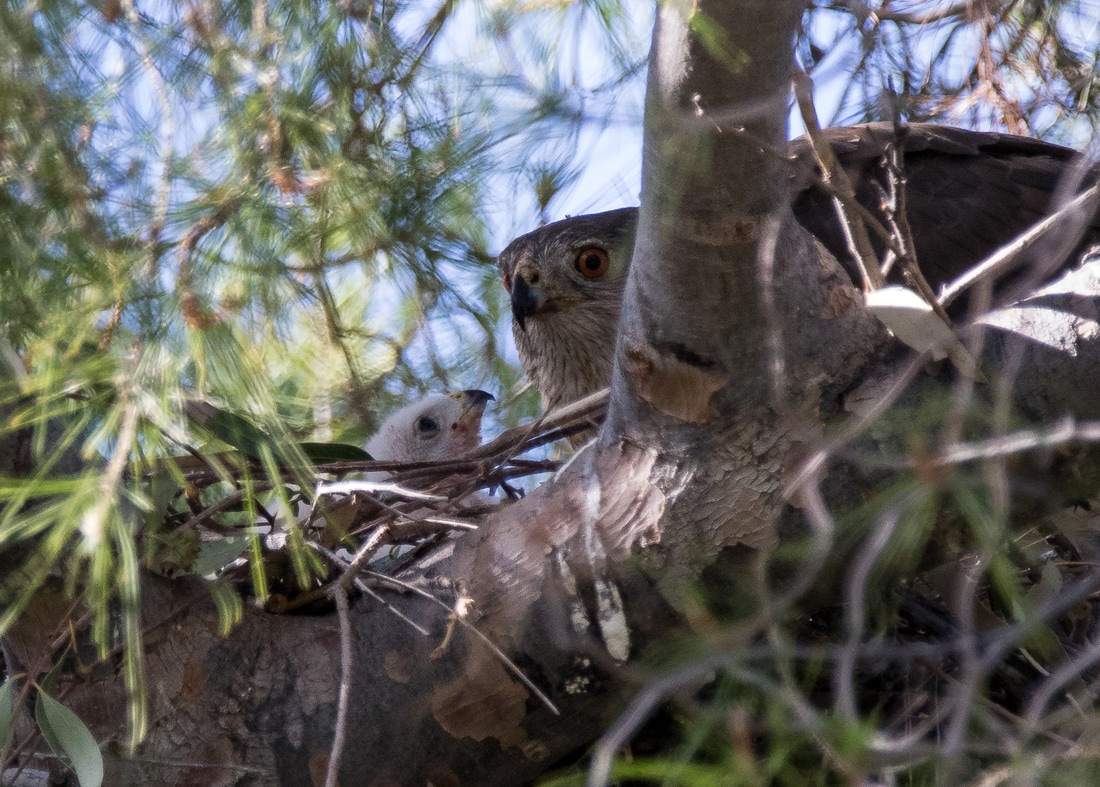
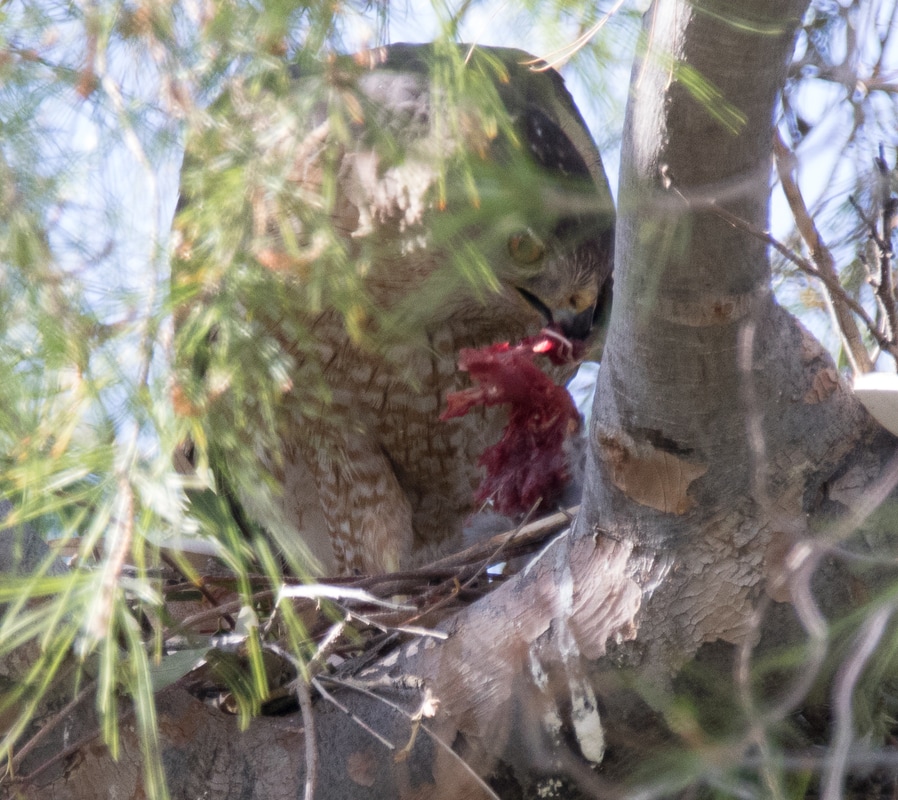
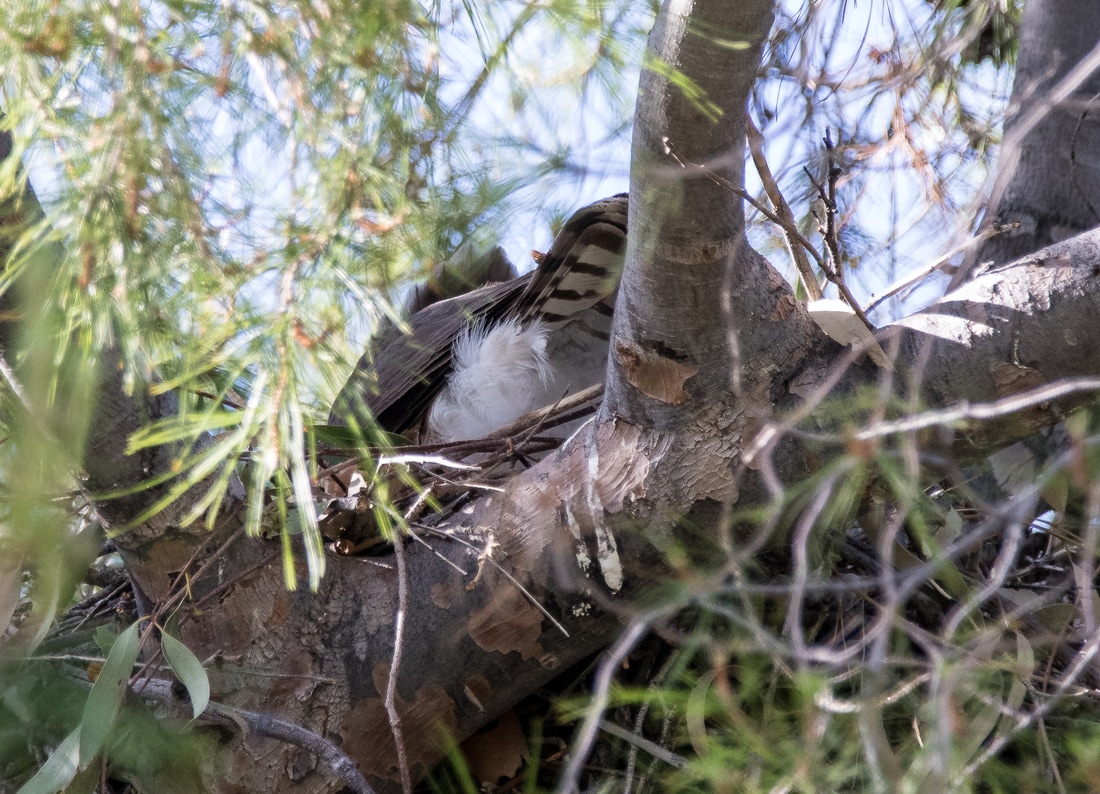
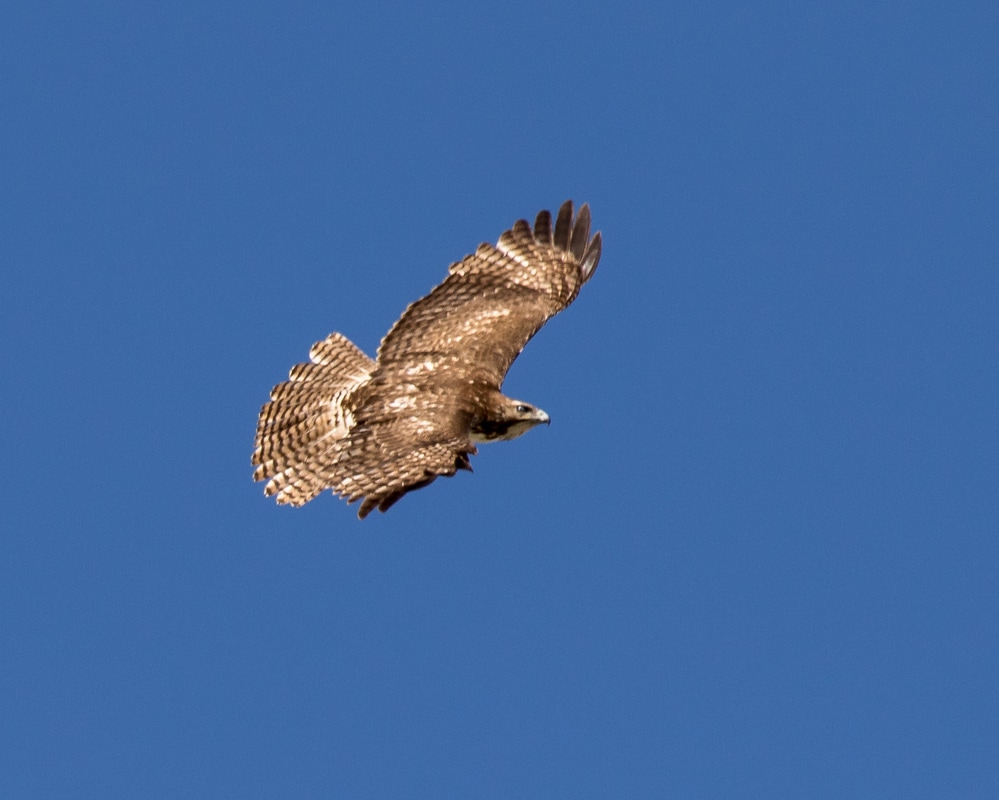
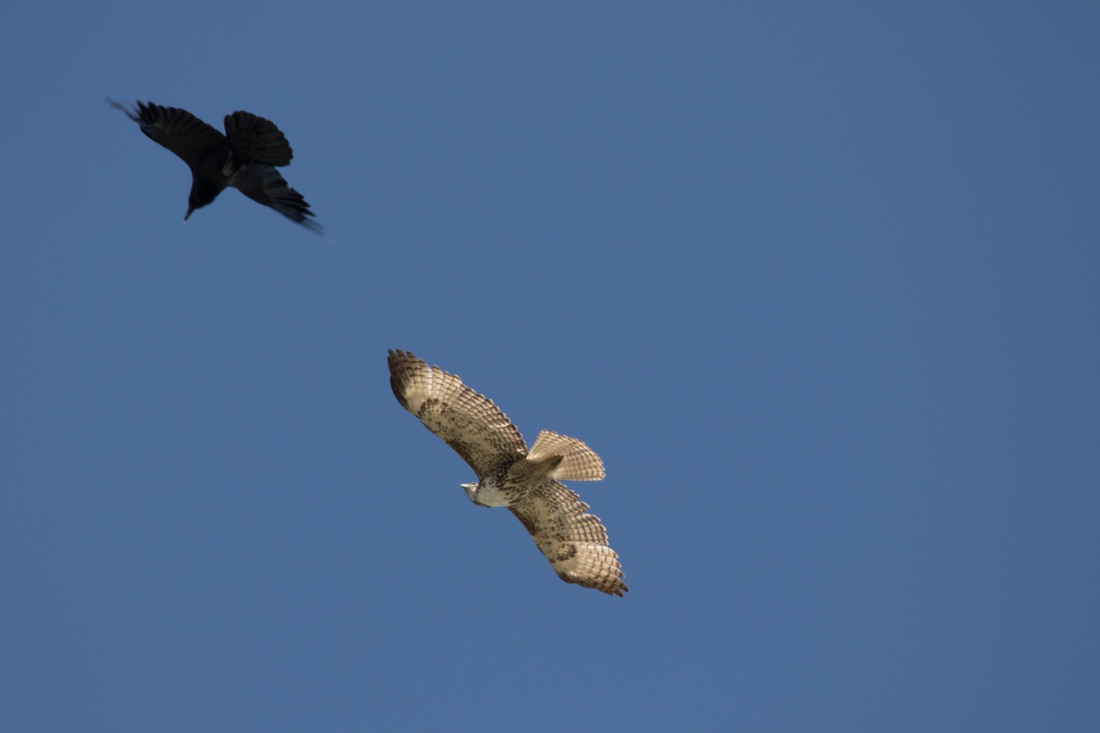
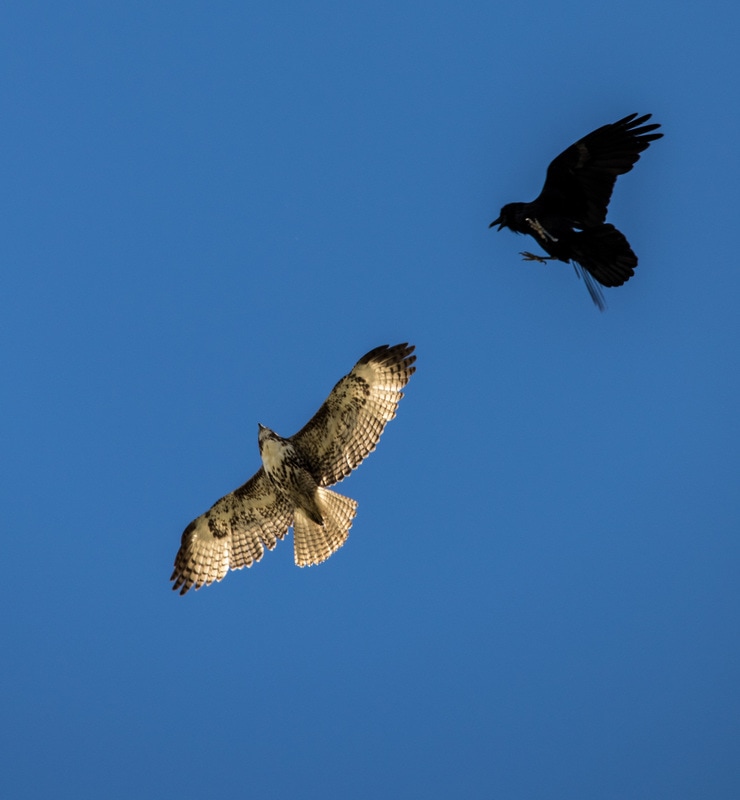
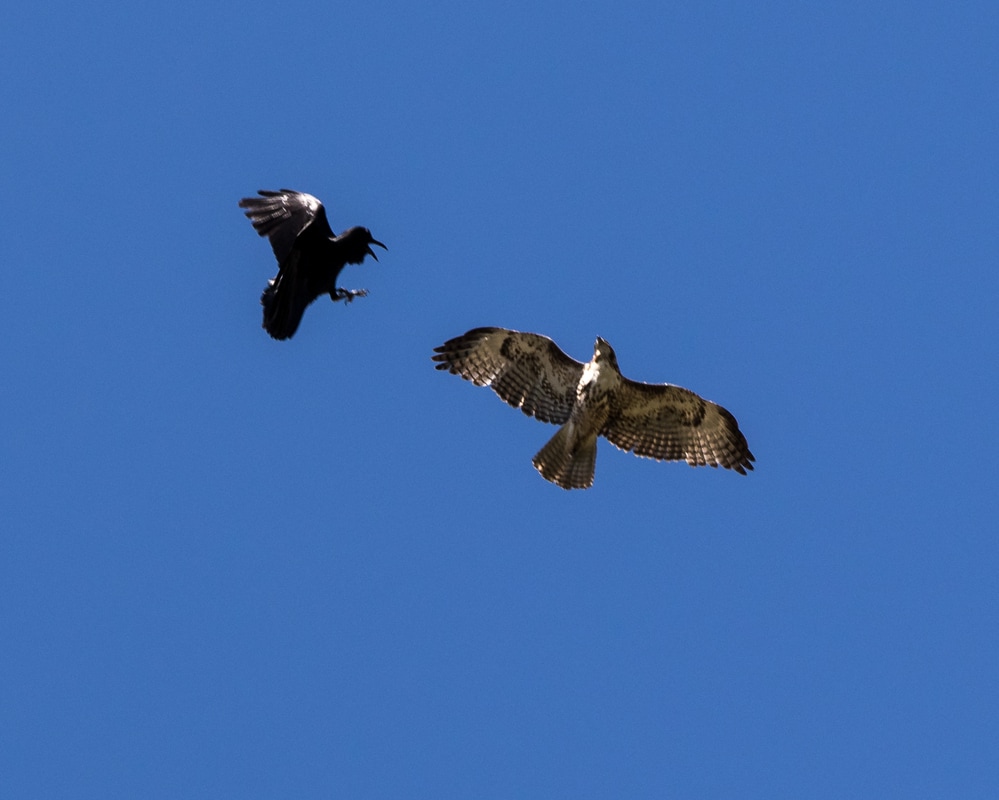
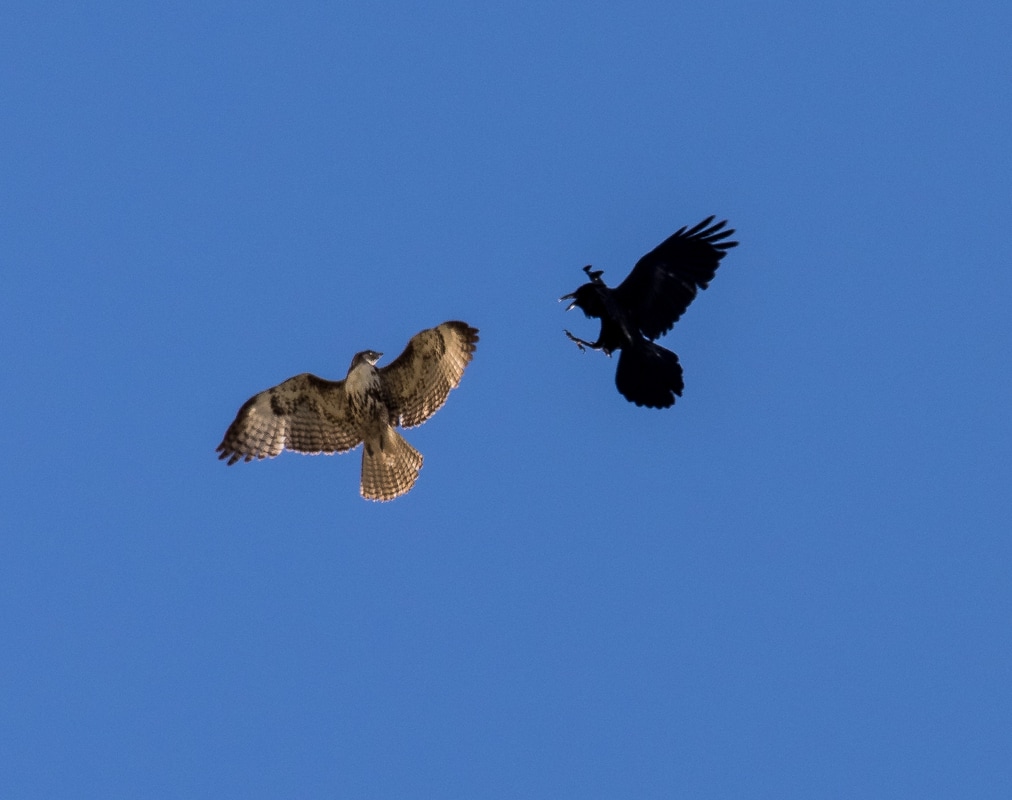
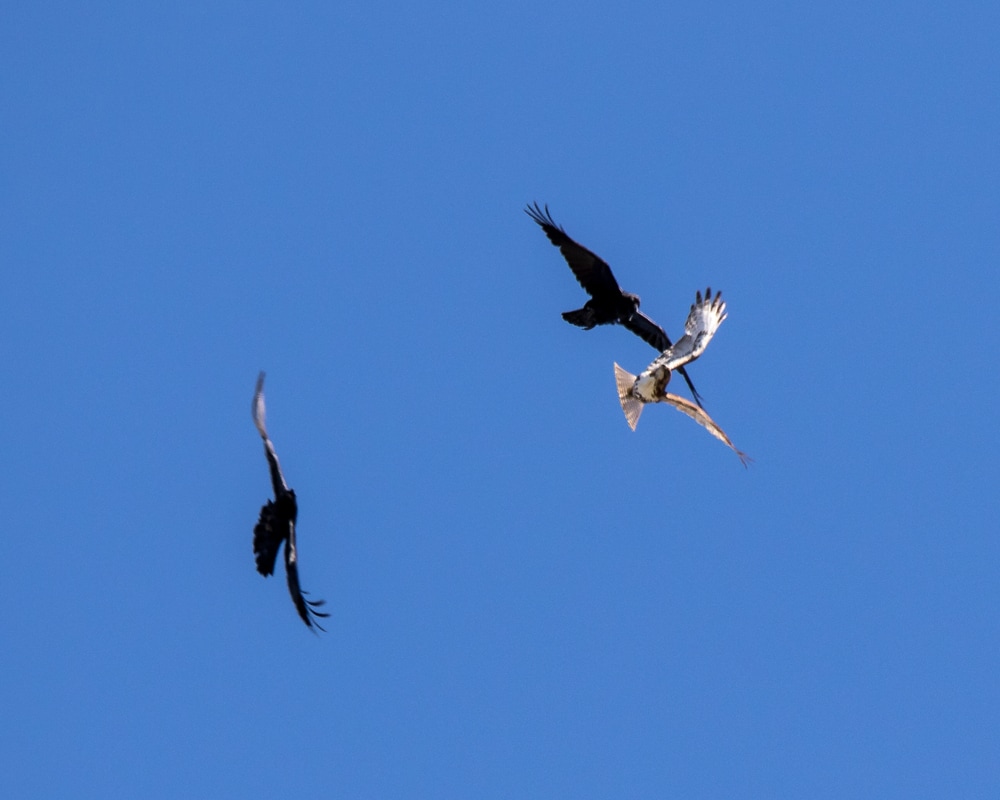
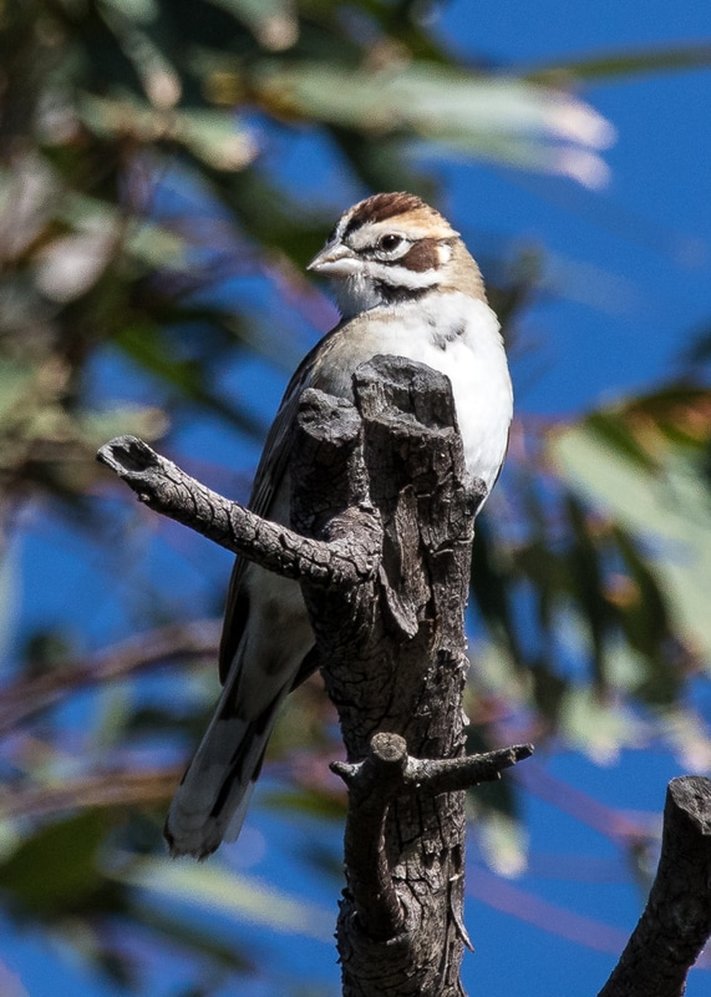
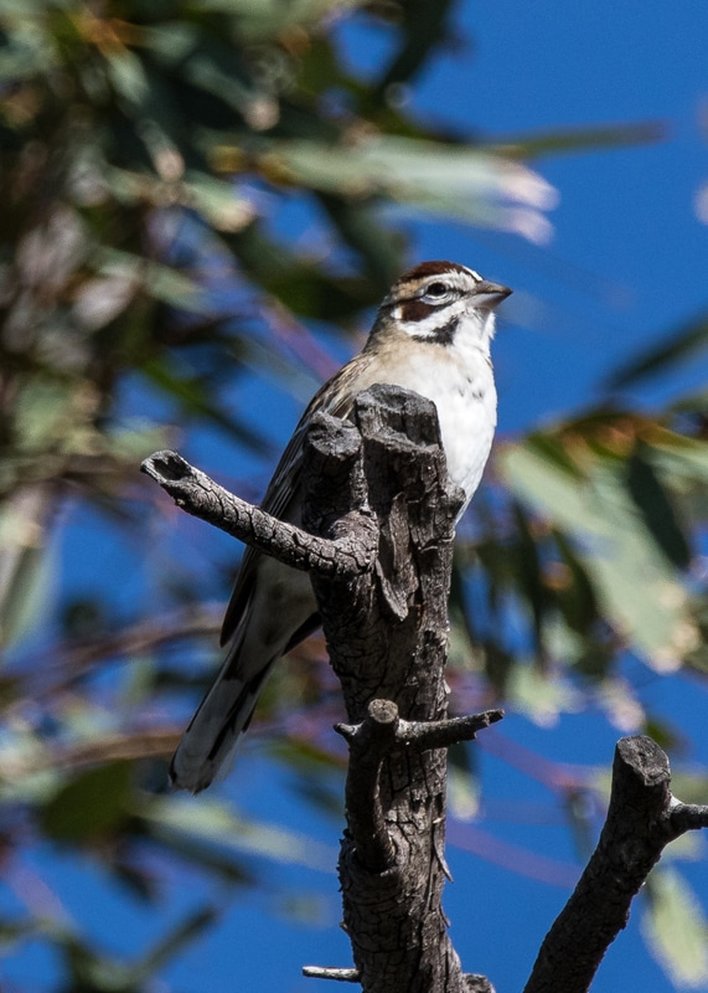

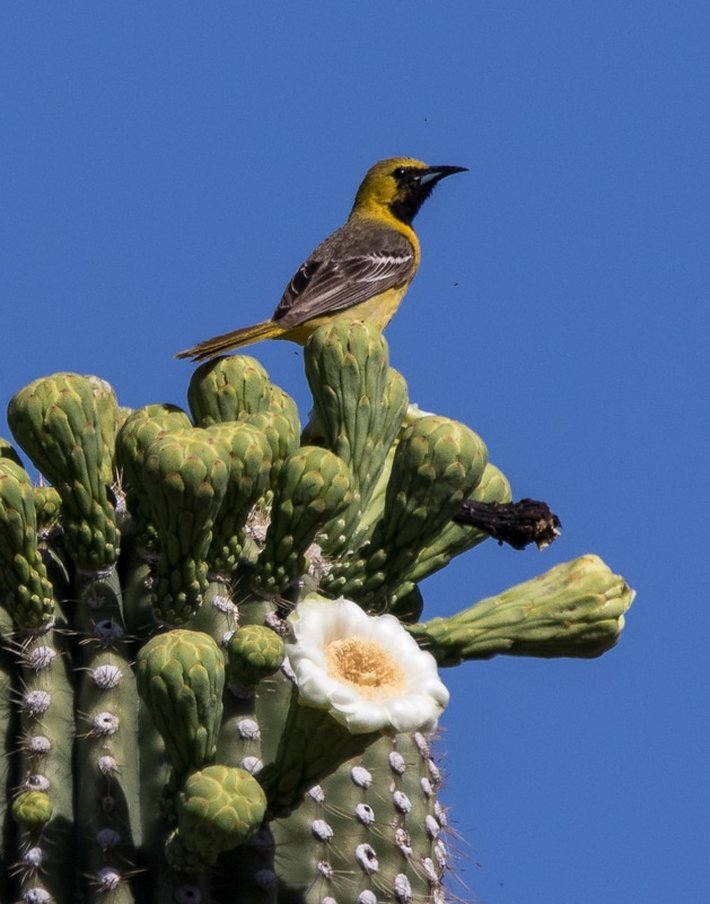
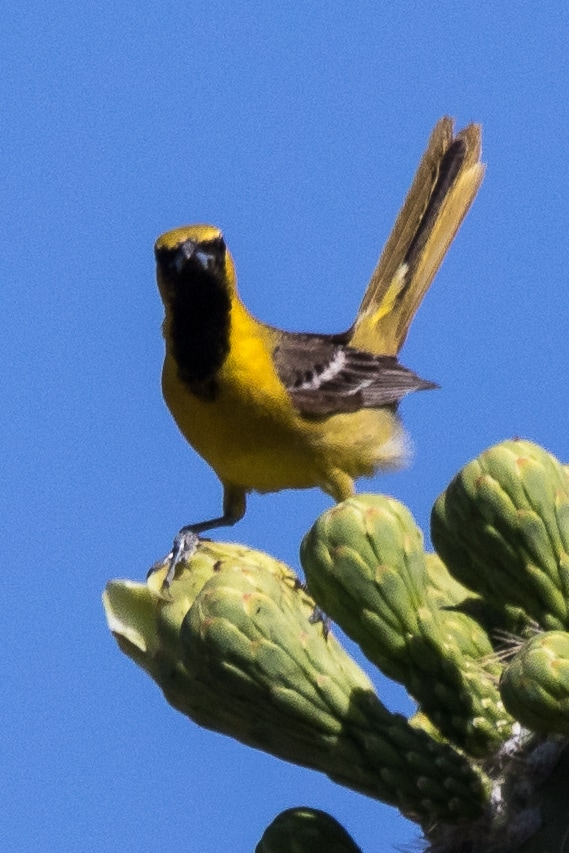
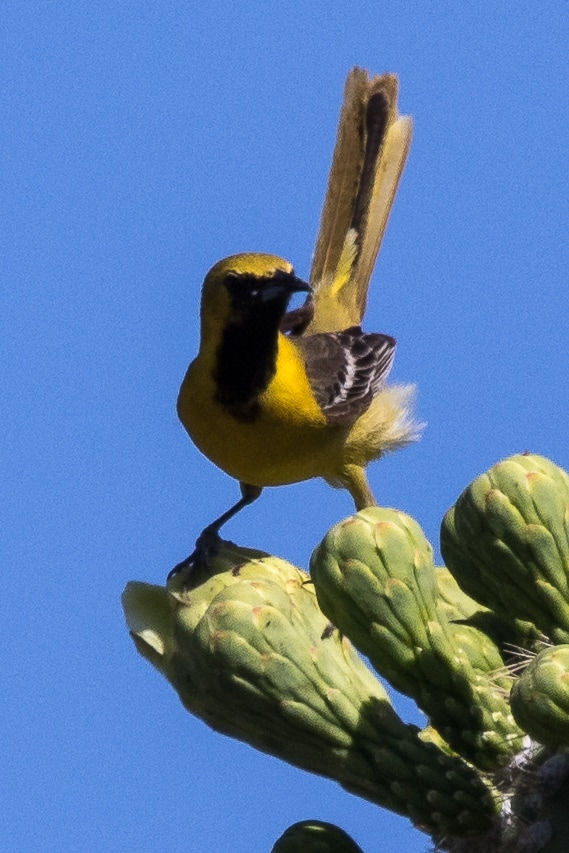
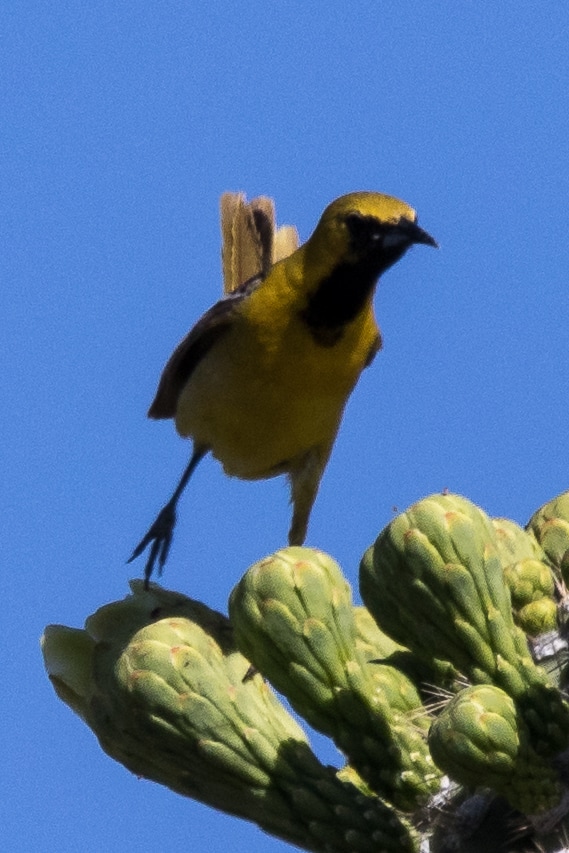
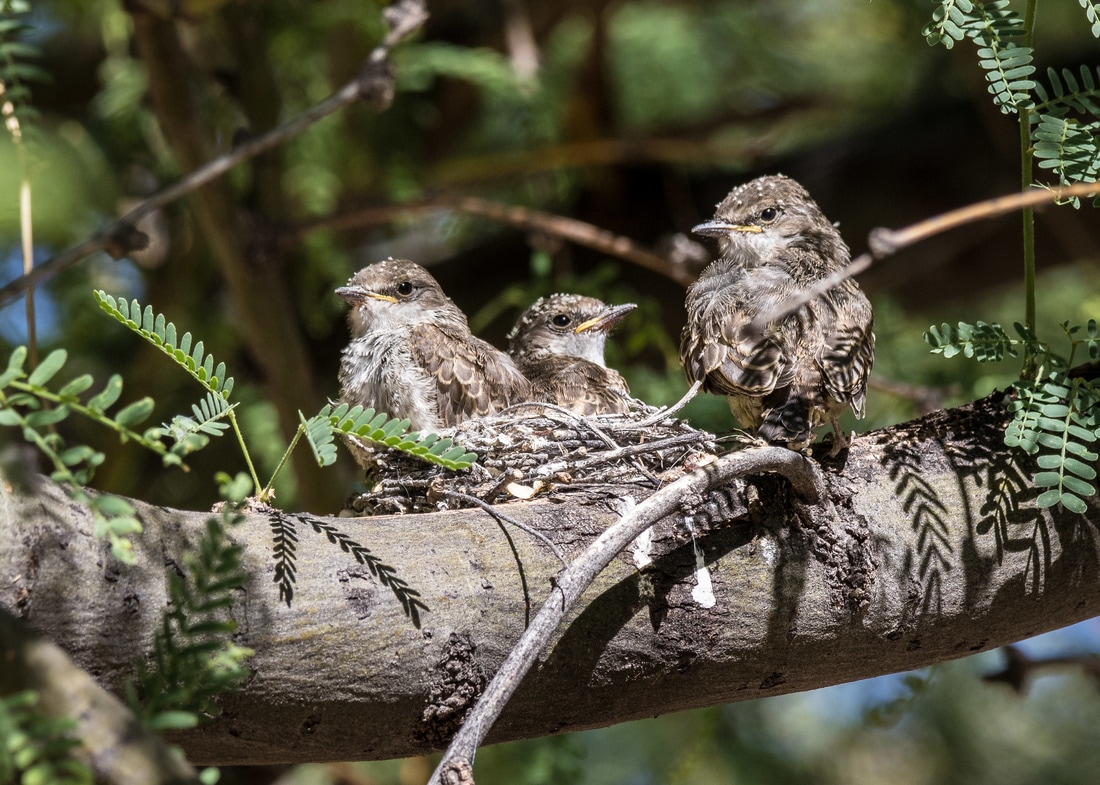
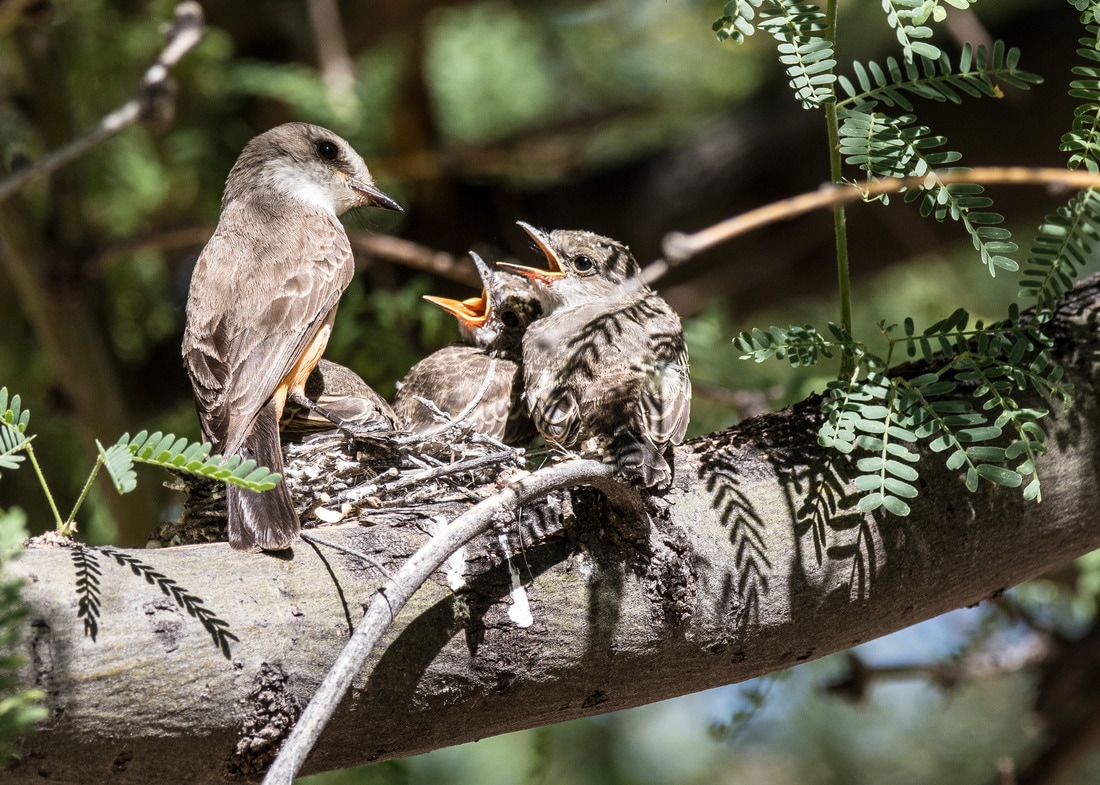

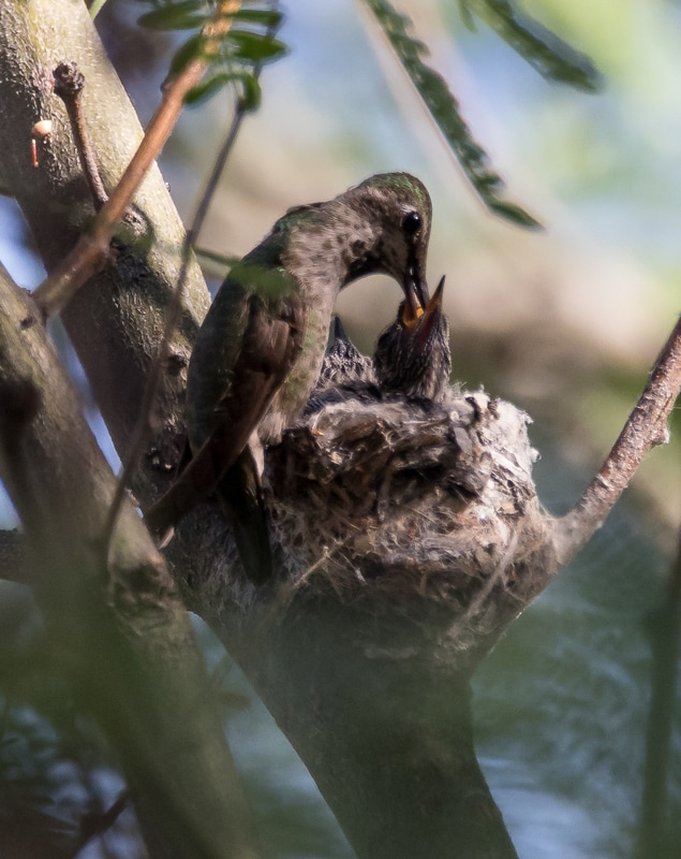
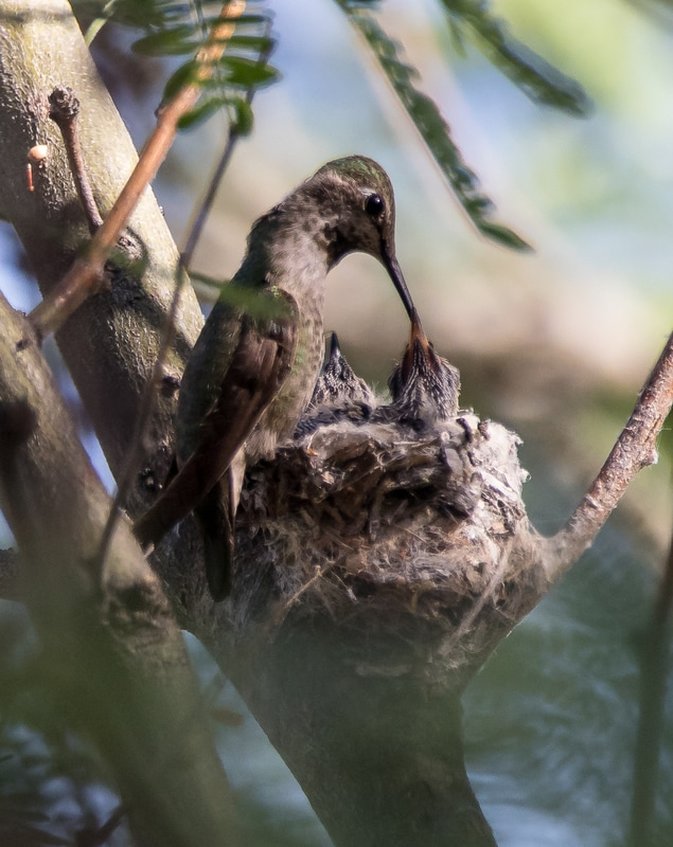
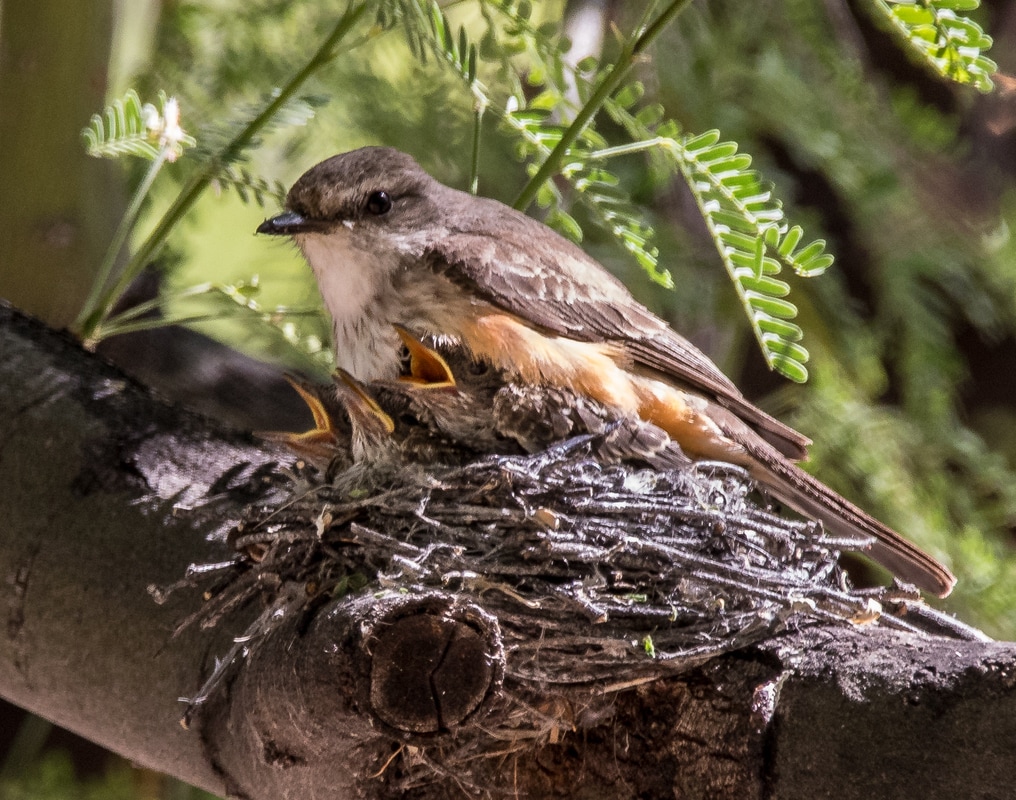
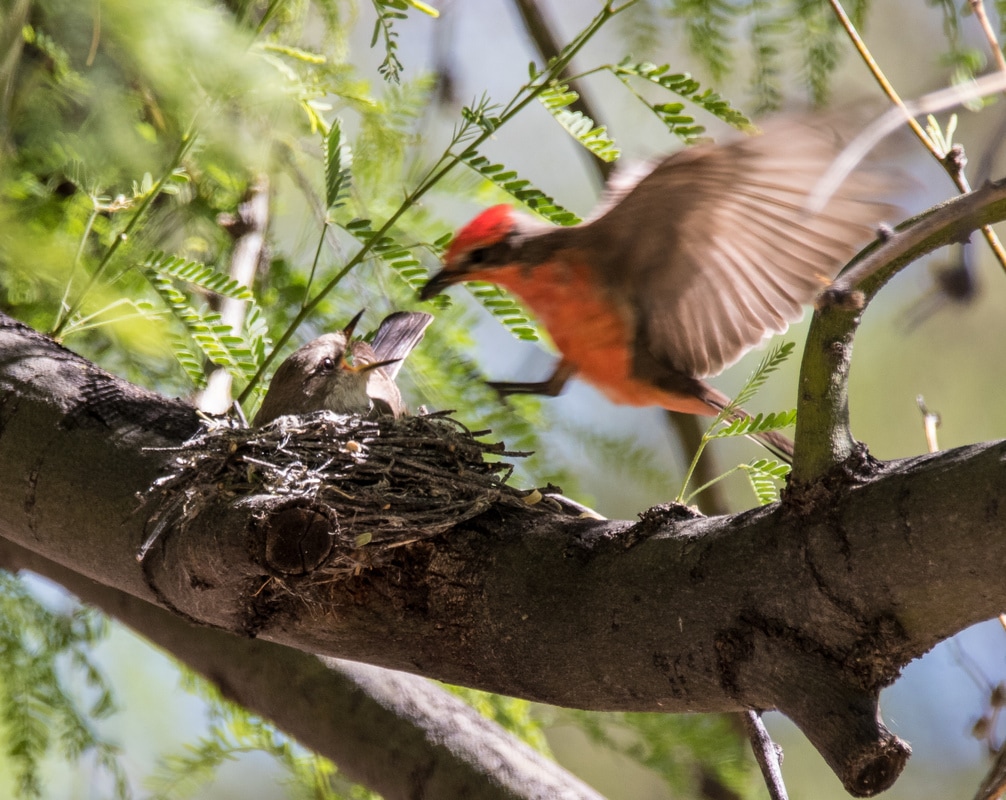
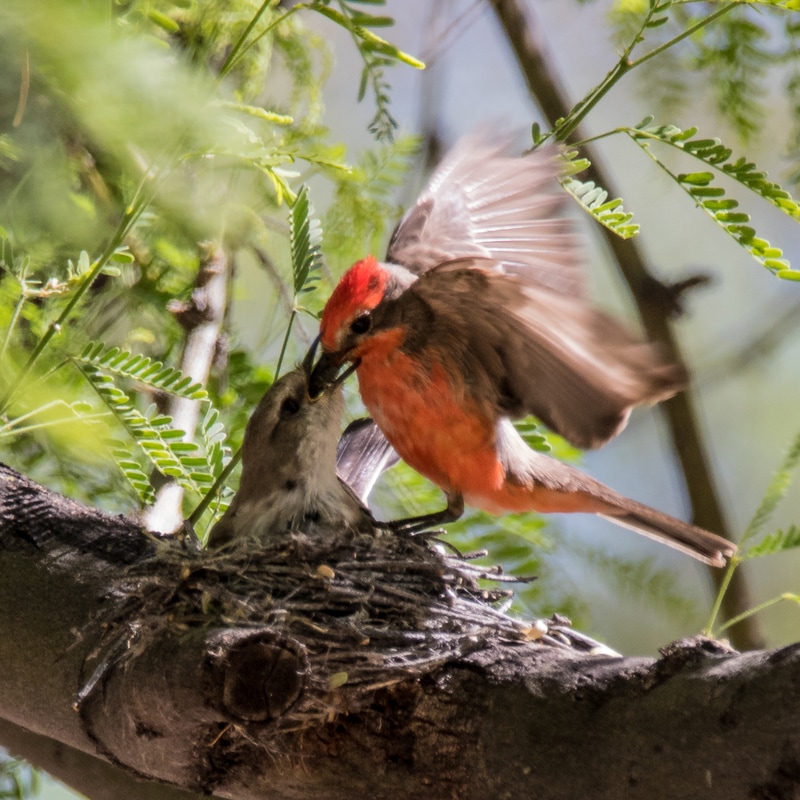
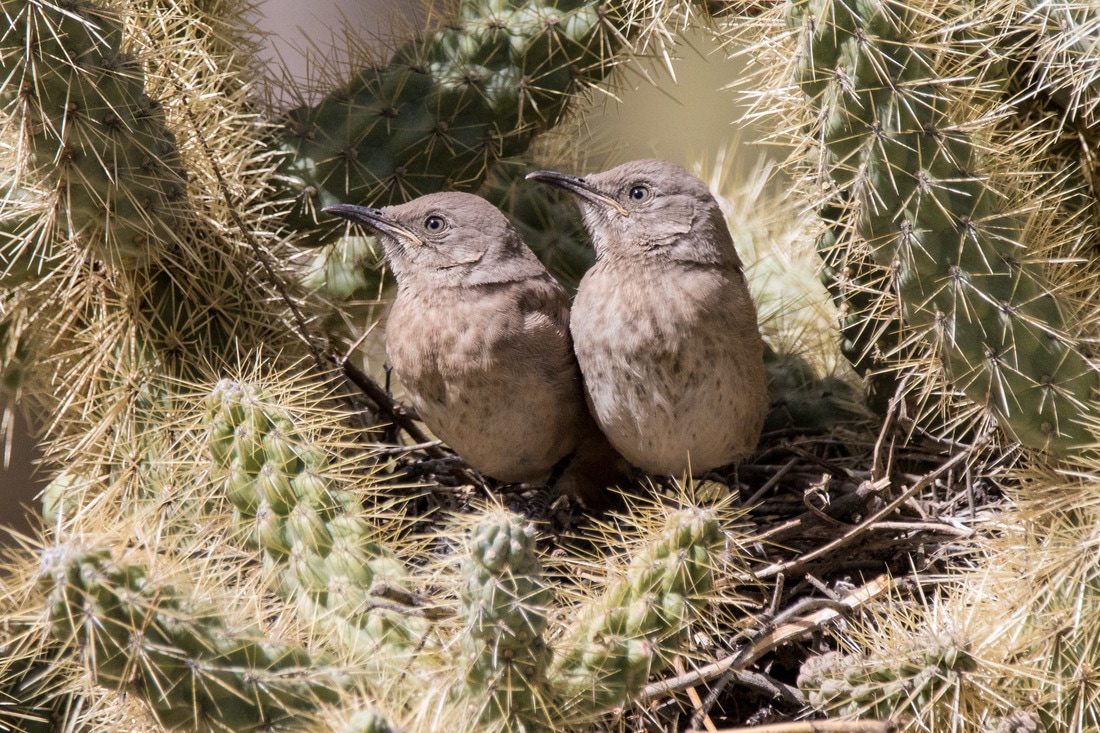
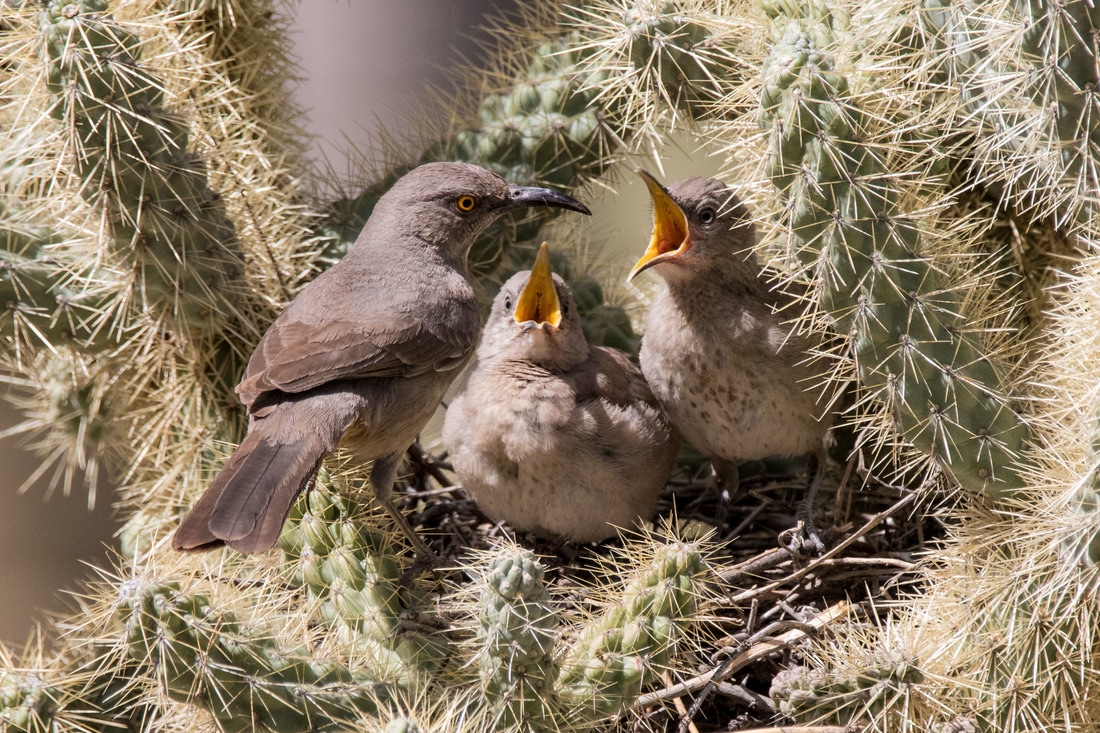
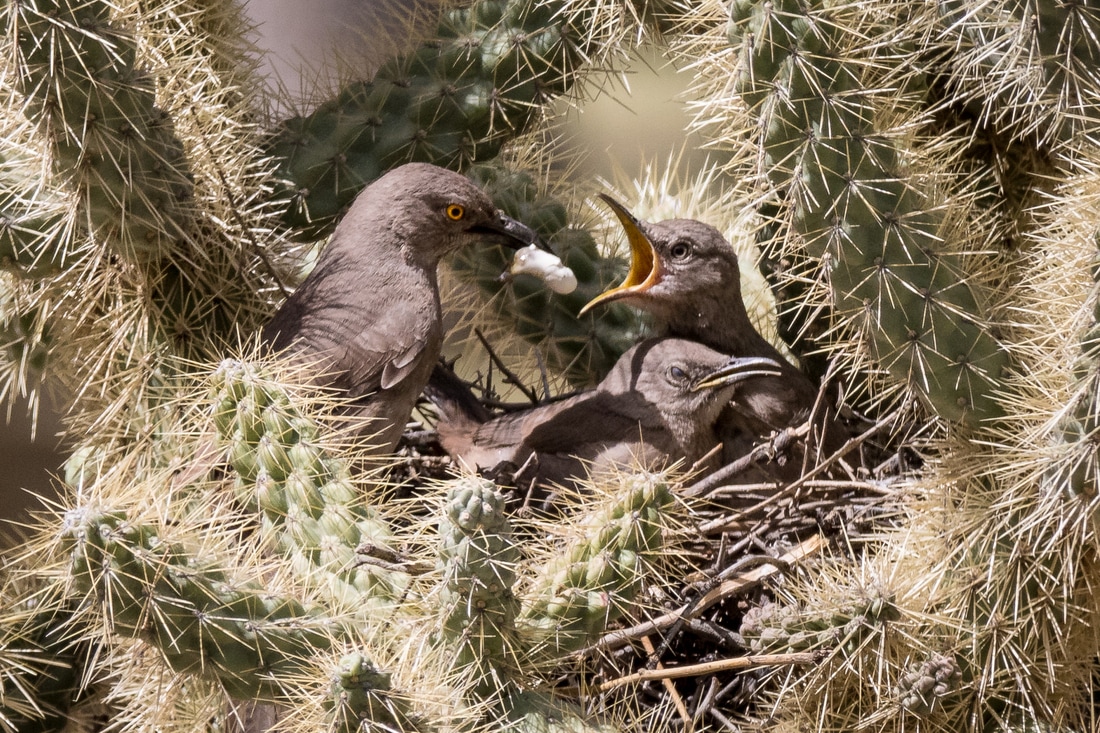
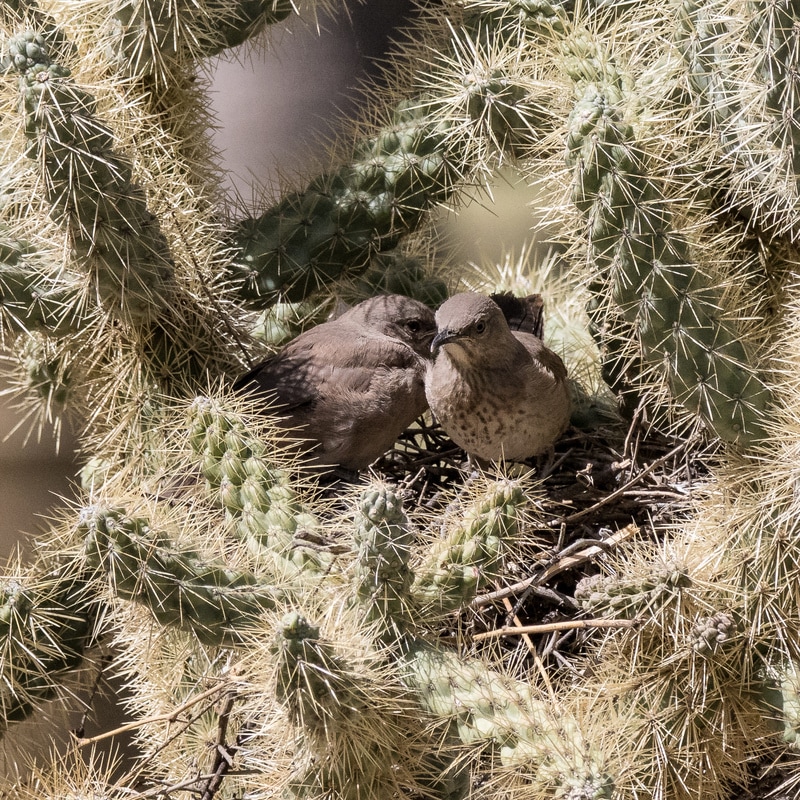
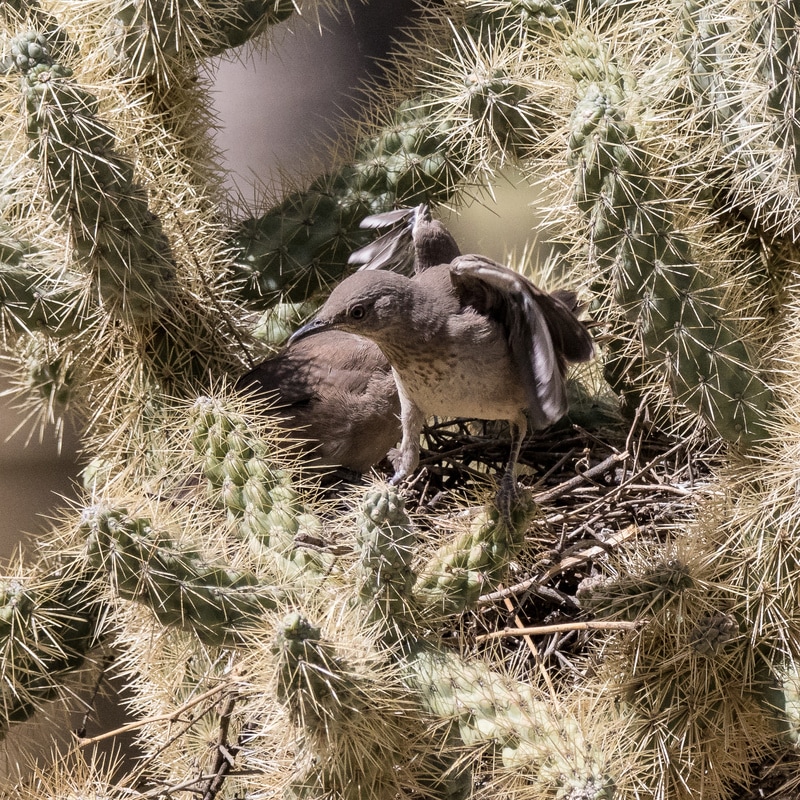
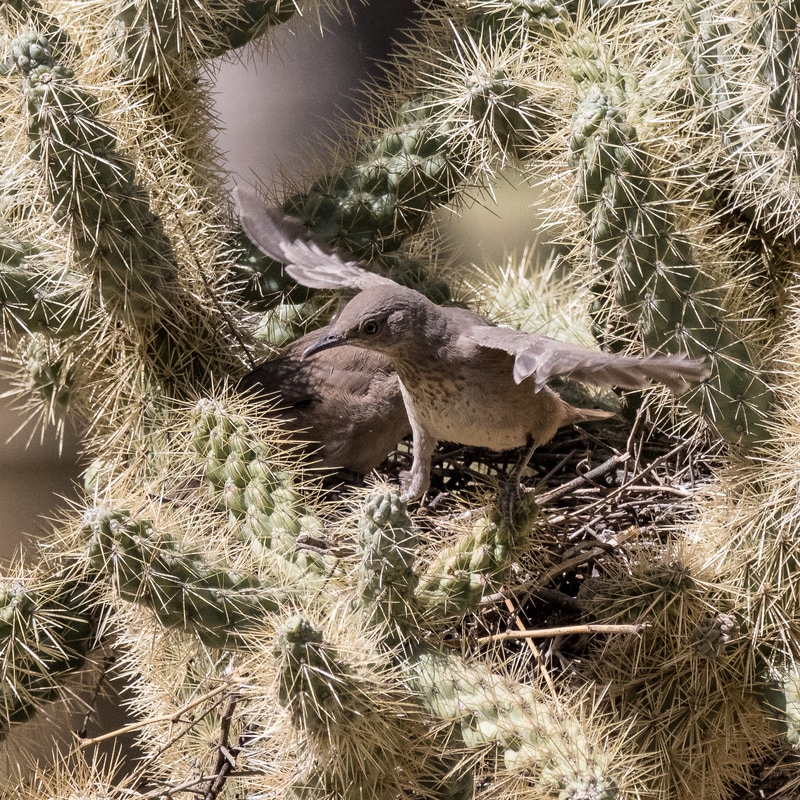
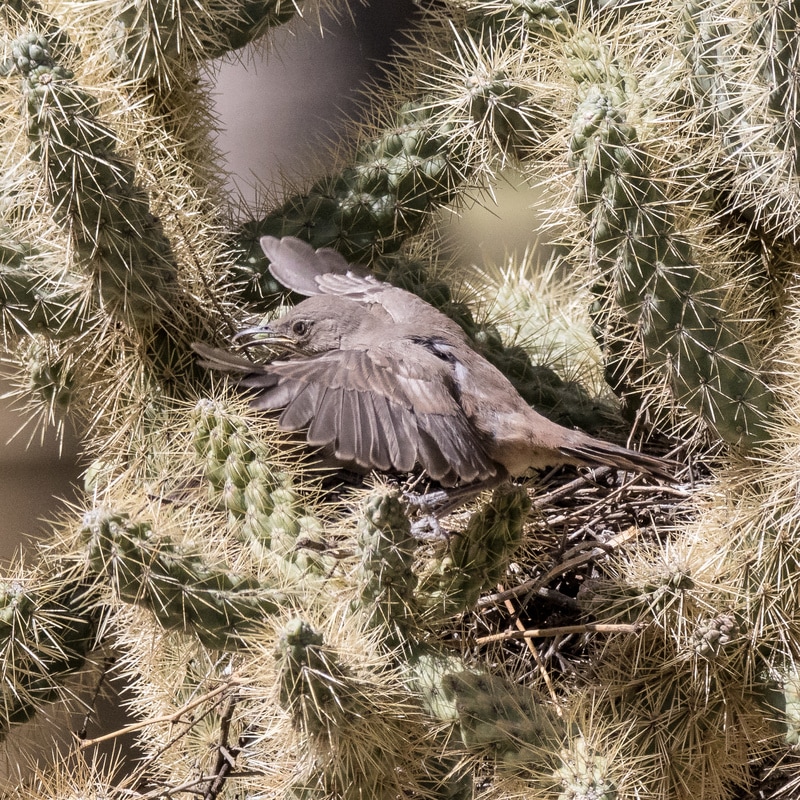
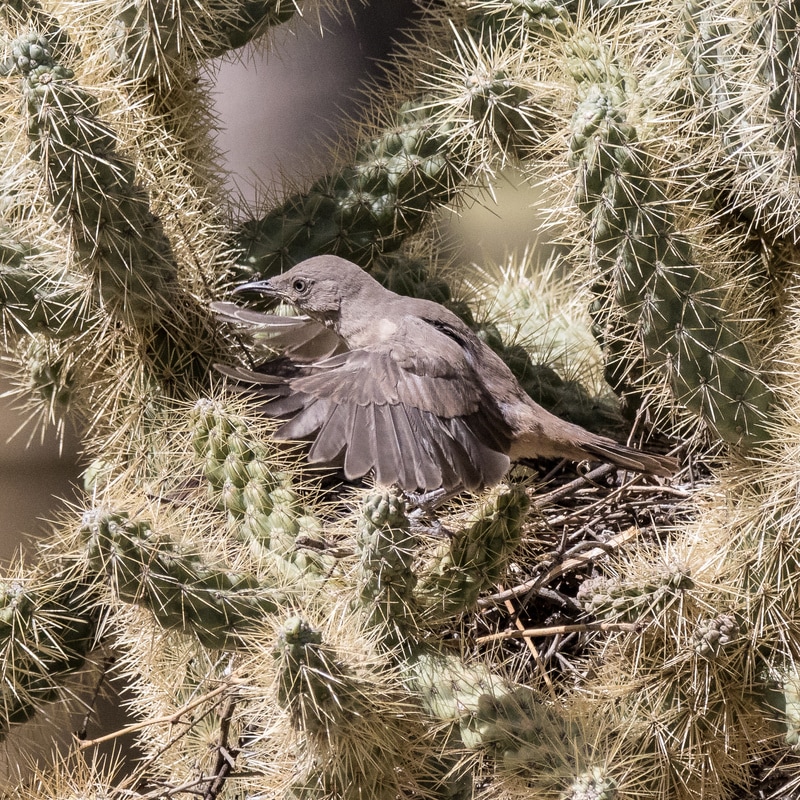
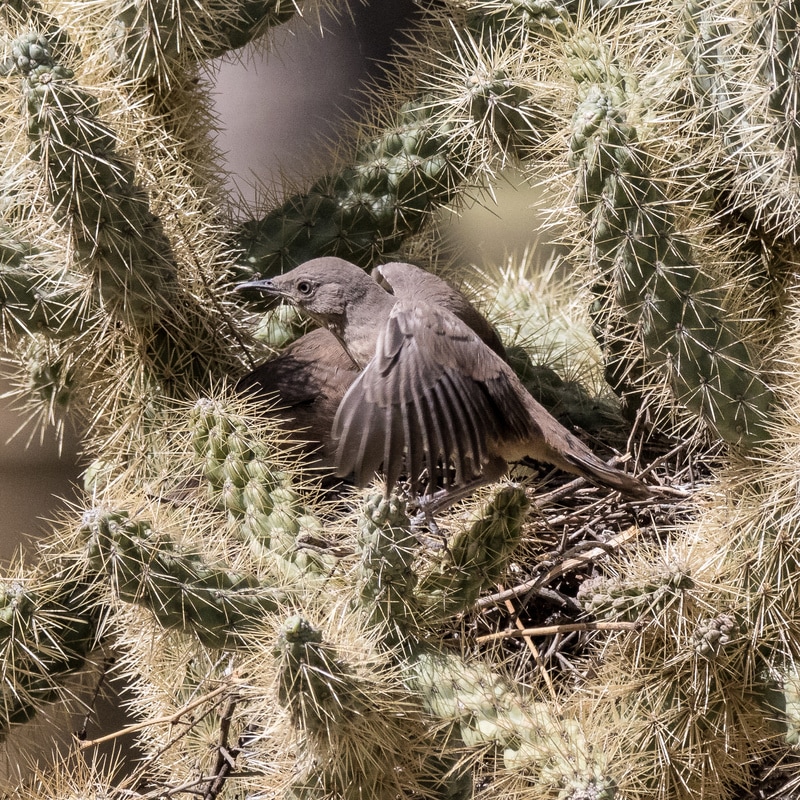
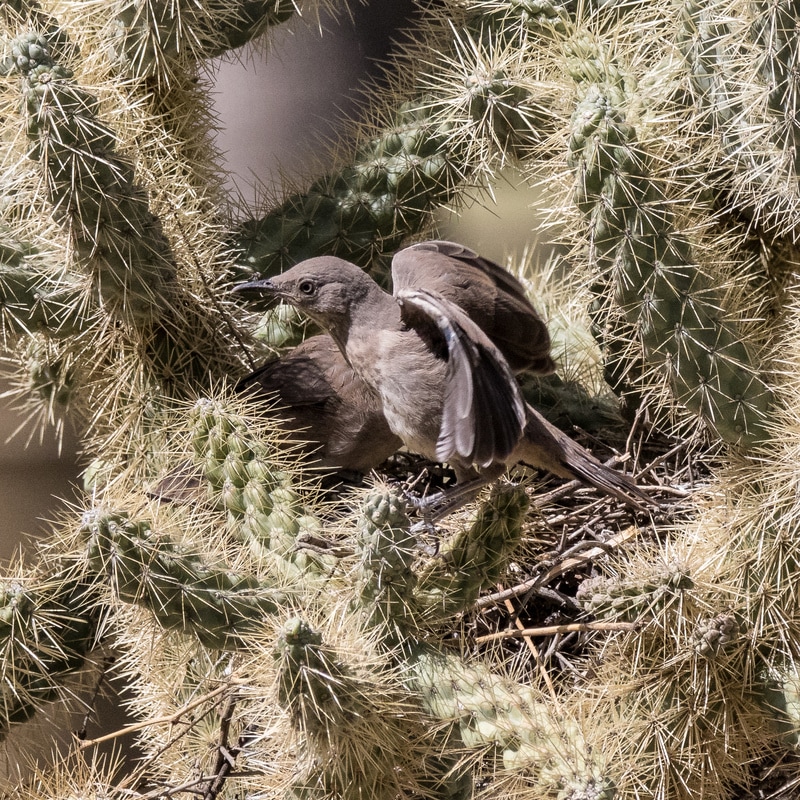
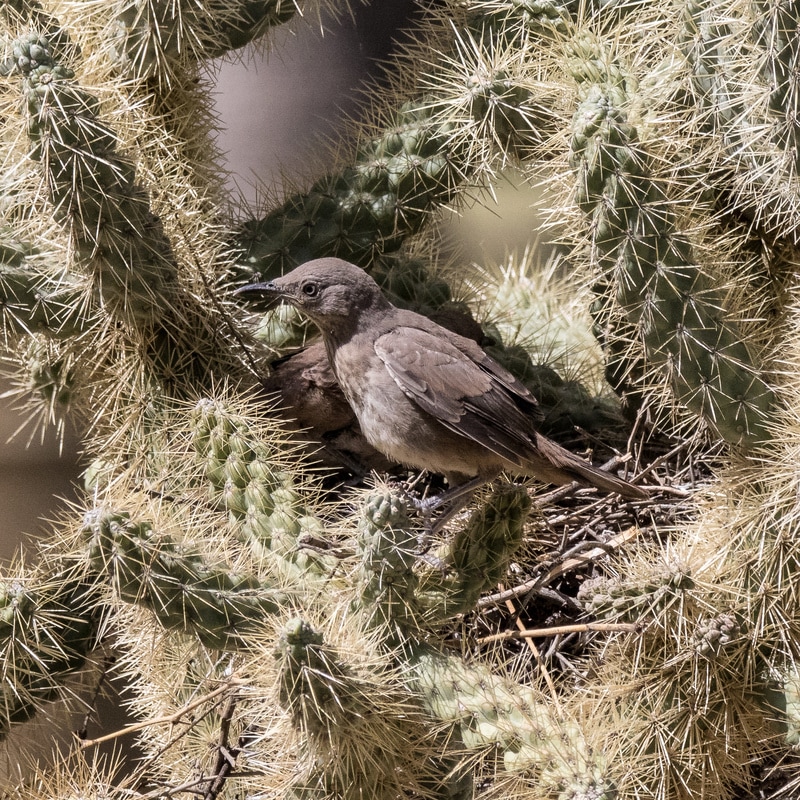
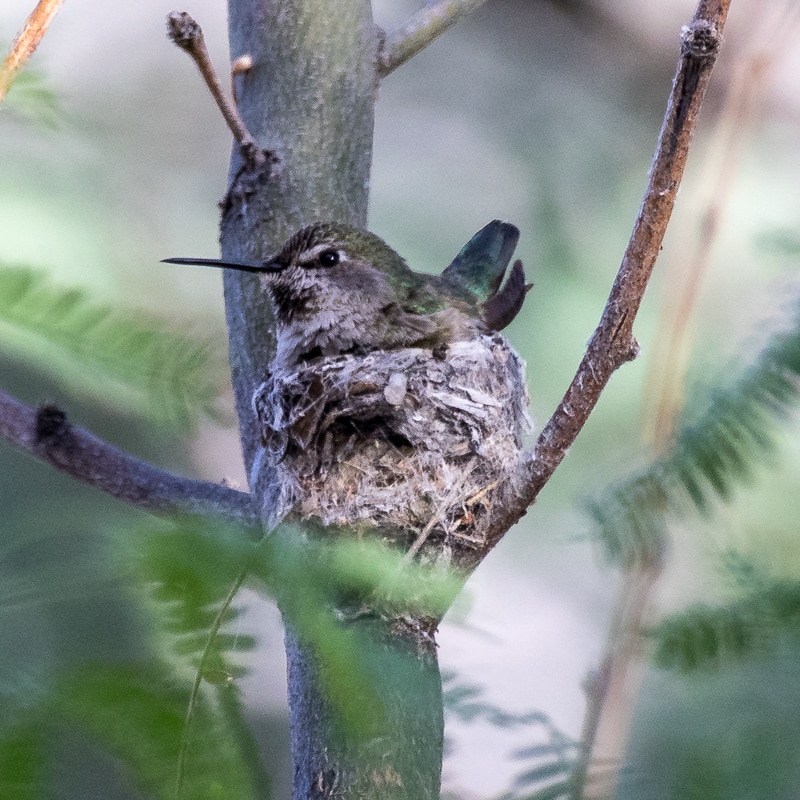
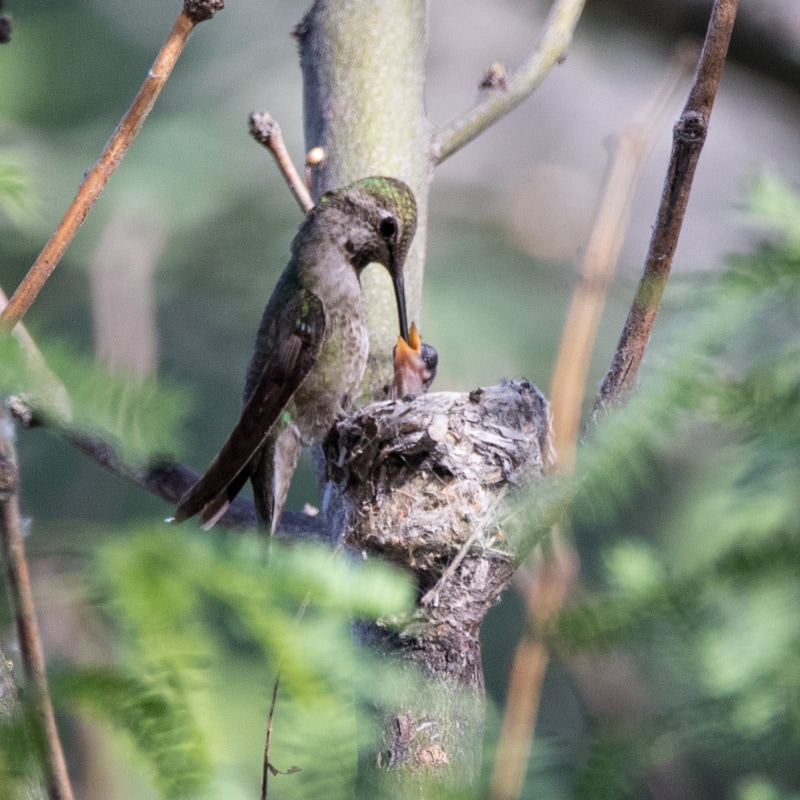
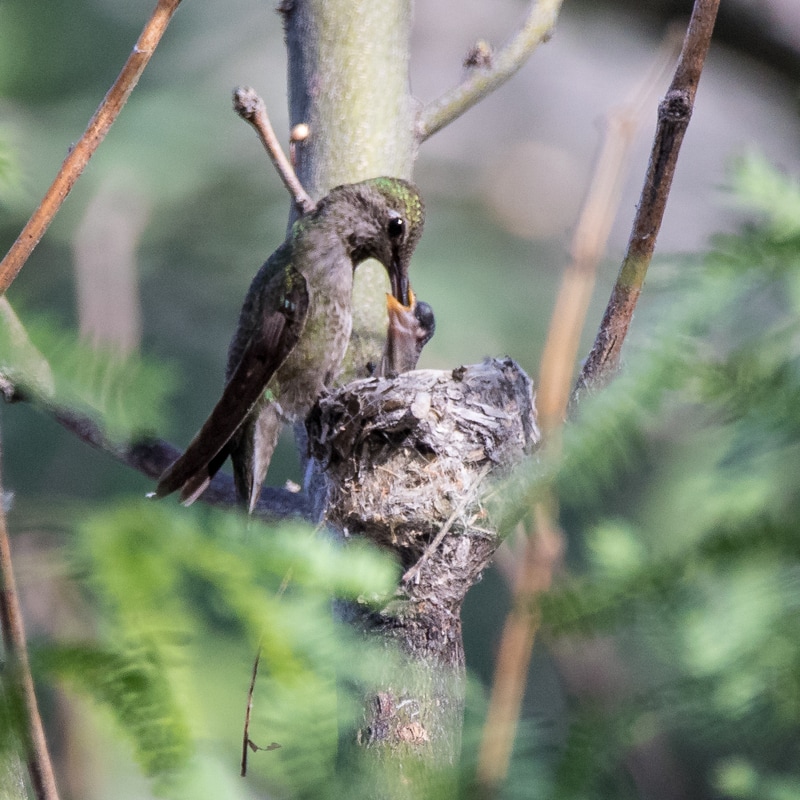
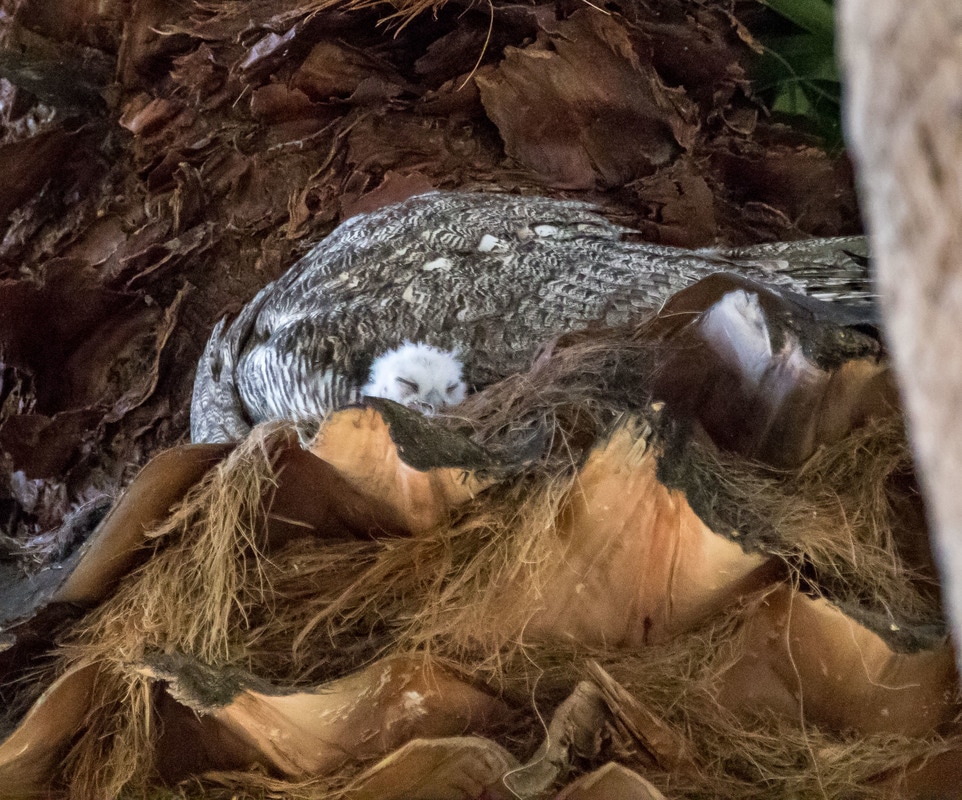
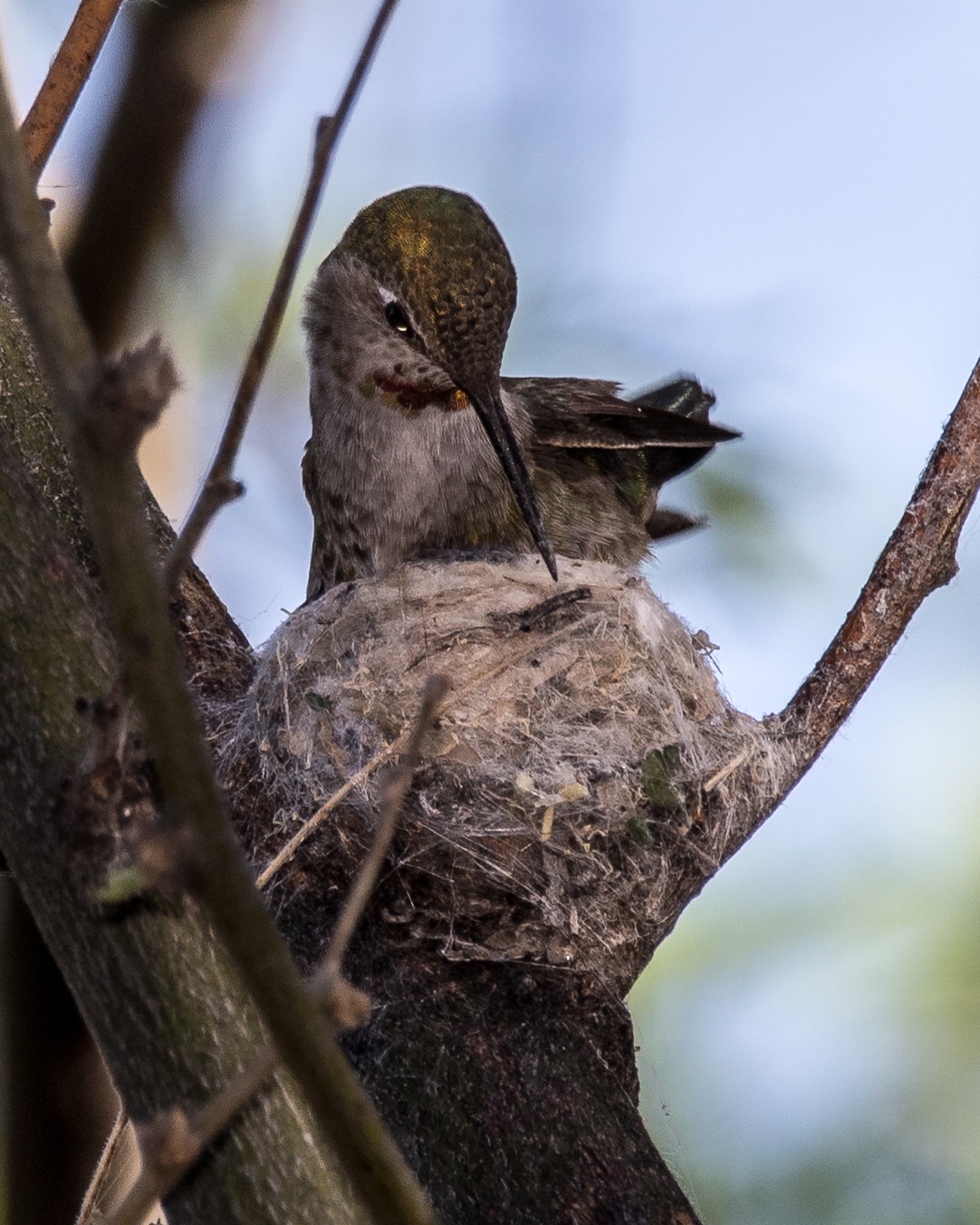
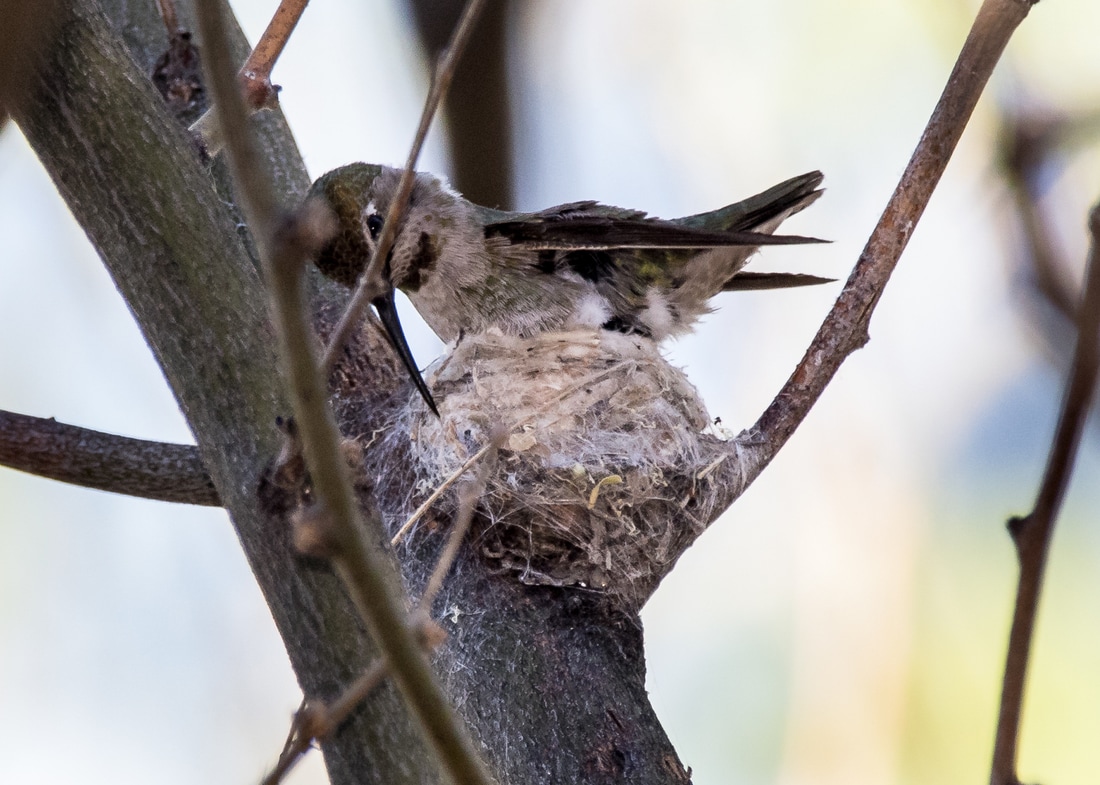
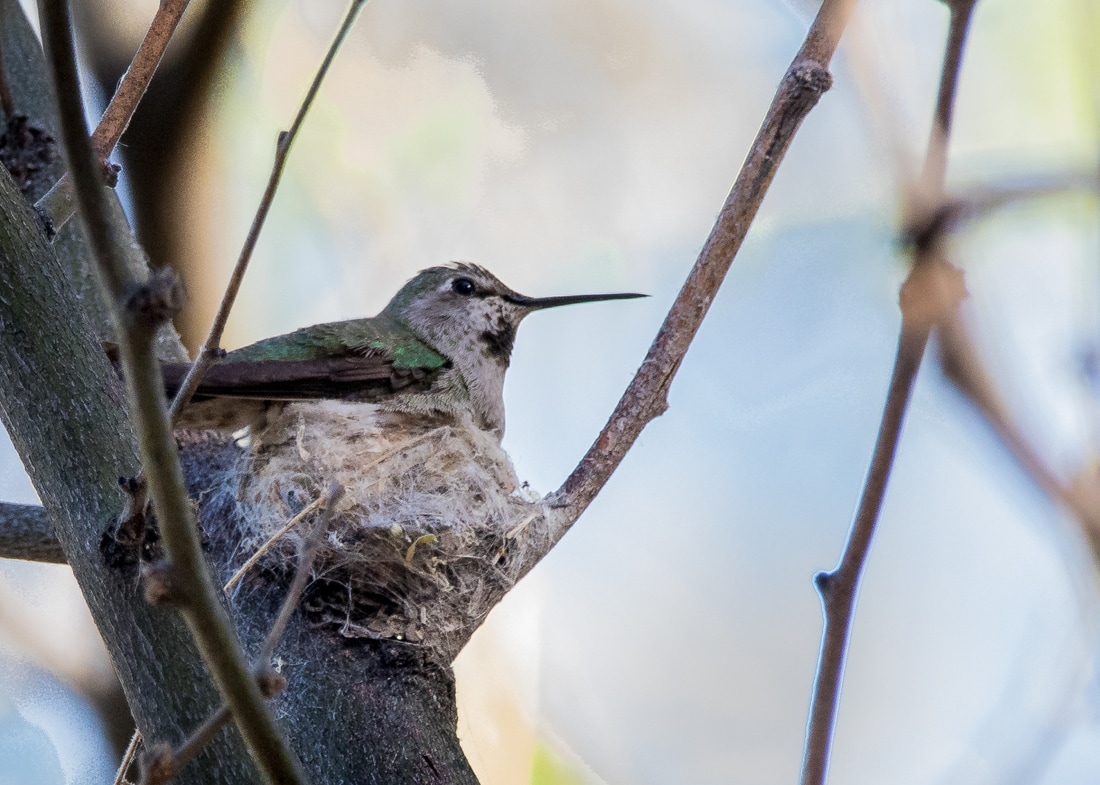
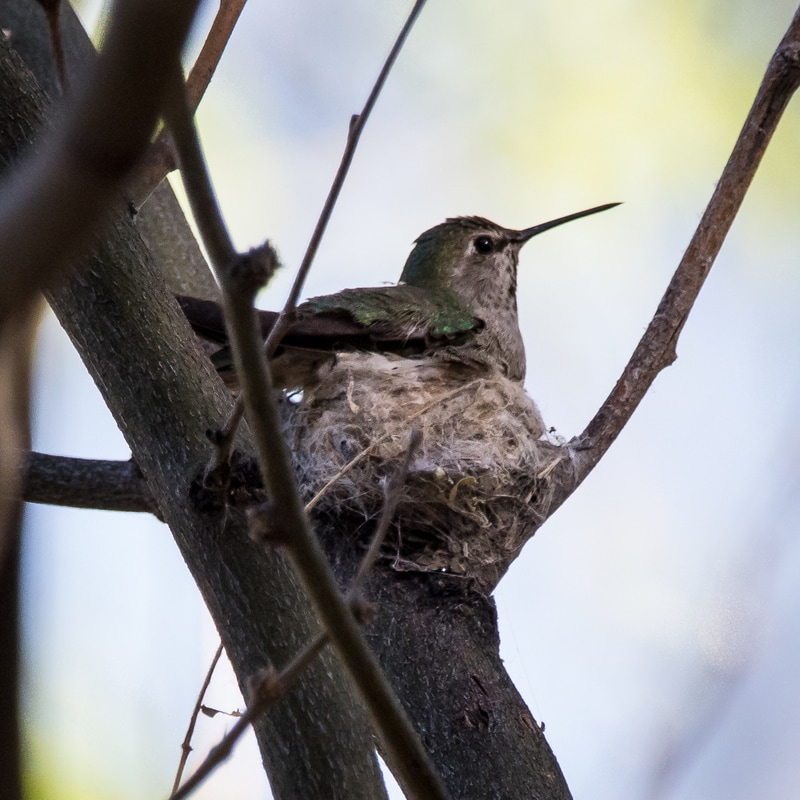
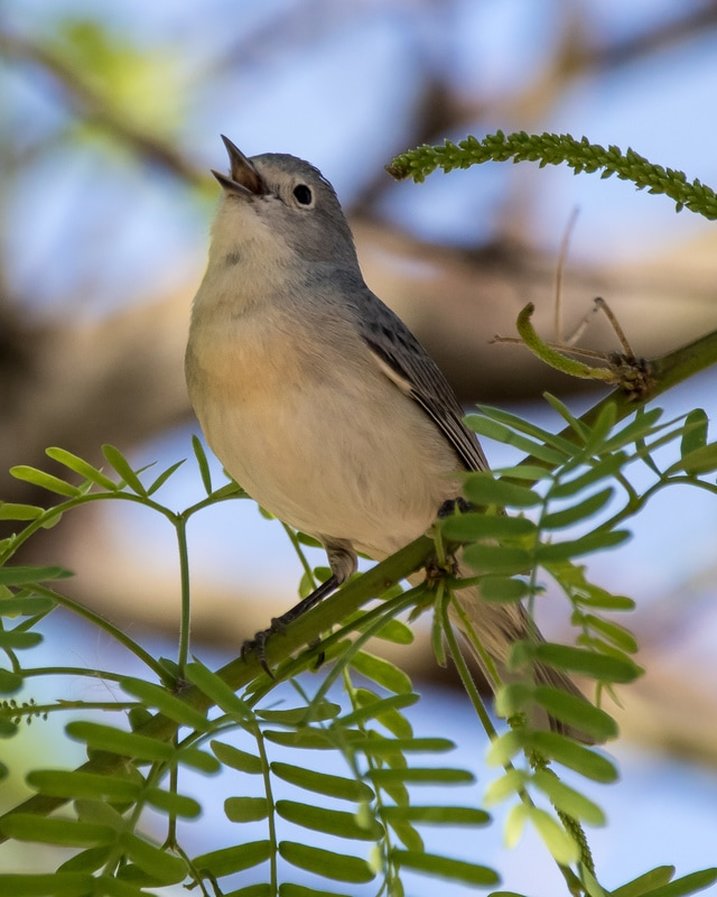
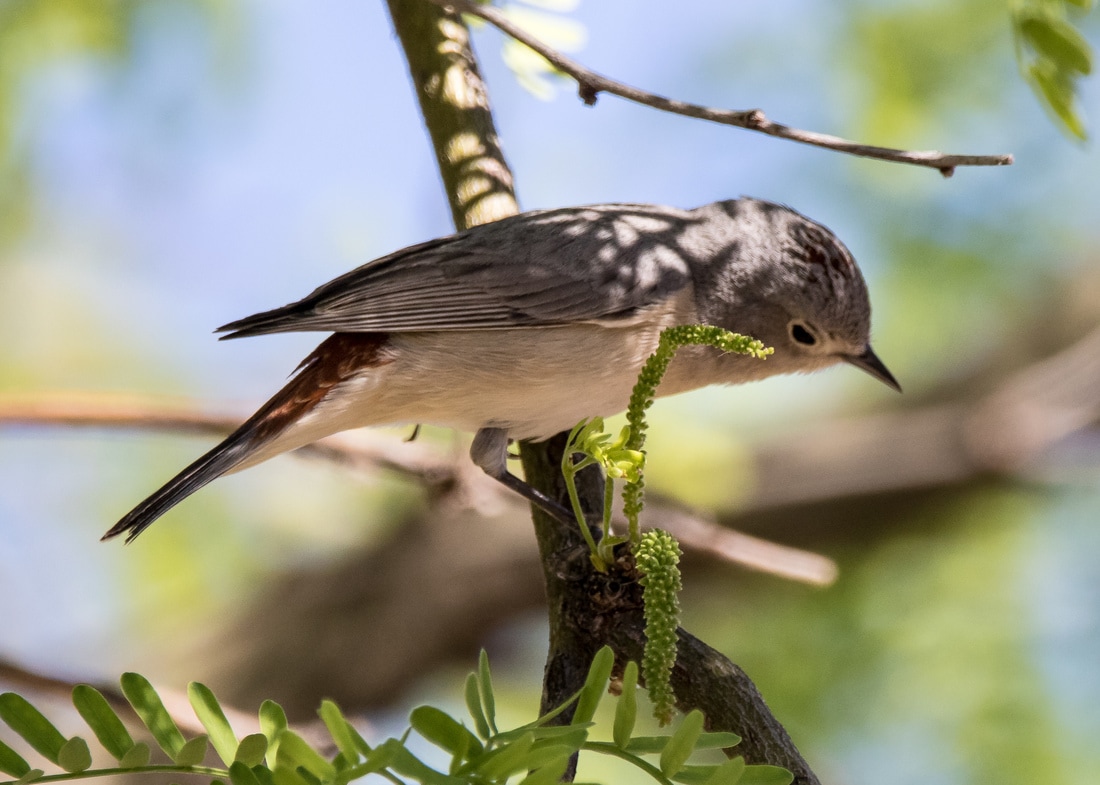
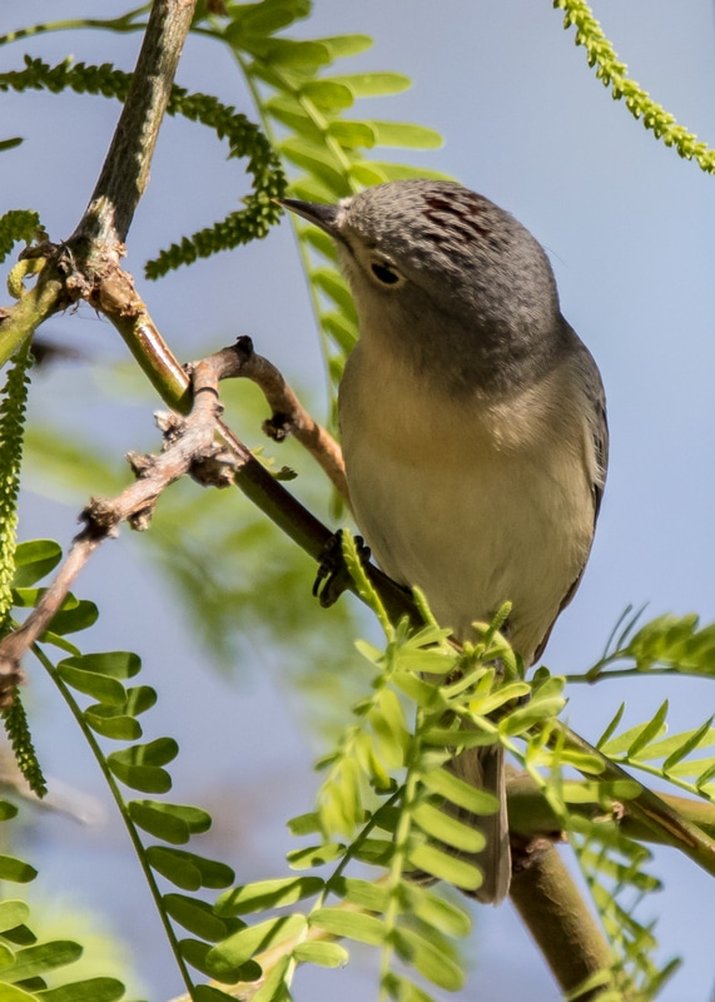
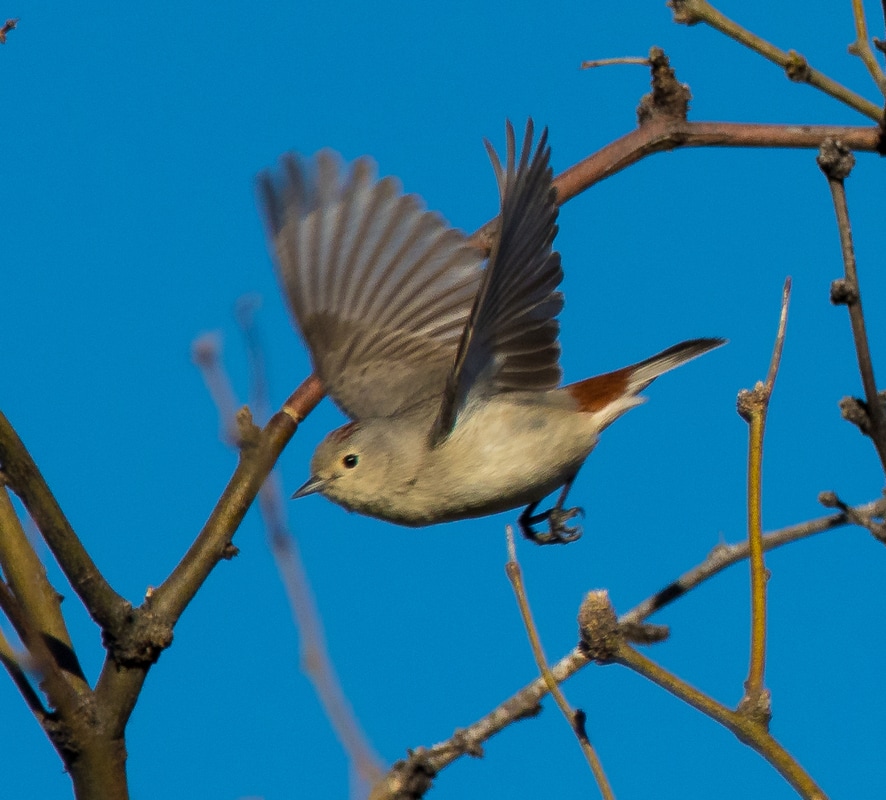
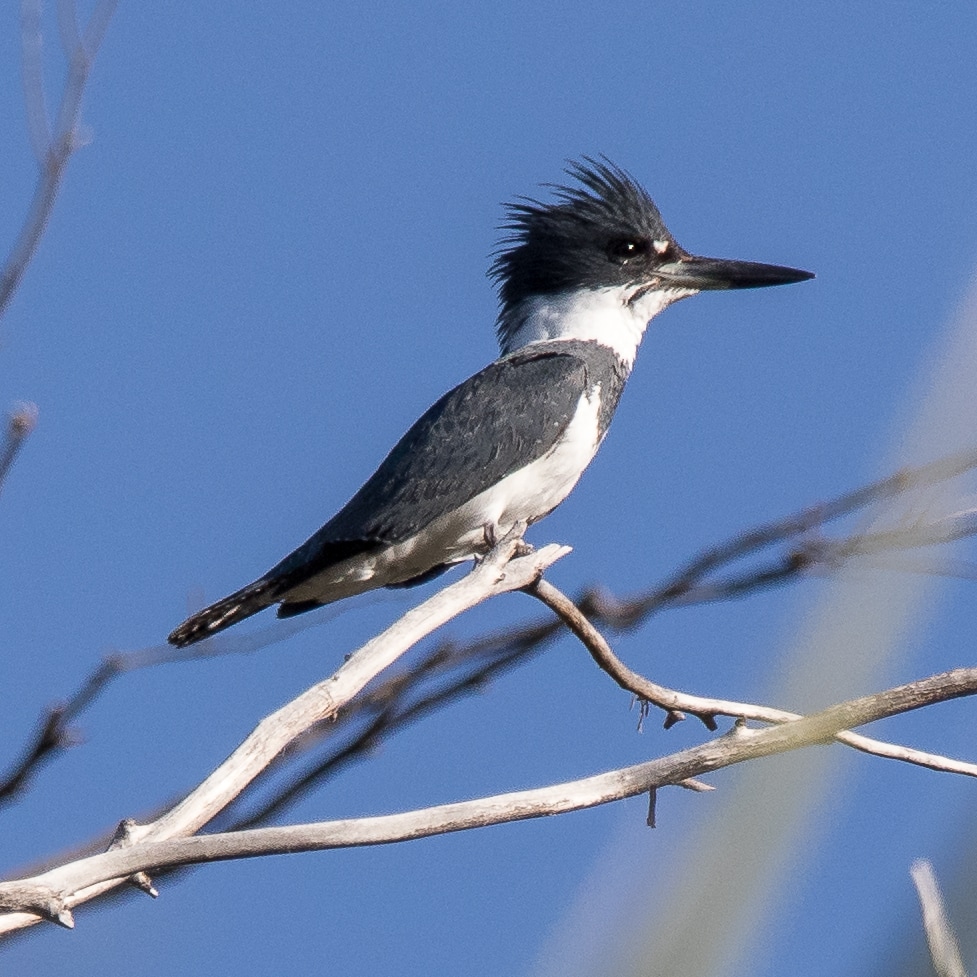
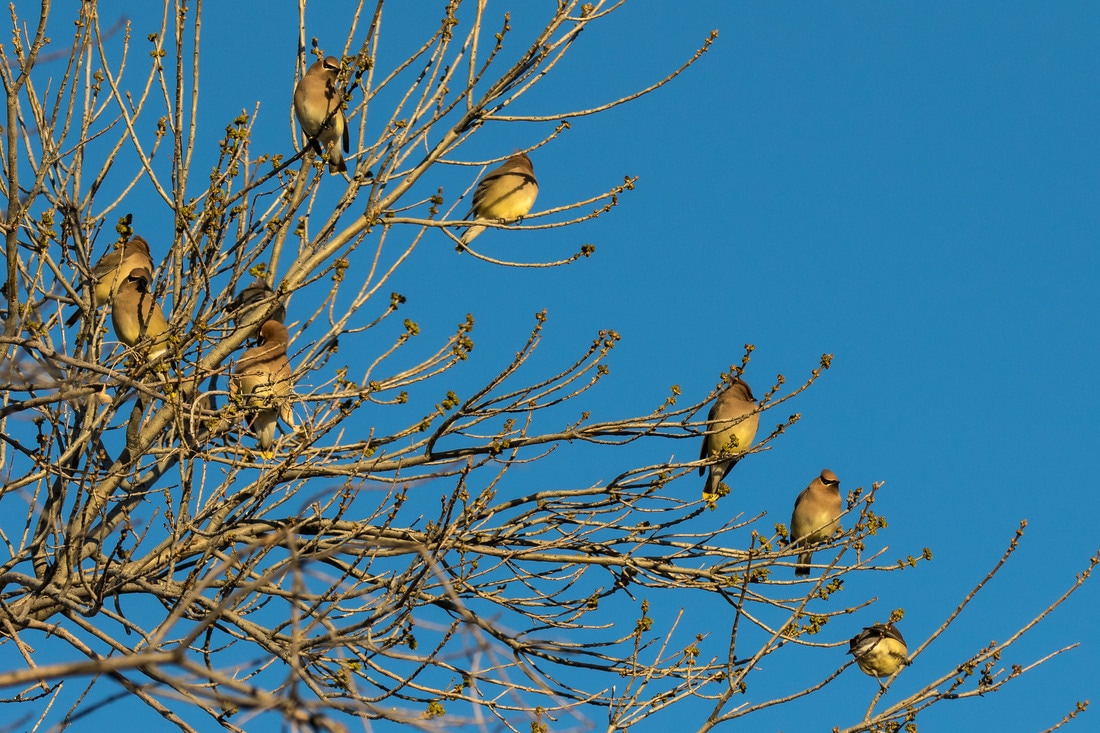
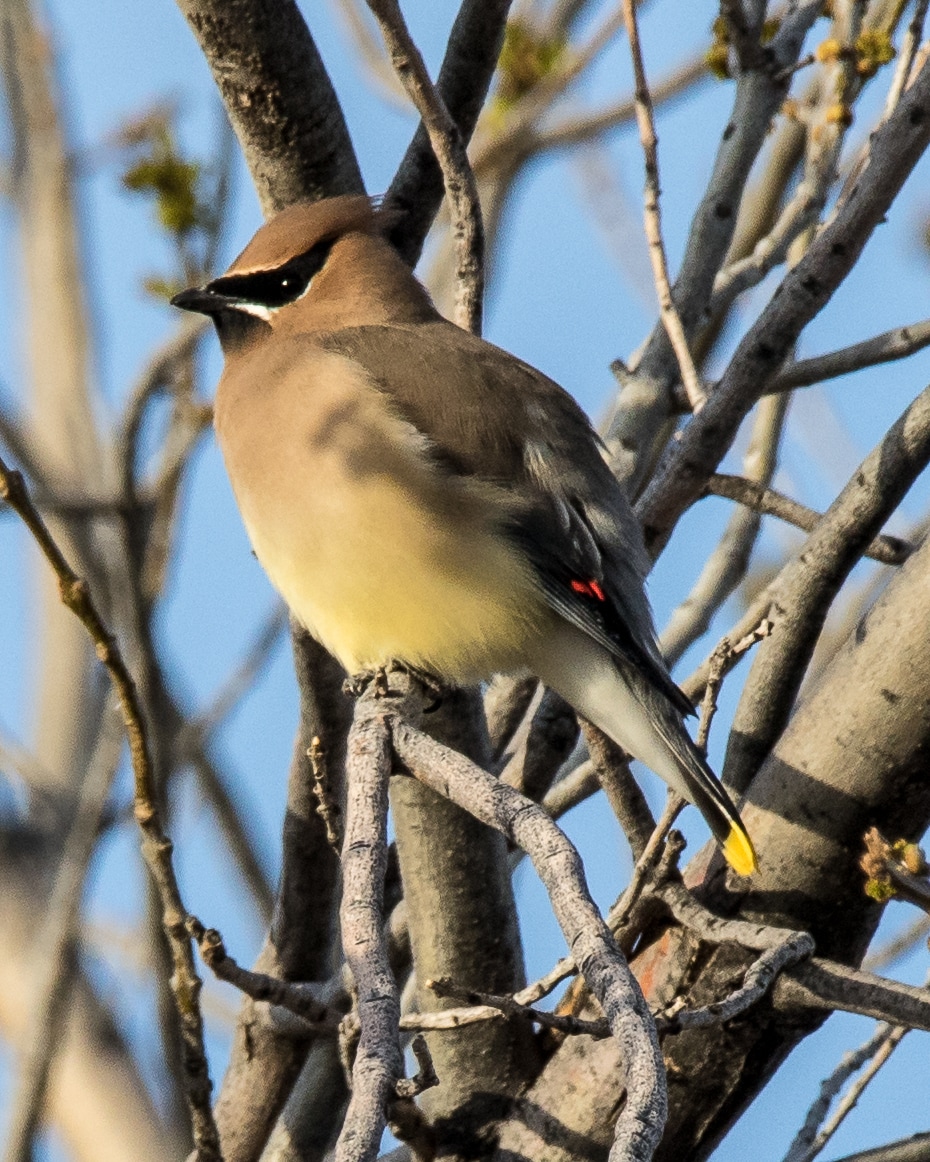
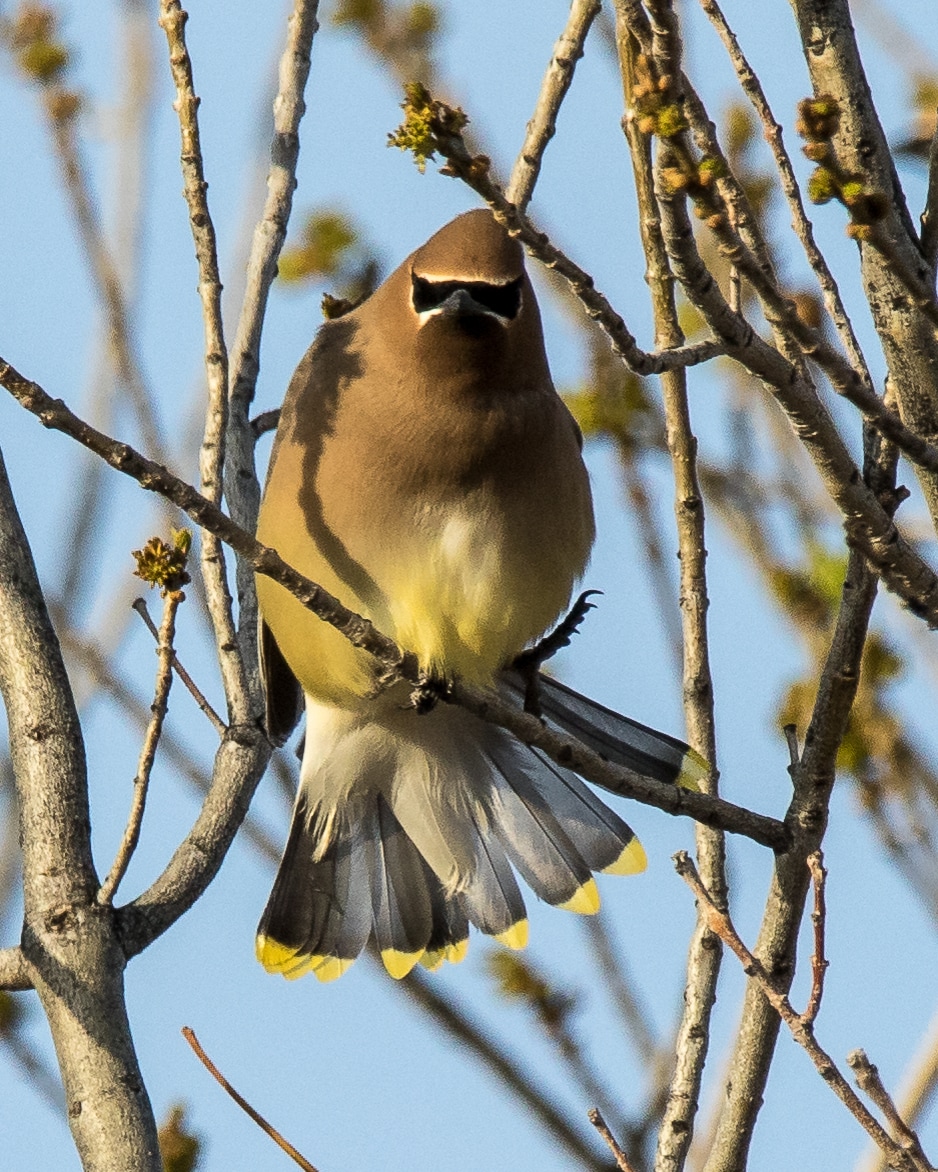
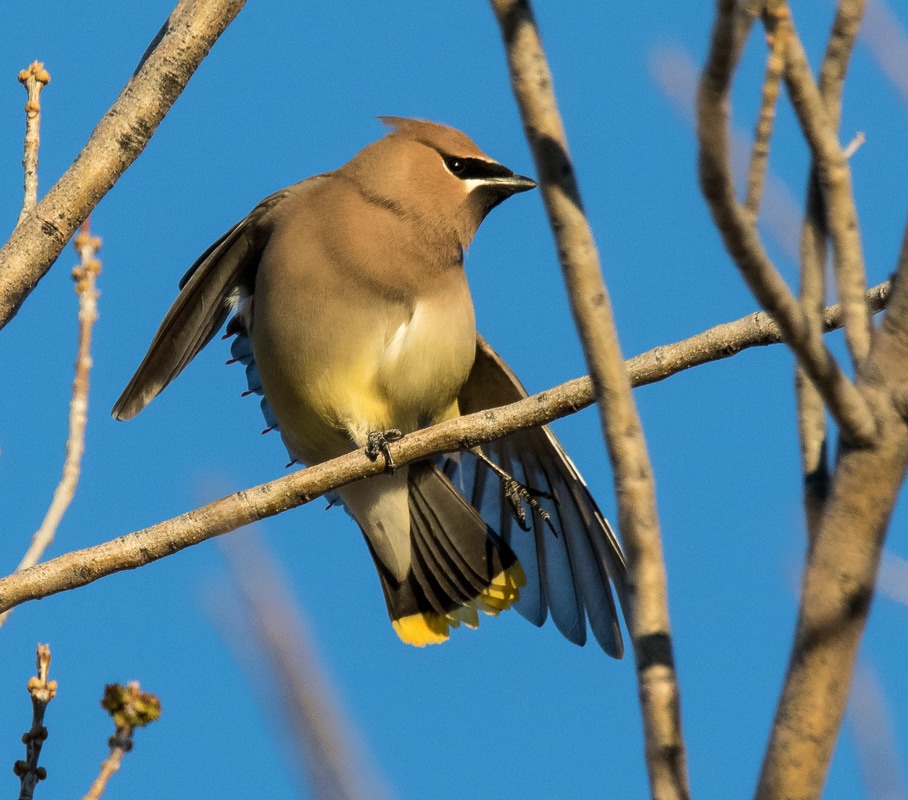
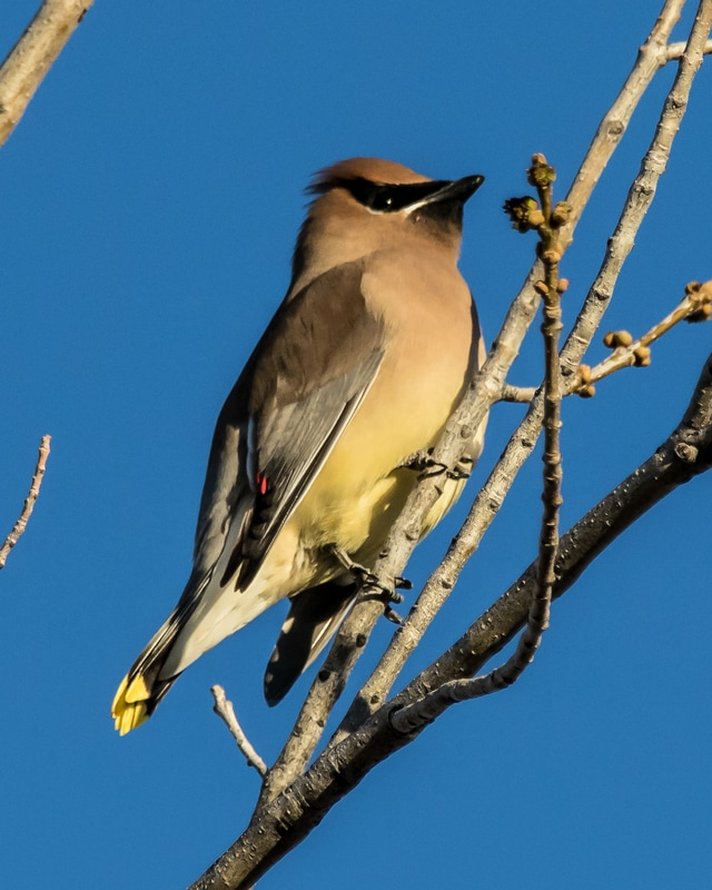
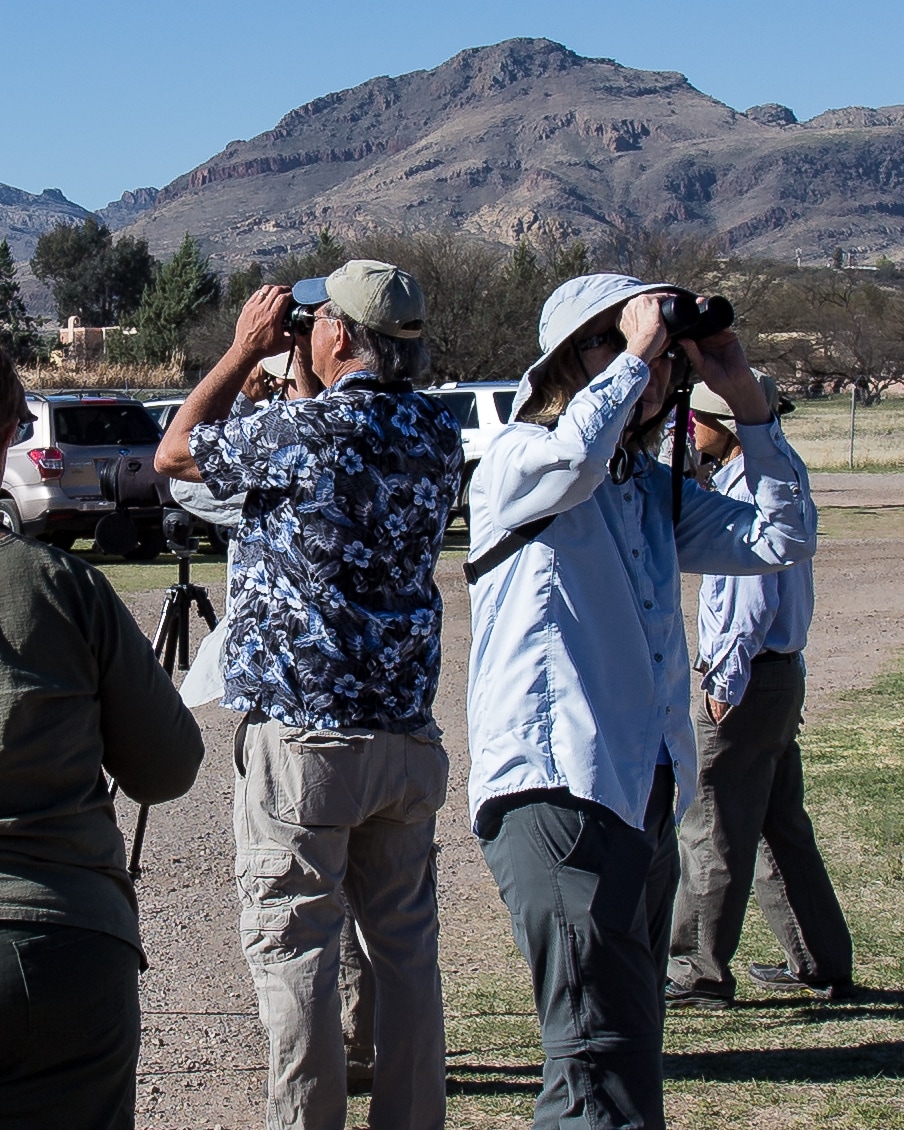
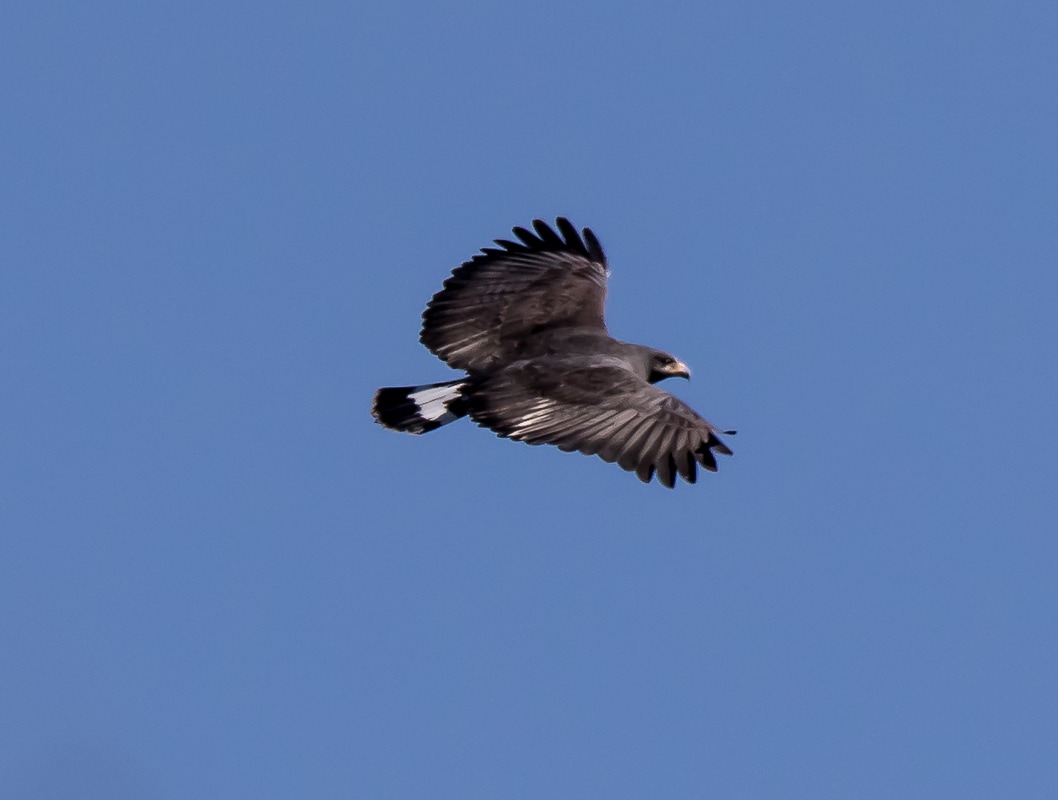
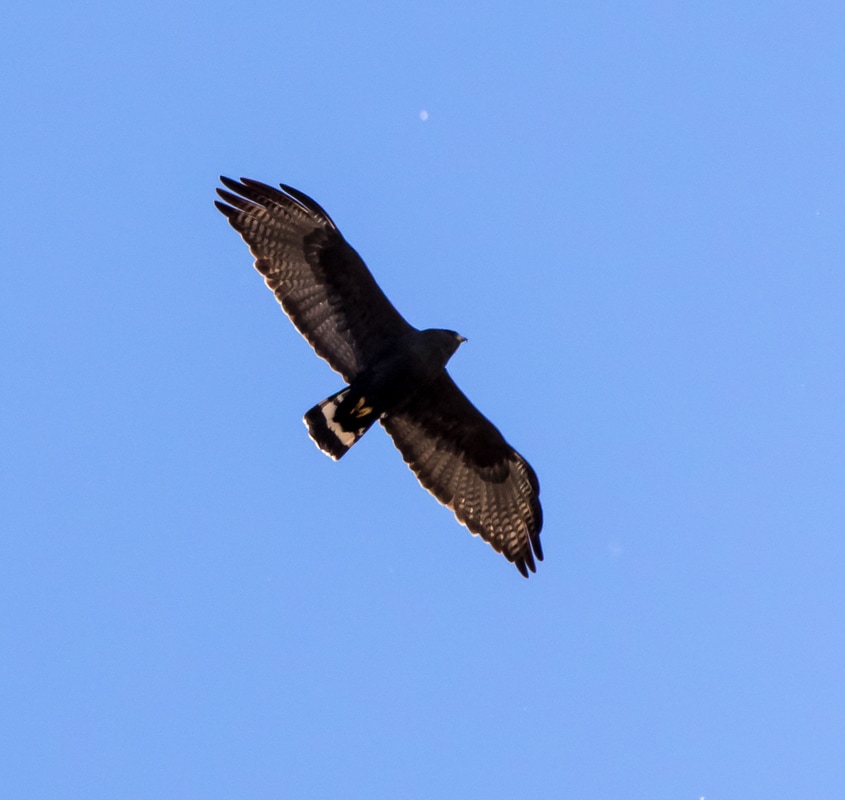
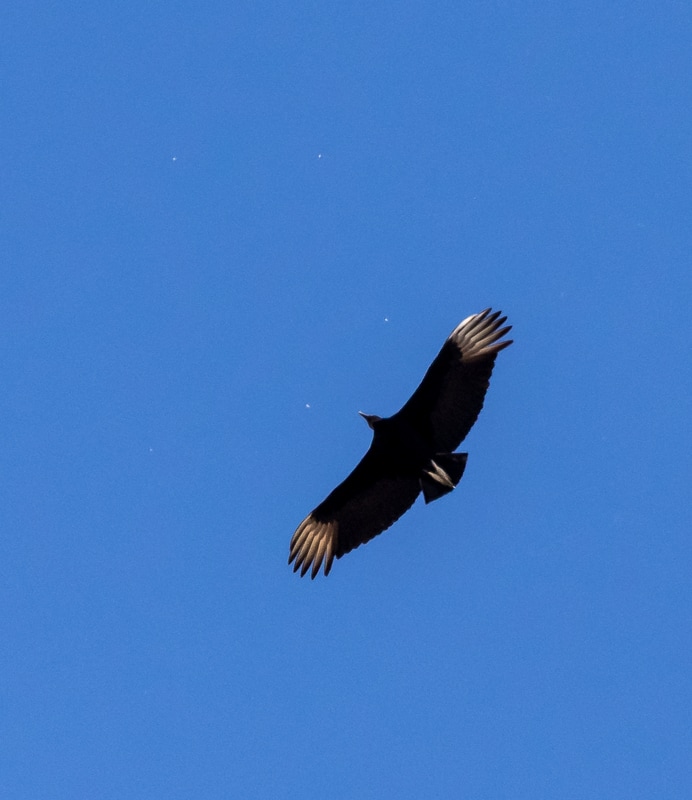
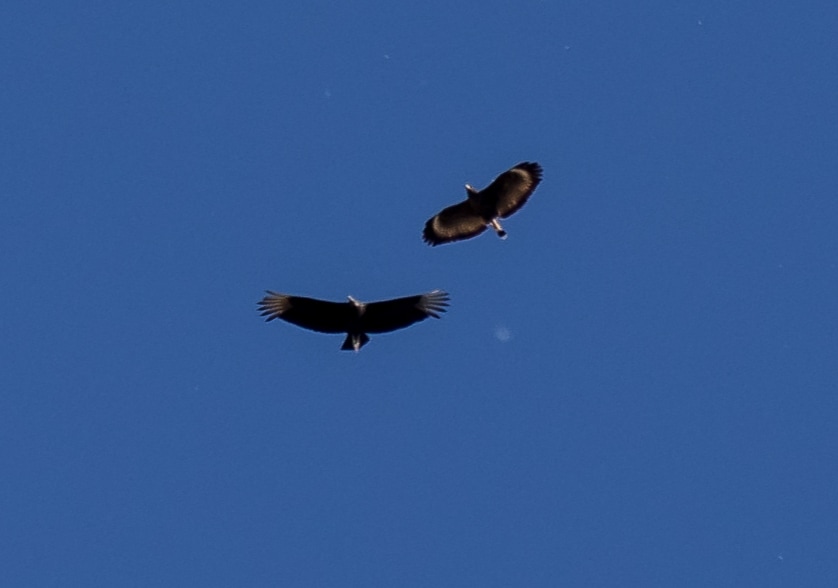
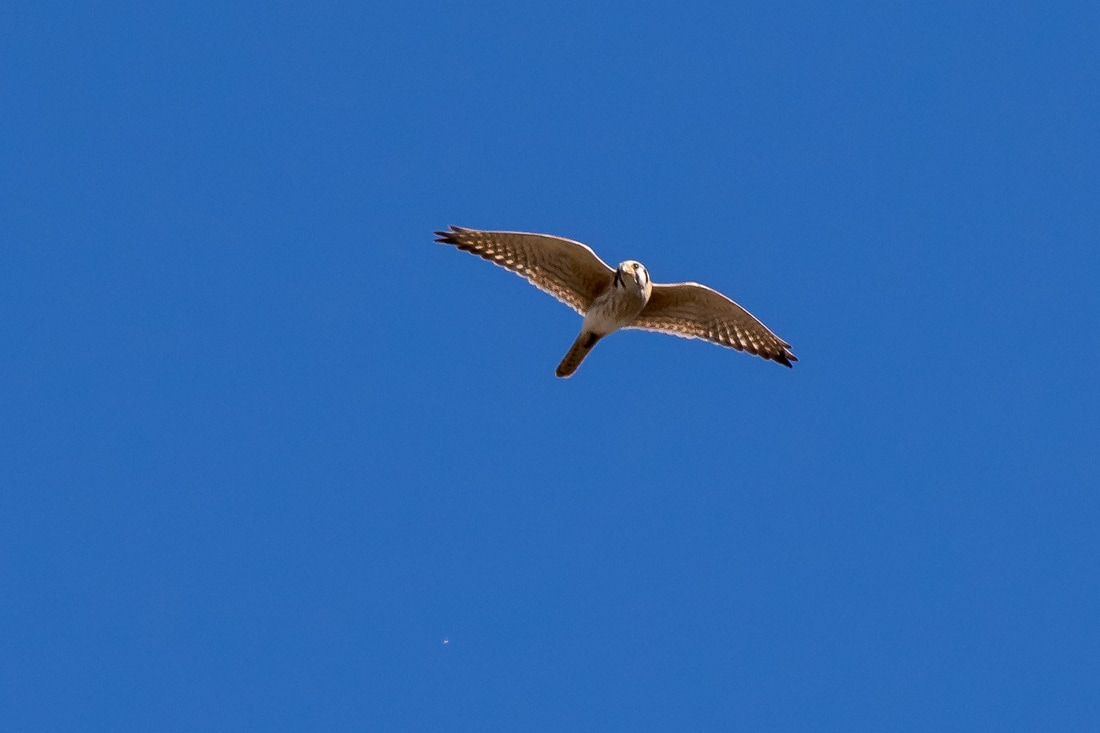
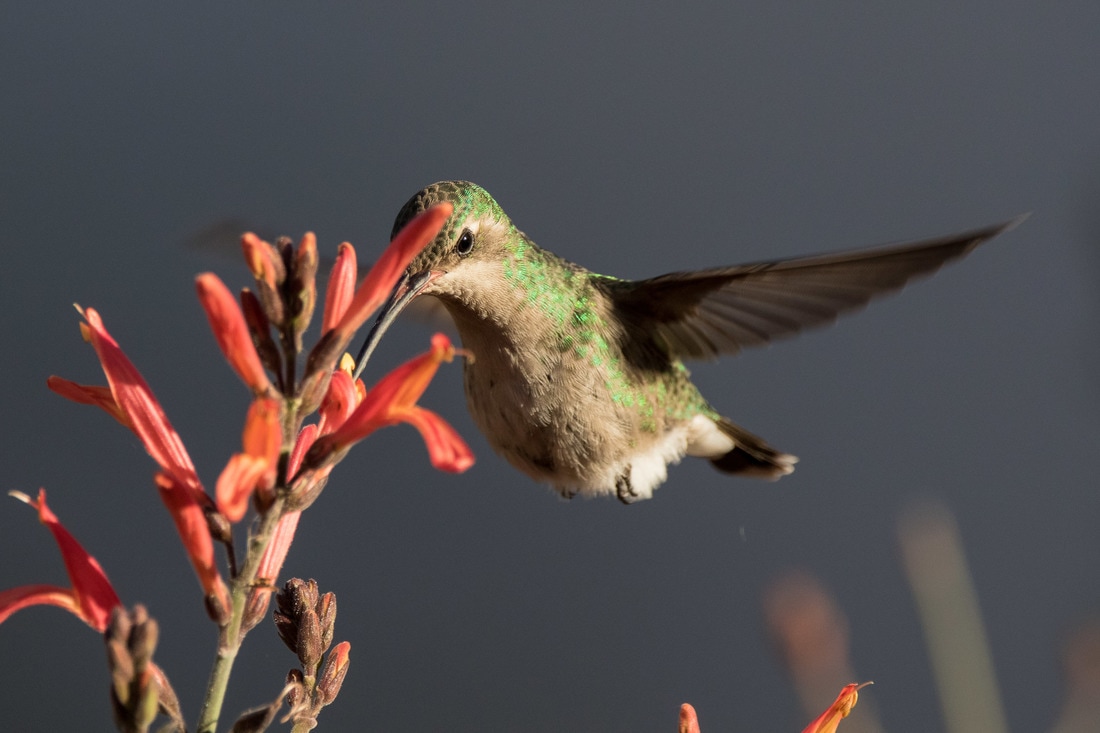
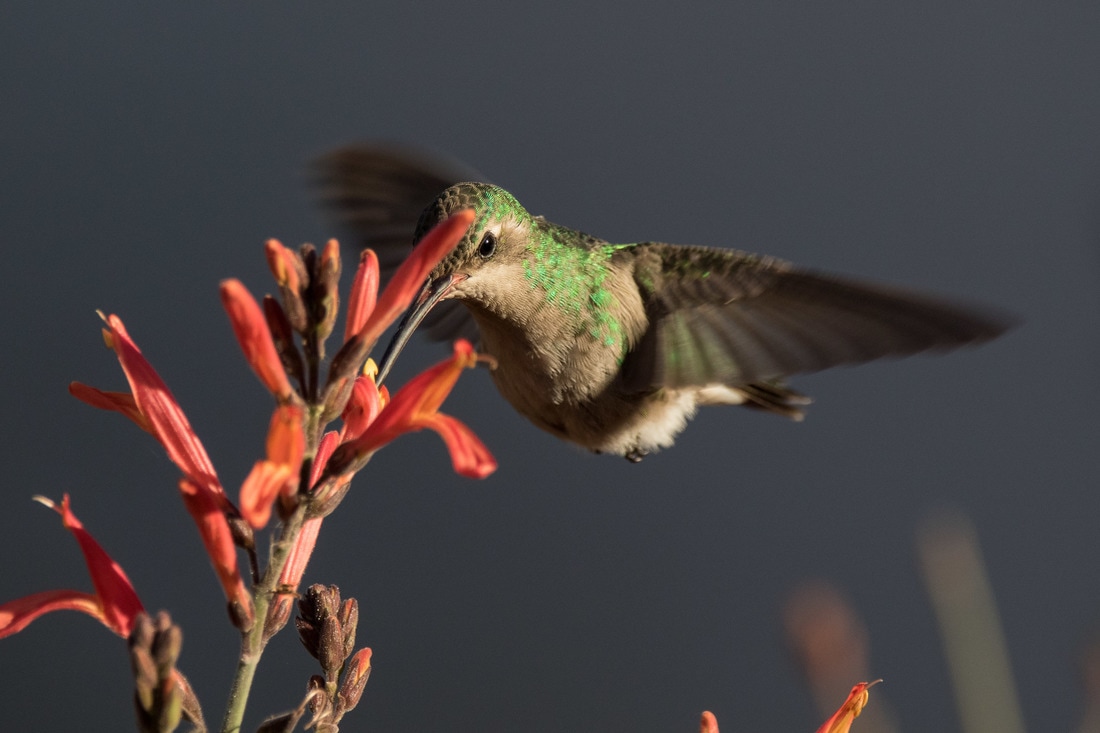
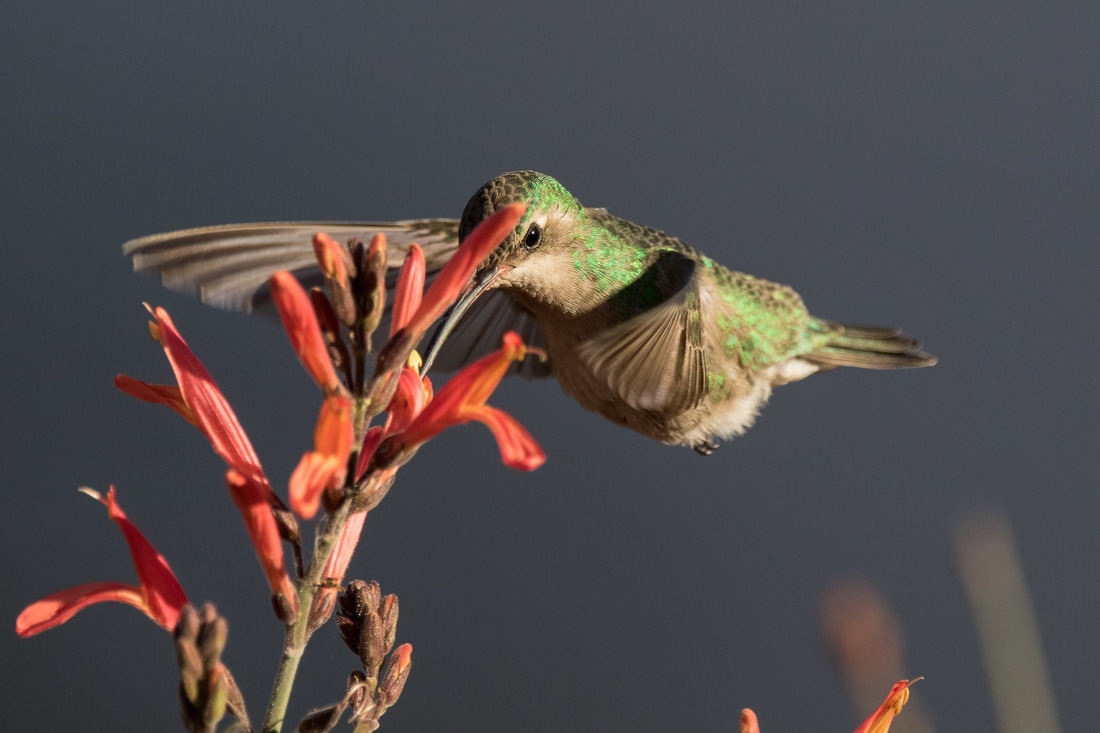

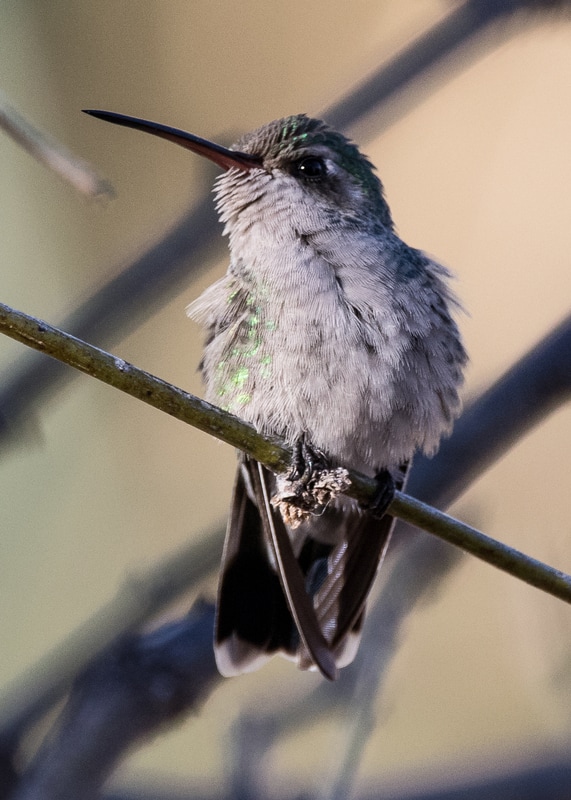
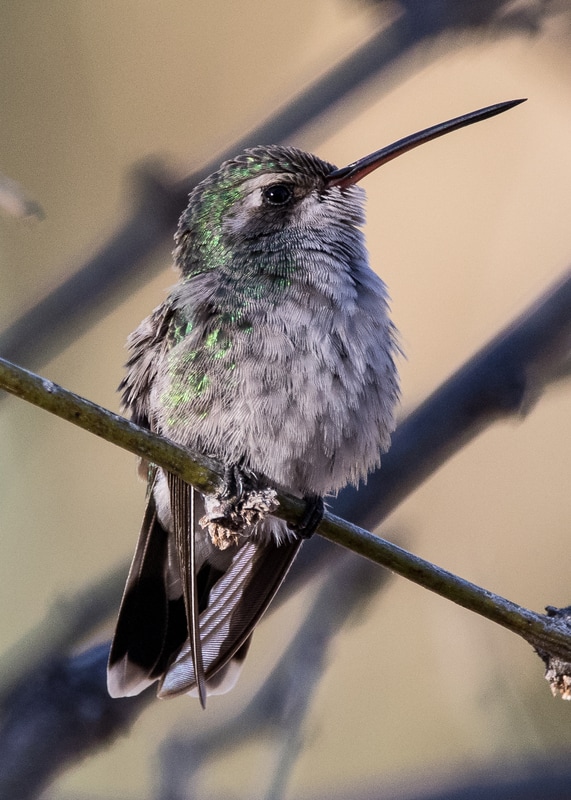
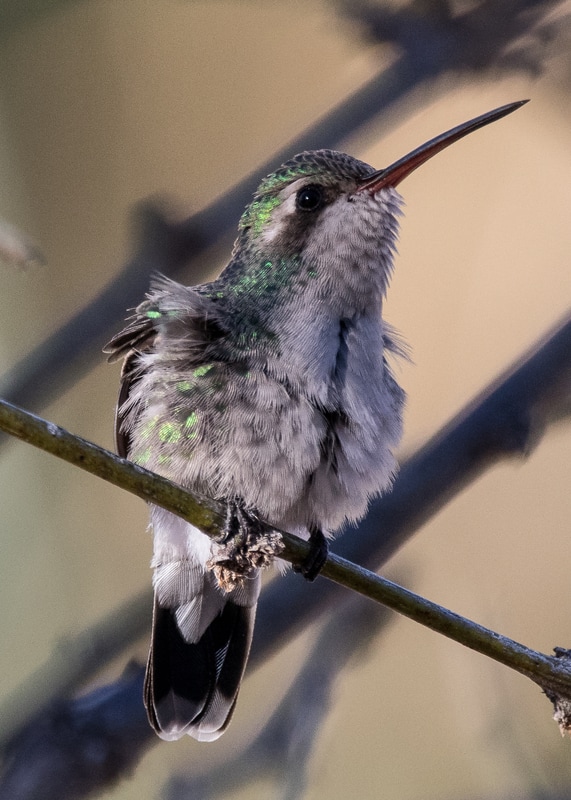
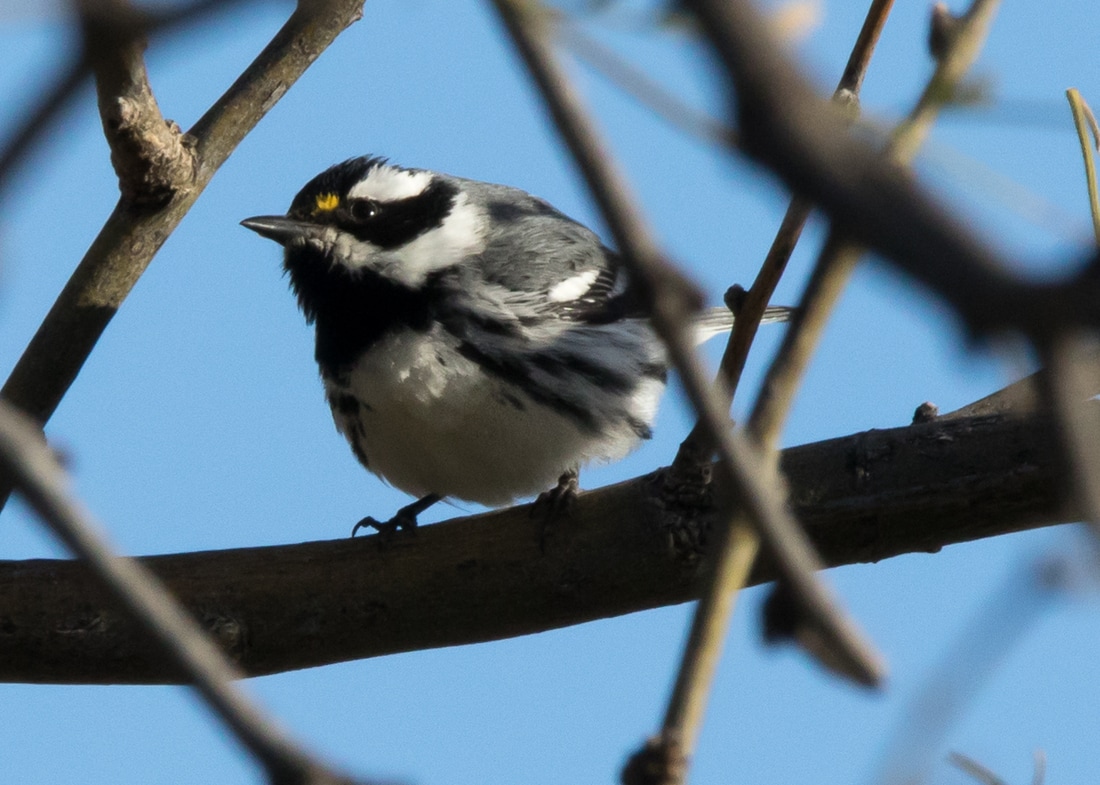
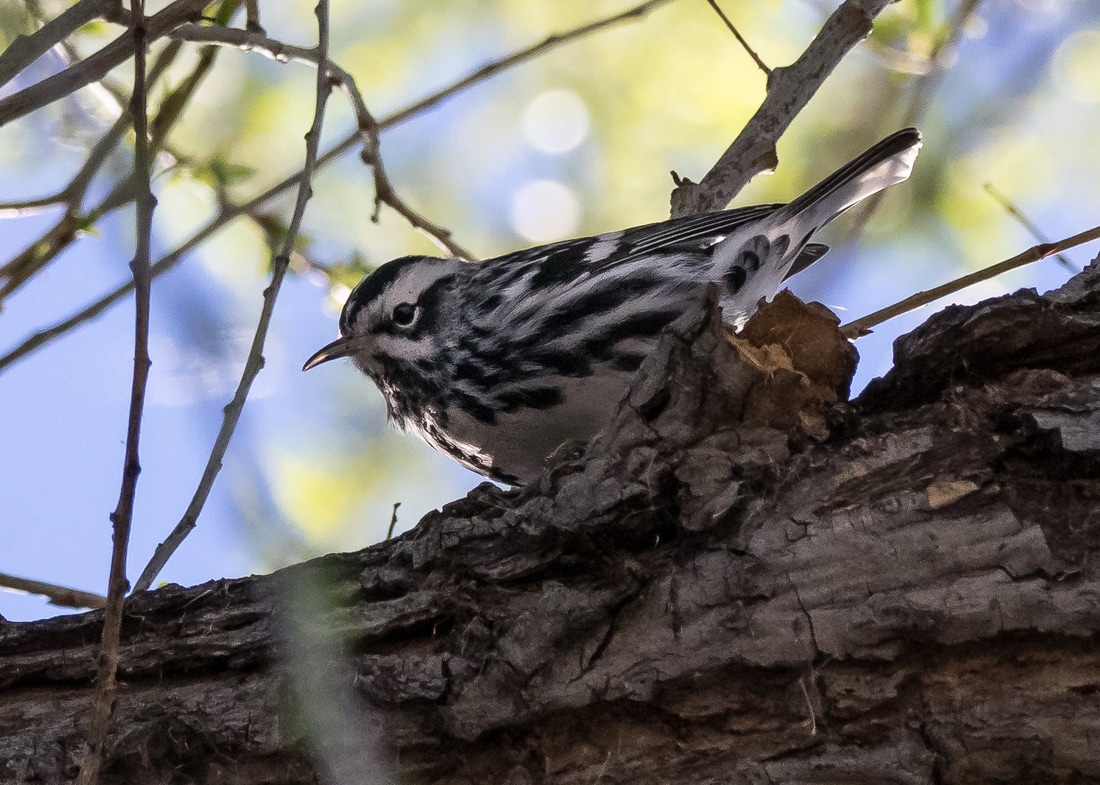
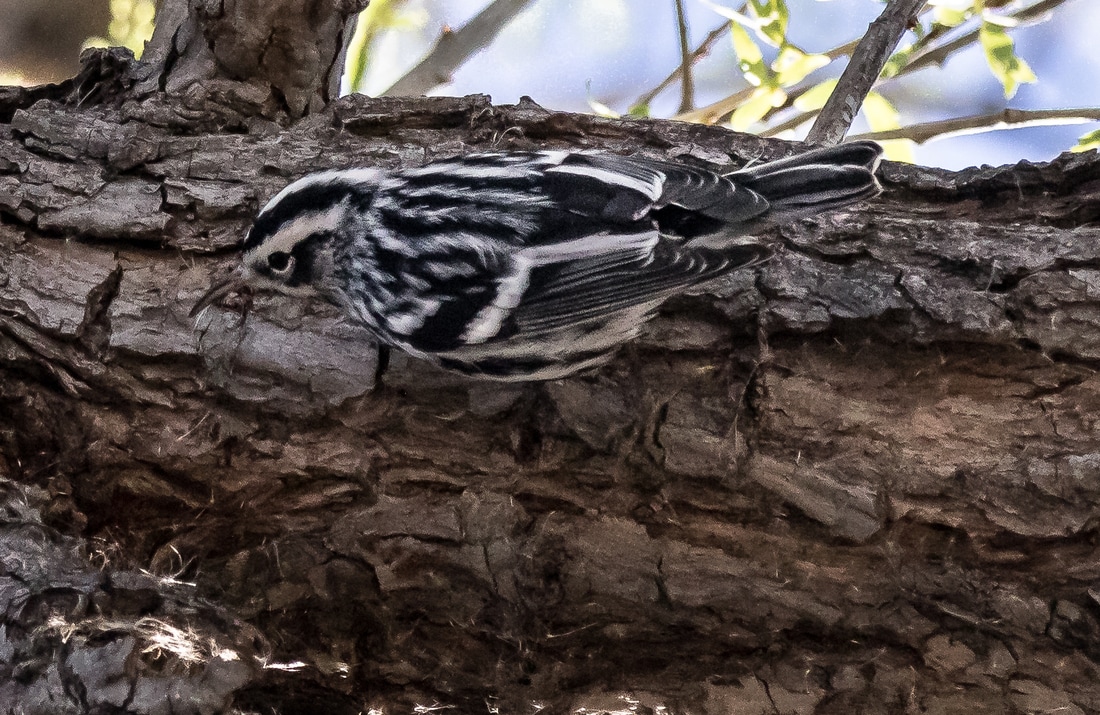
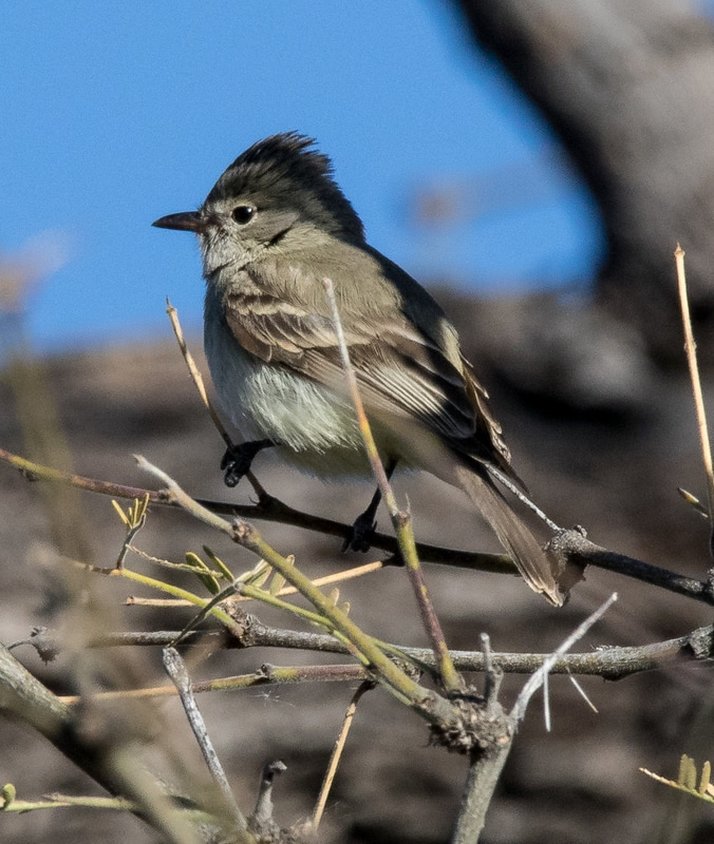
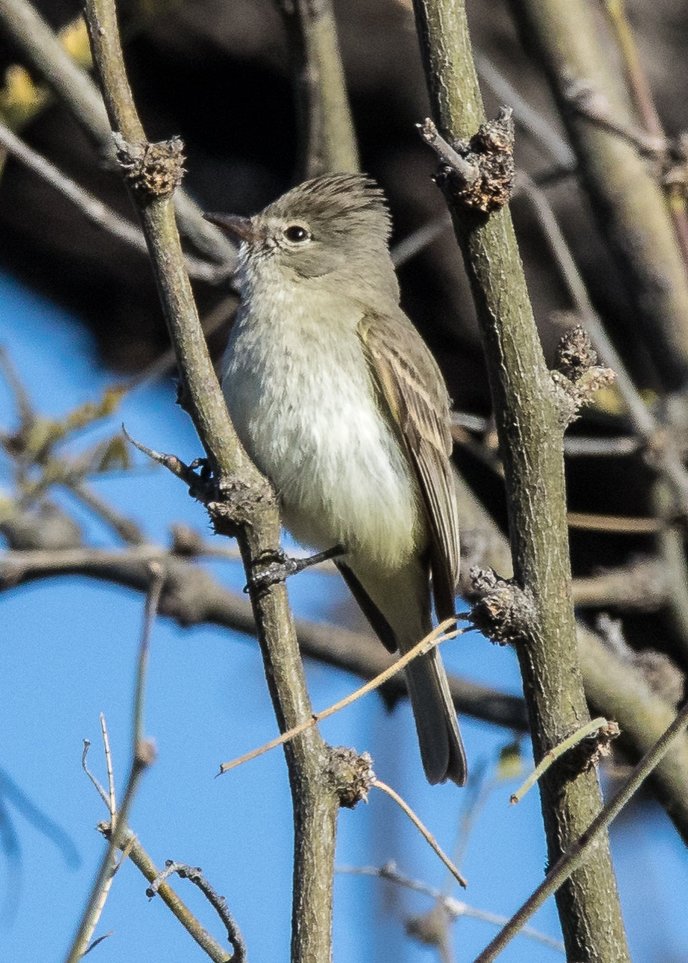
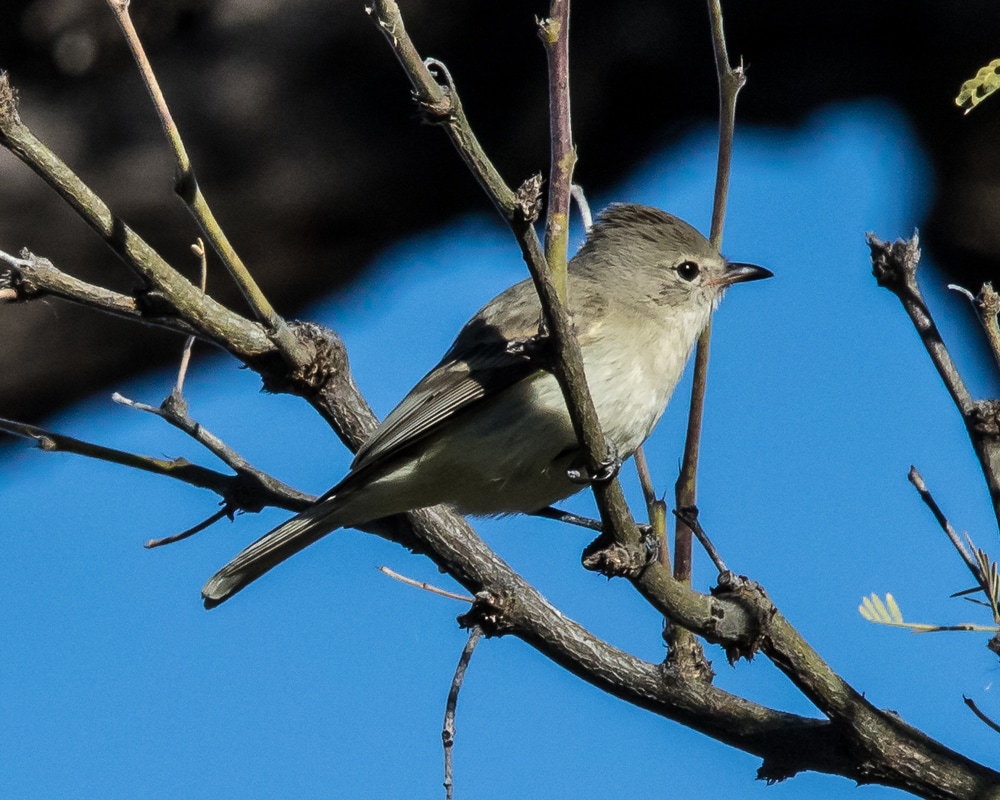
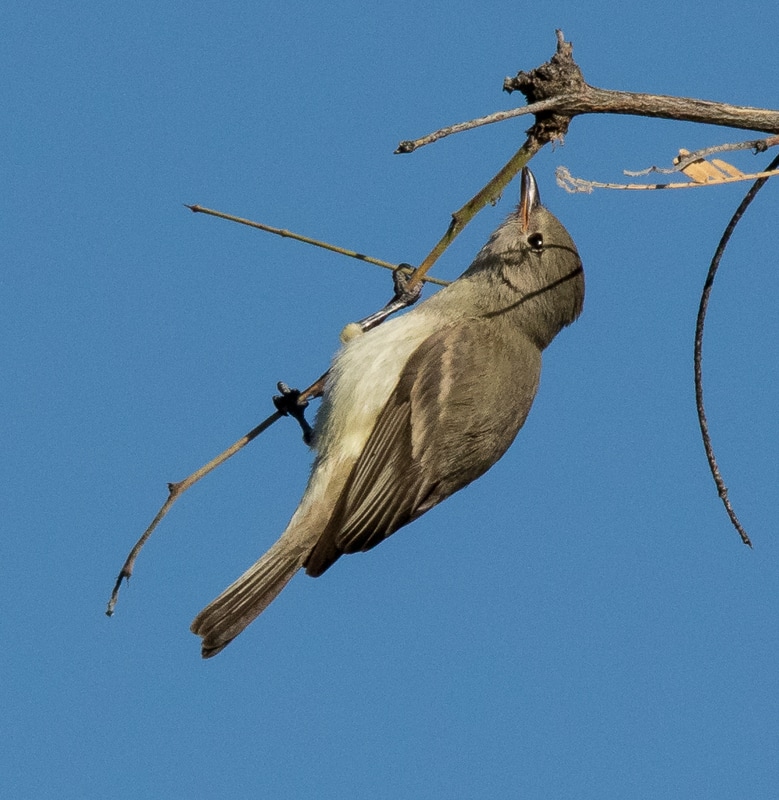
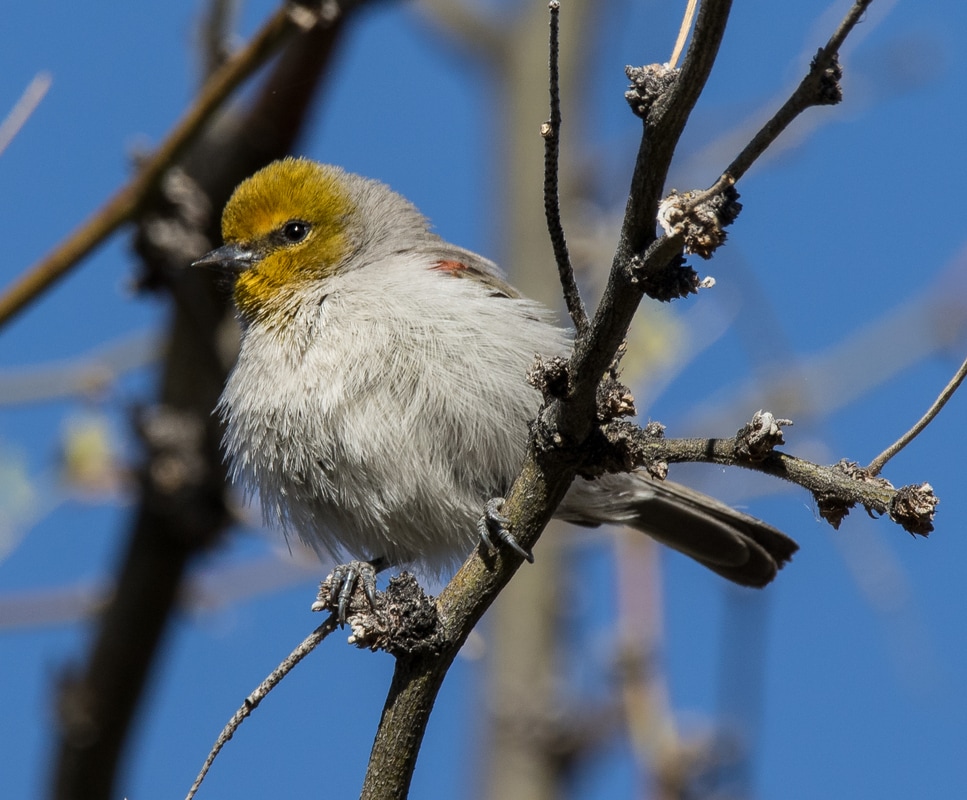
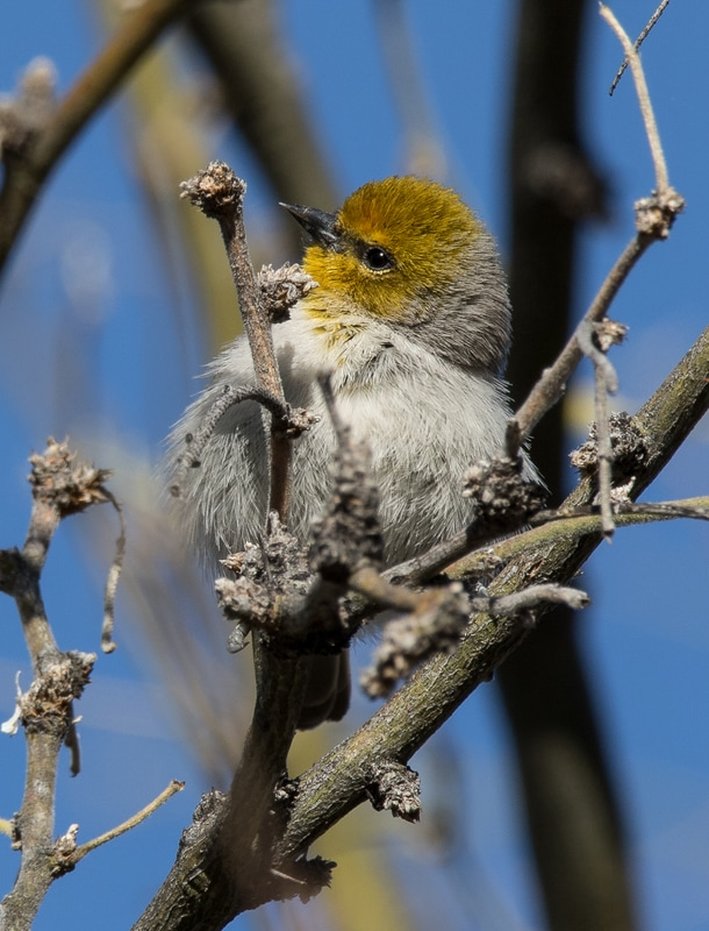
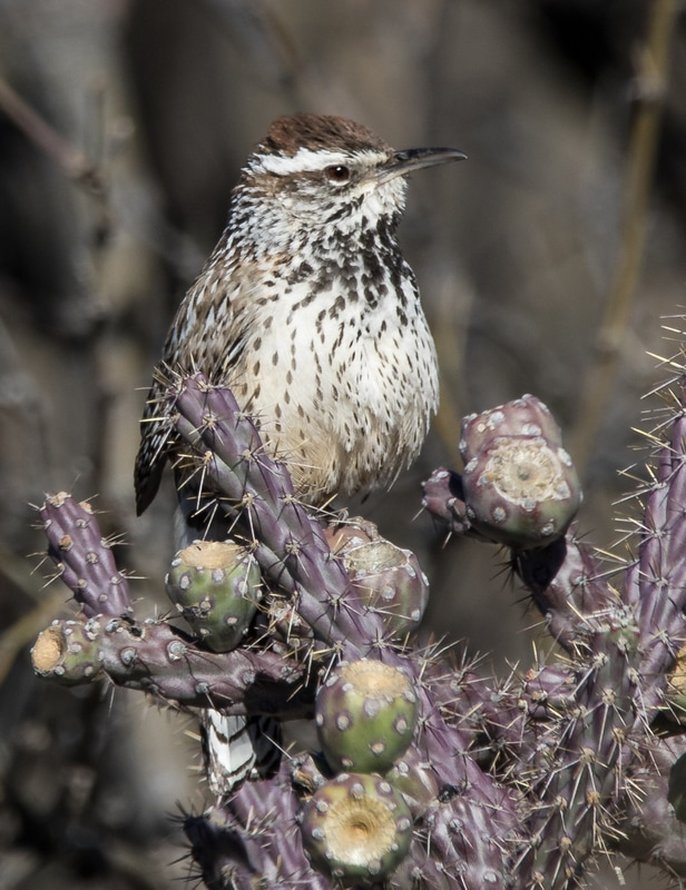
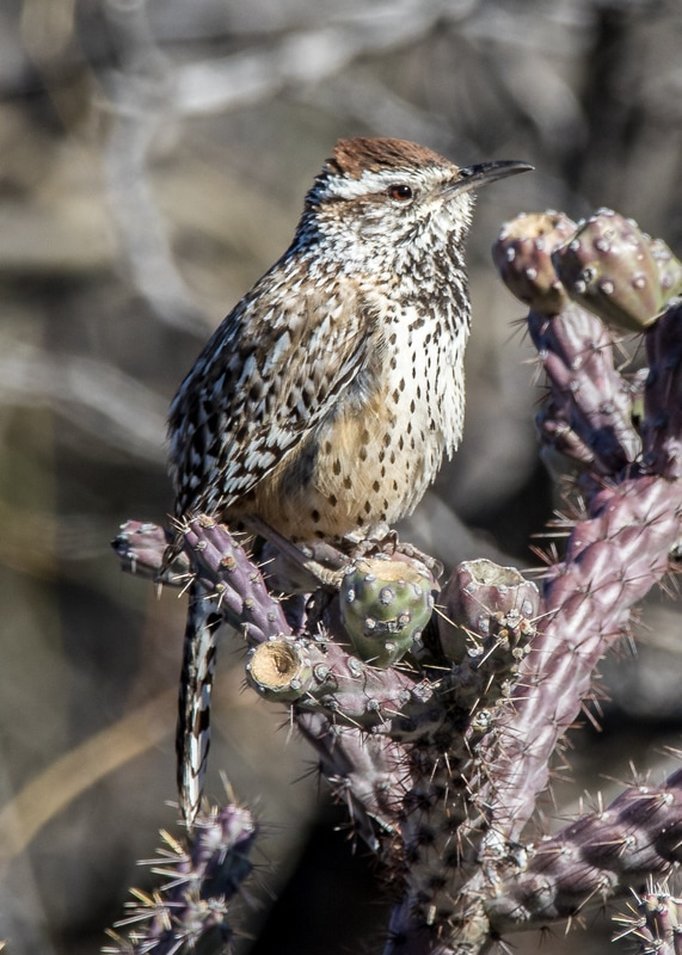
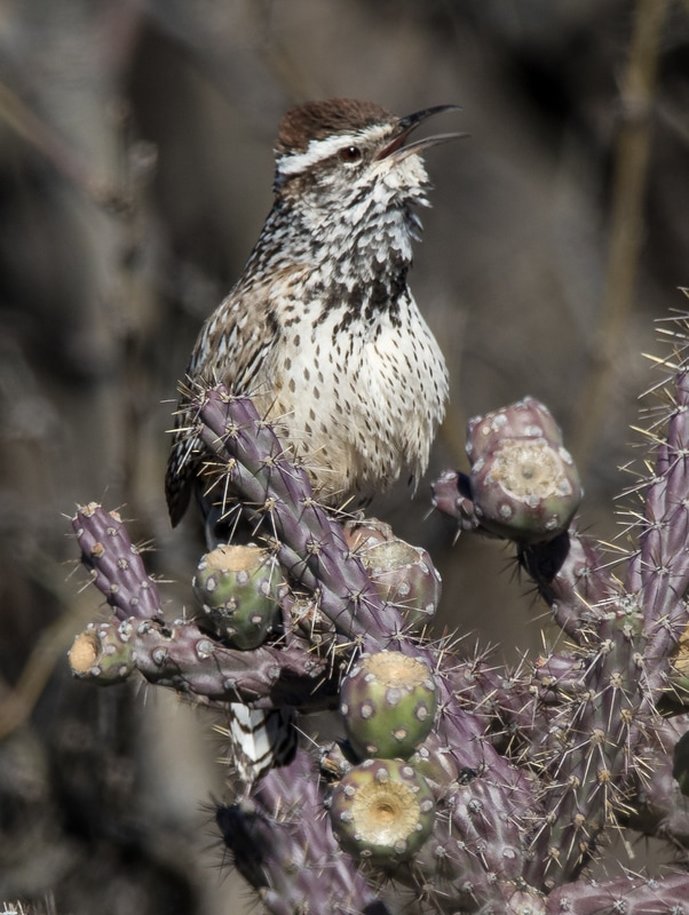
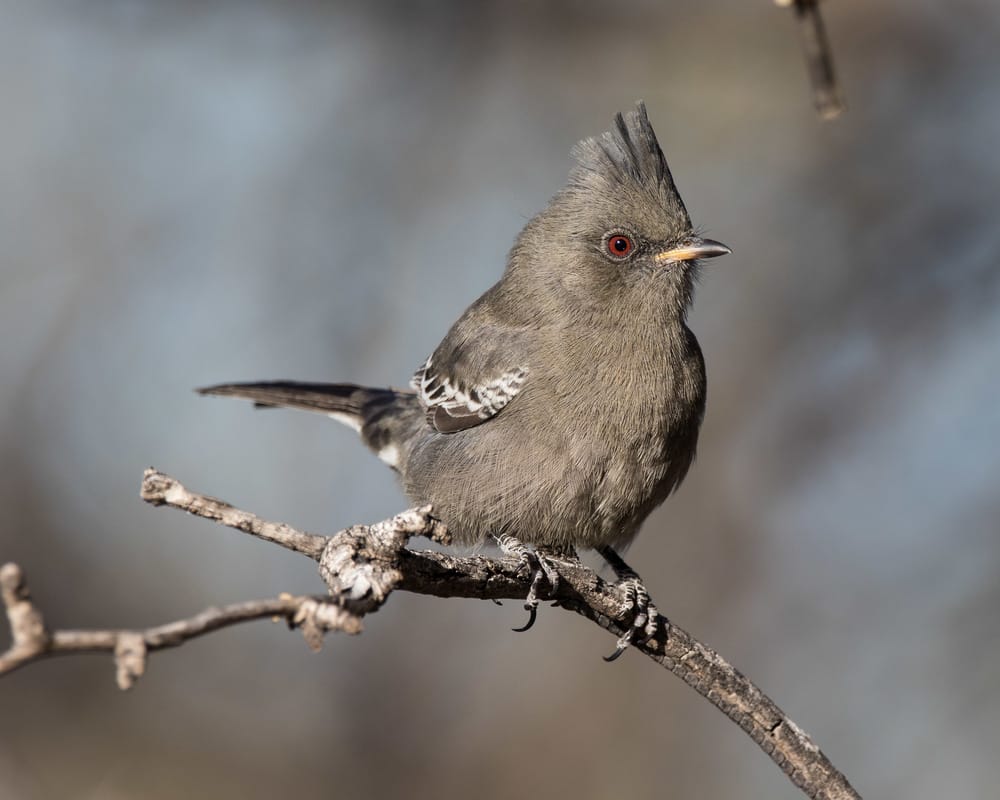
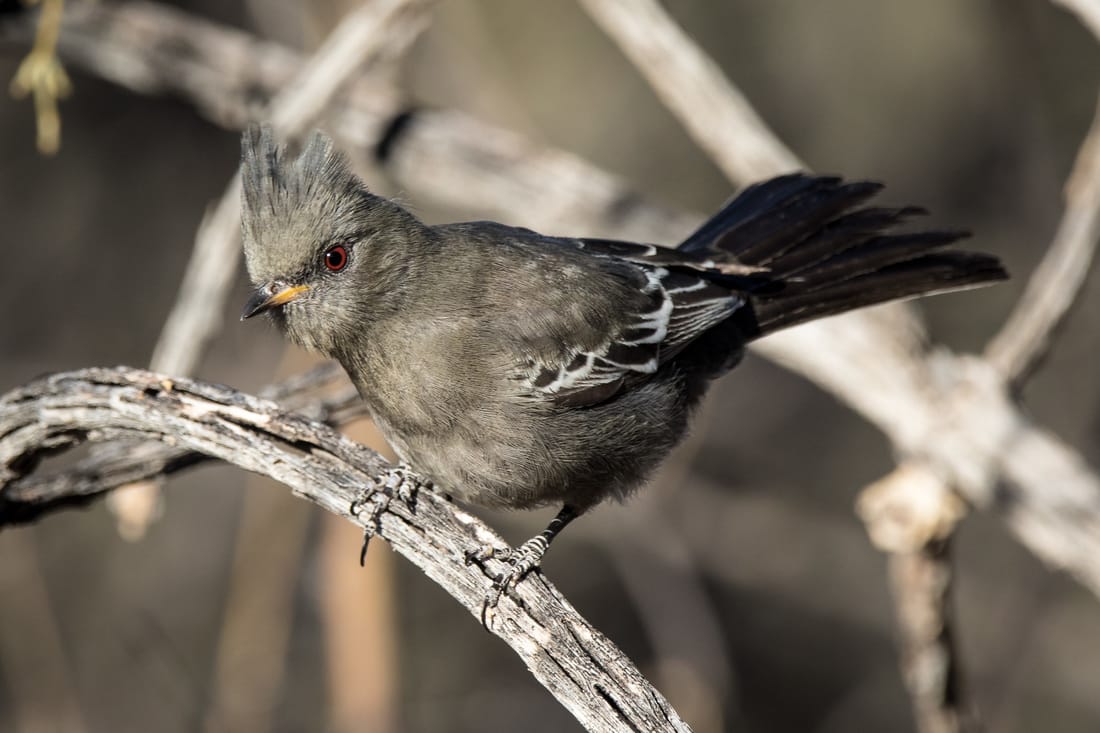
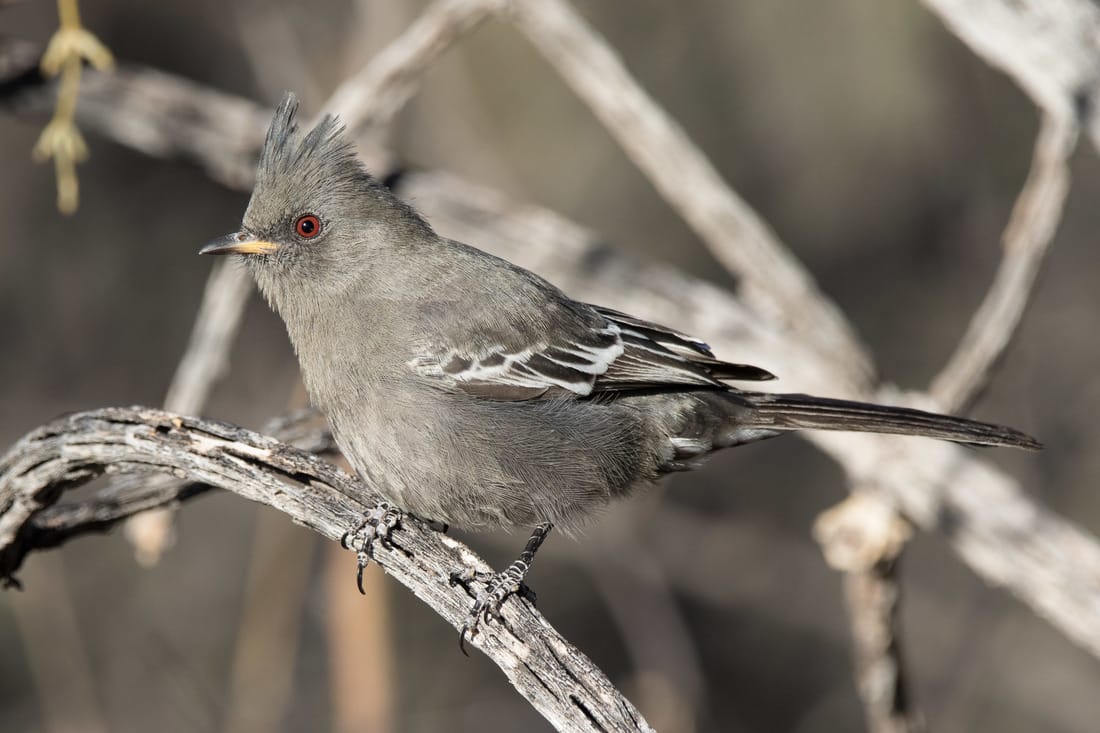
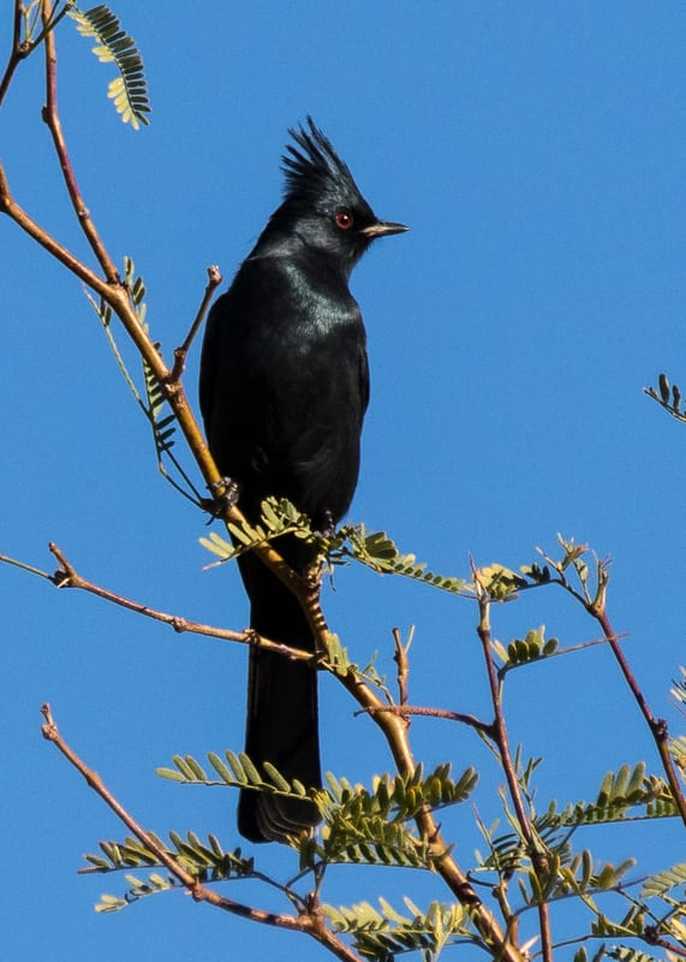
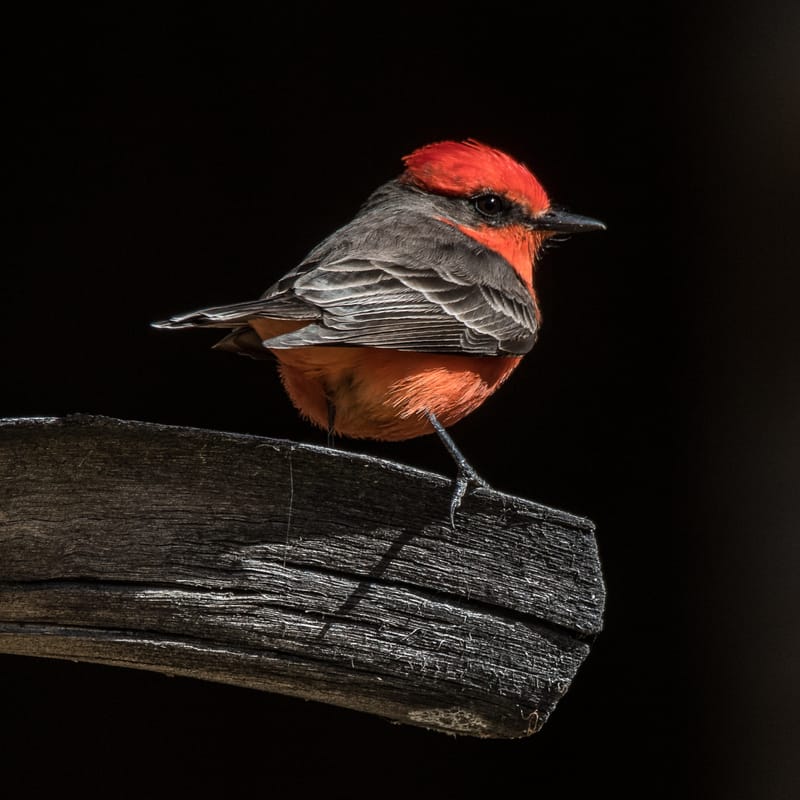
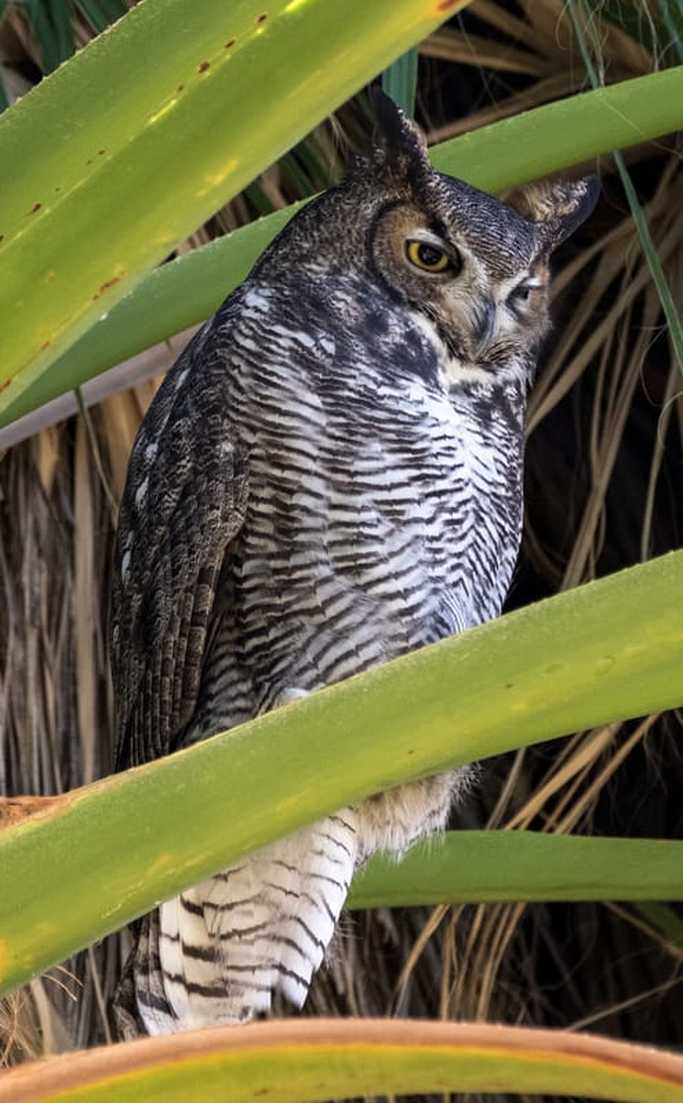
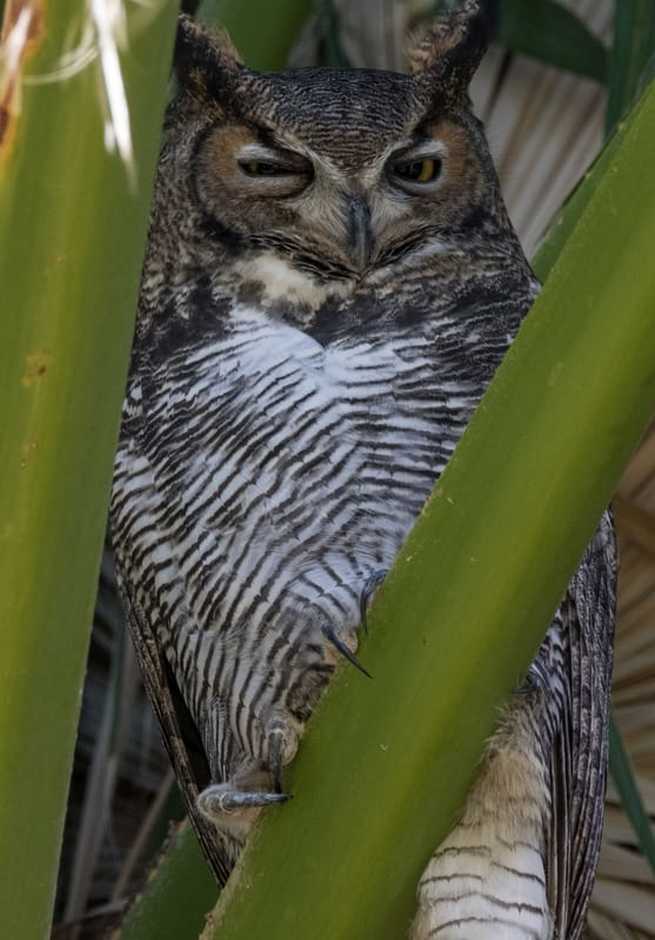
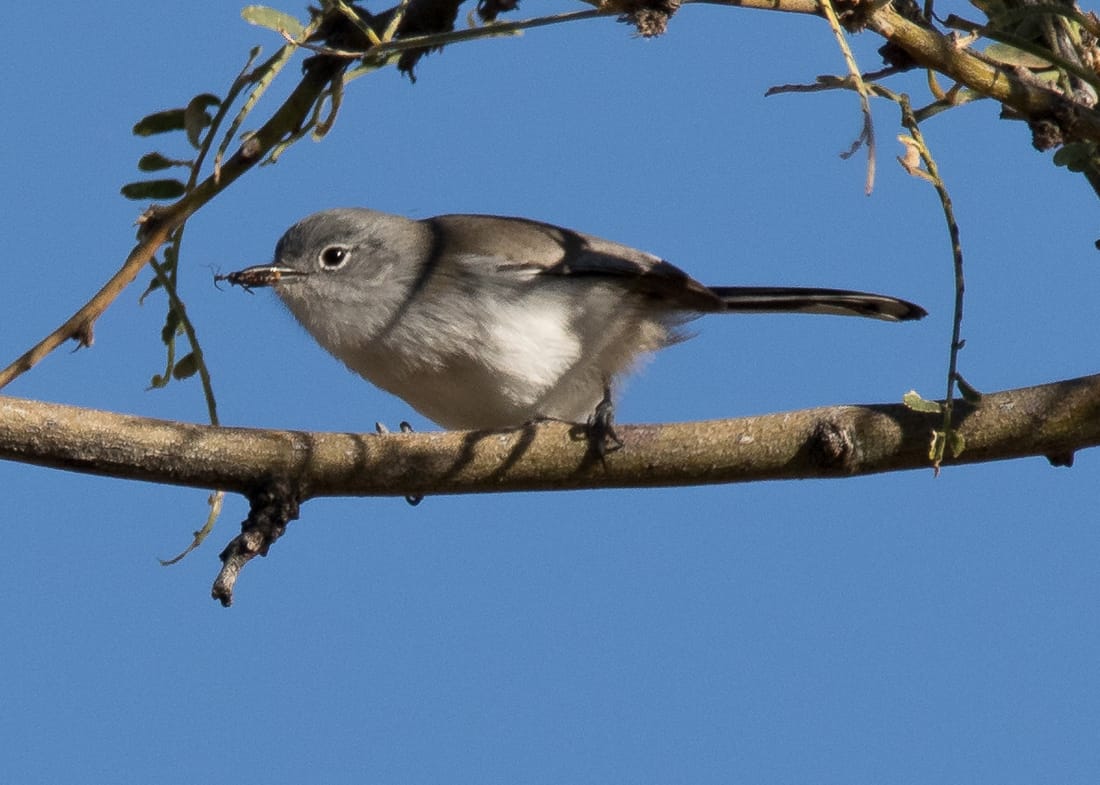
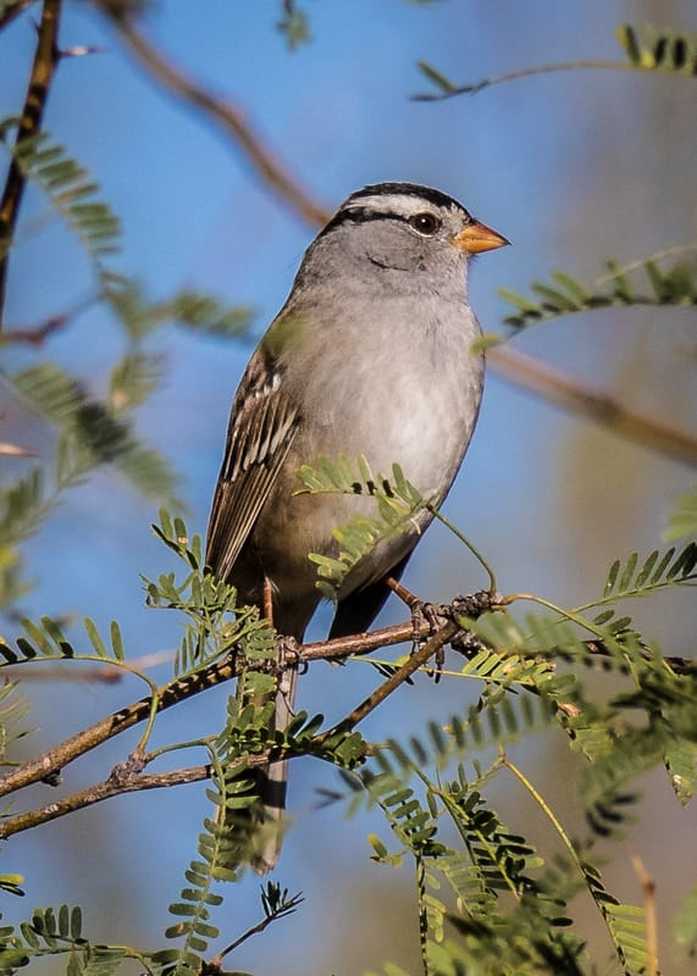
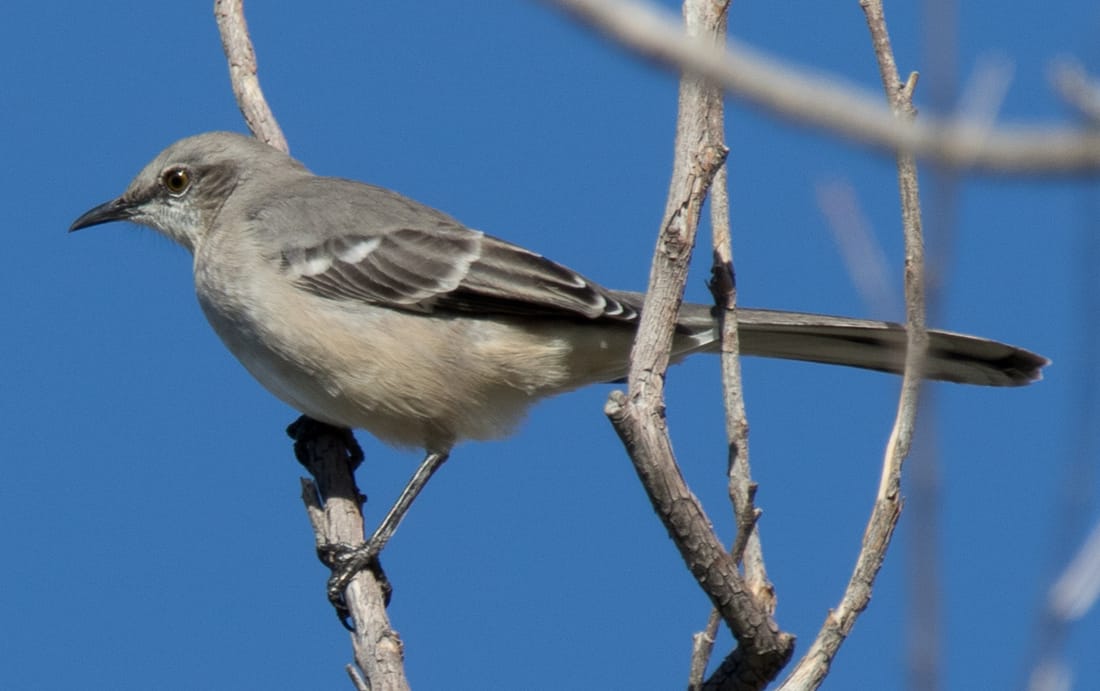
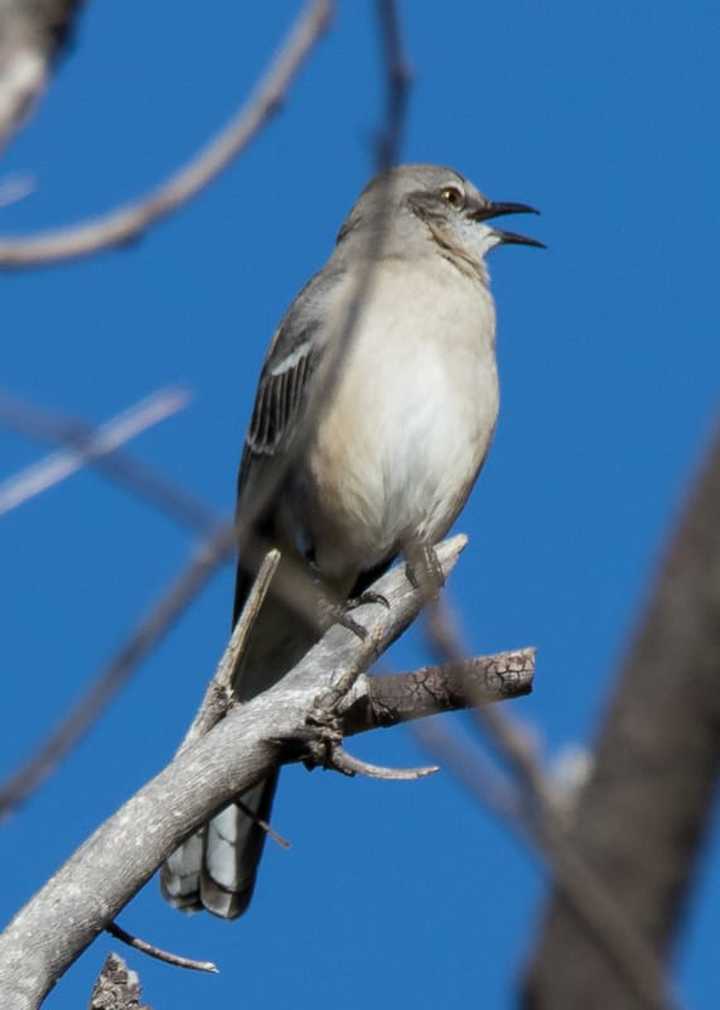
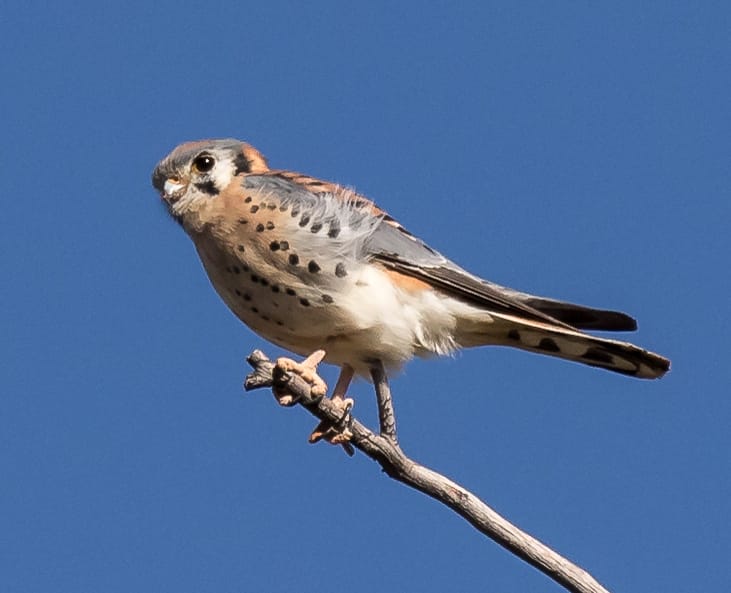
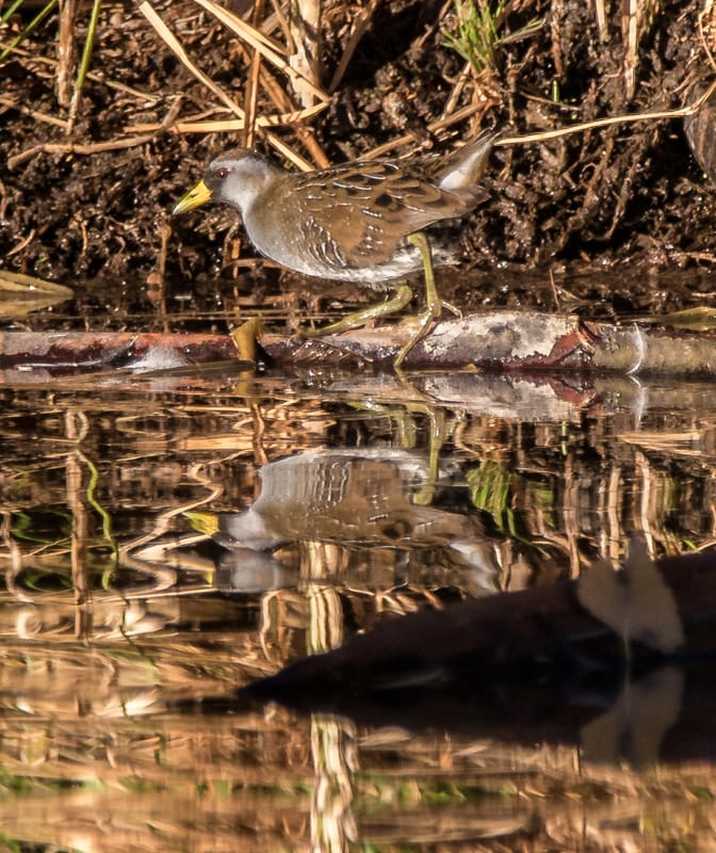
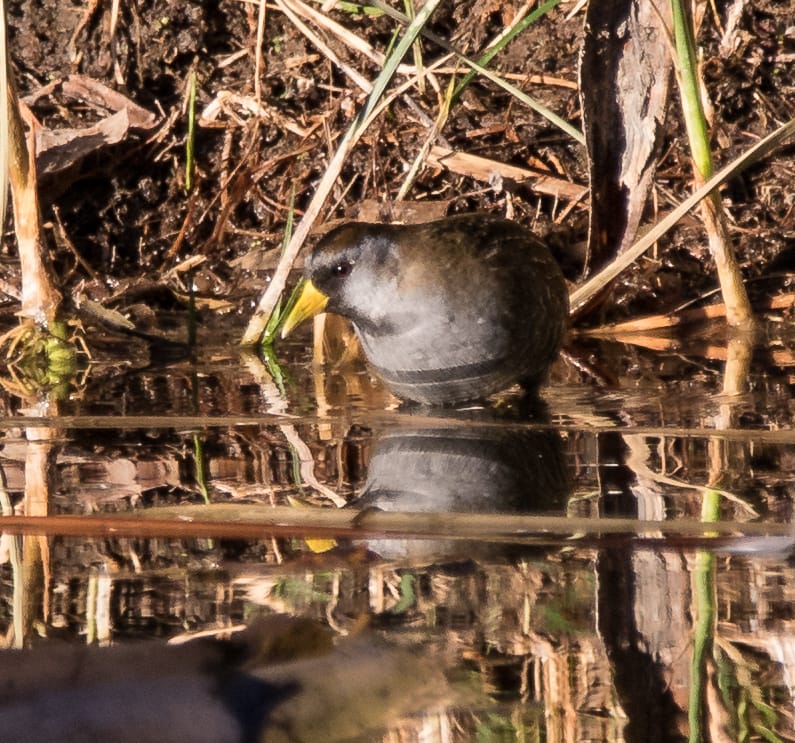
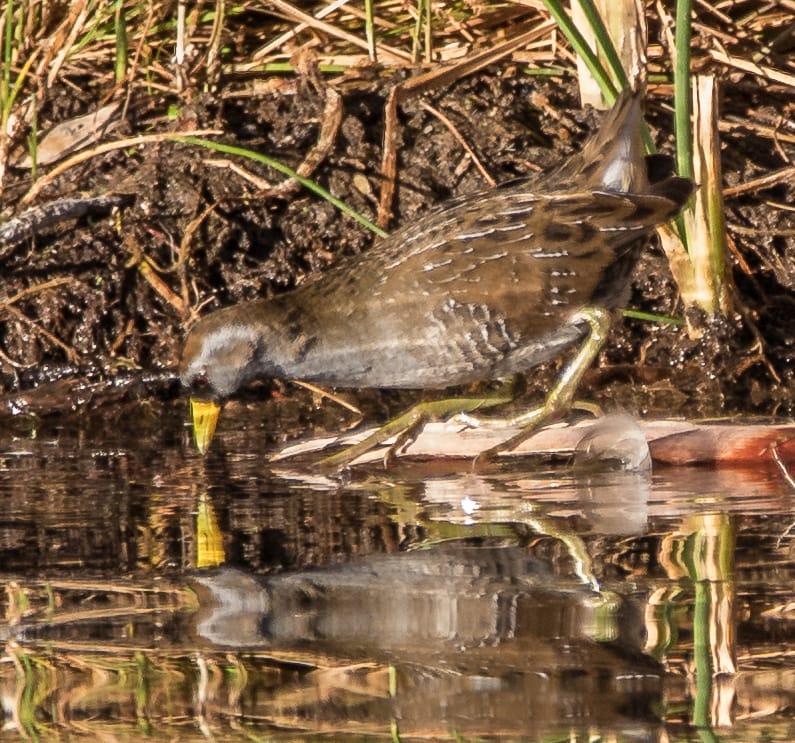
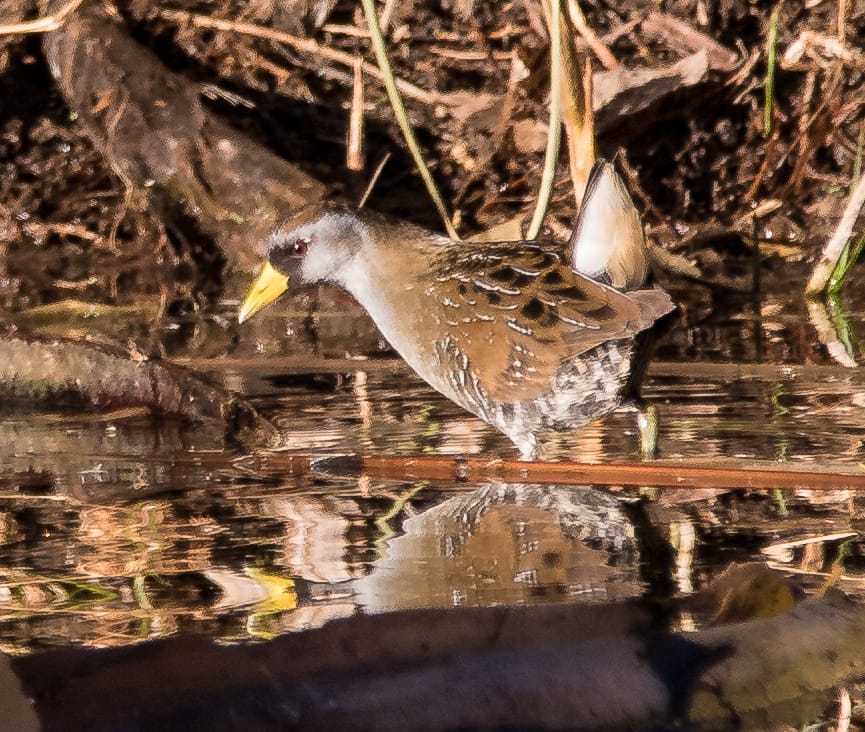
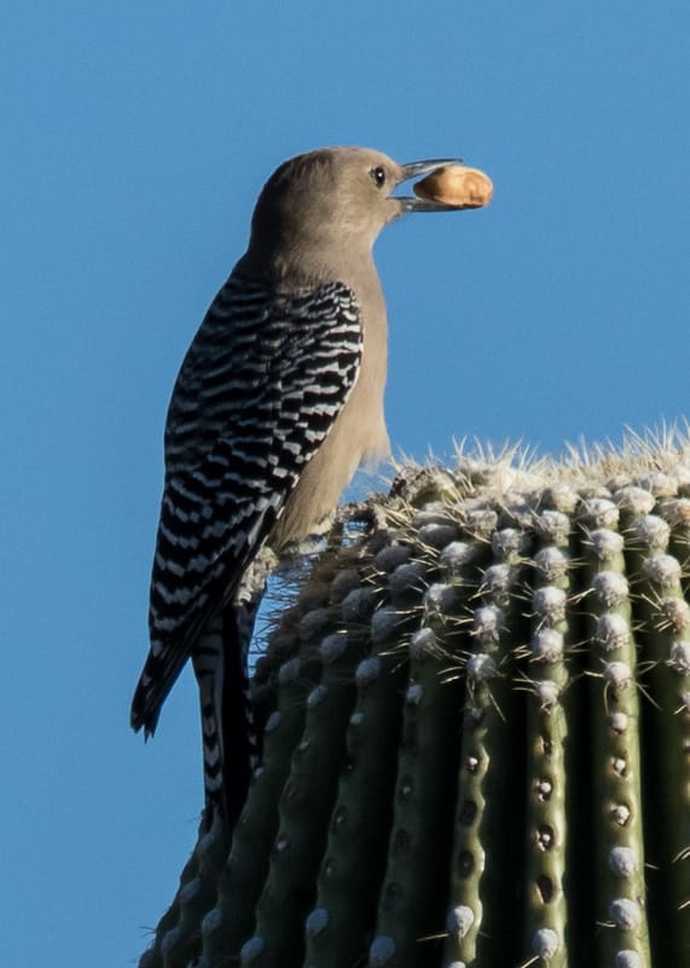
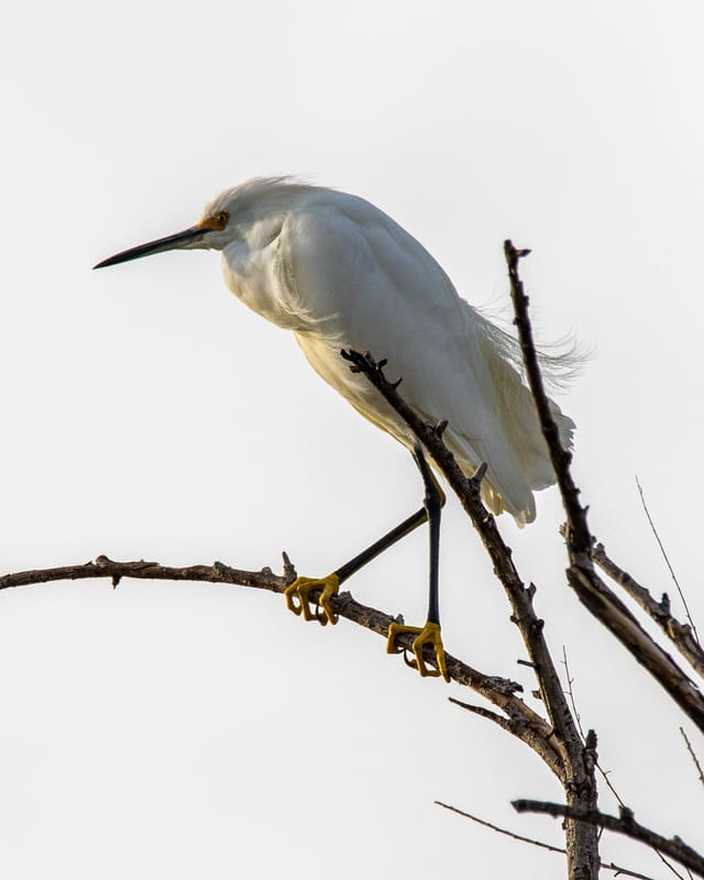
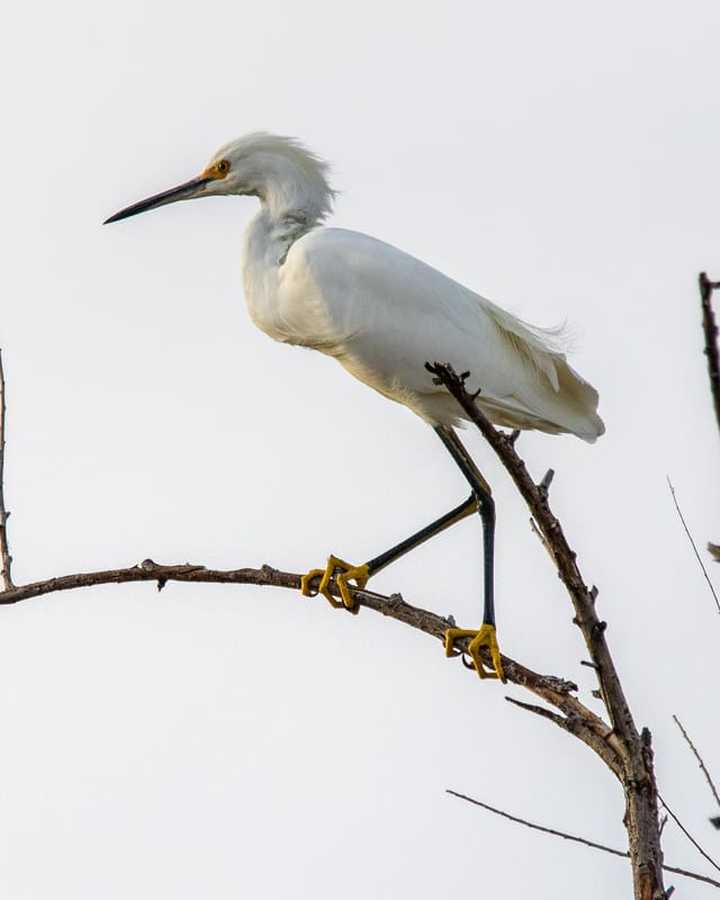

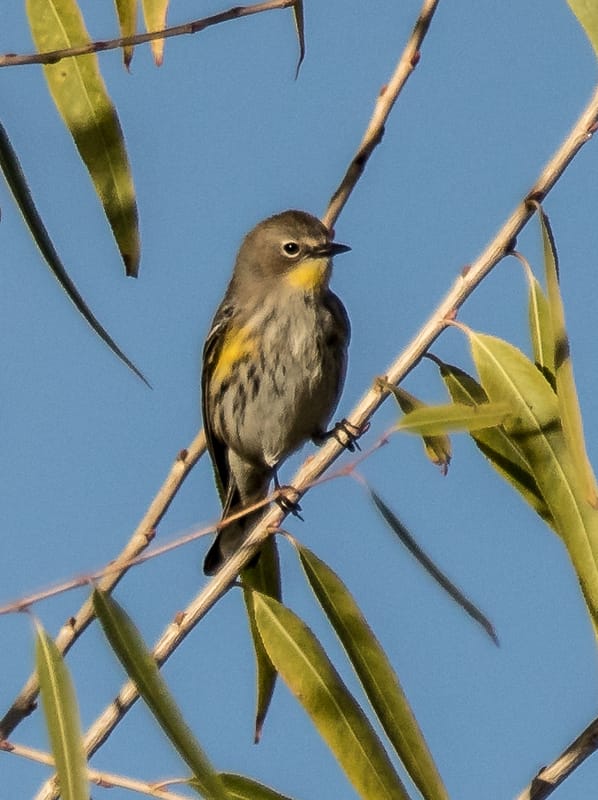

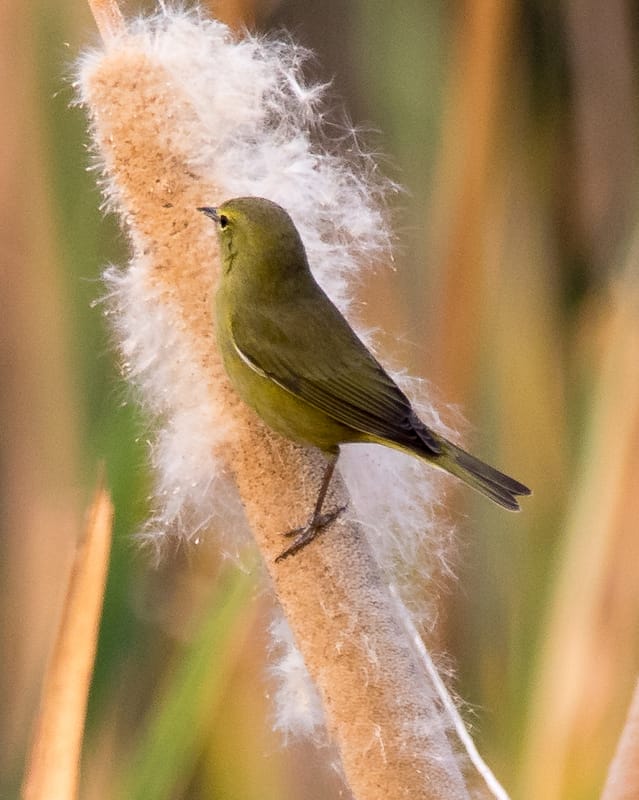
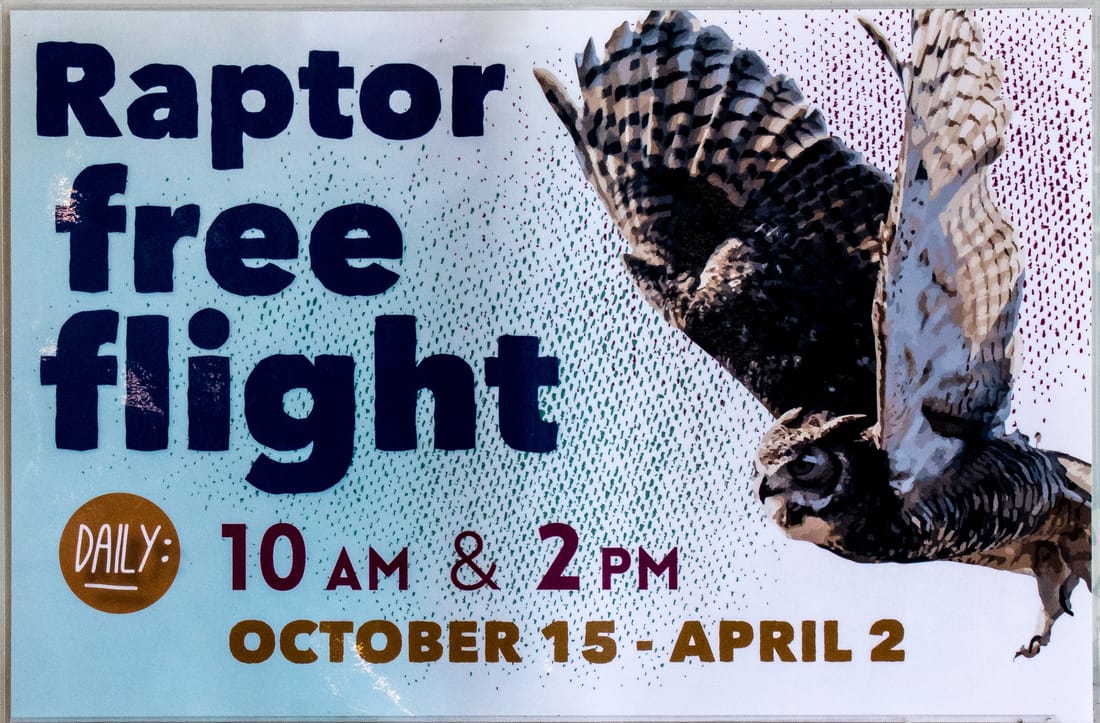
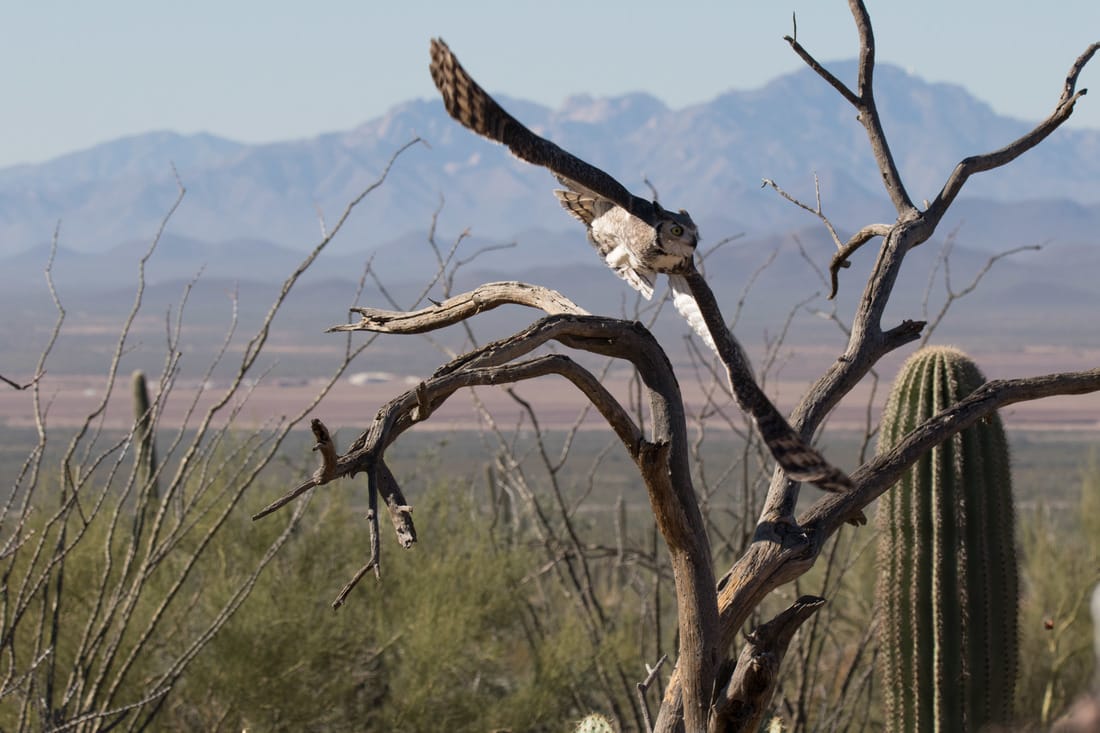
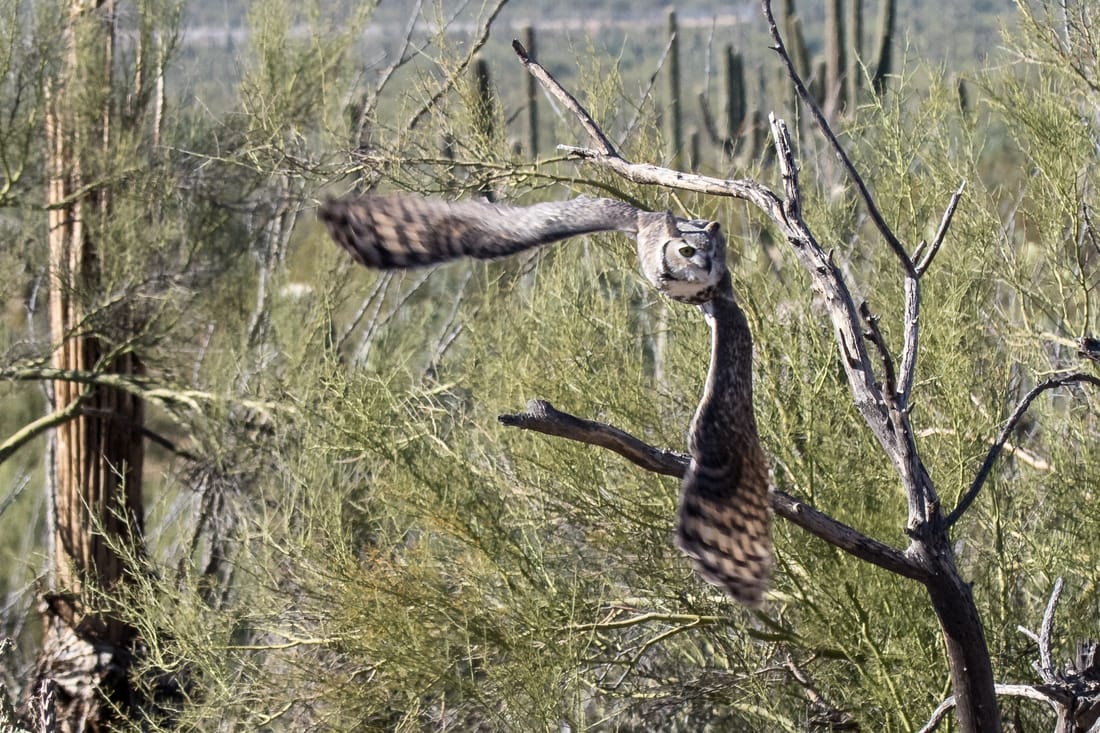
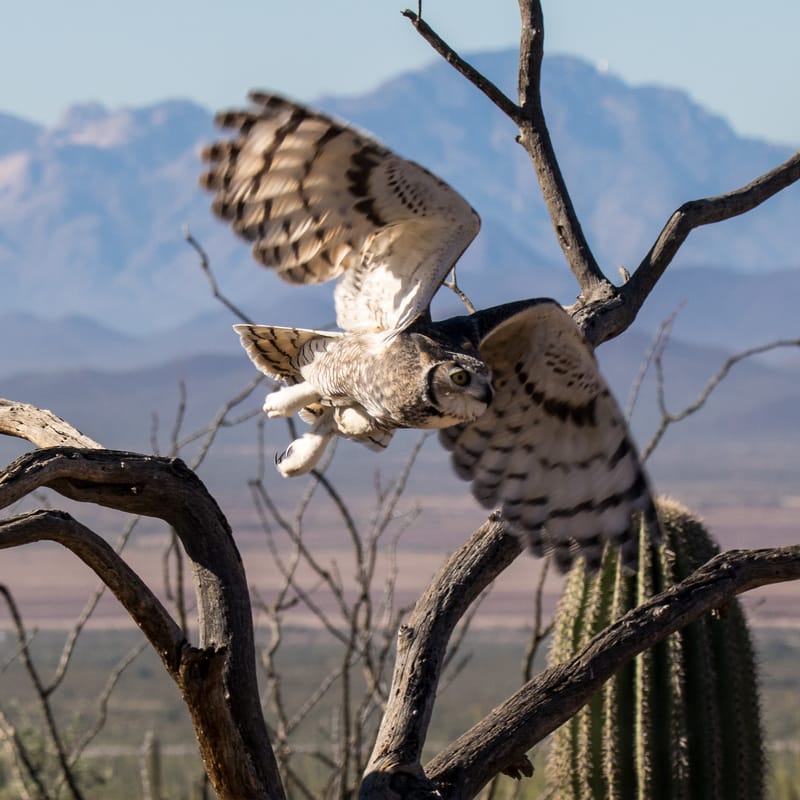
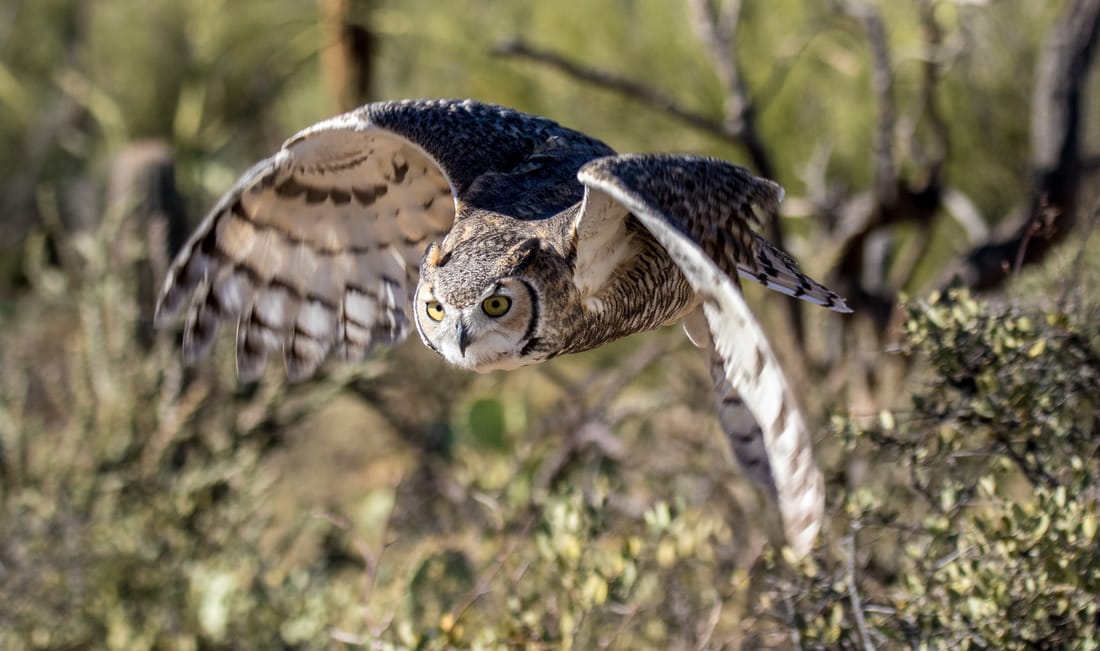
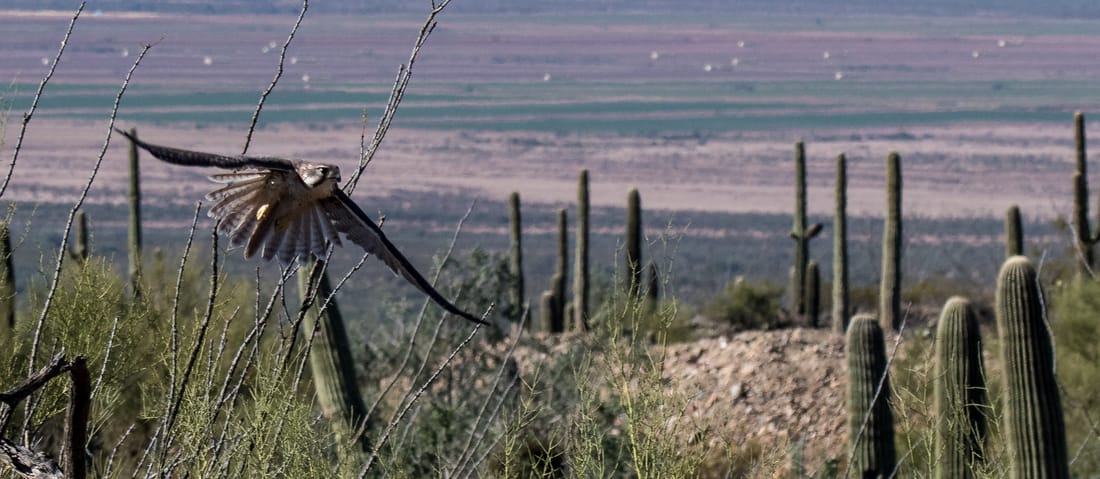
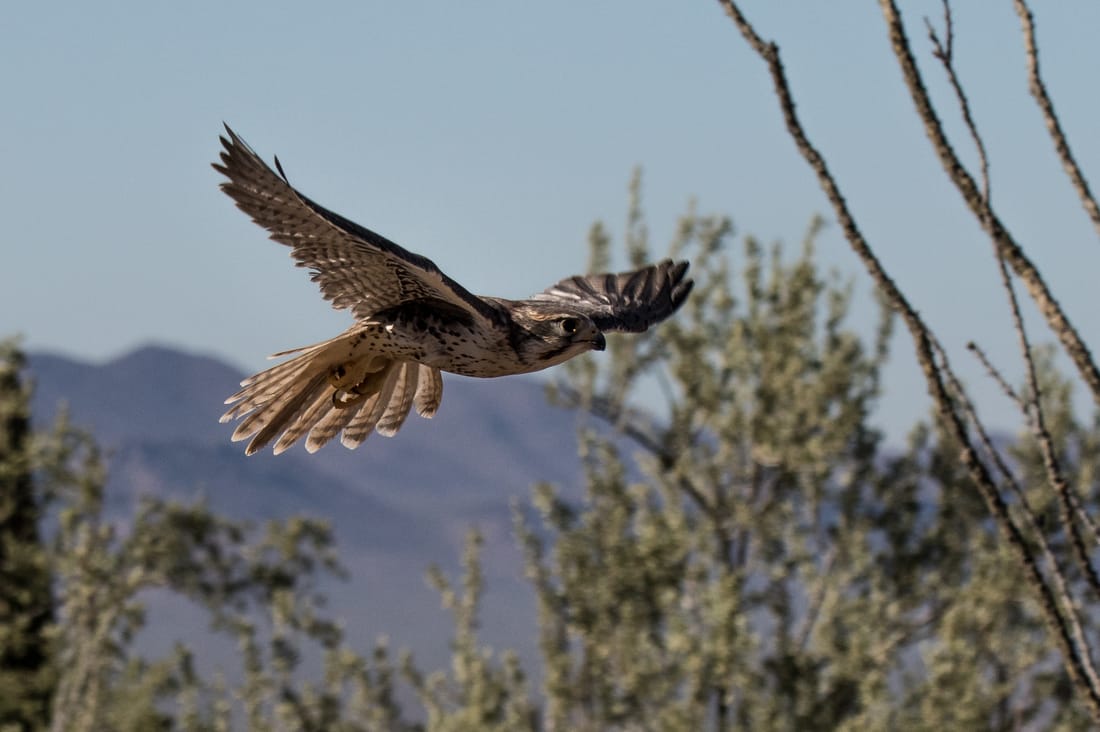
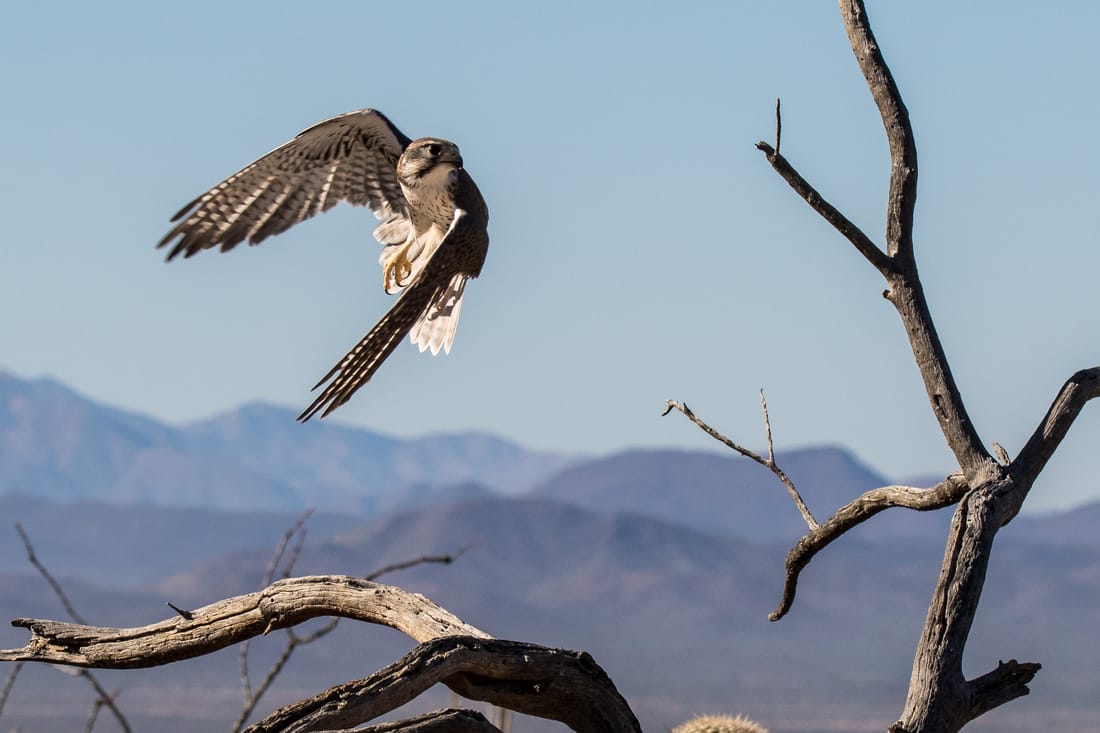
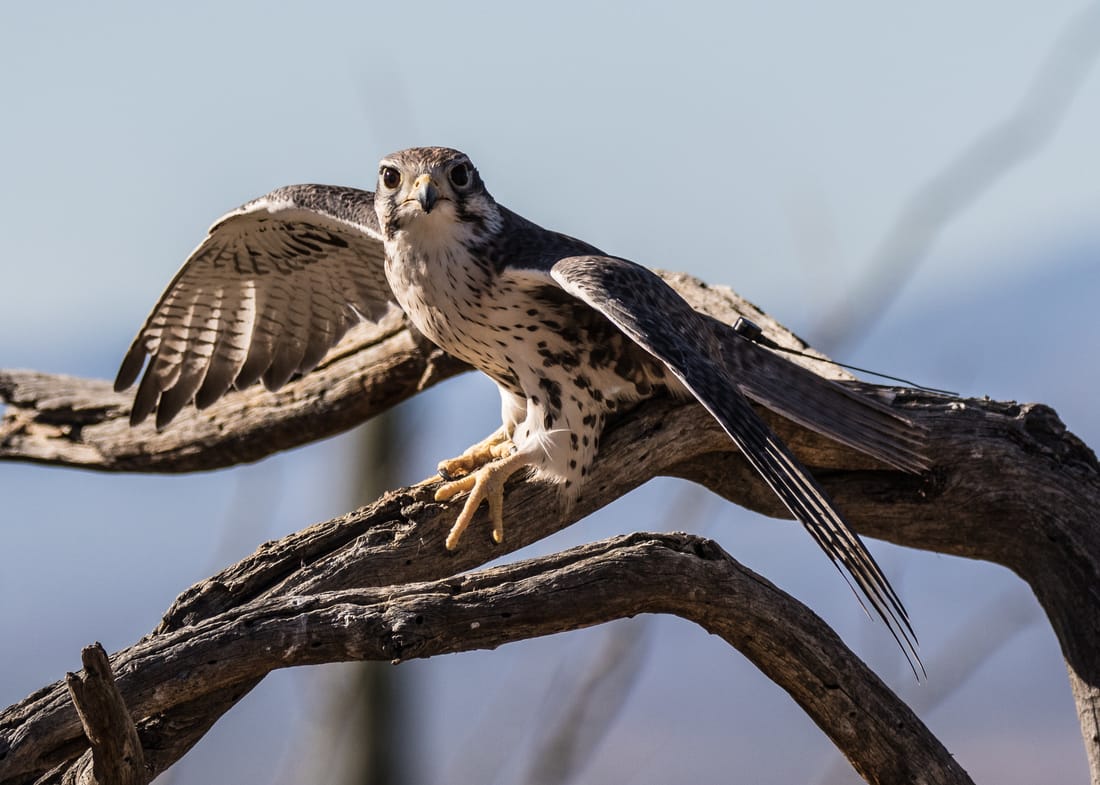
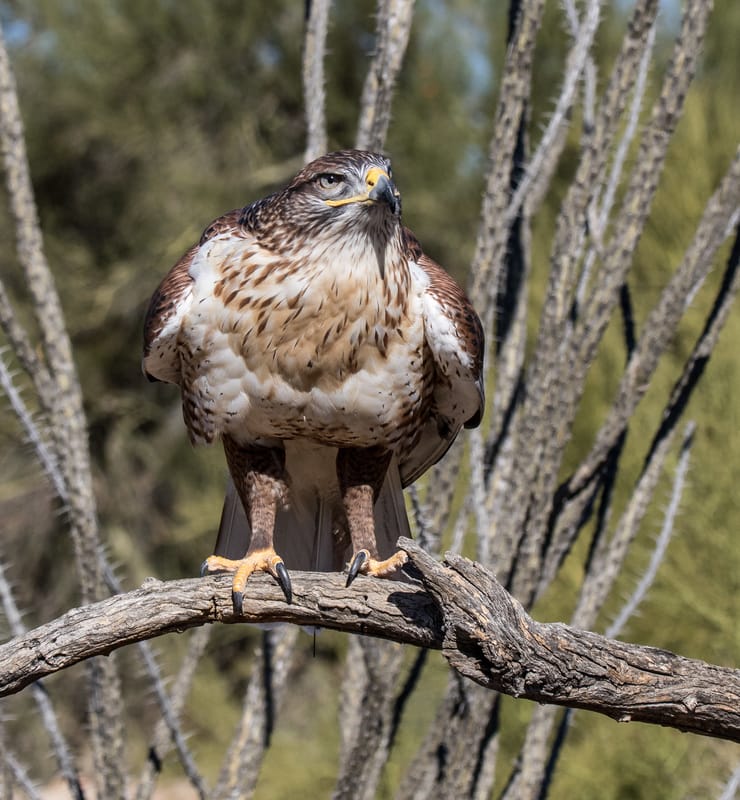
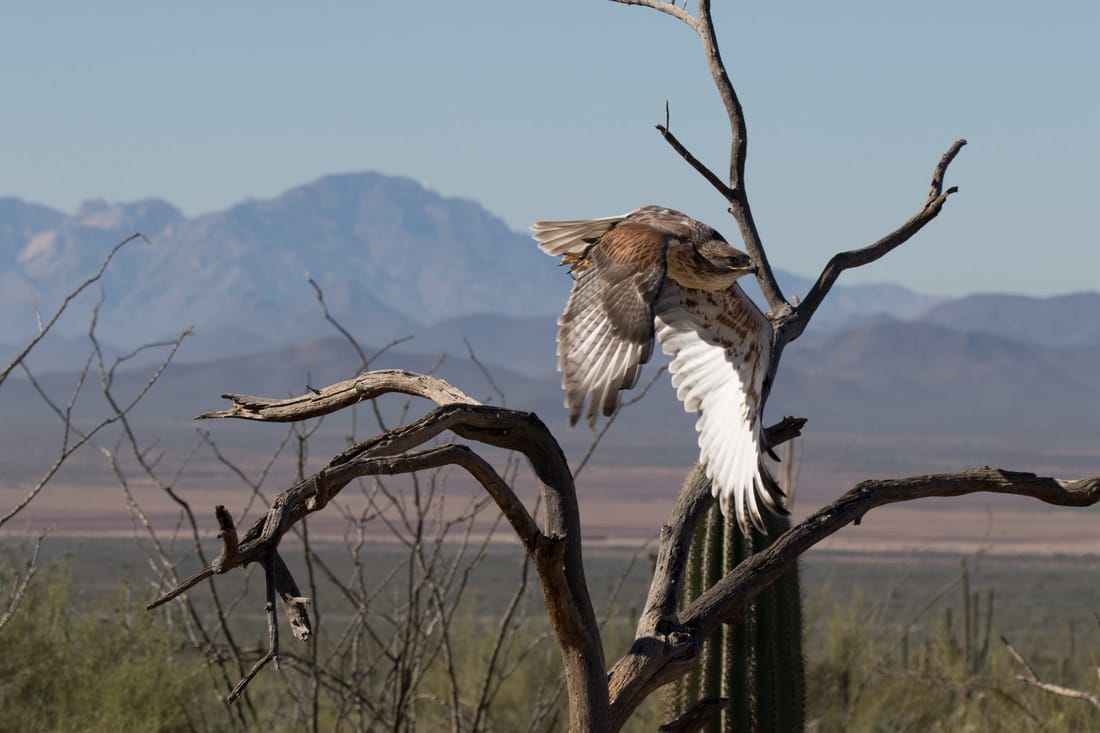
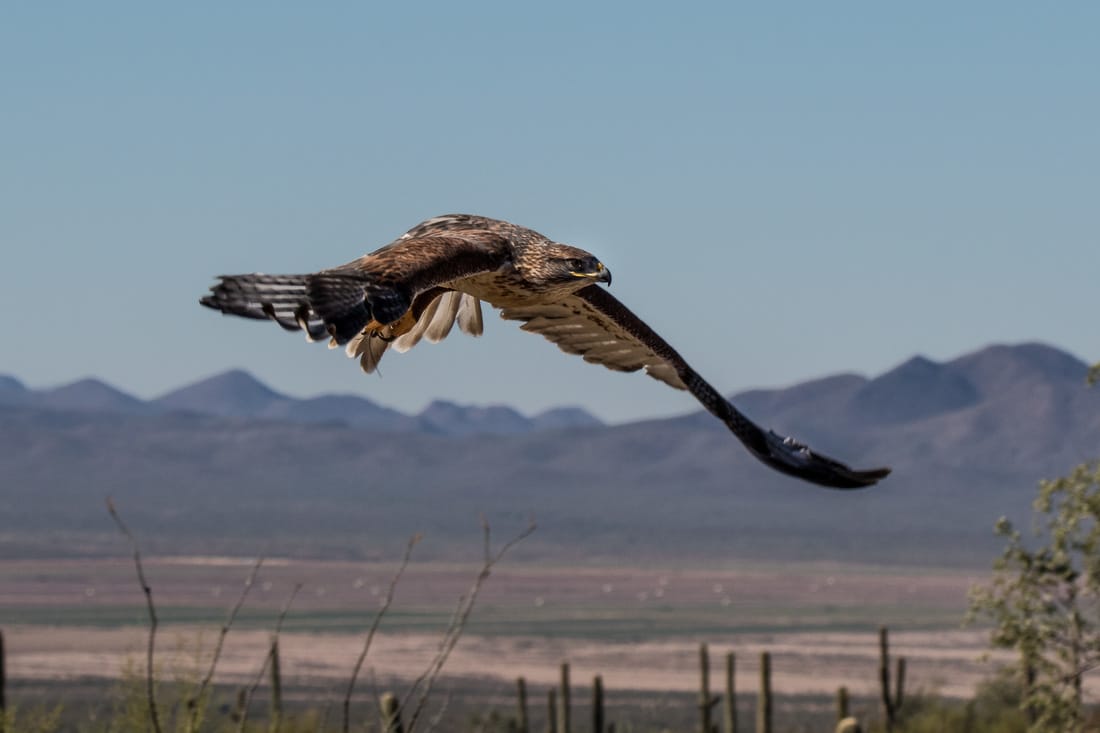
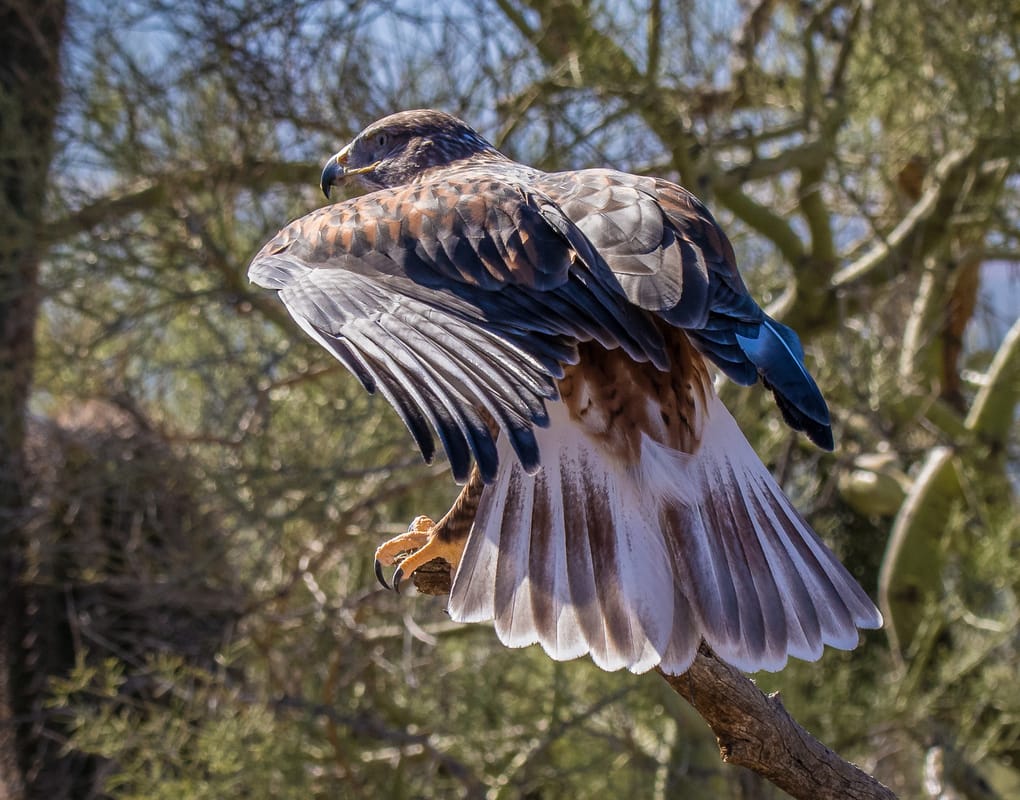
 RSS Feed
RSS Feed